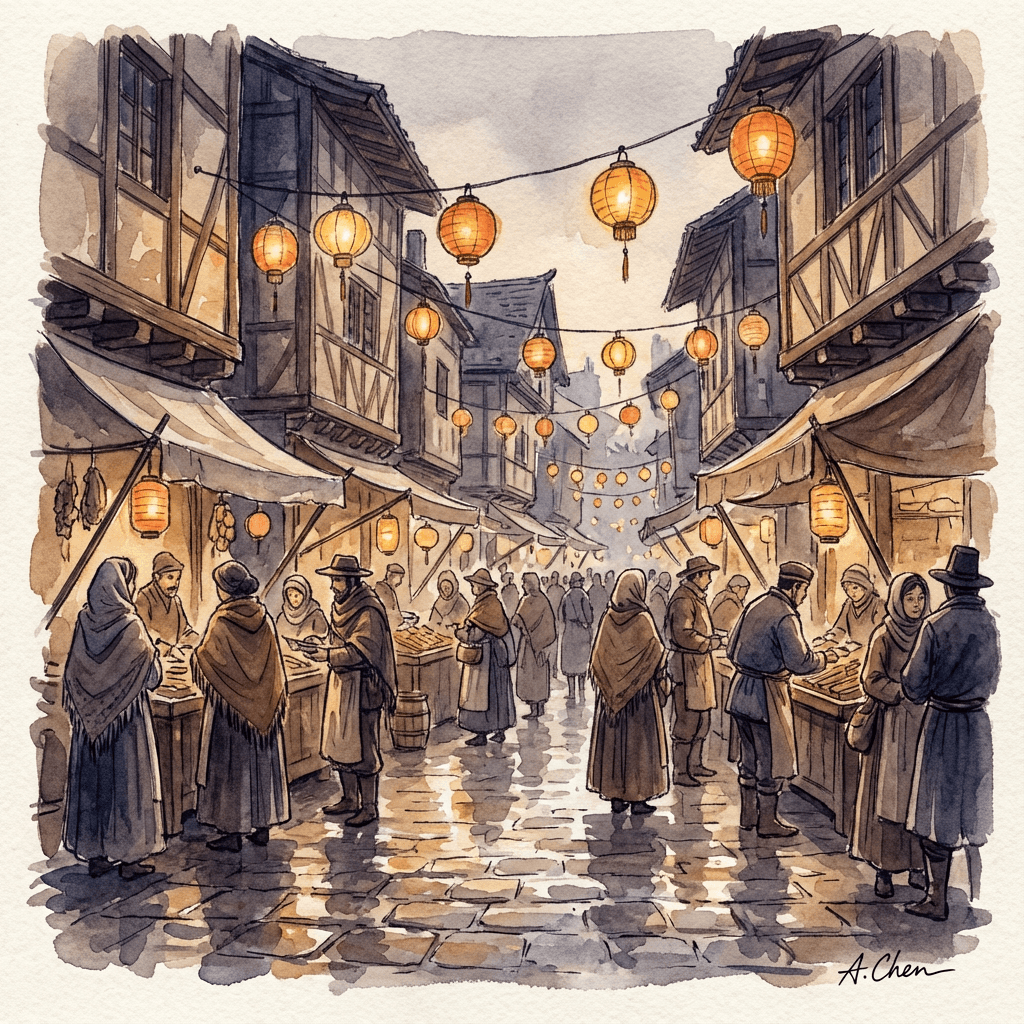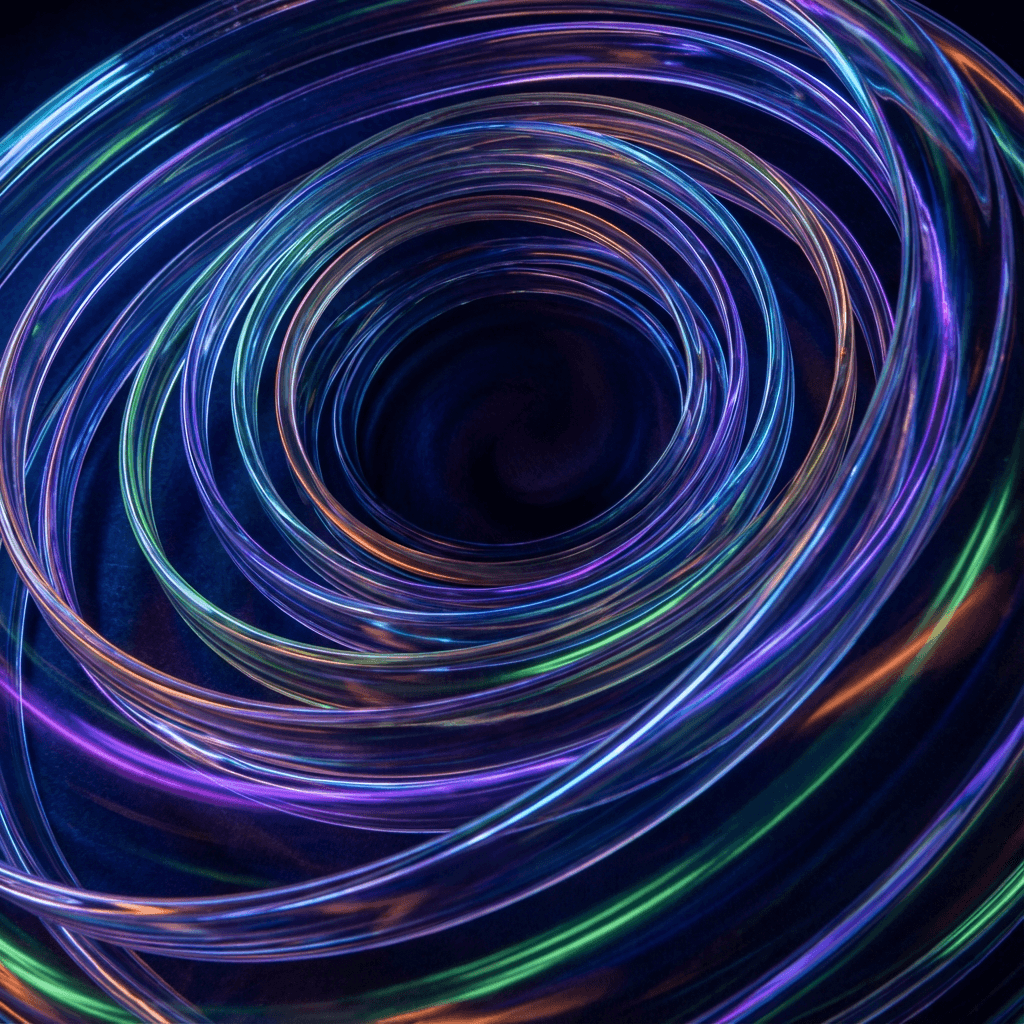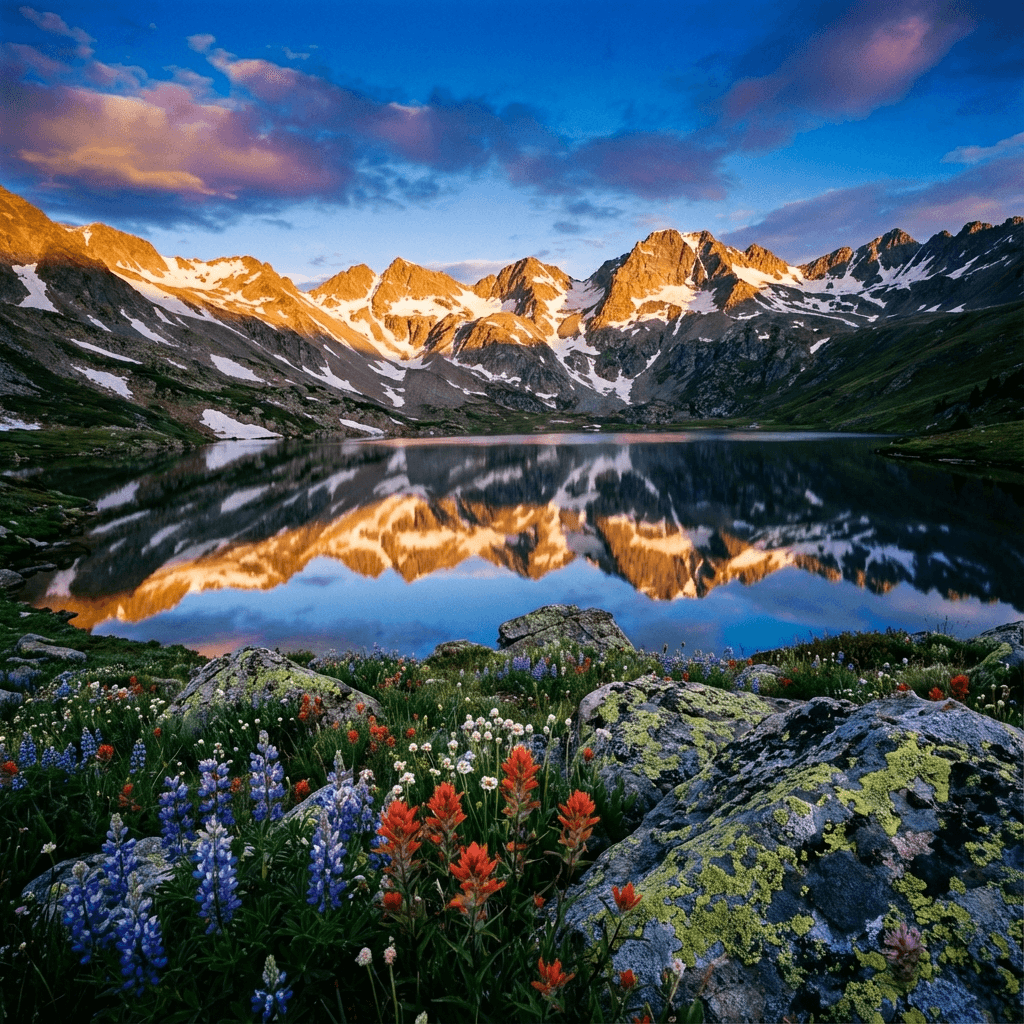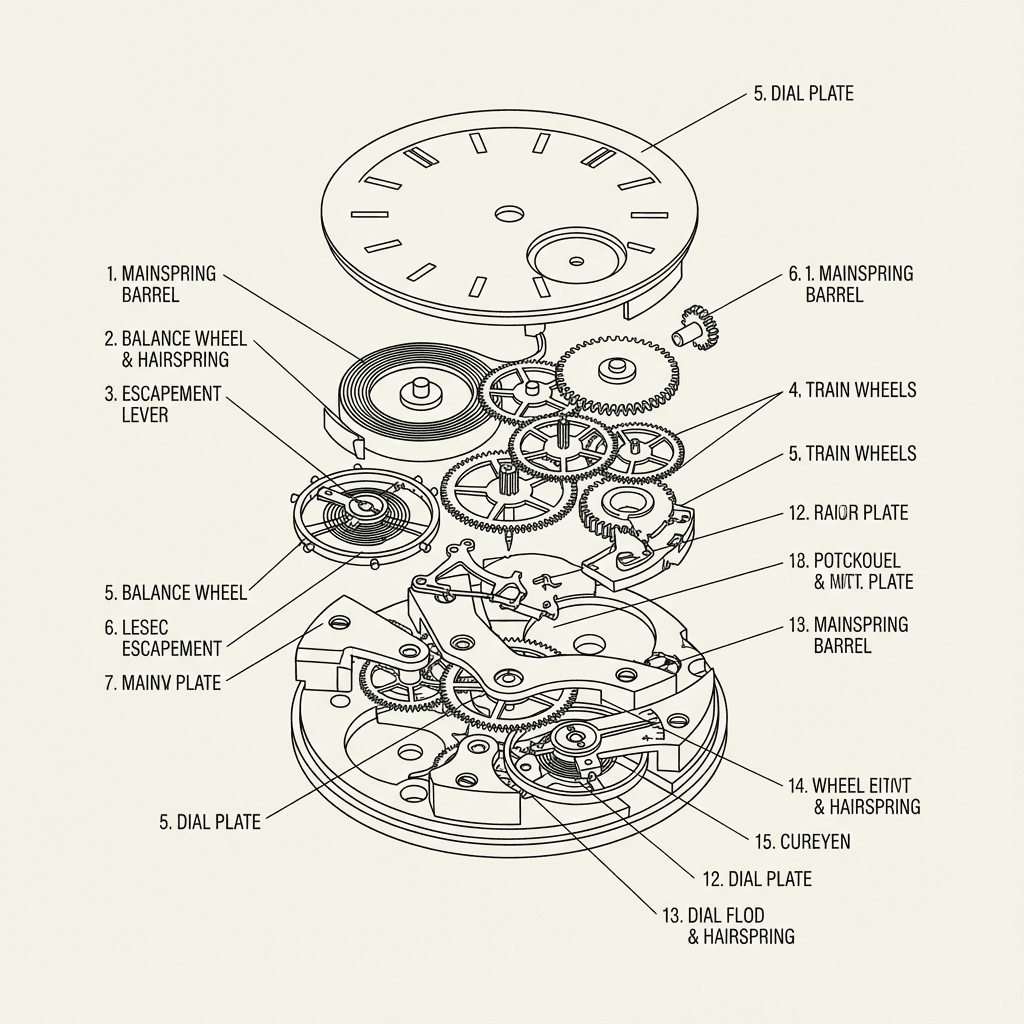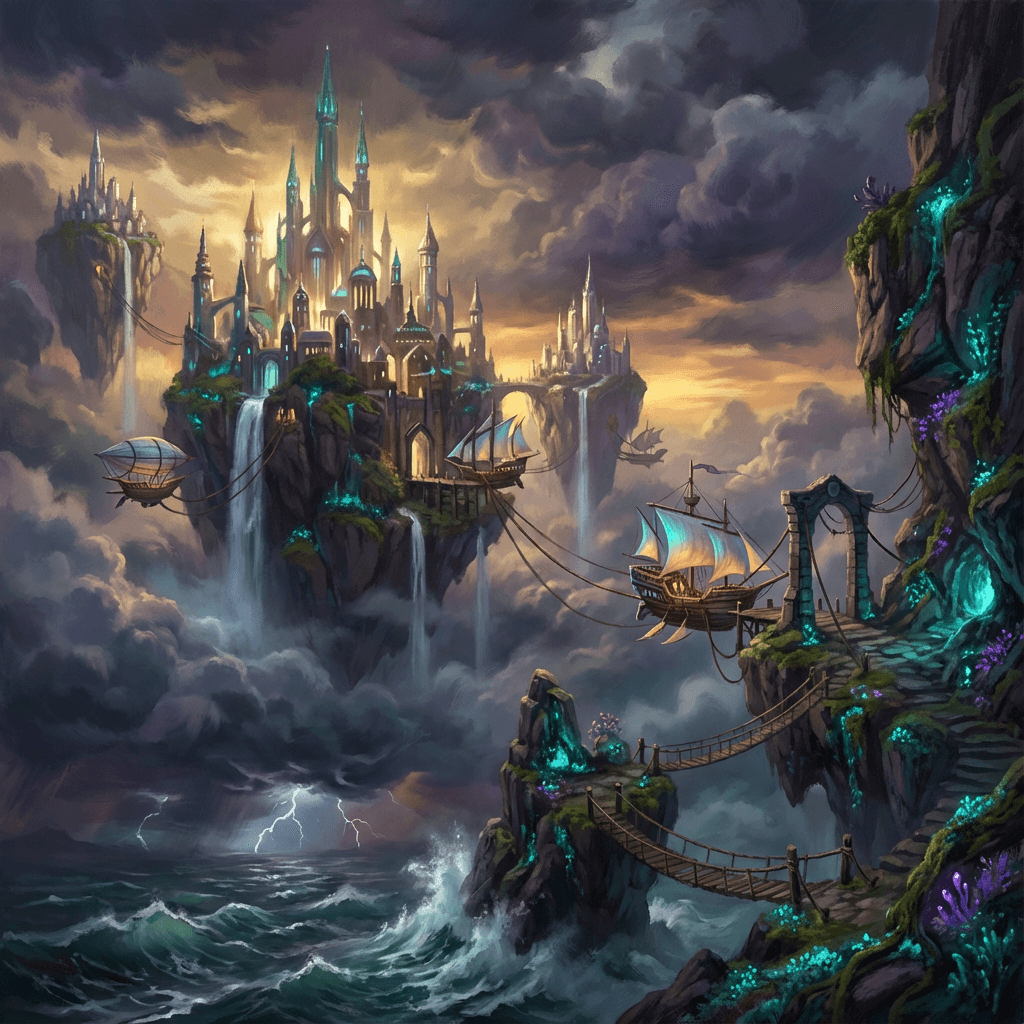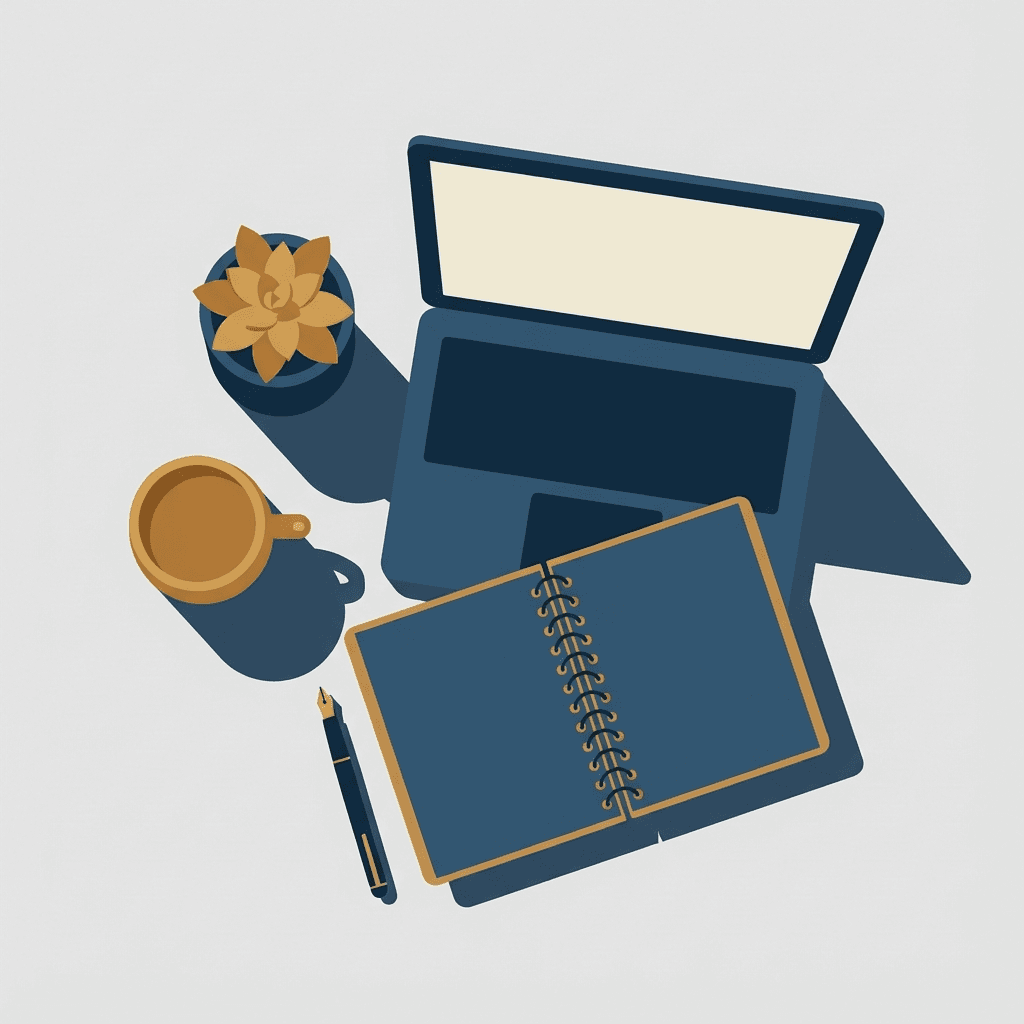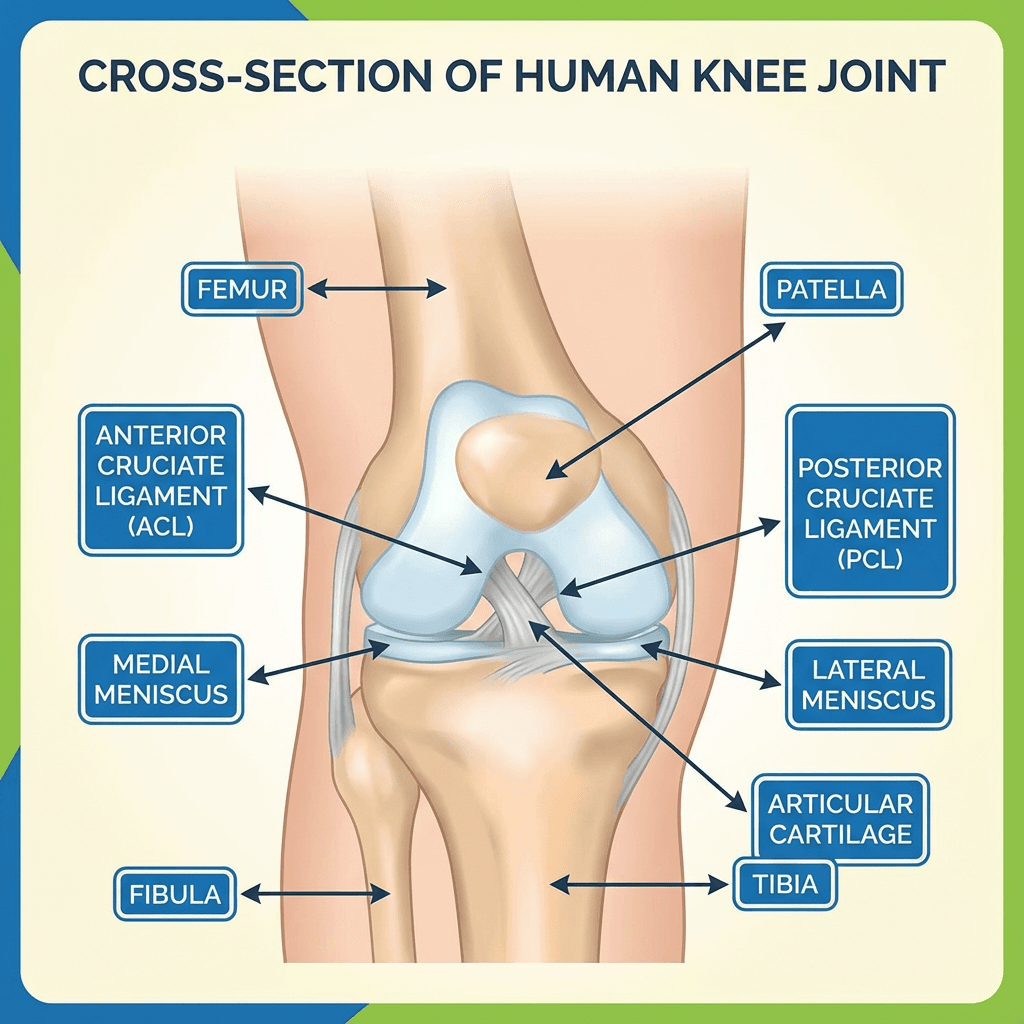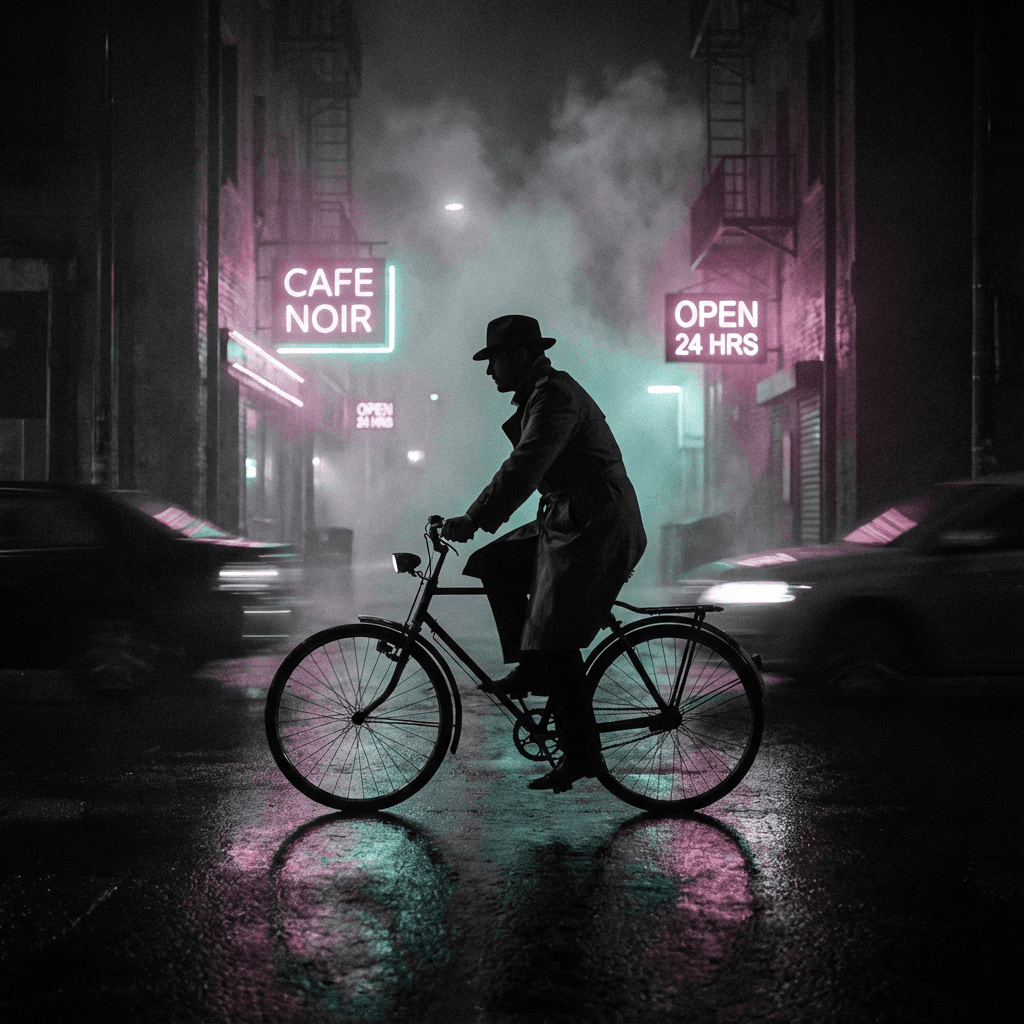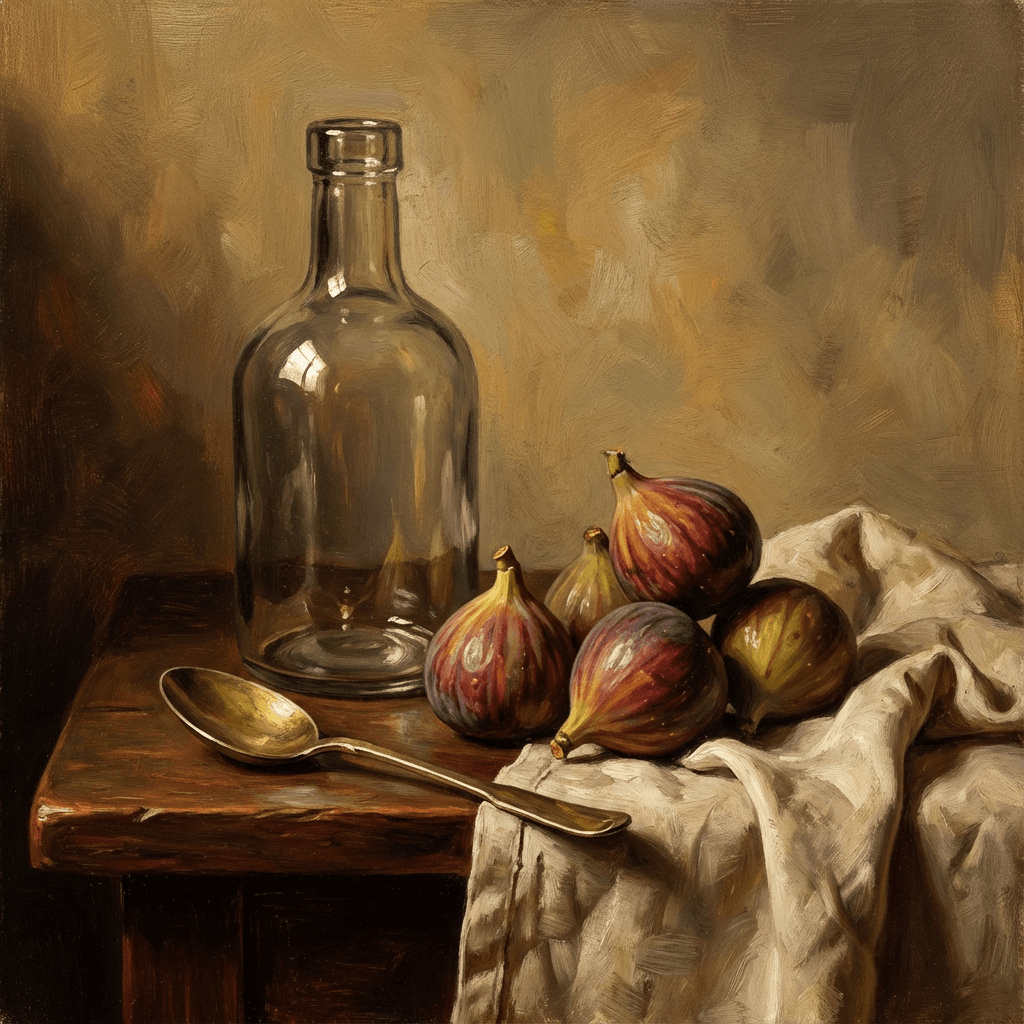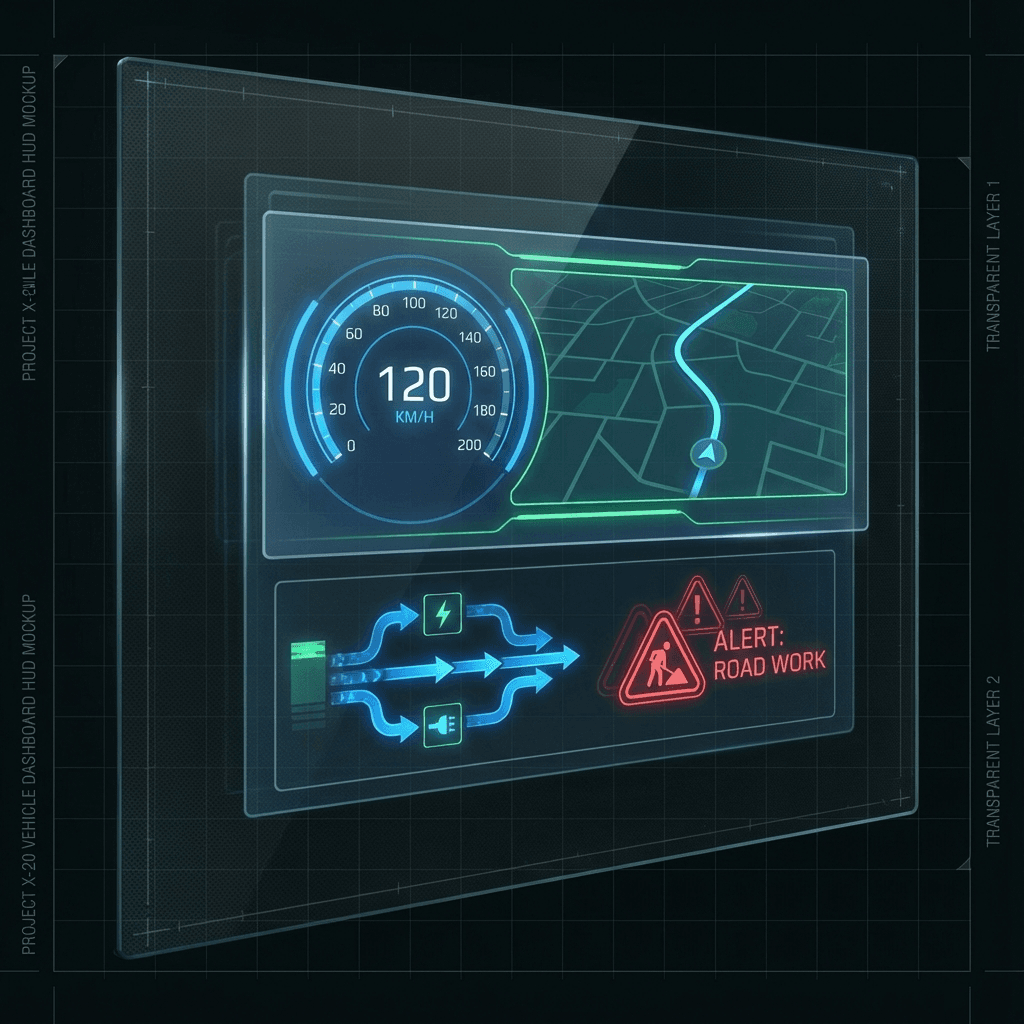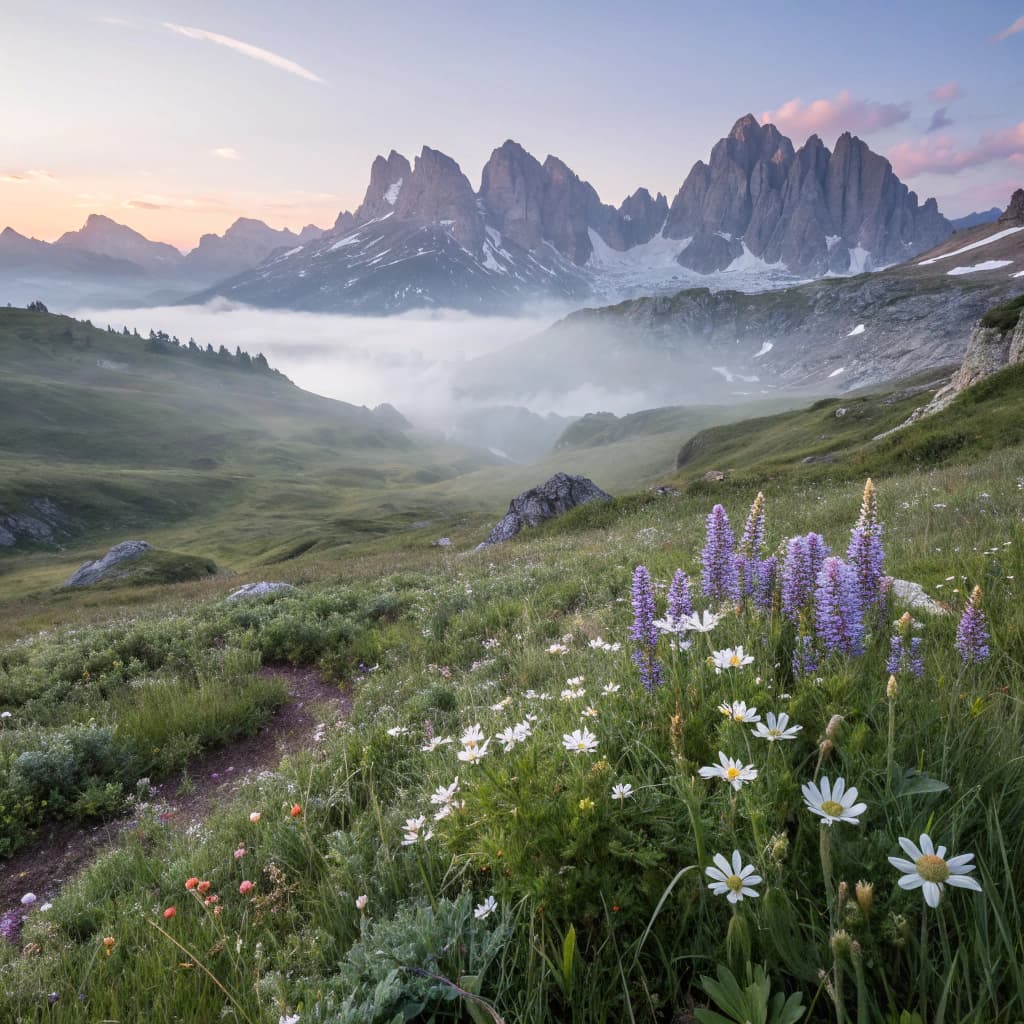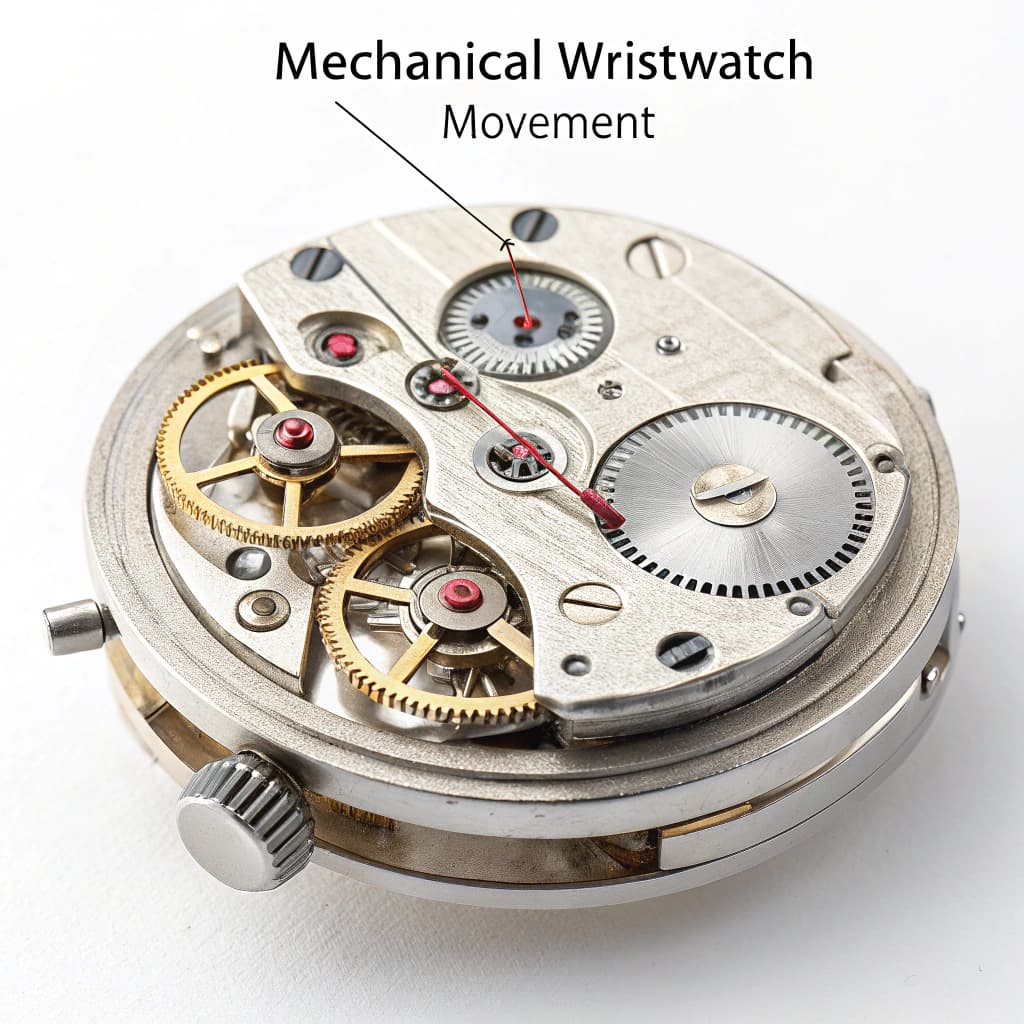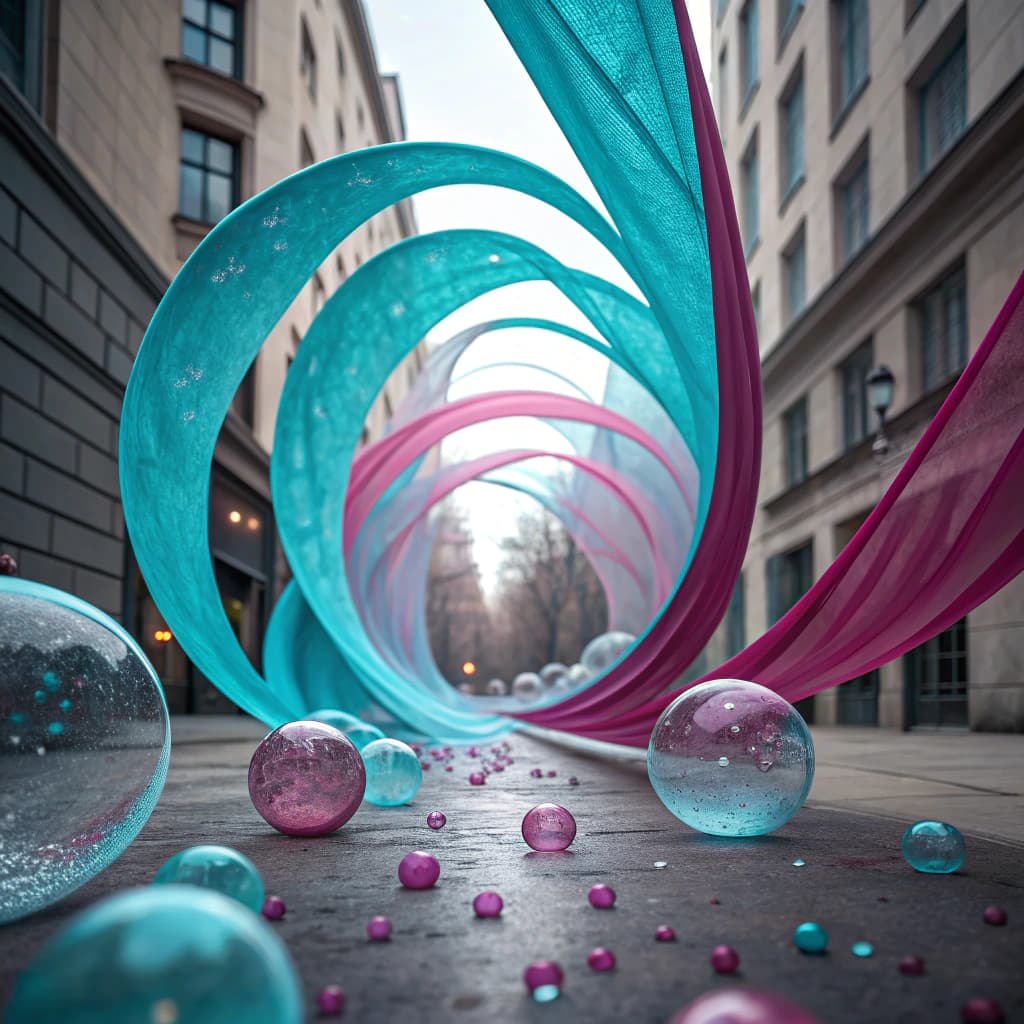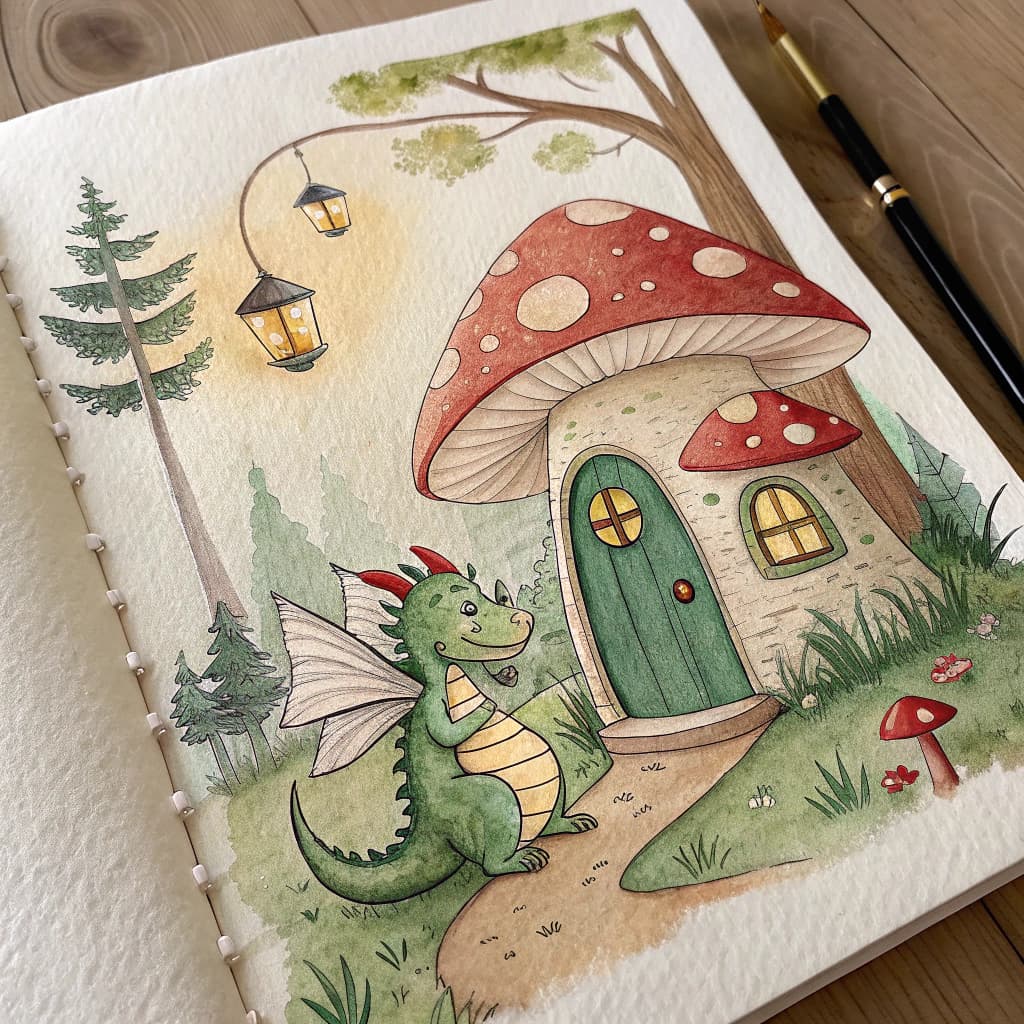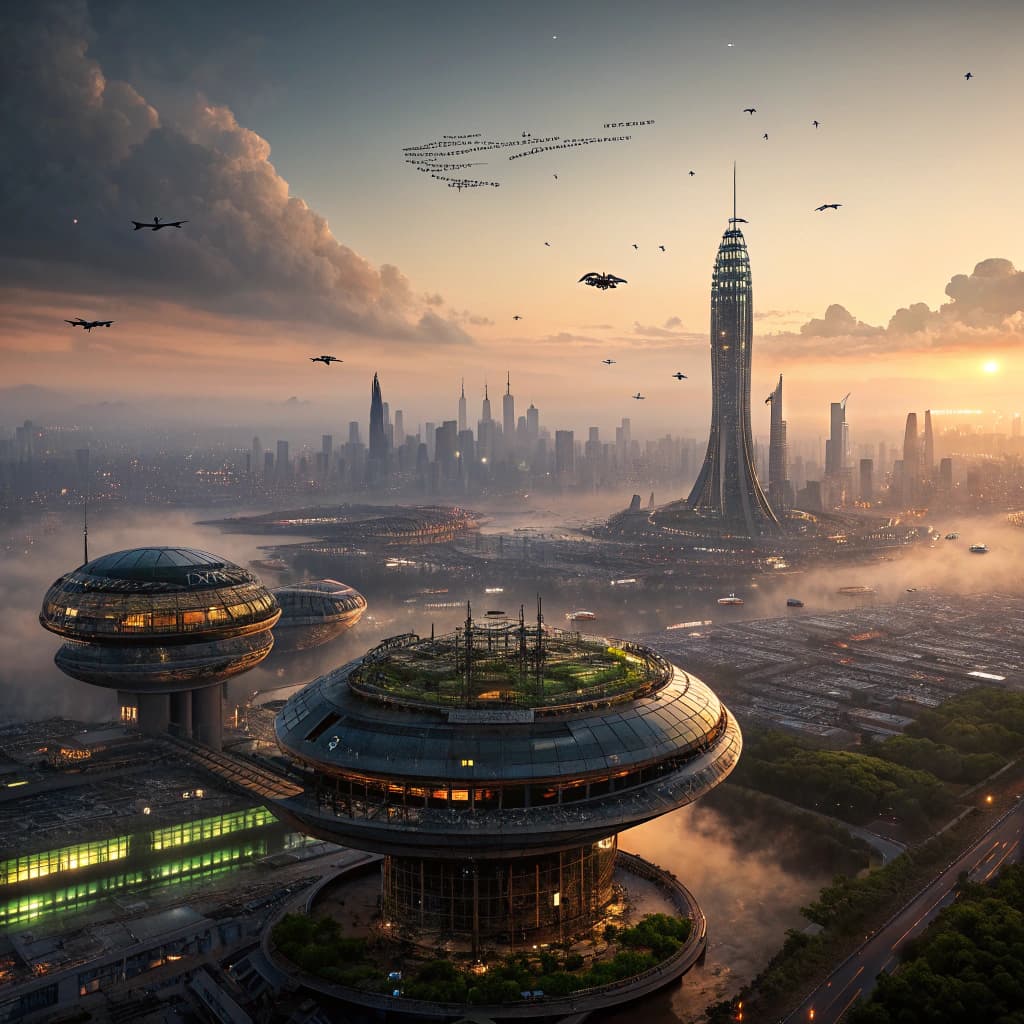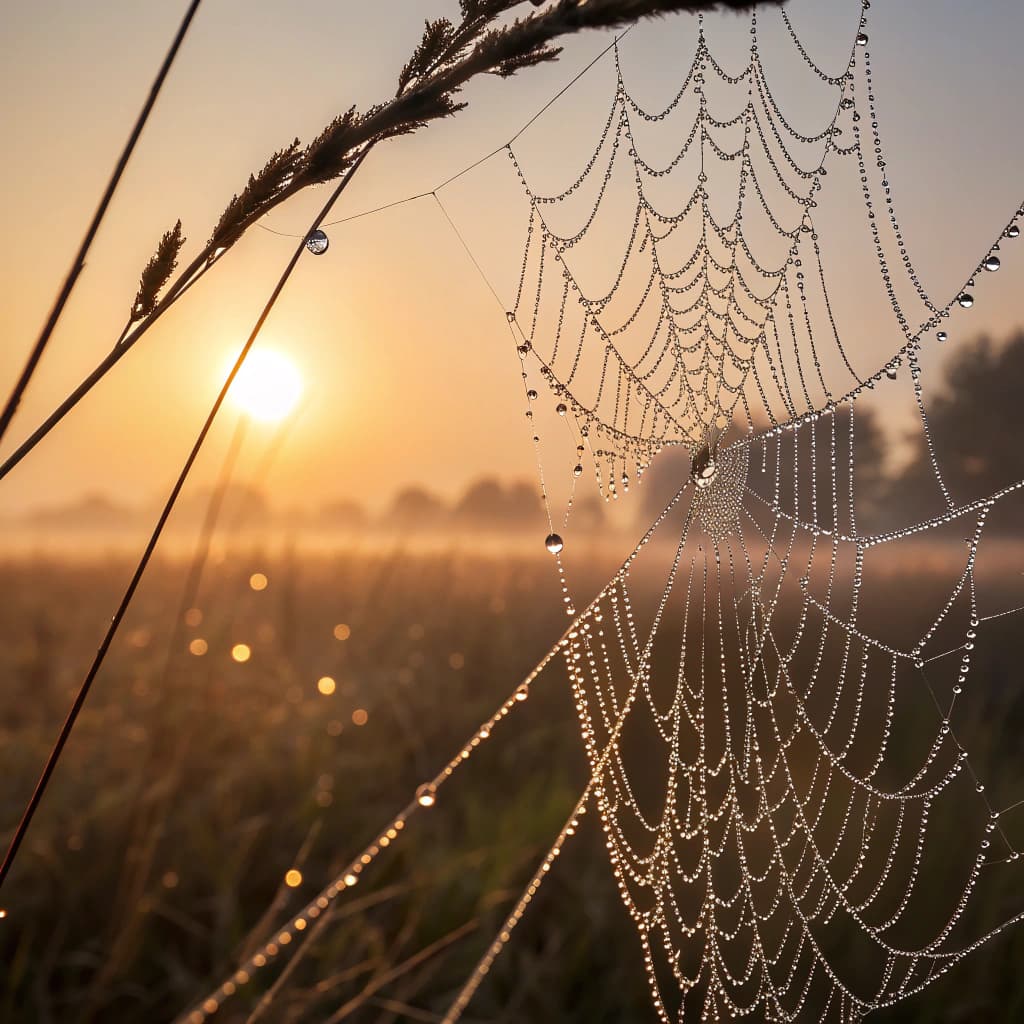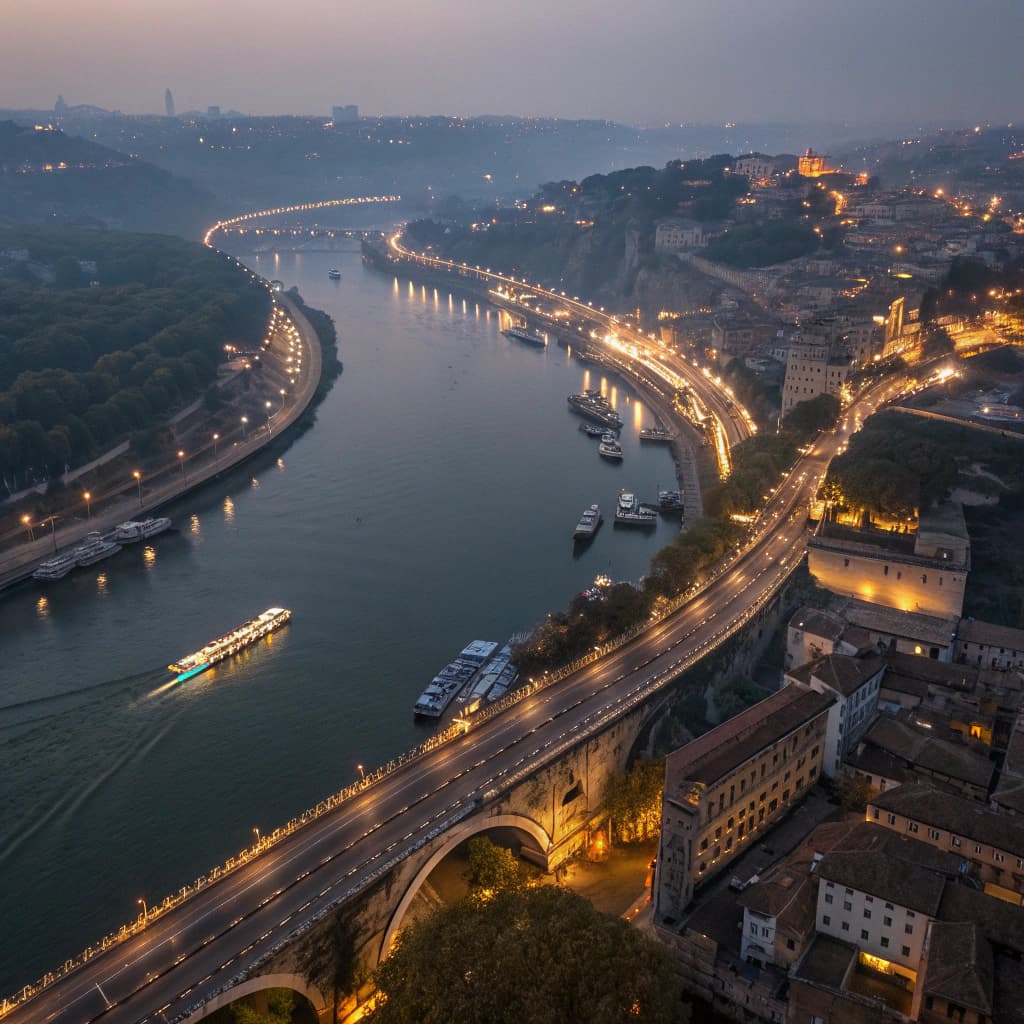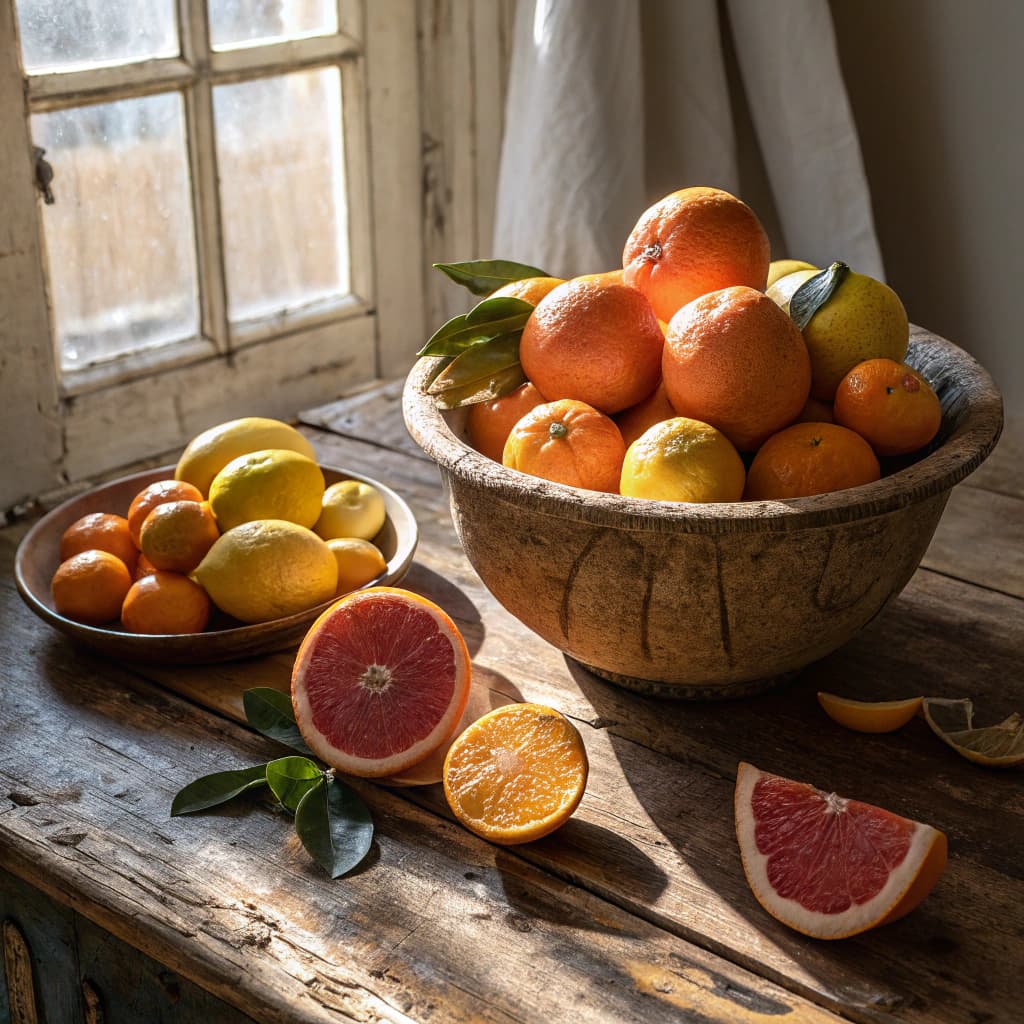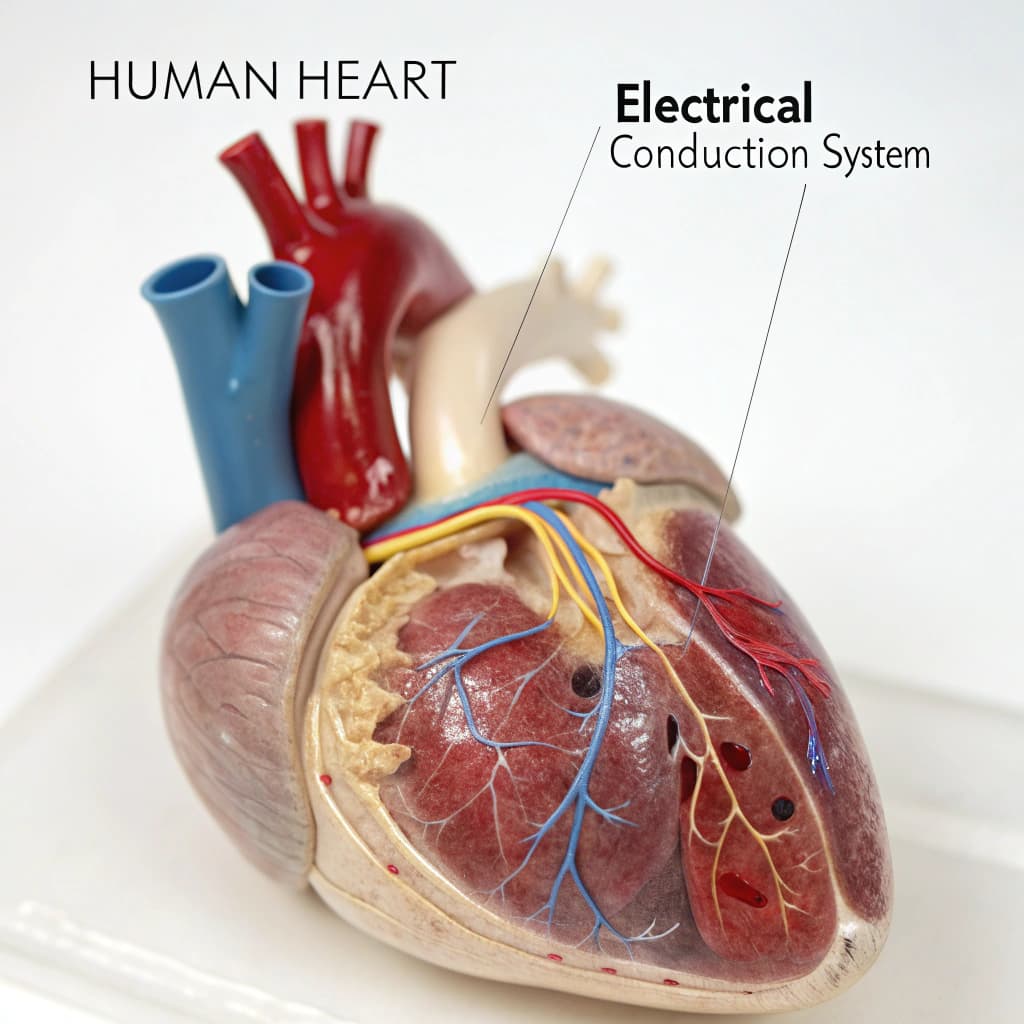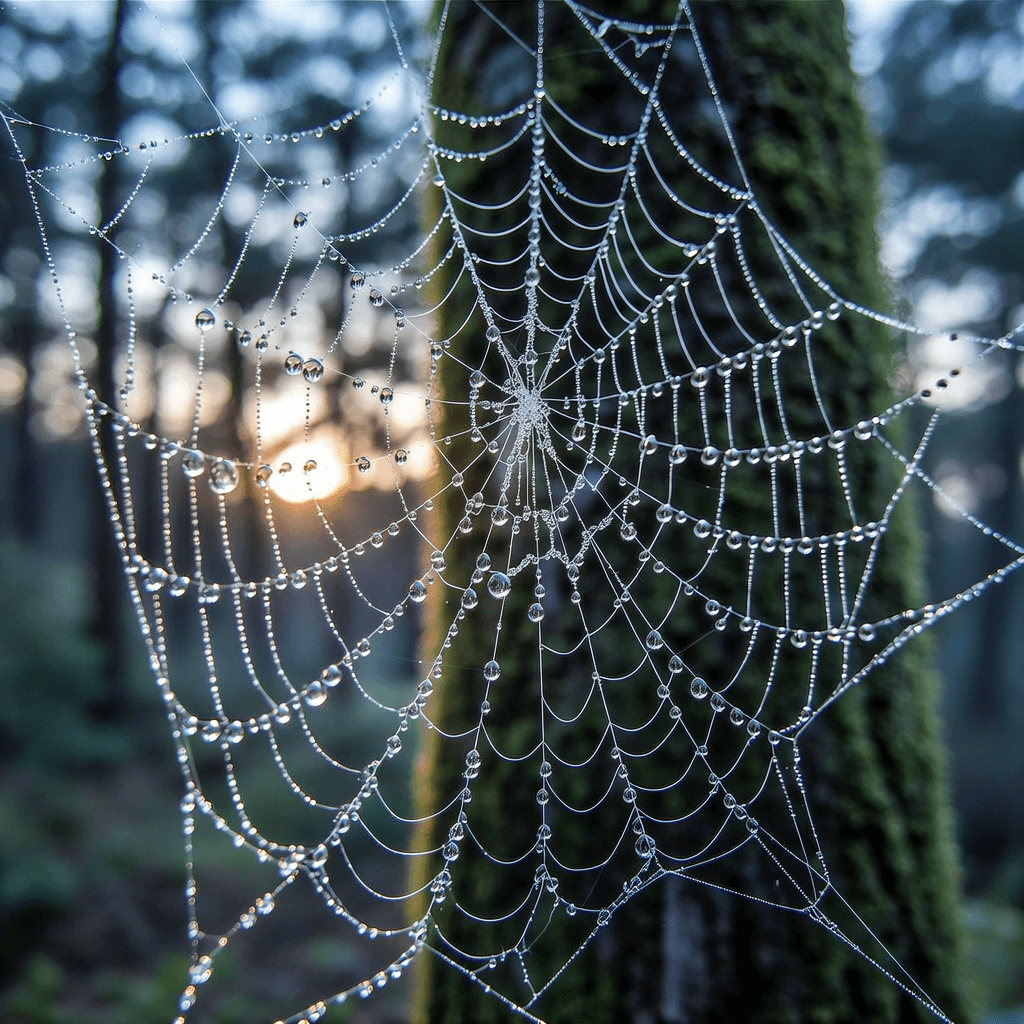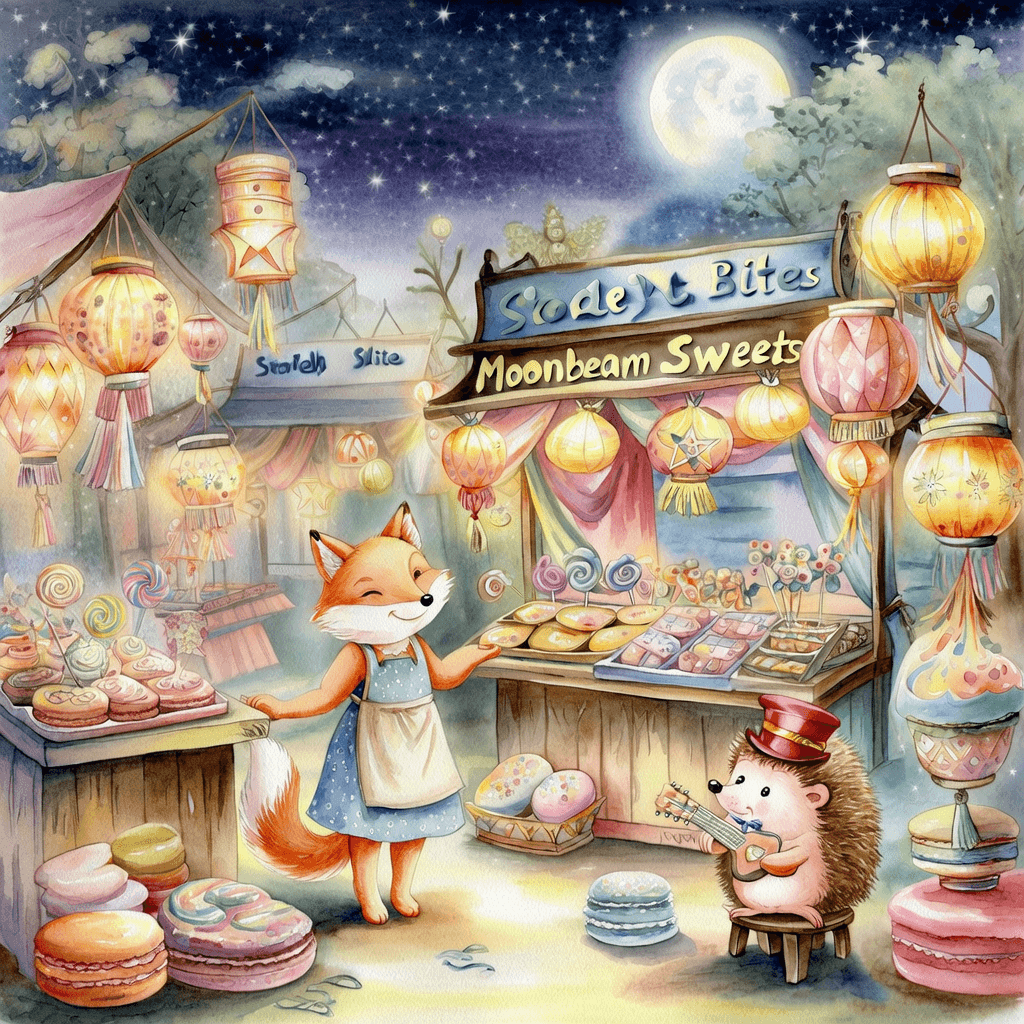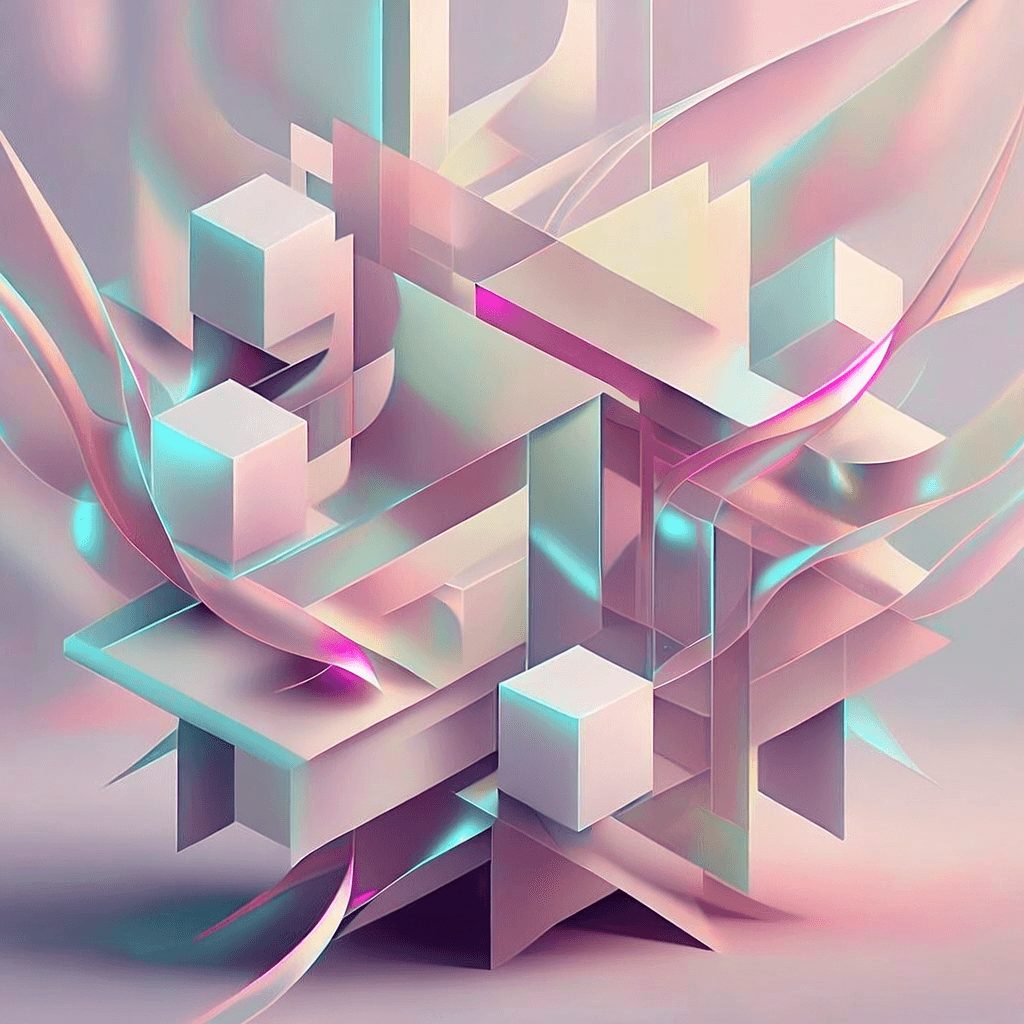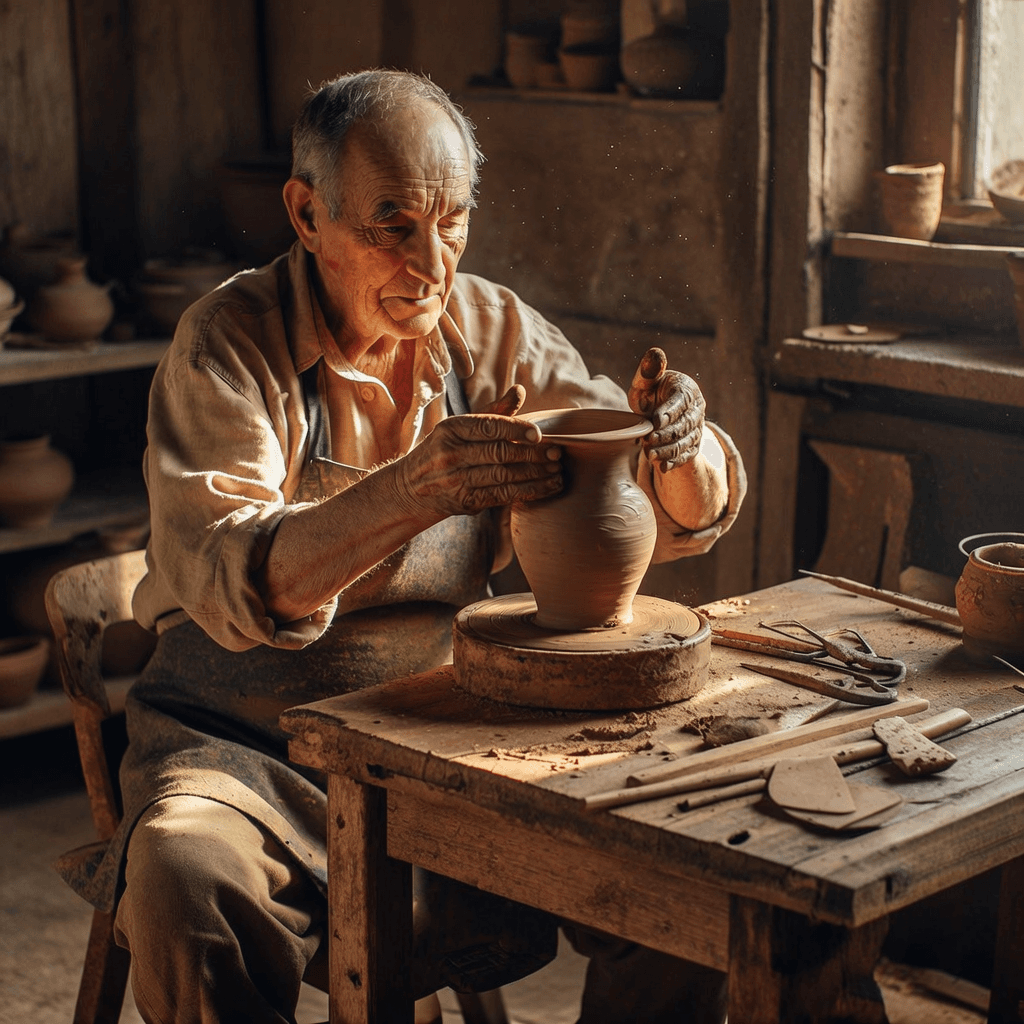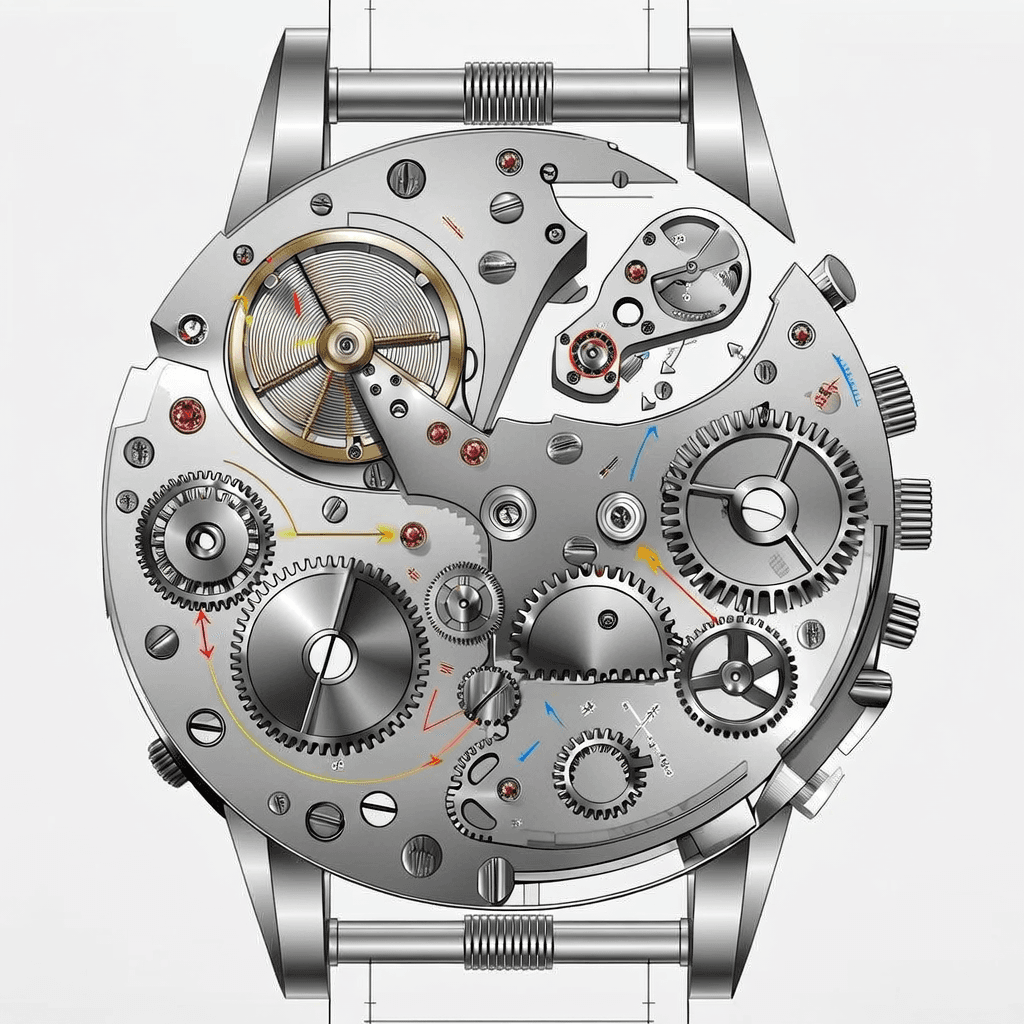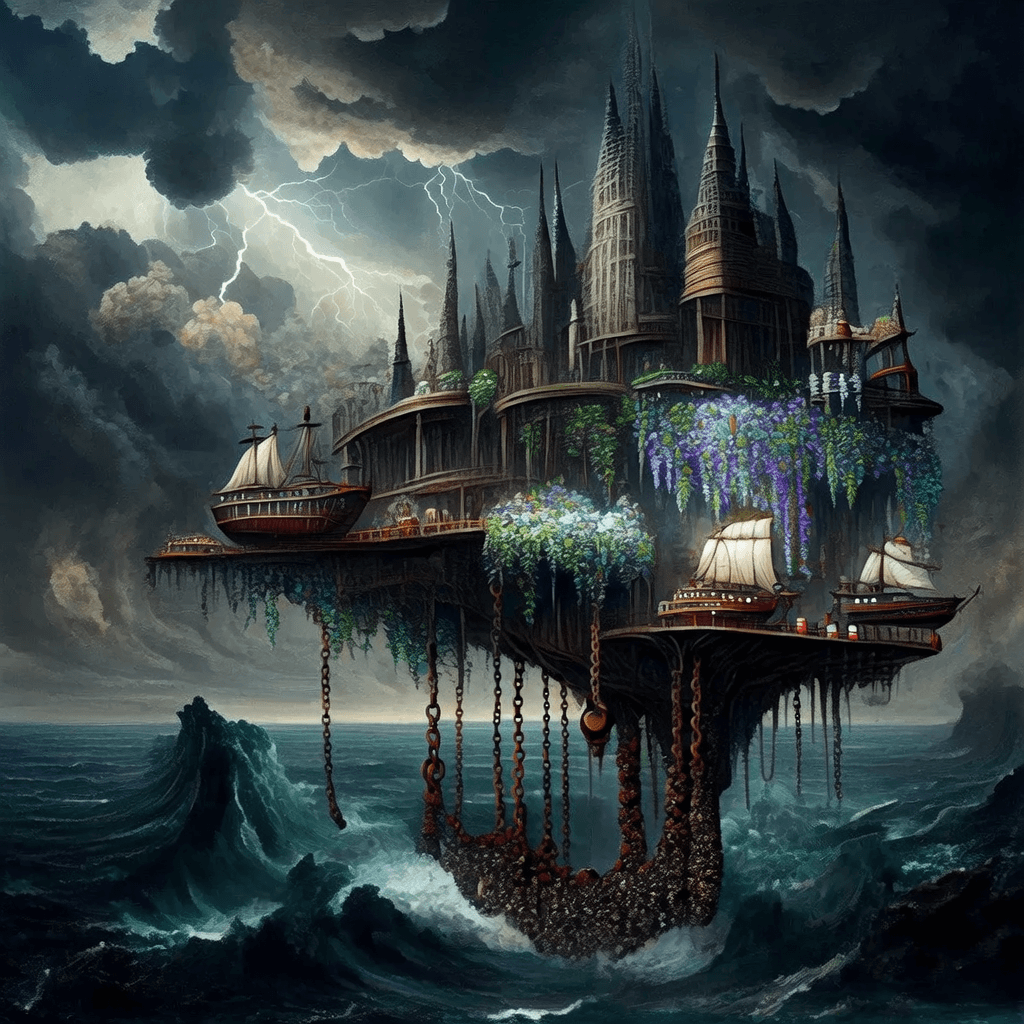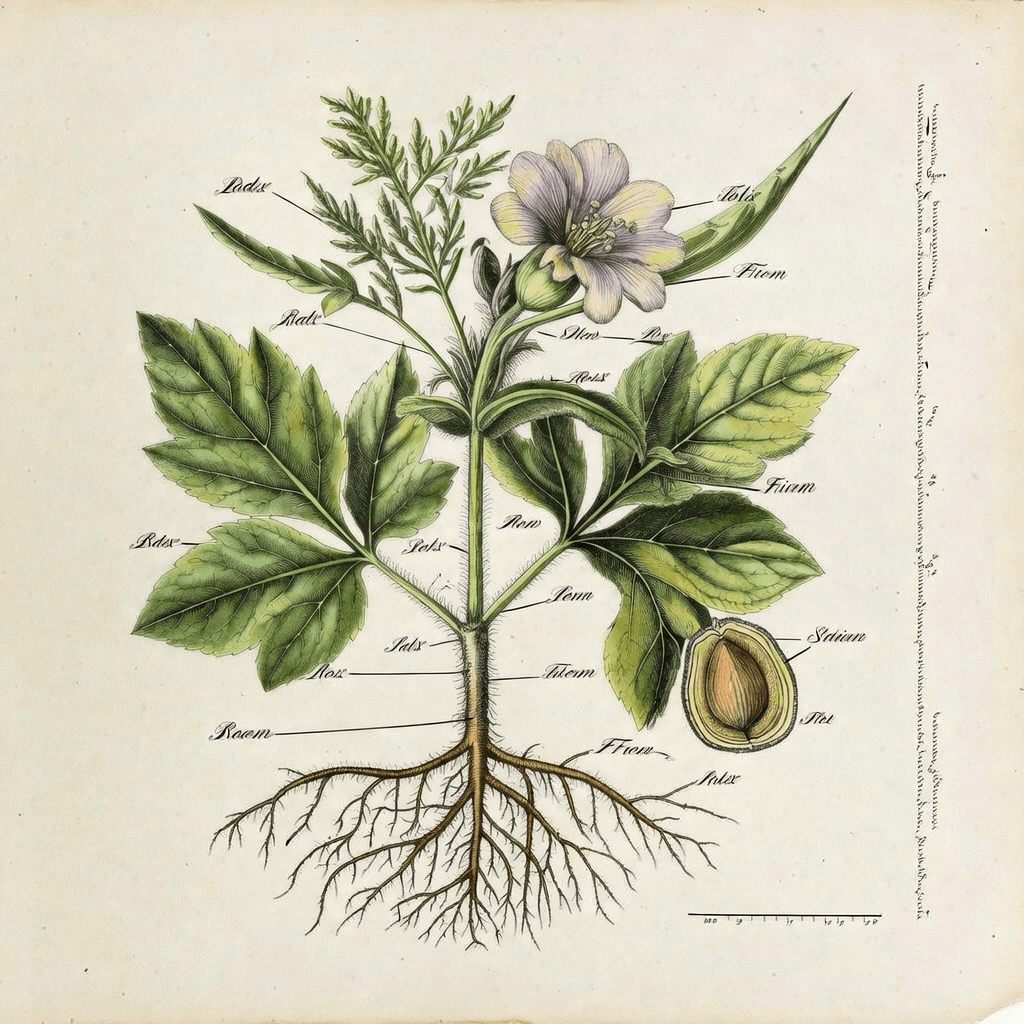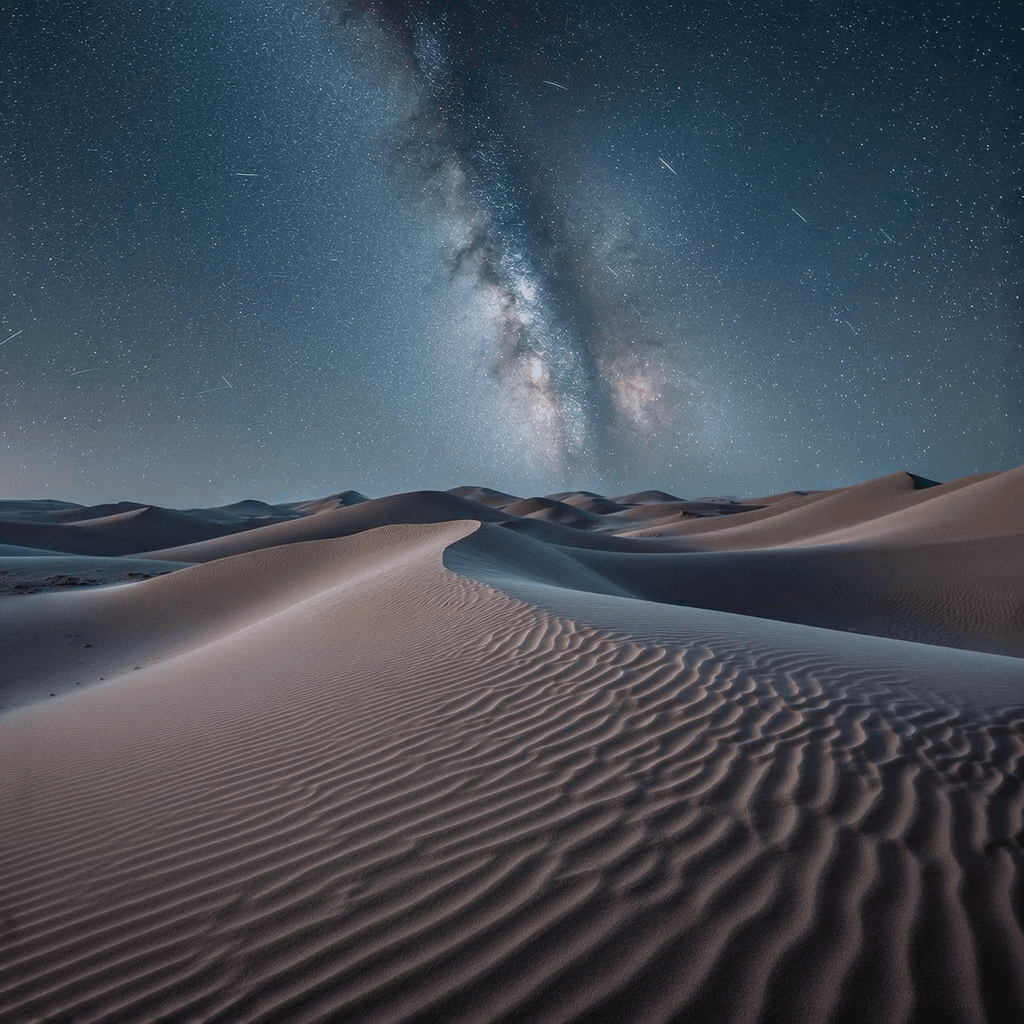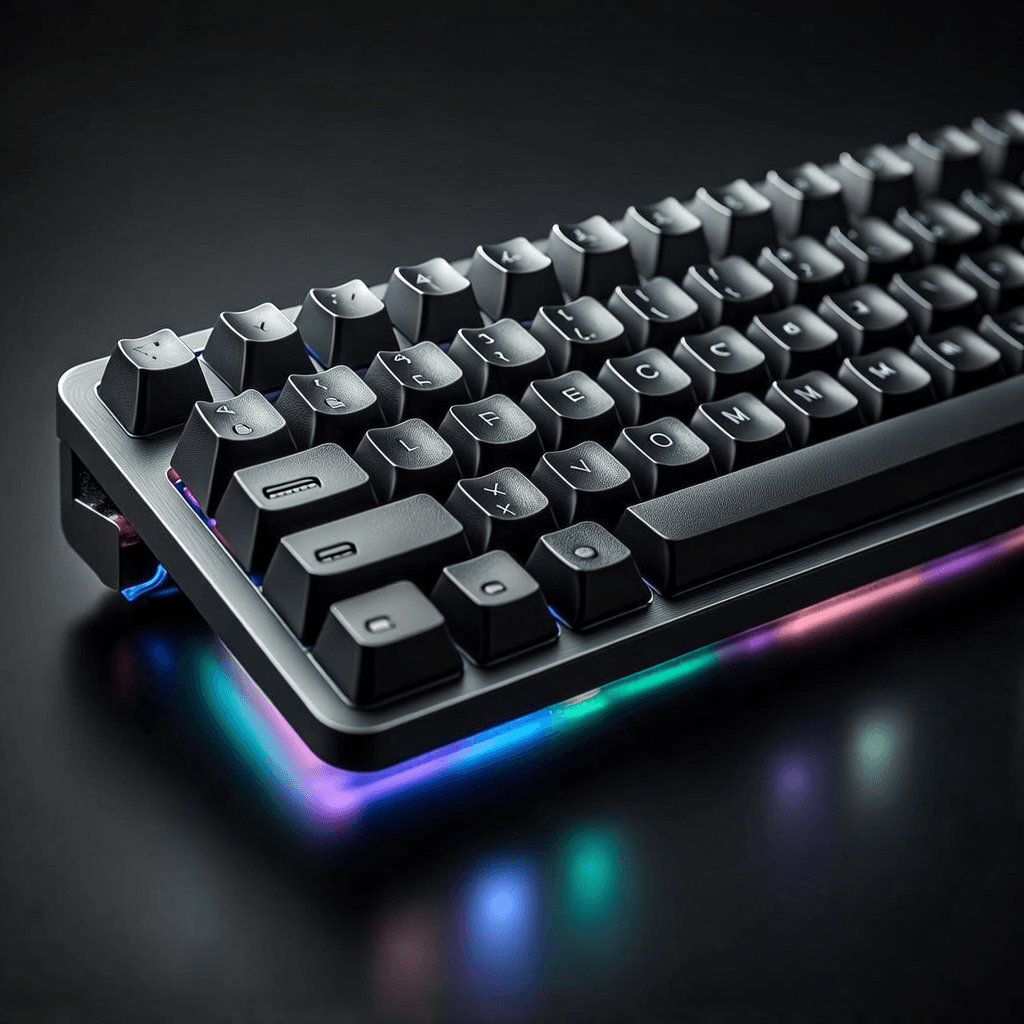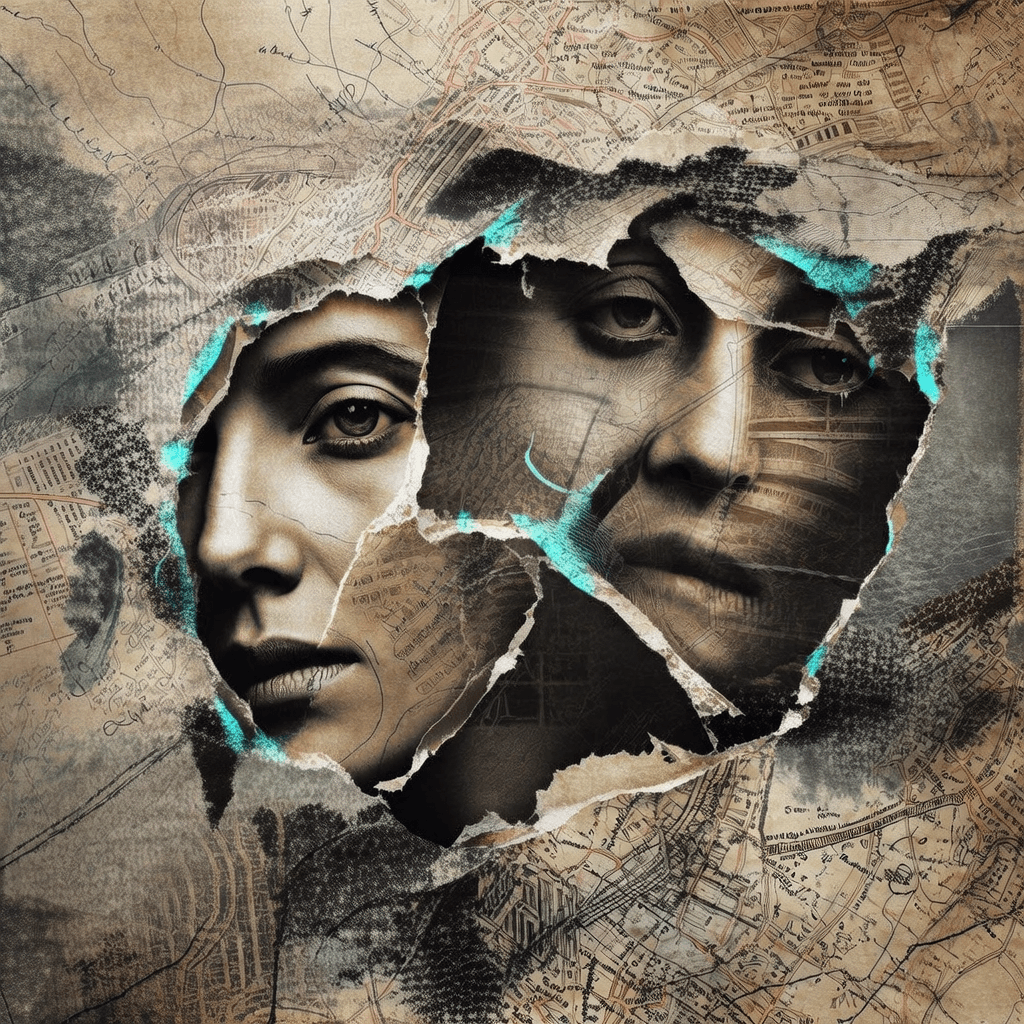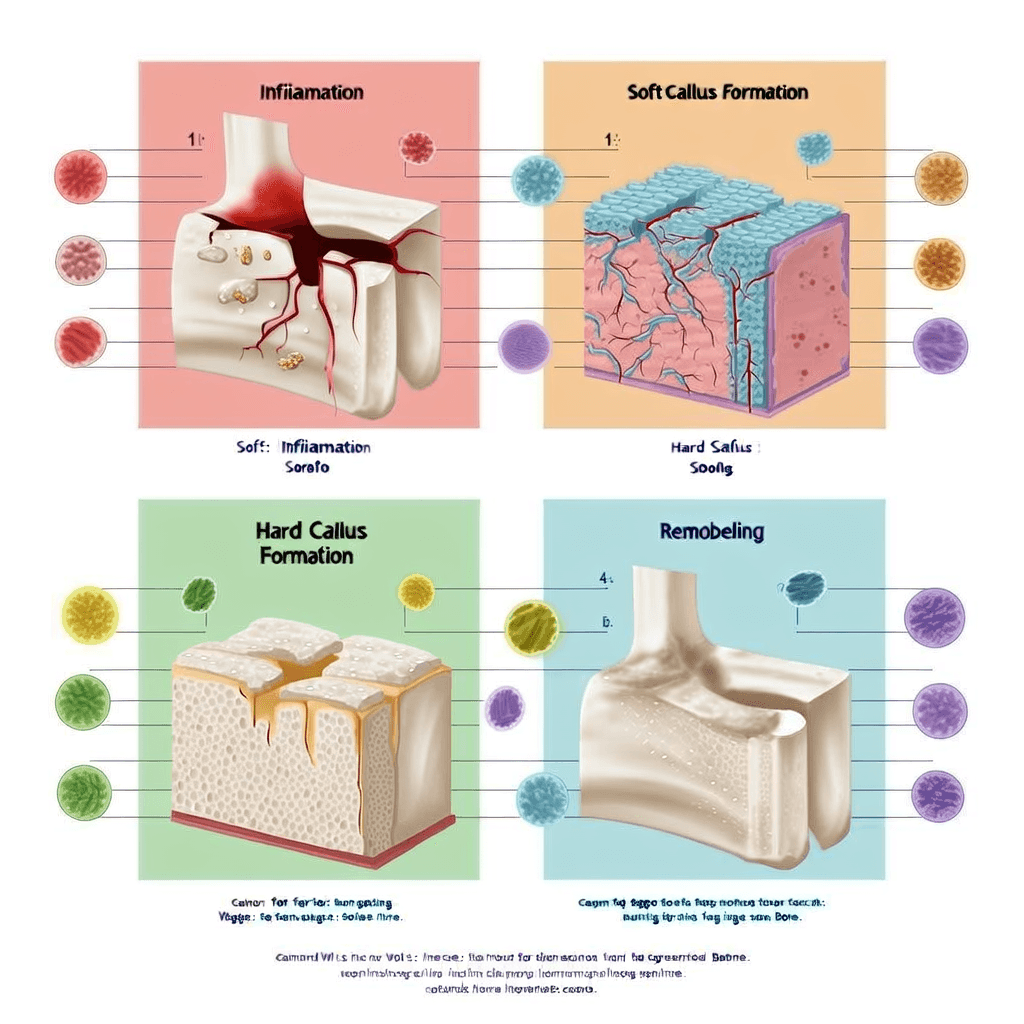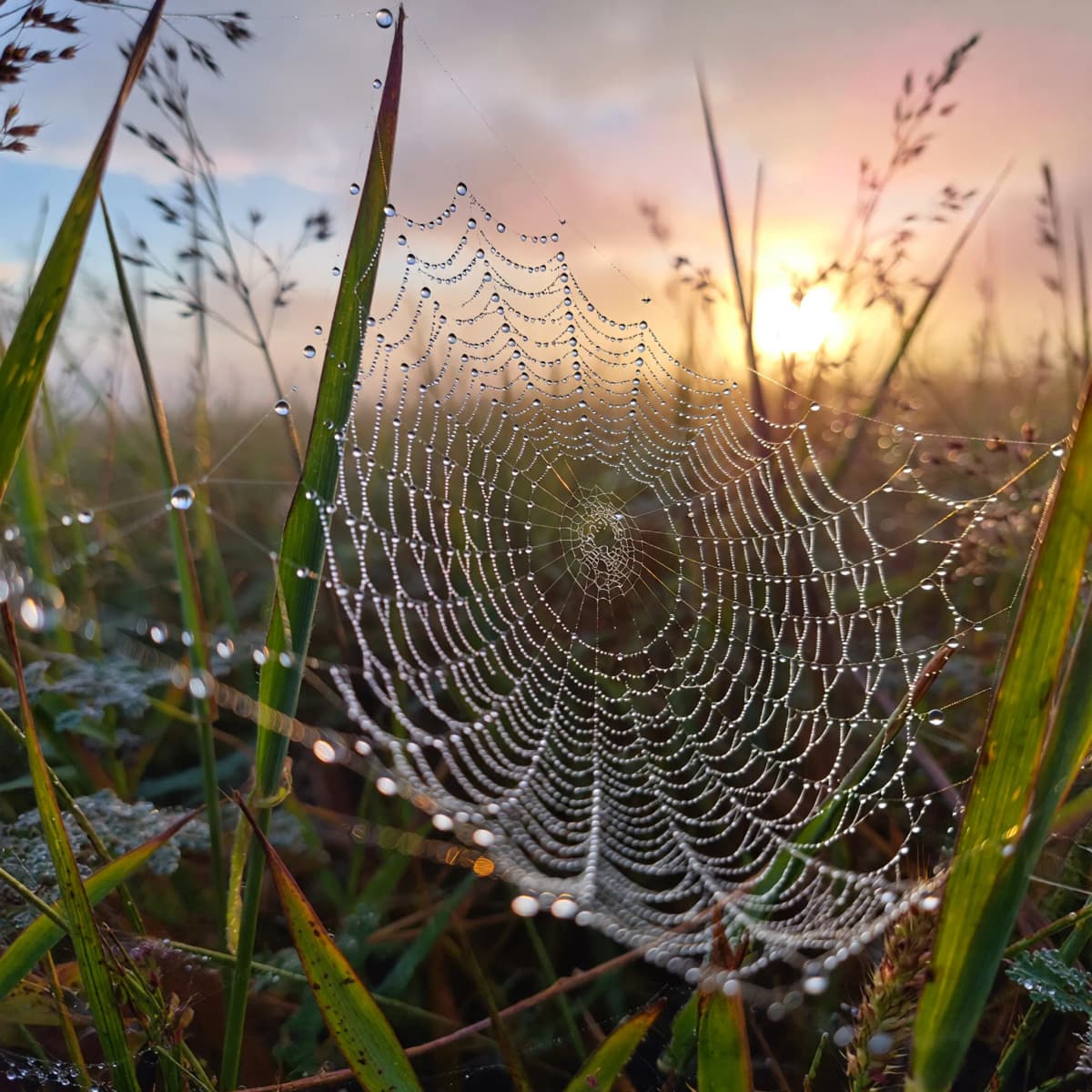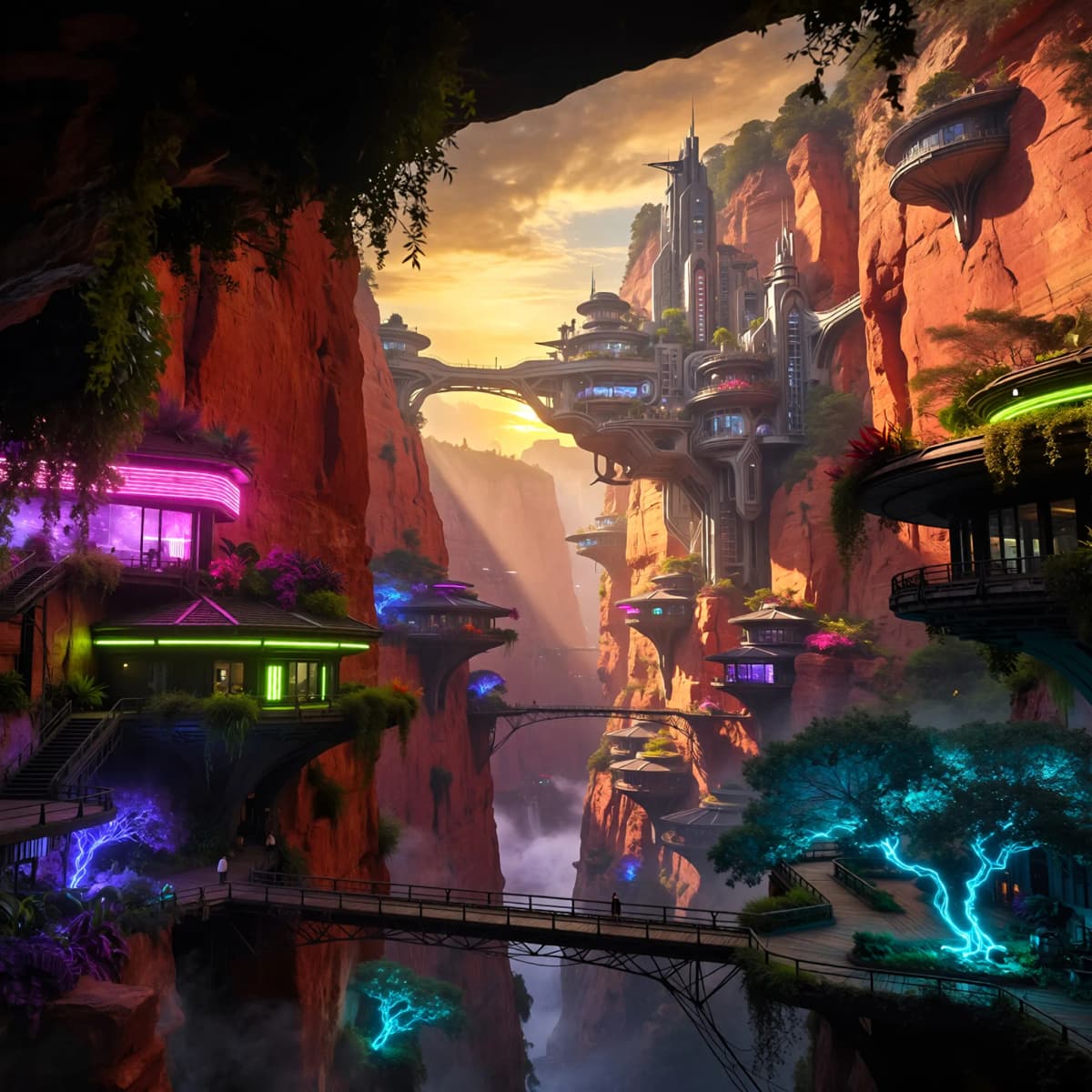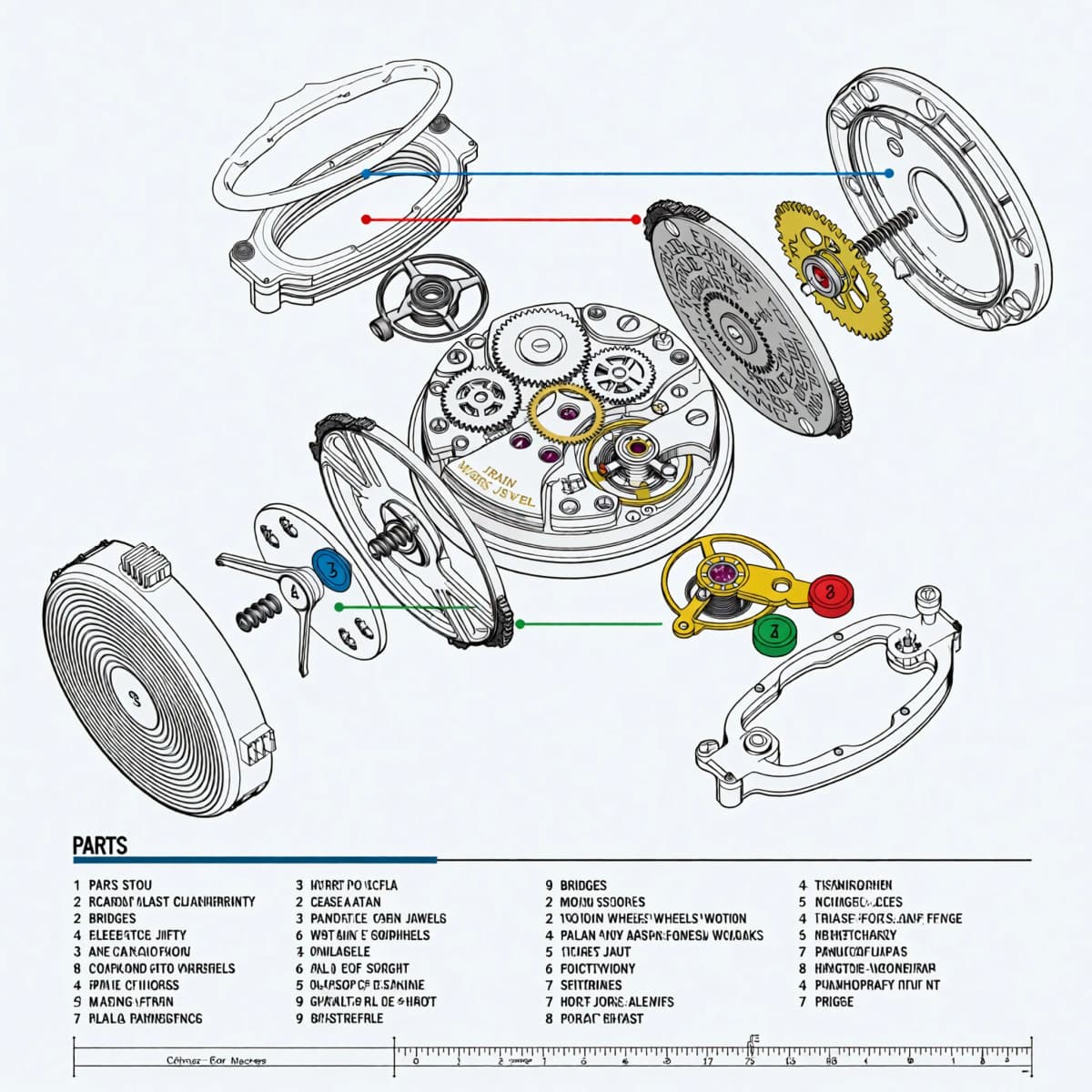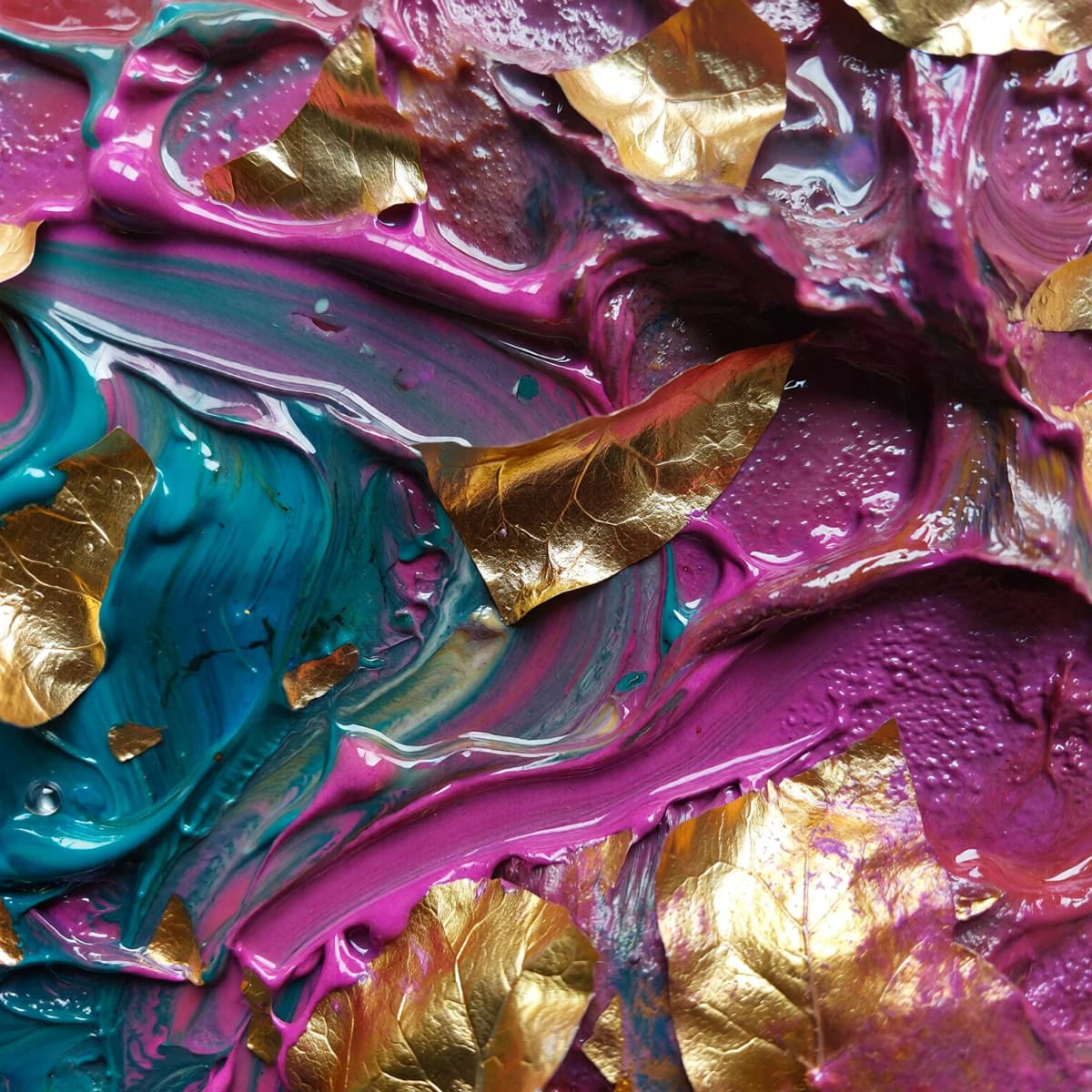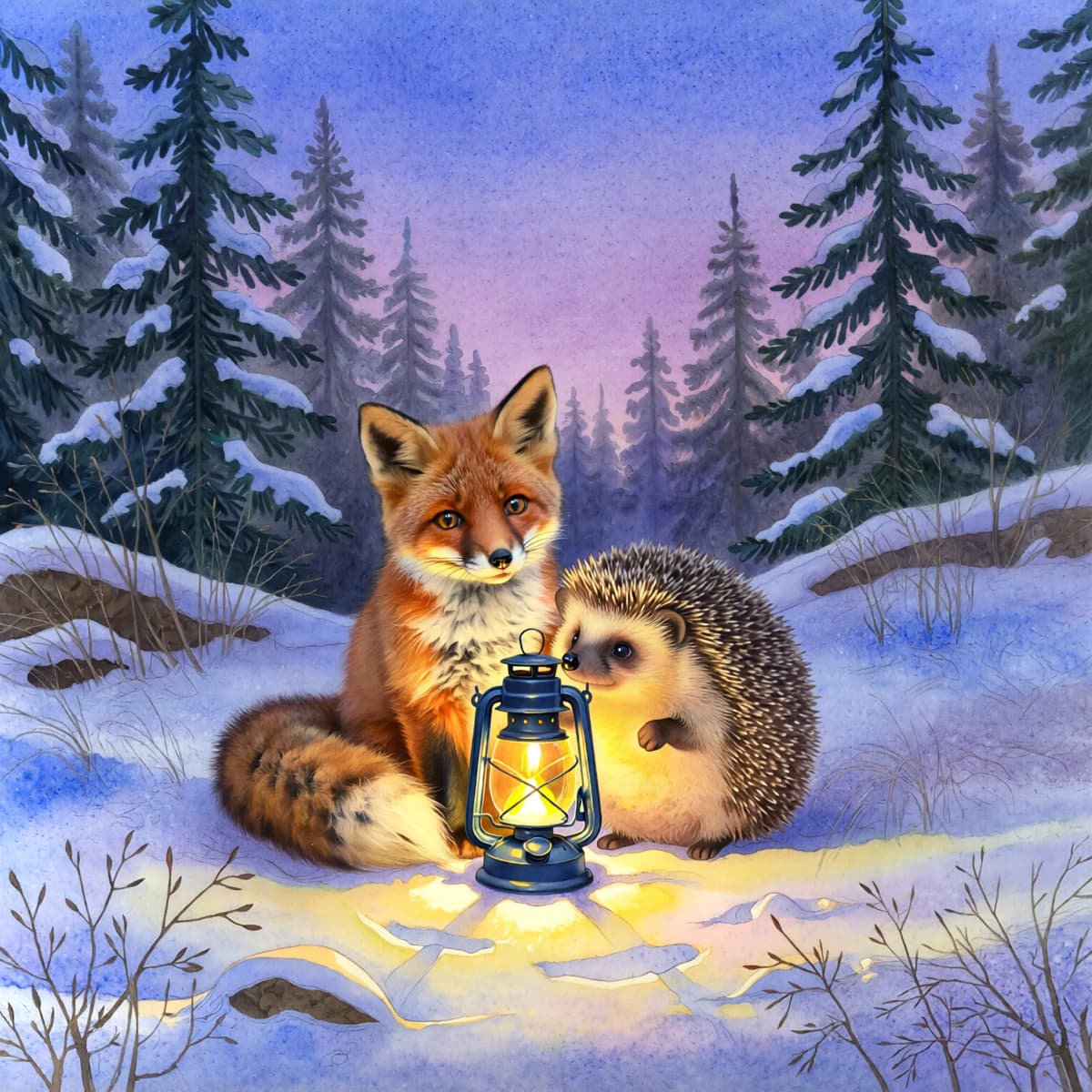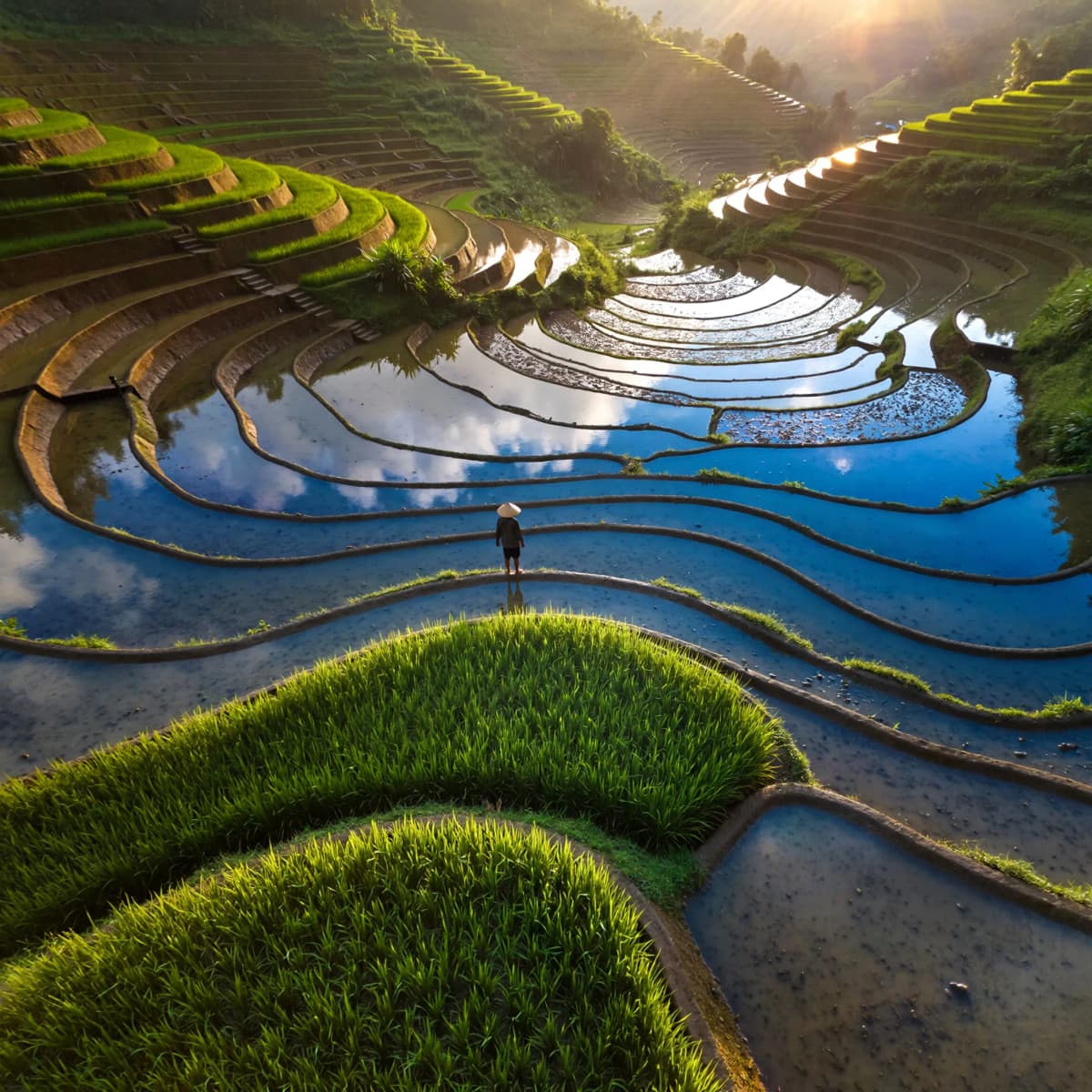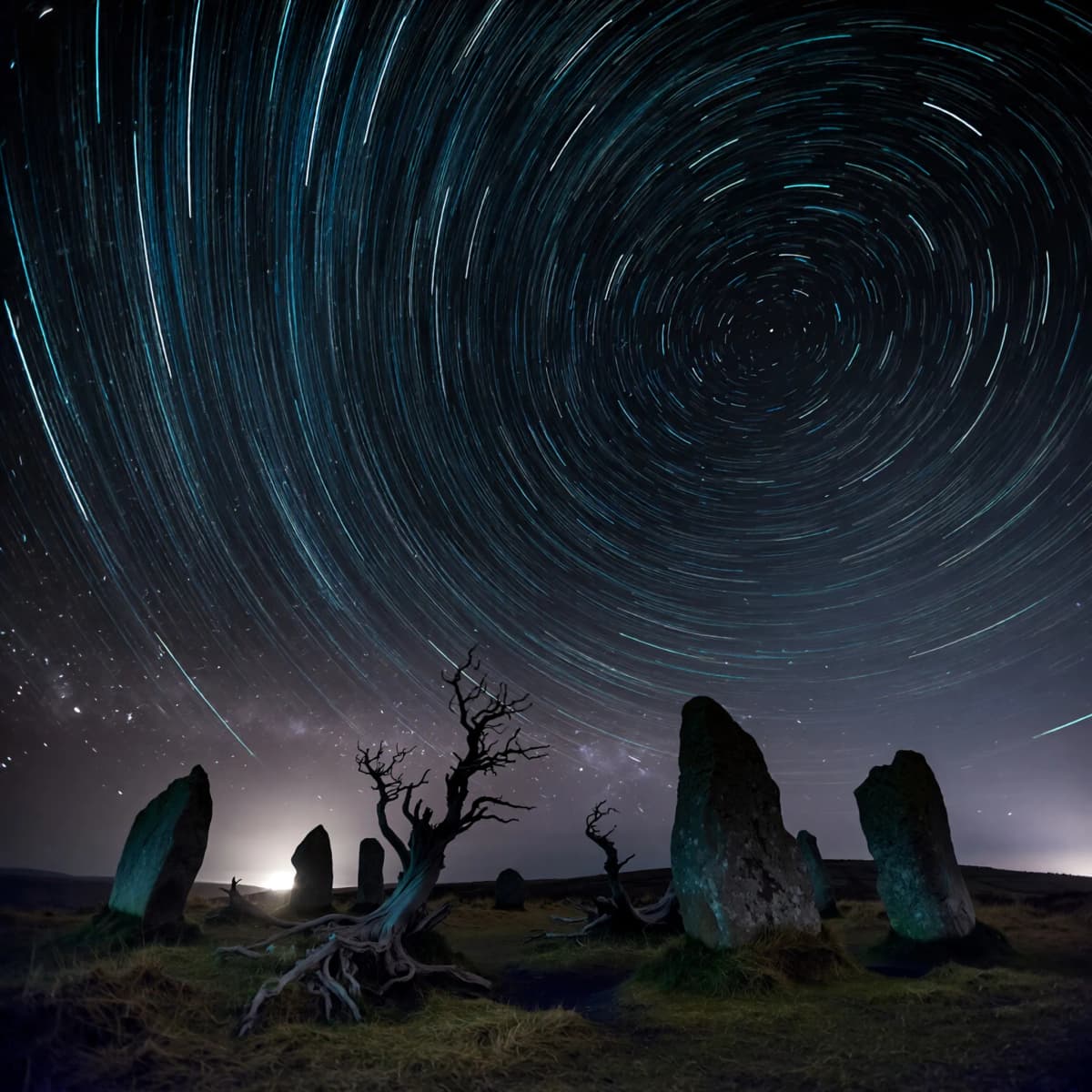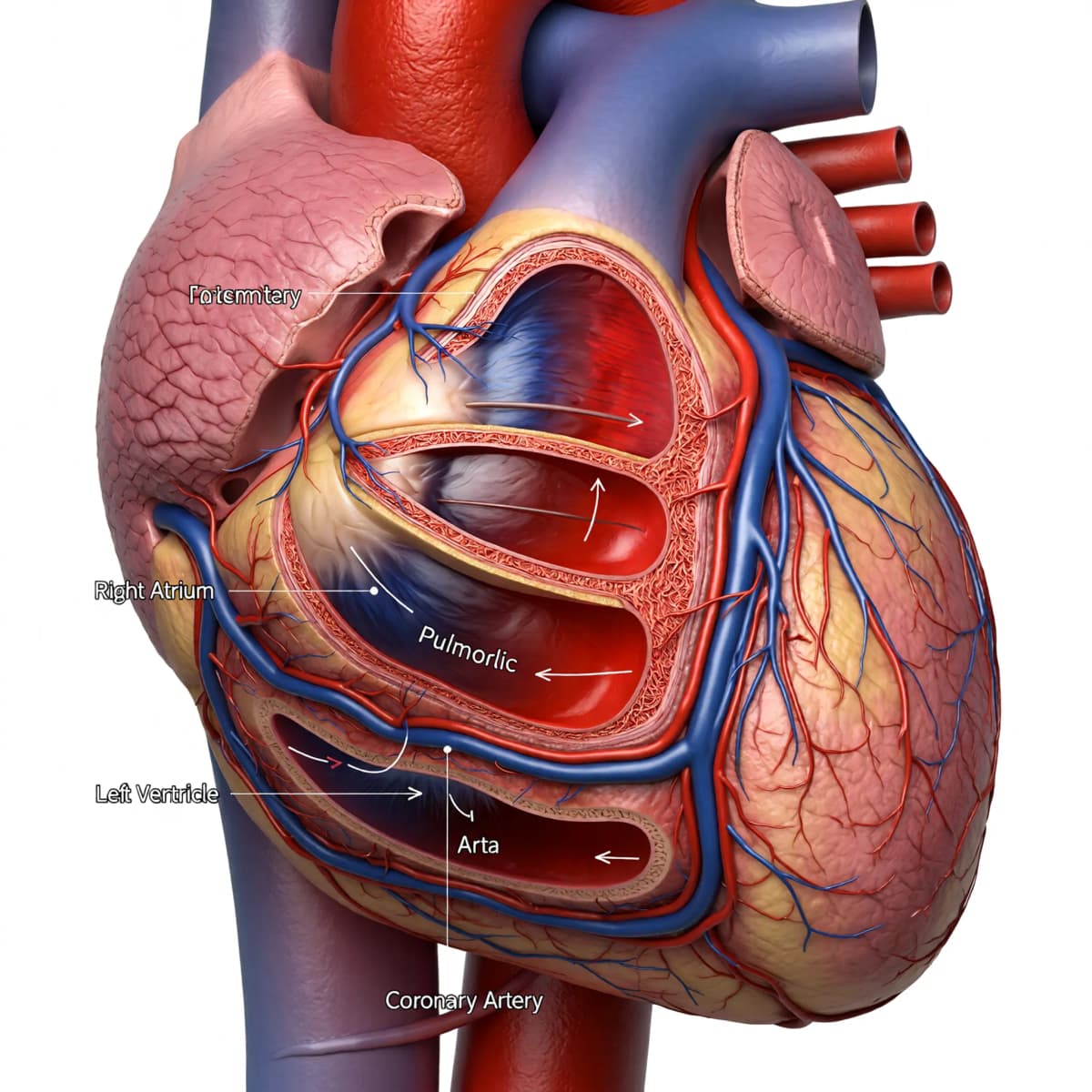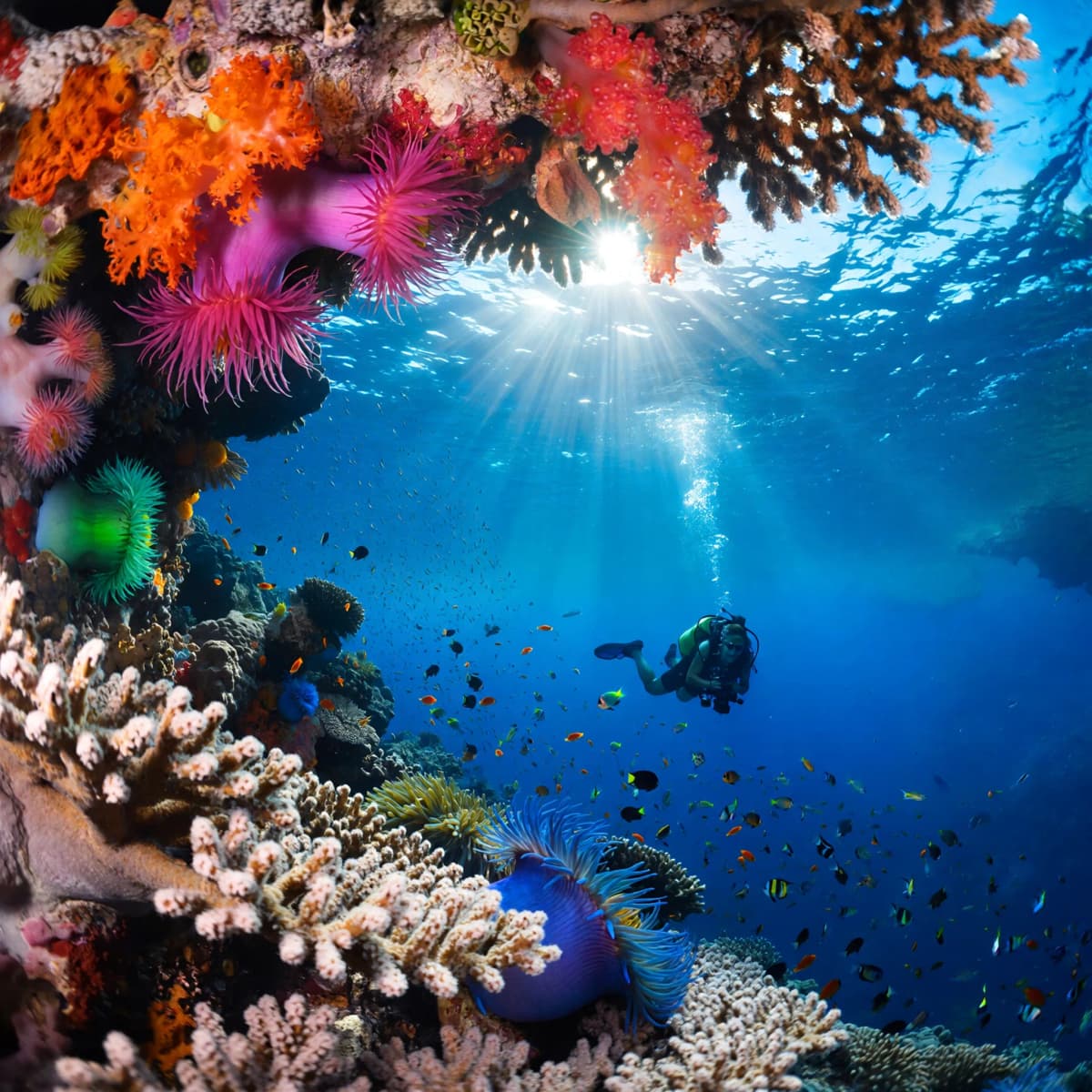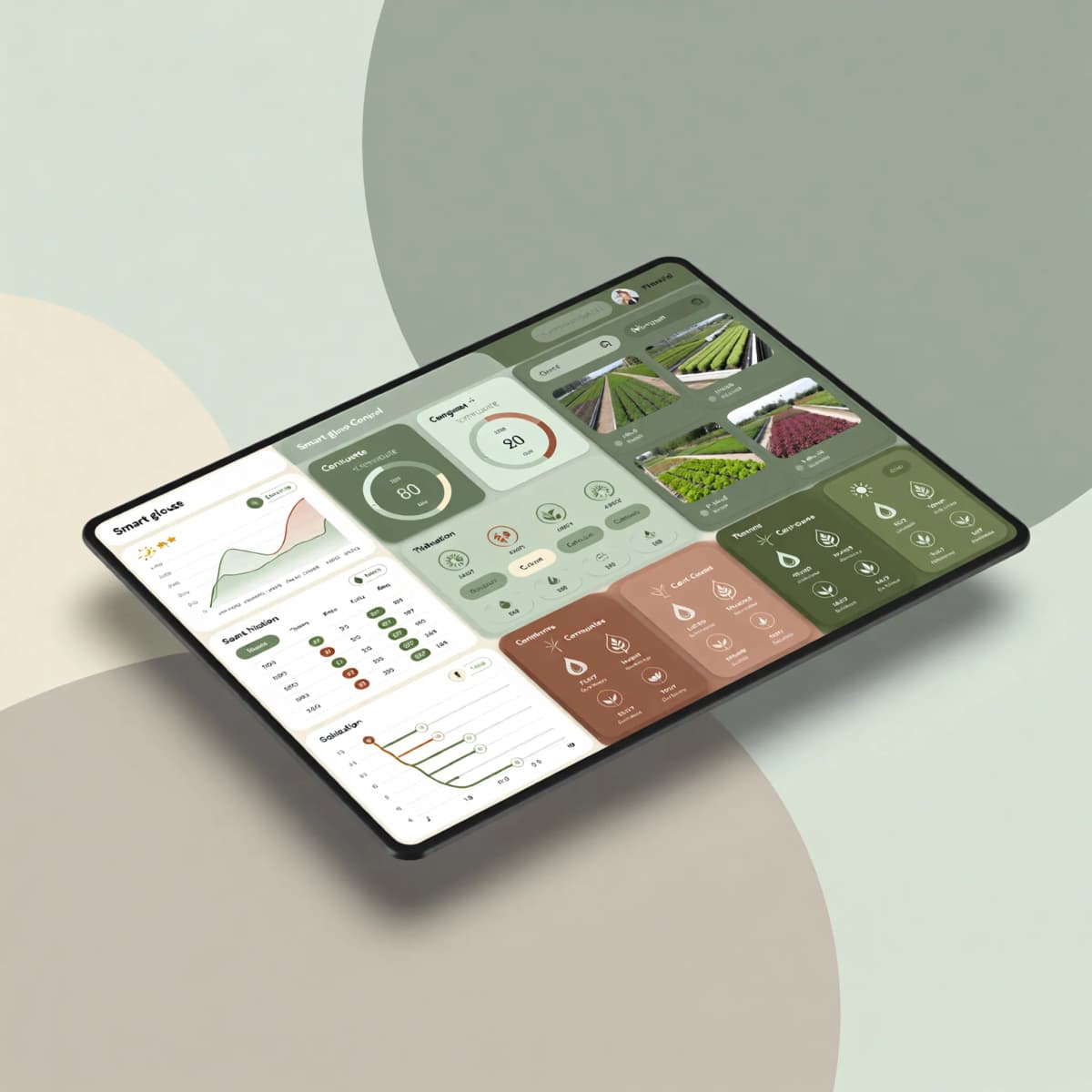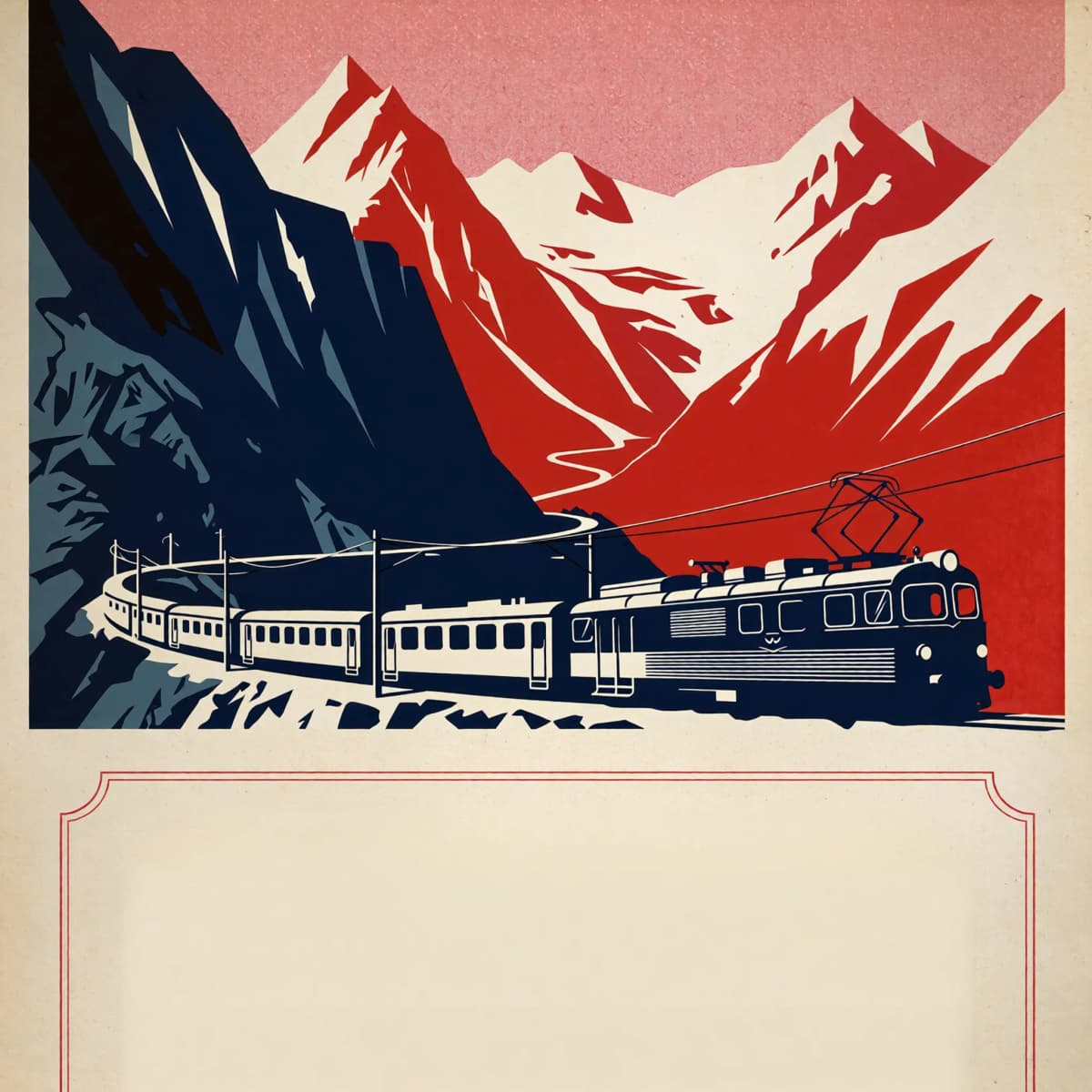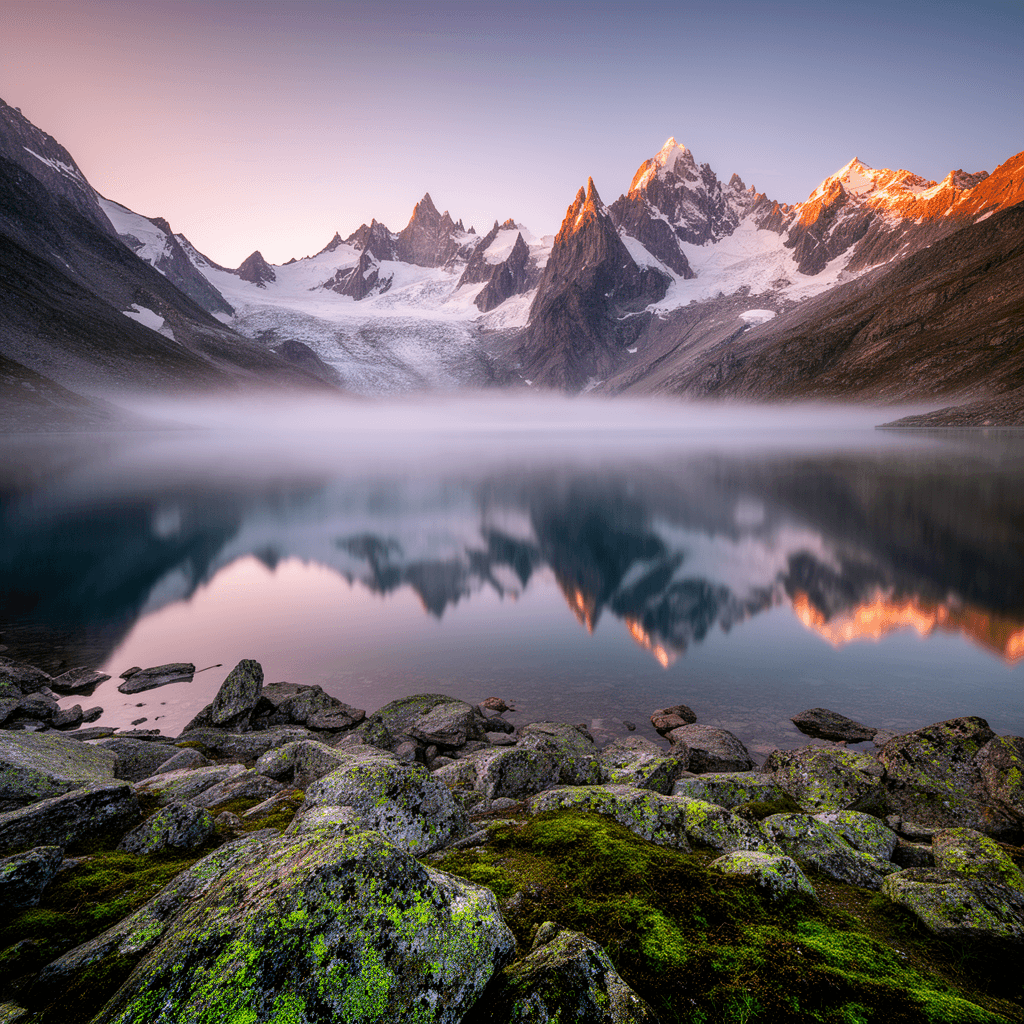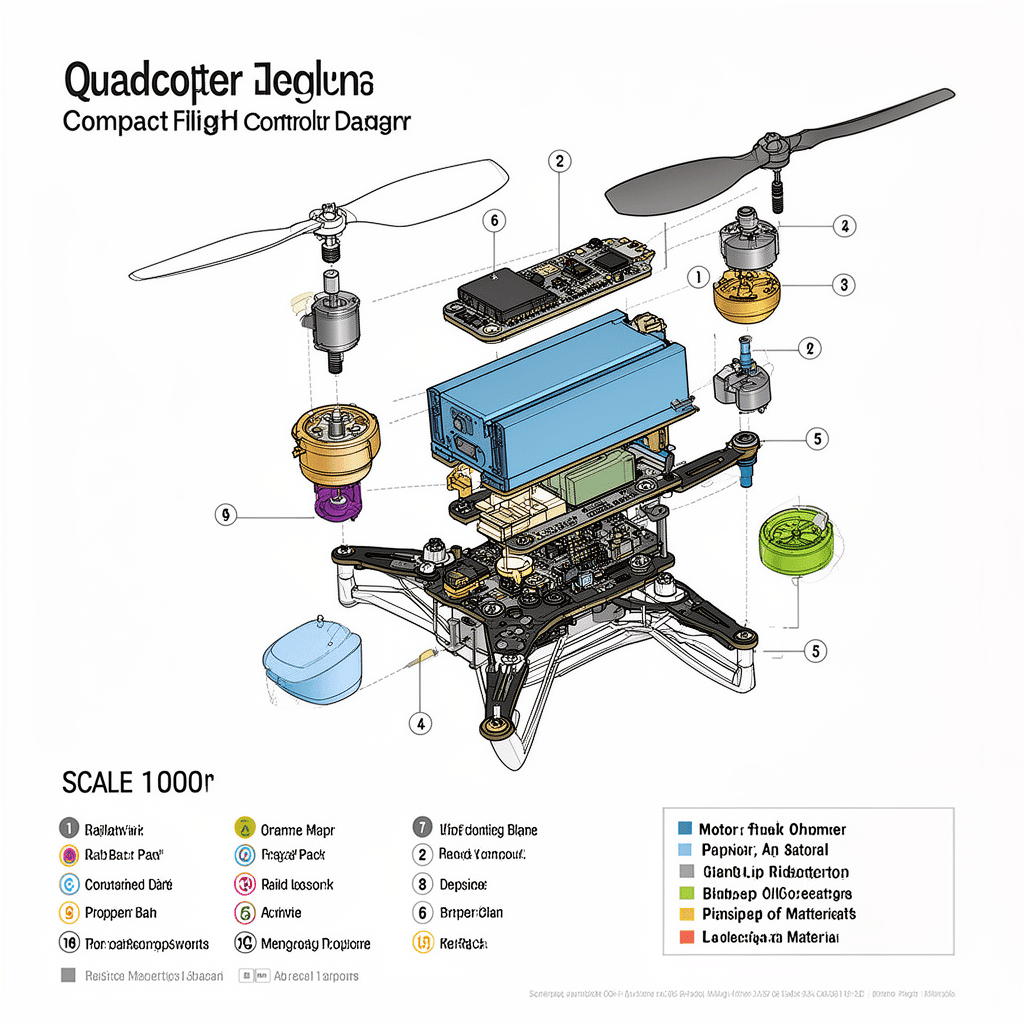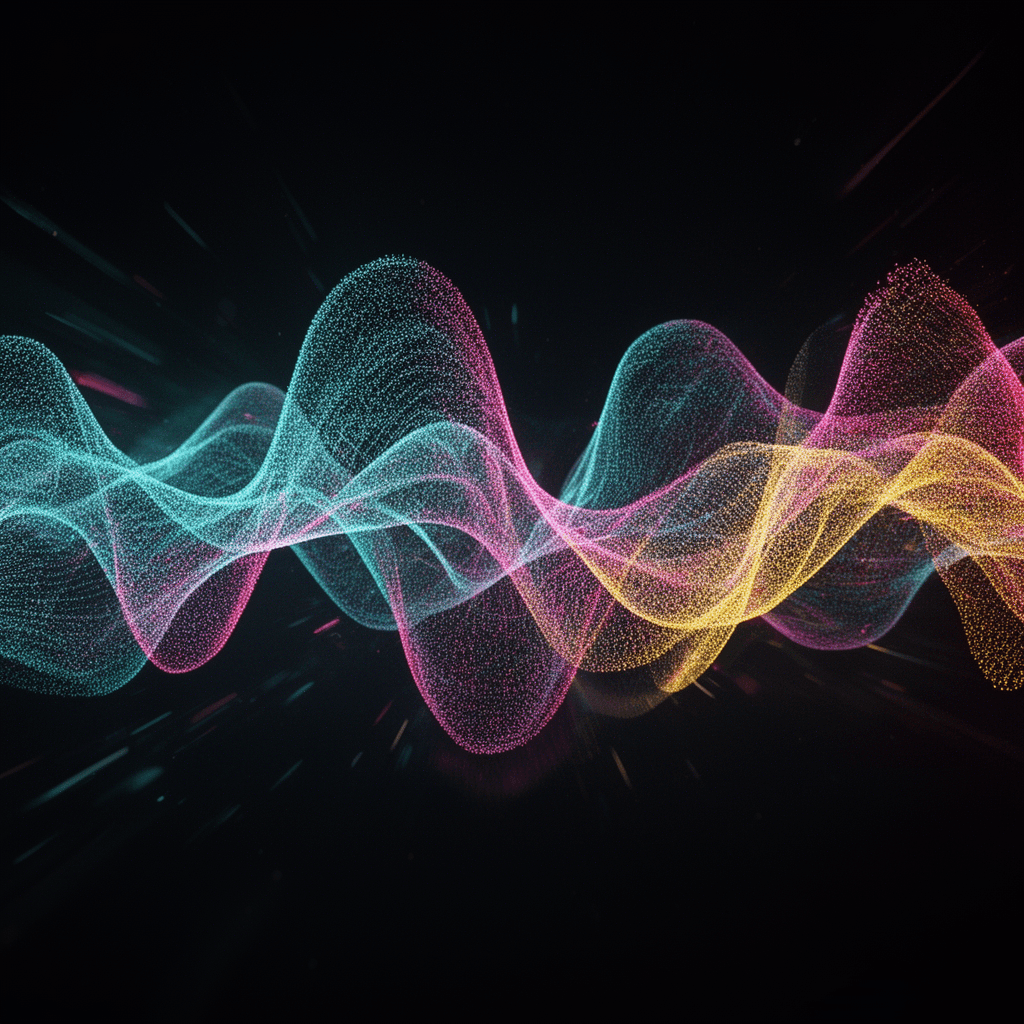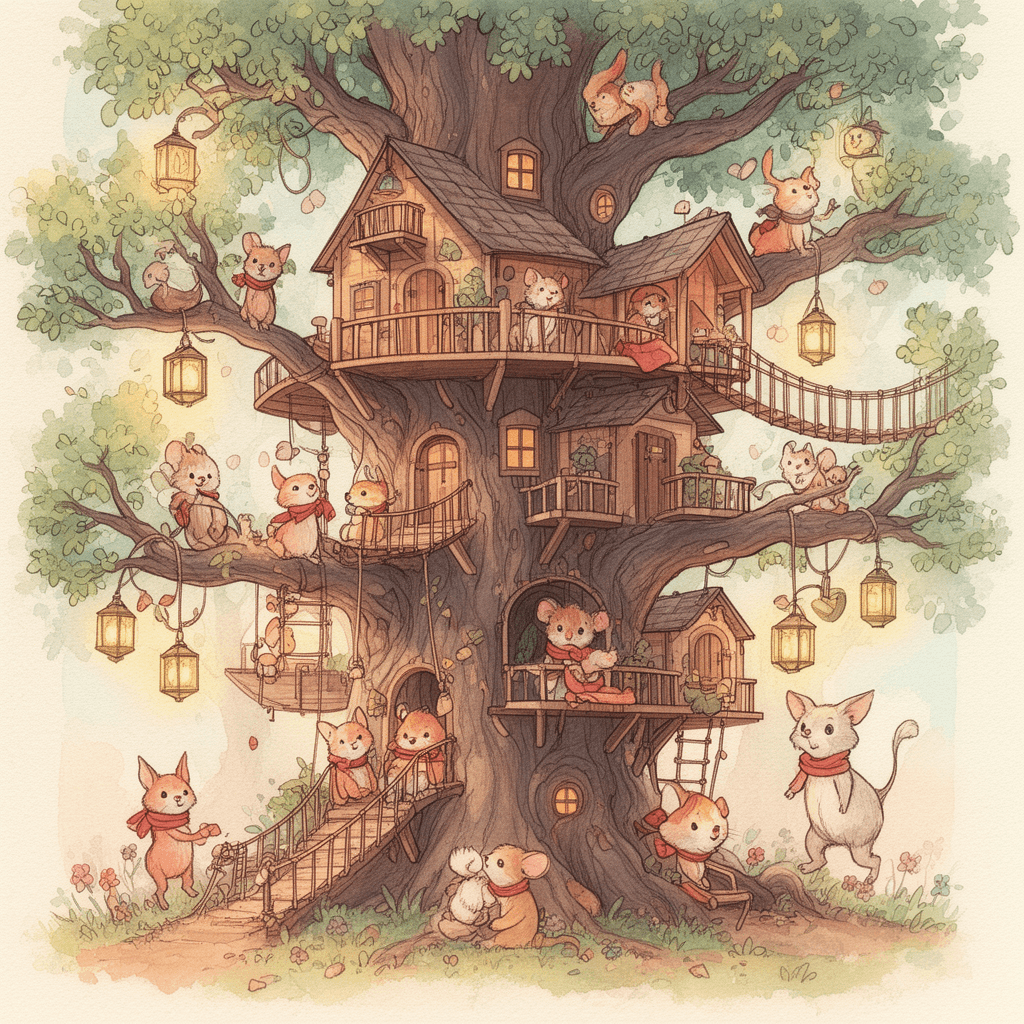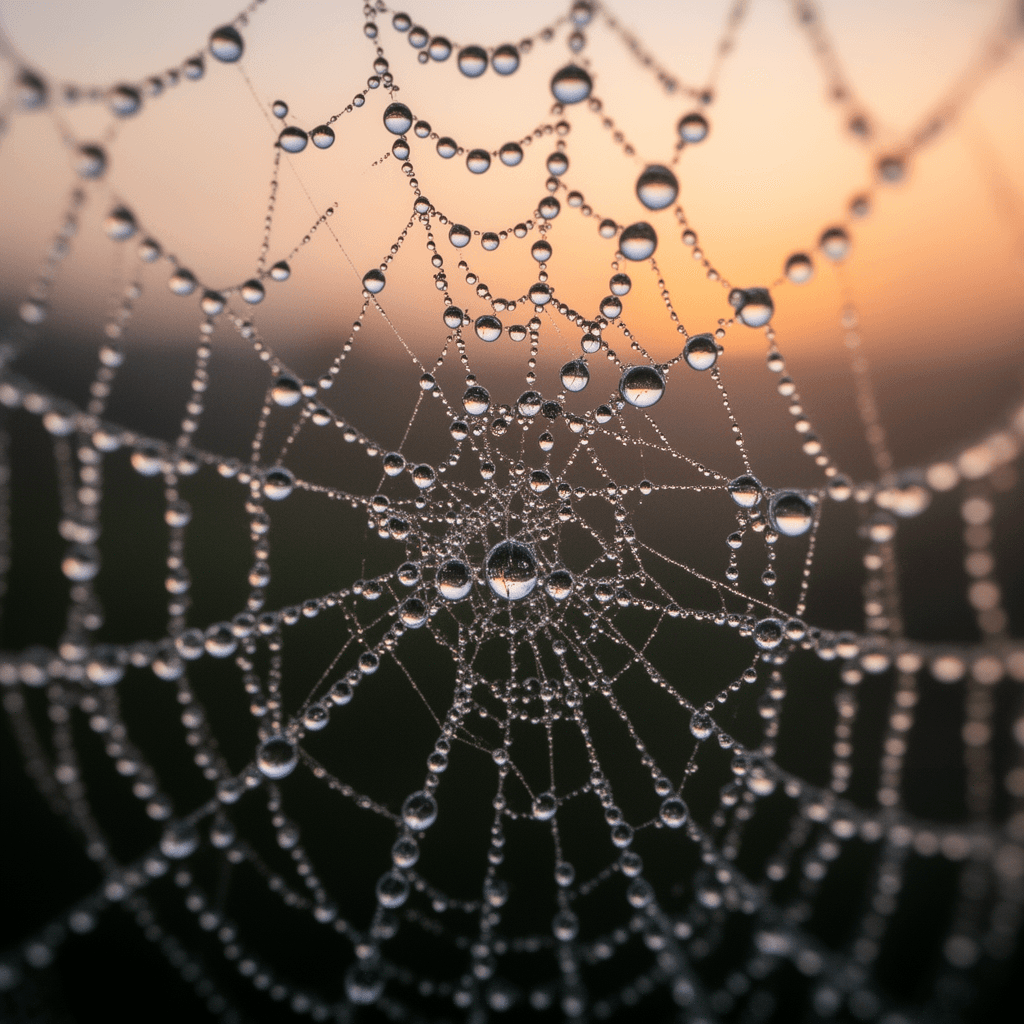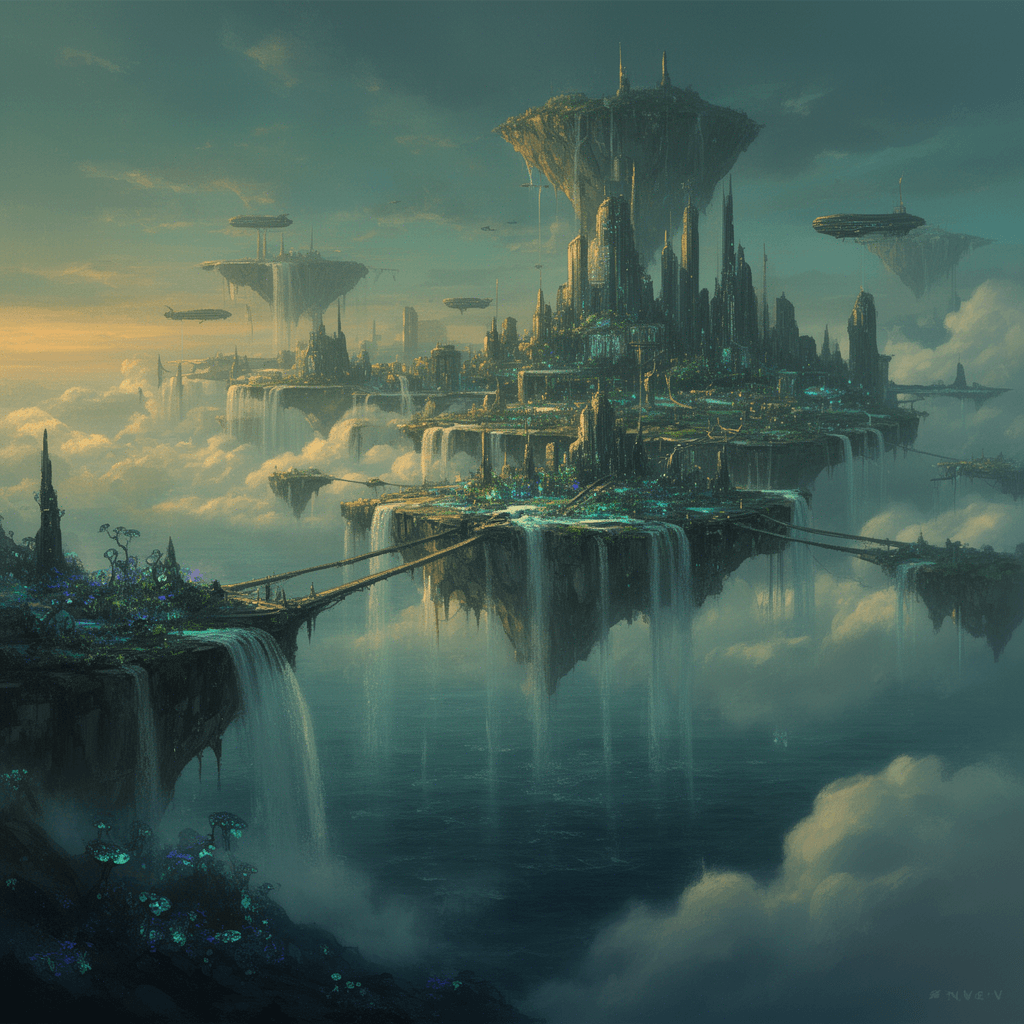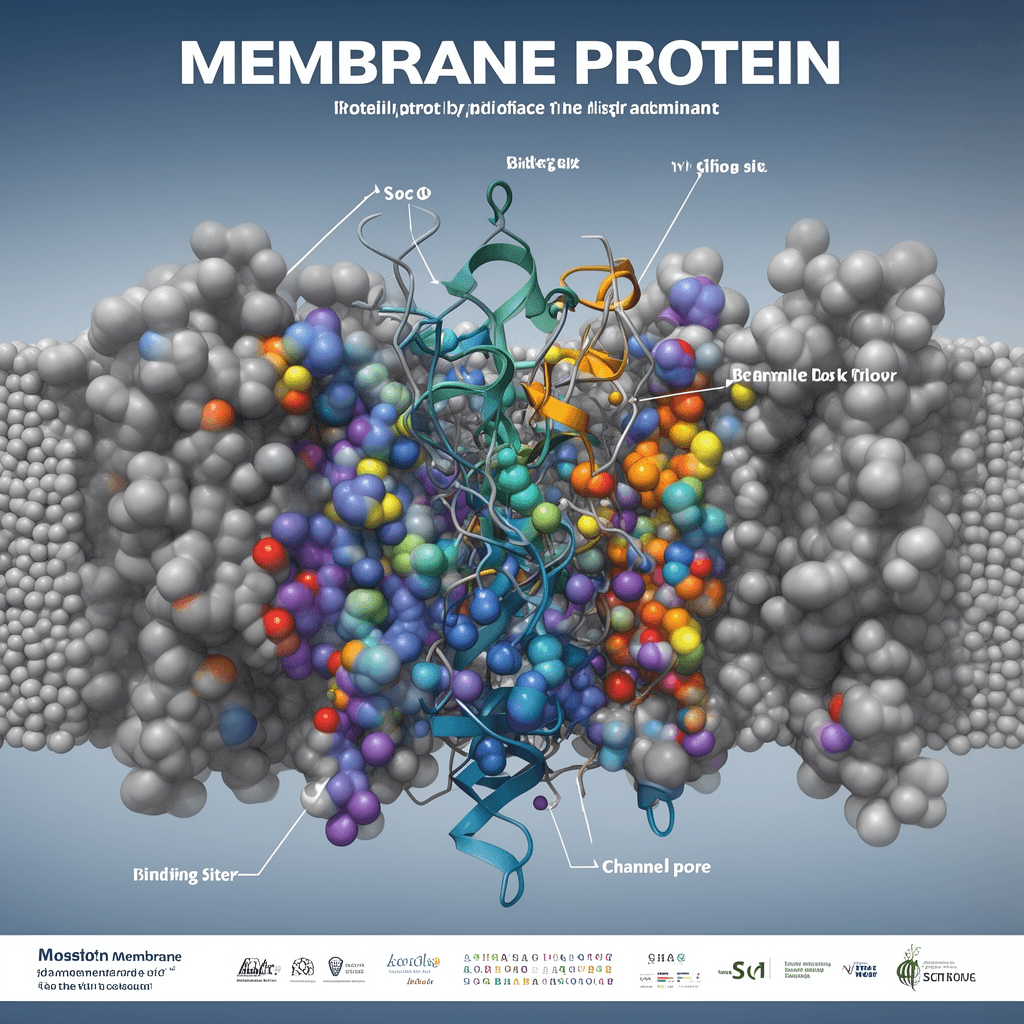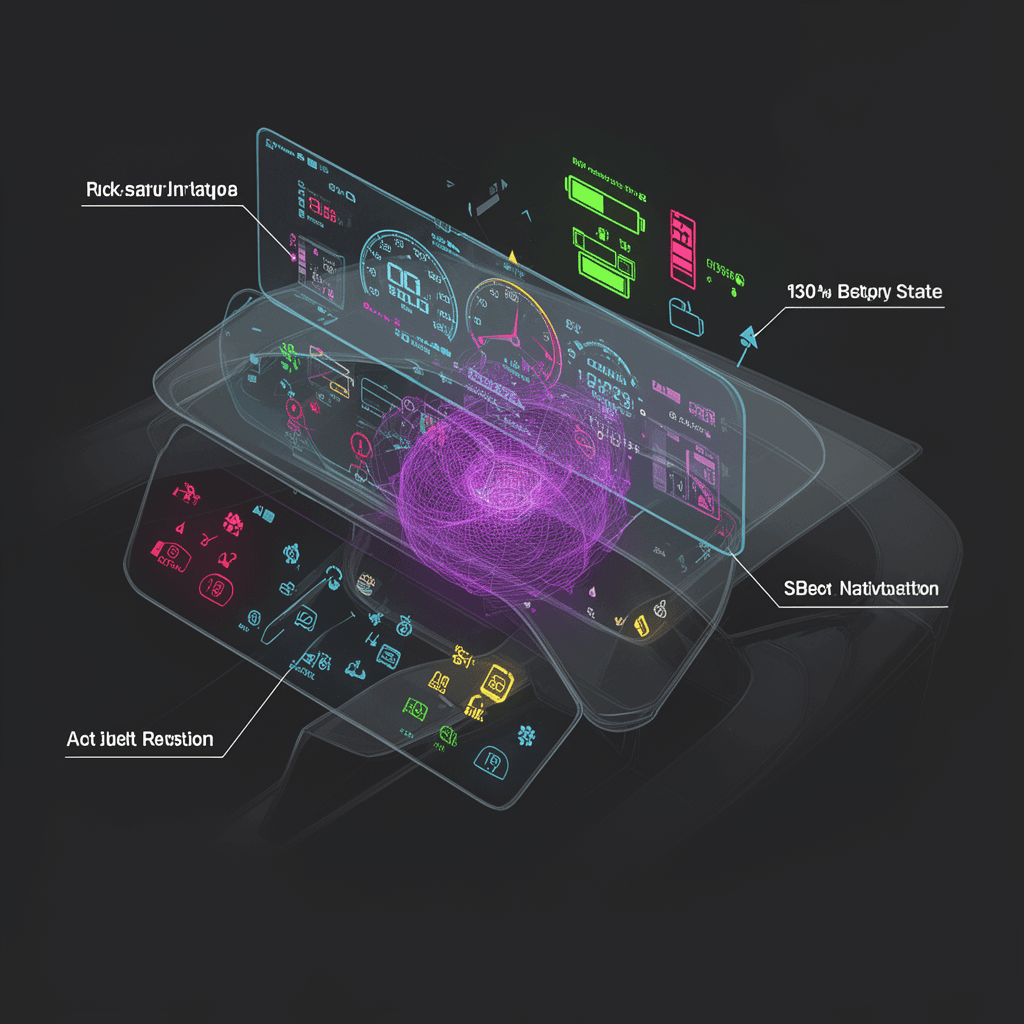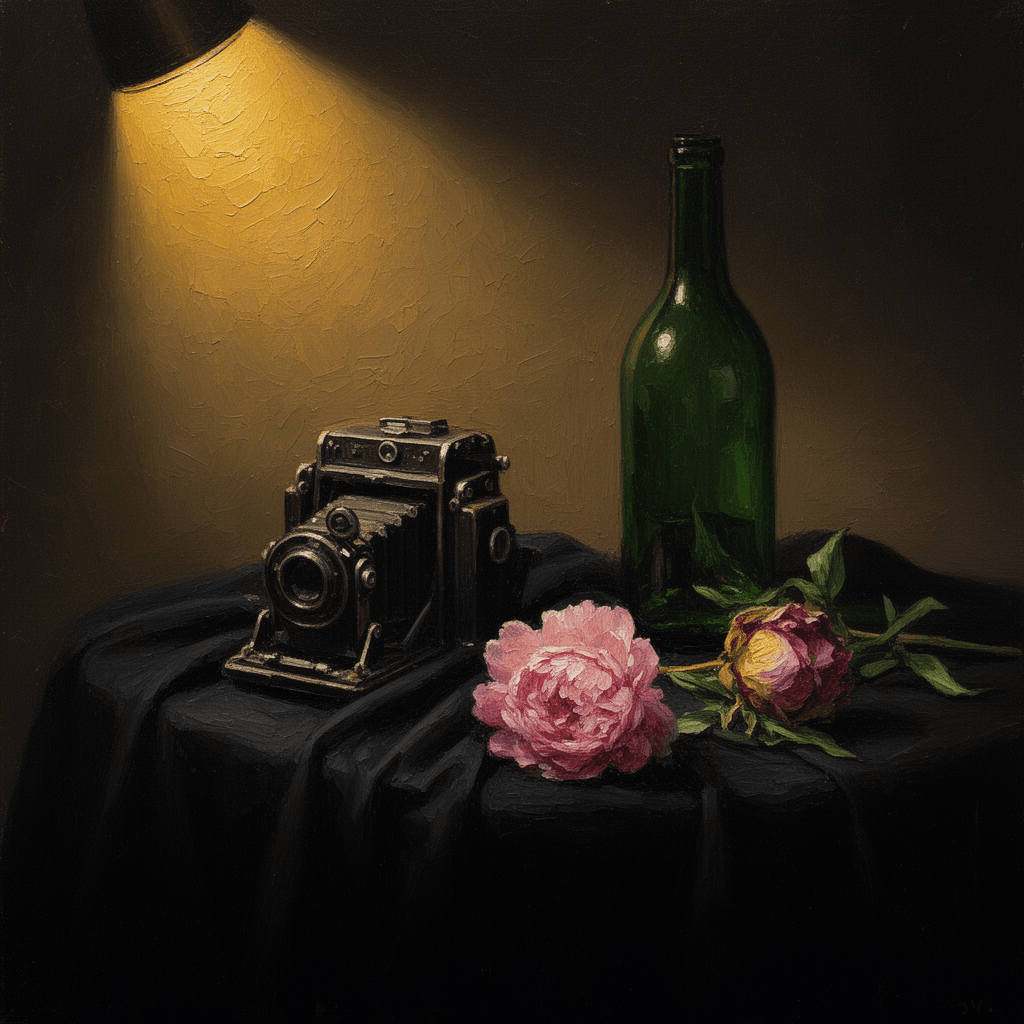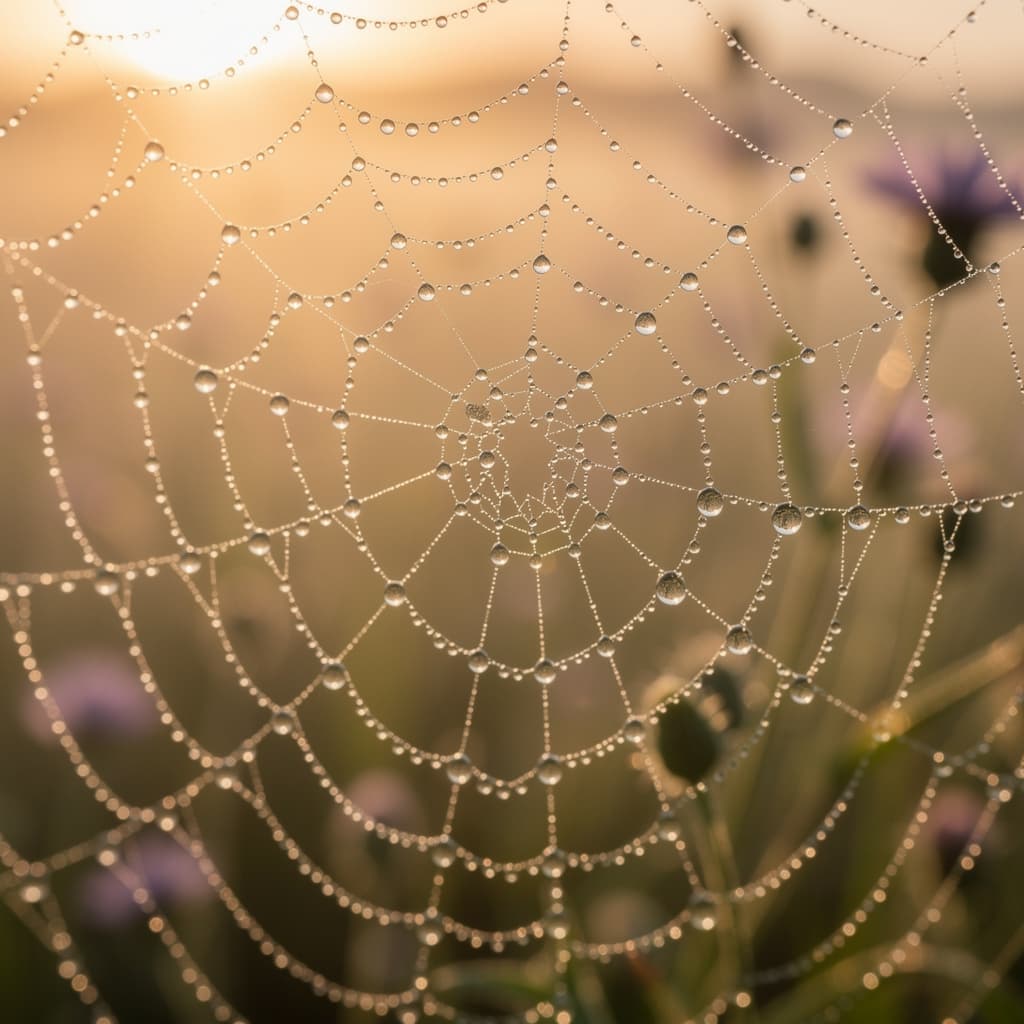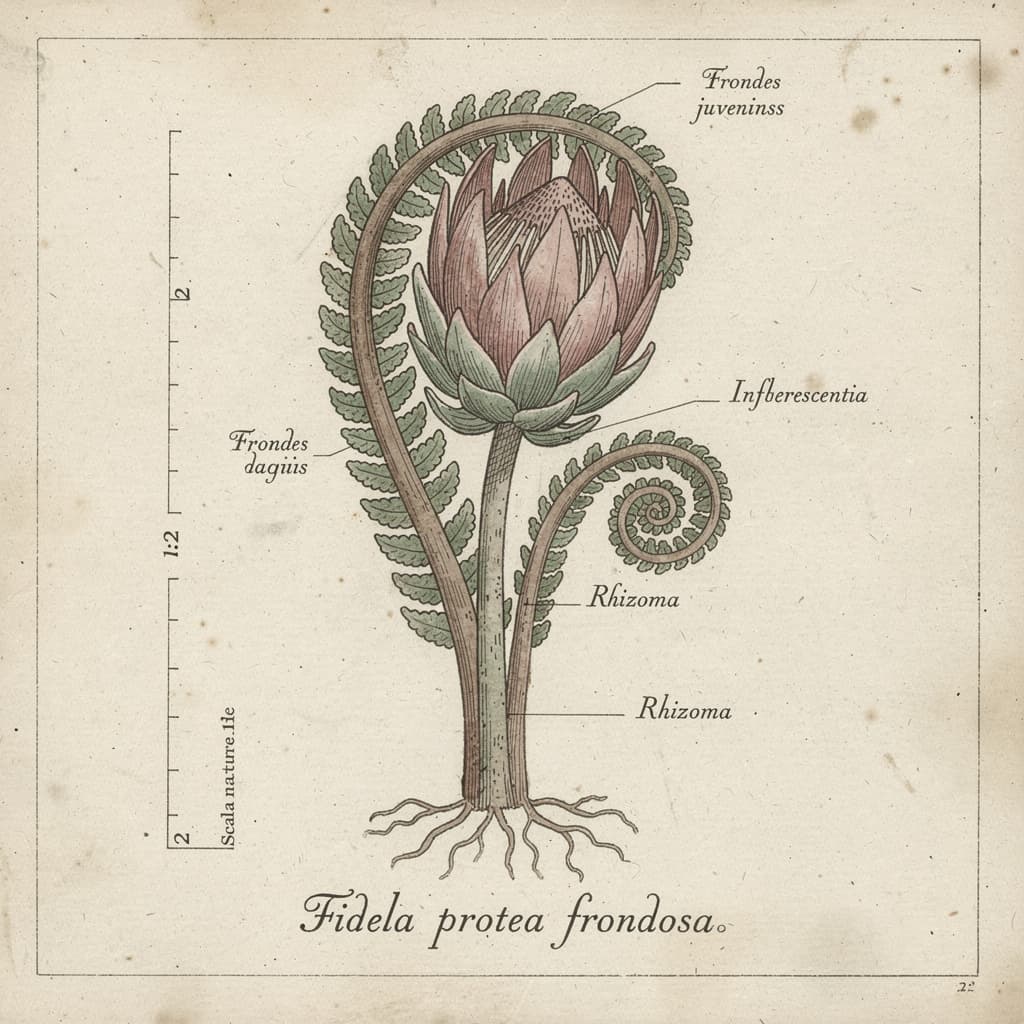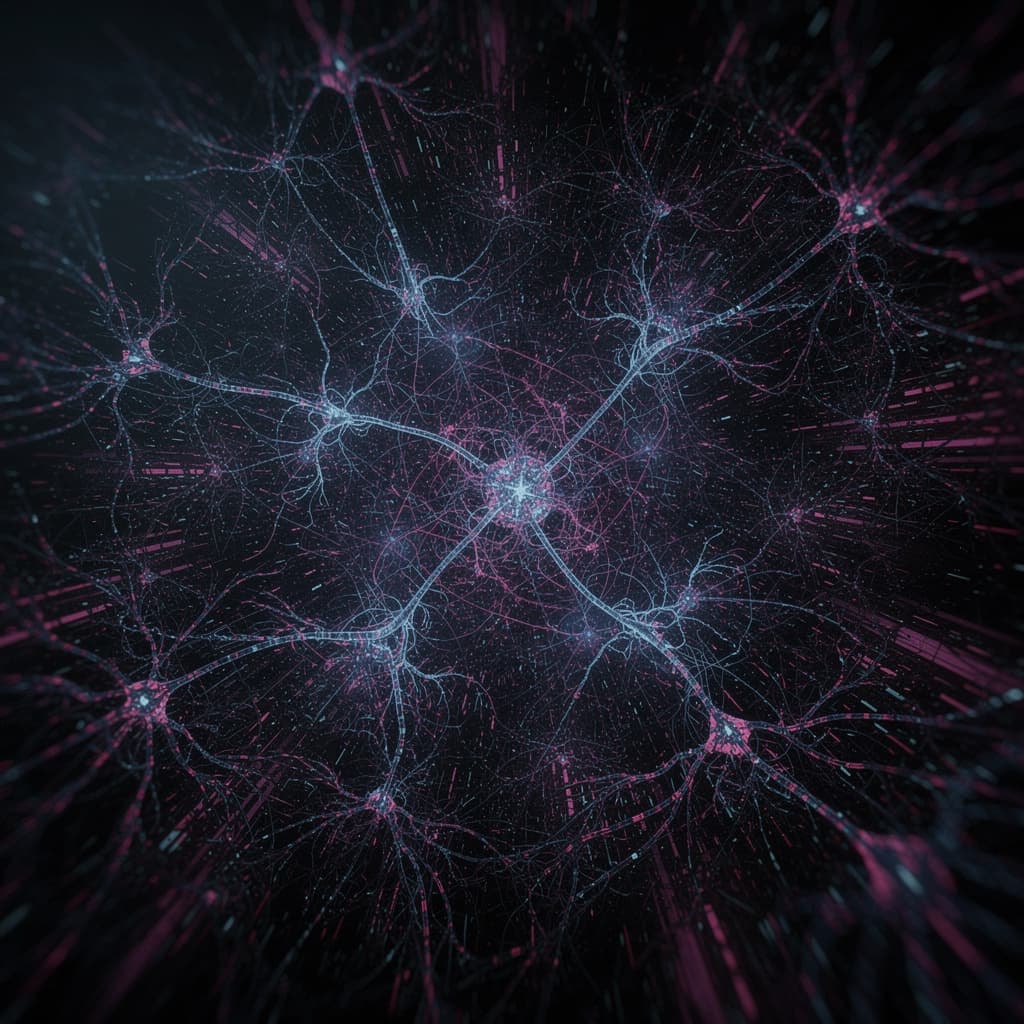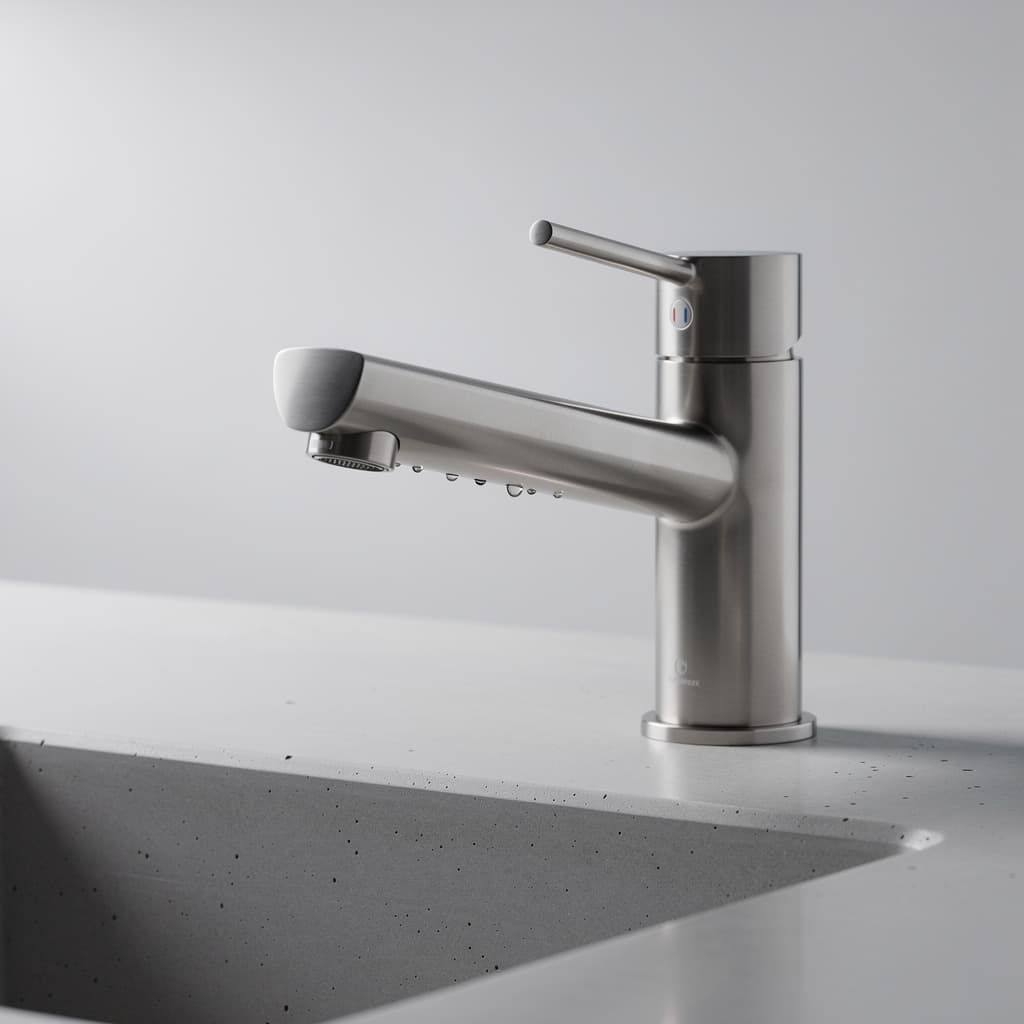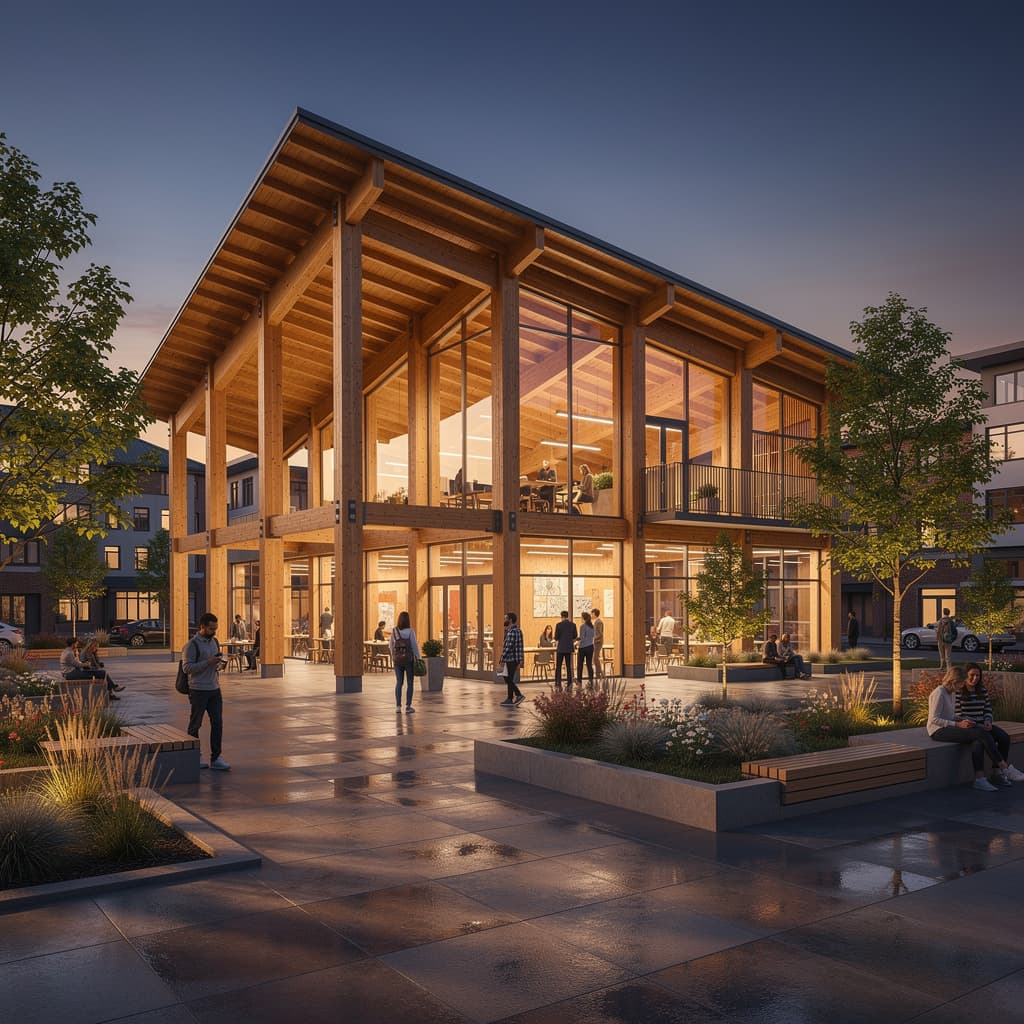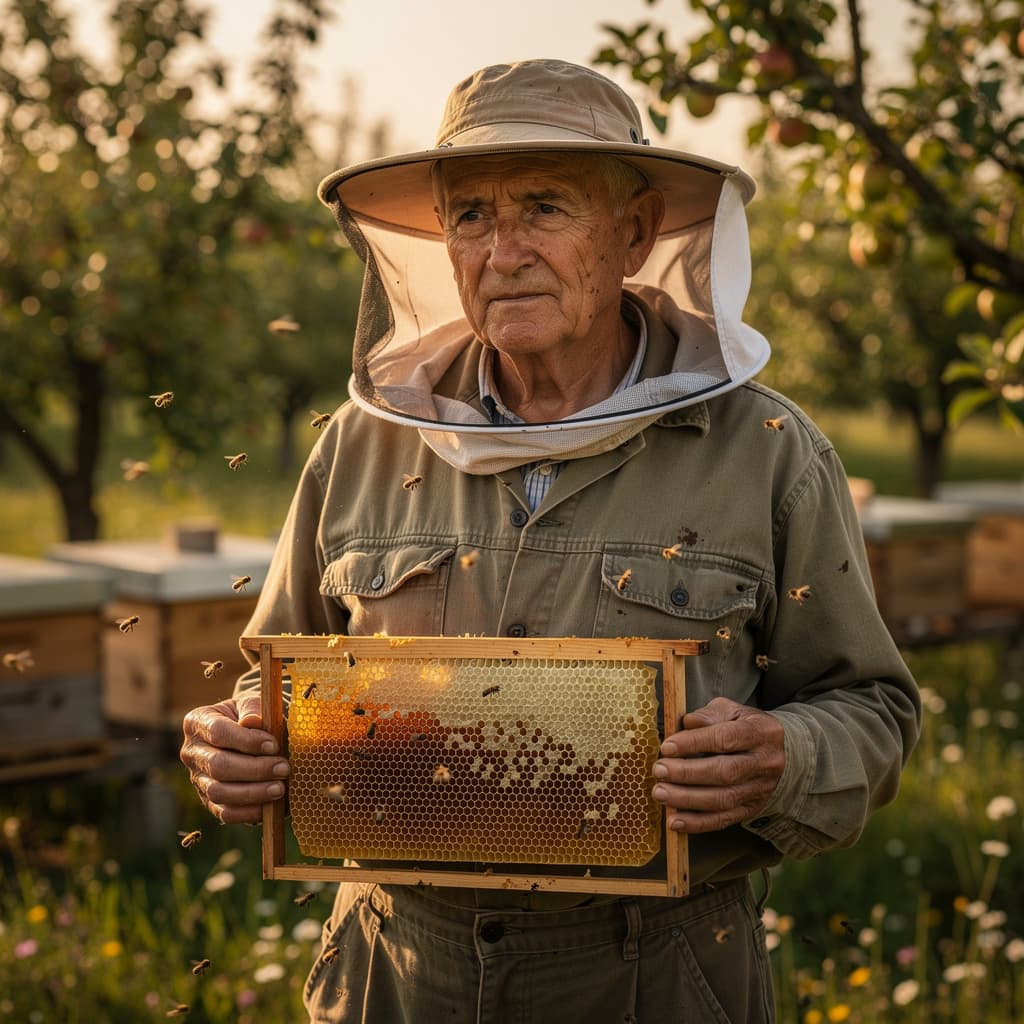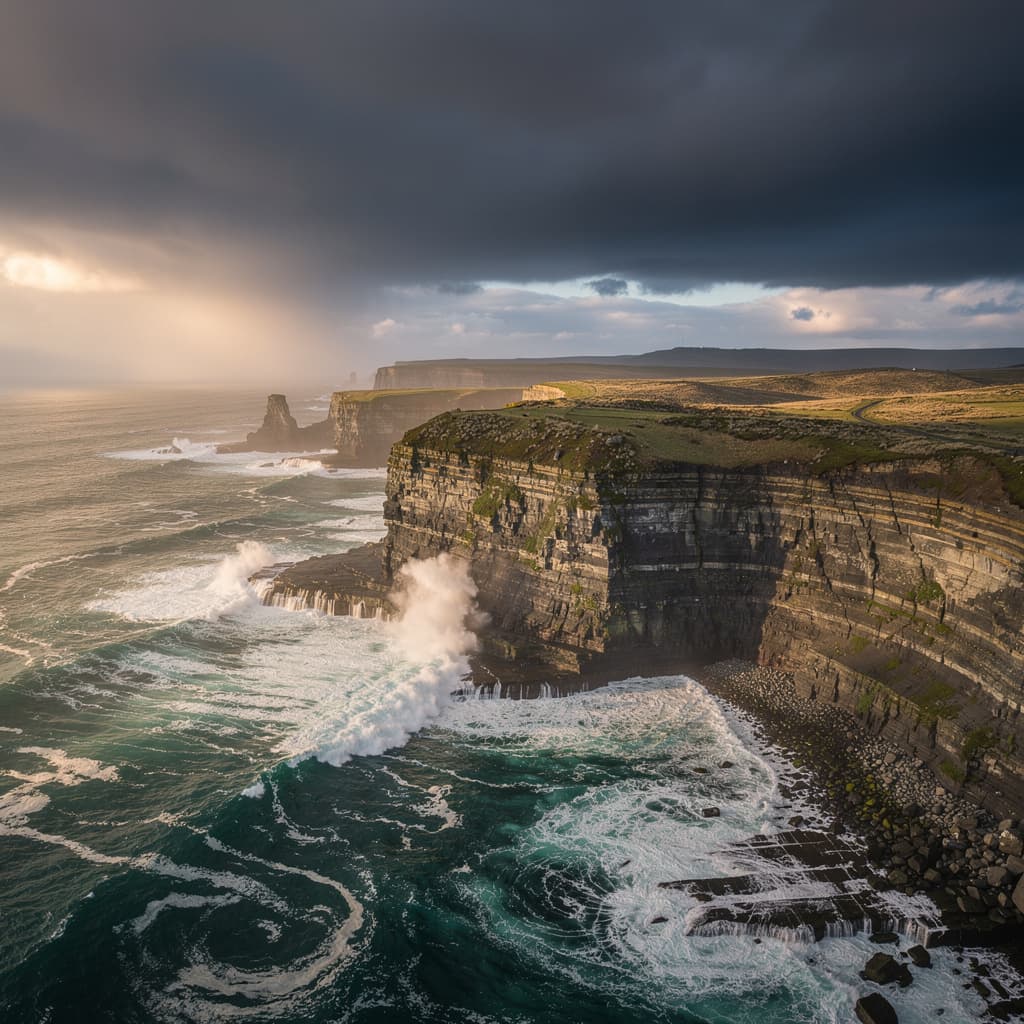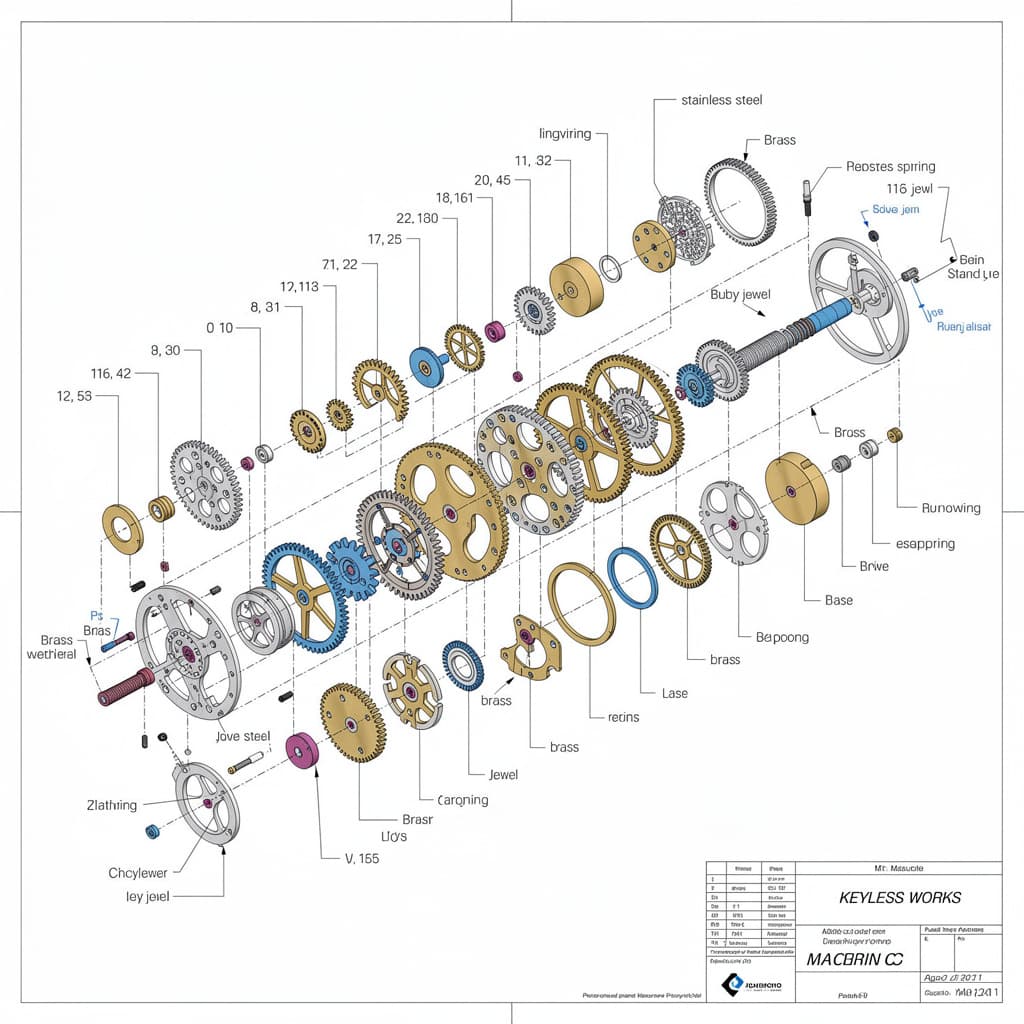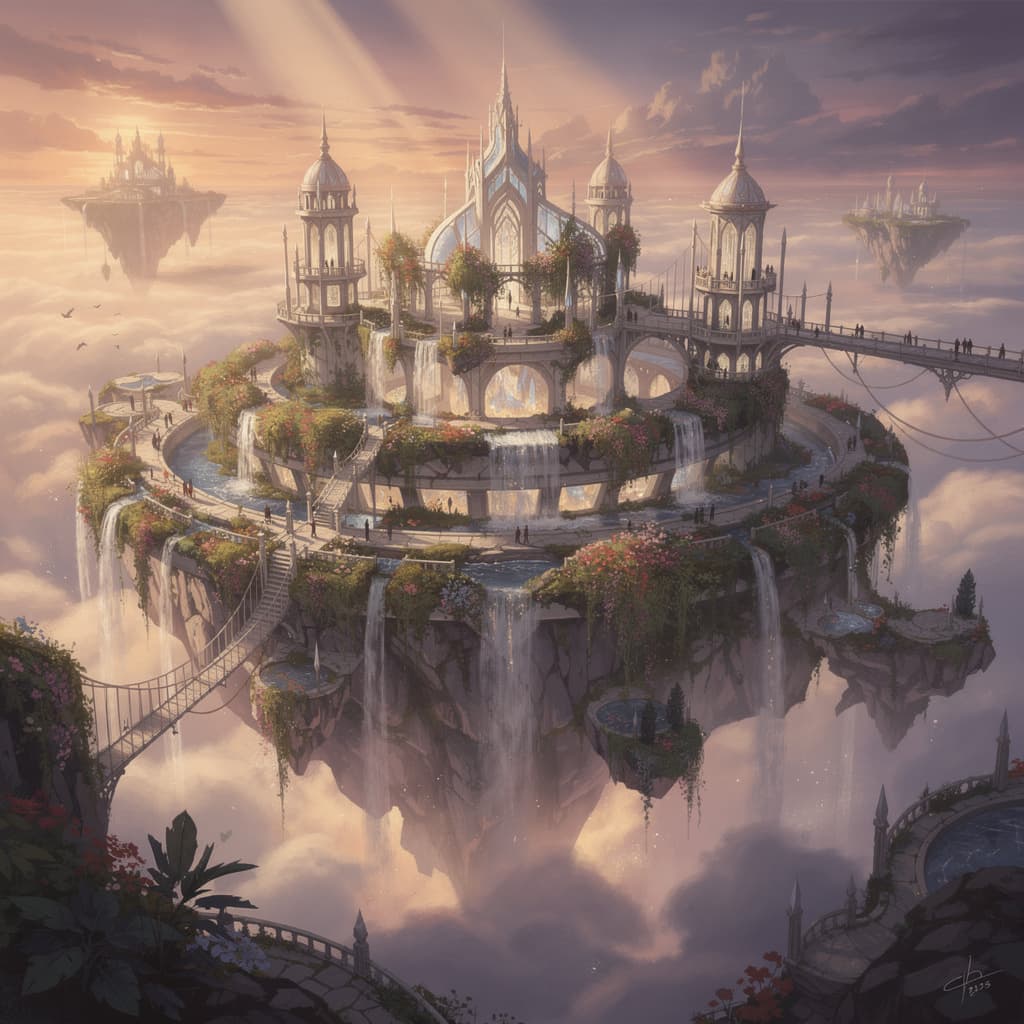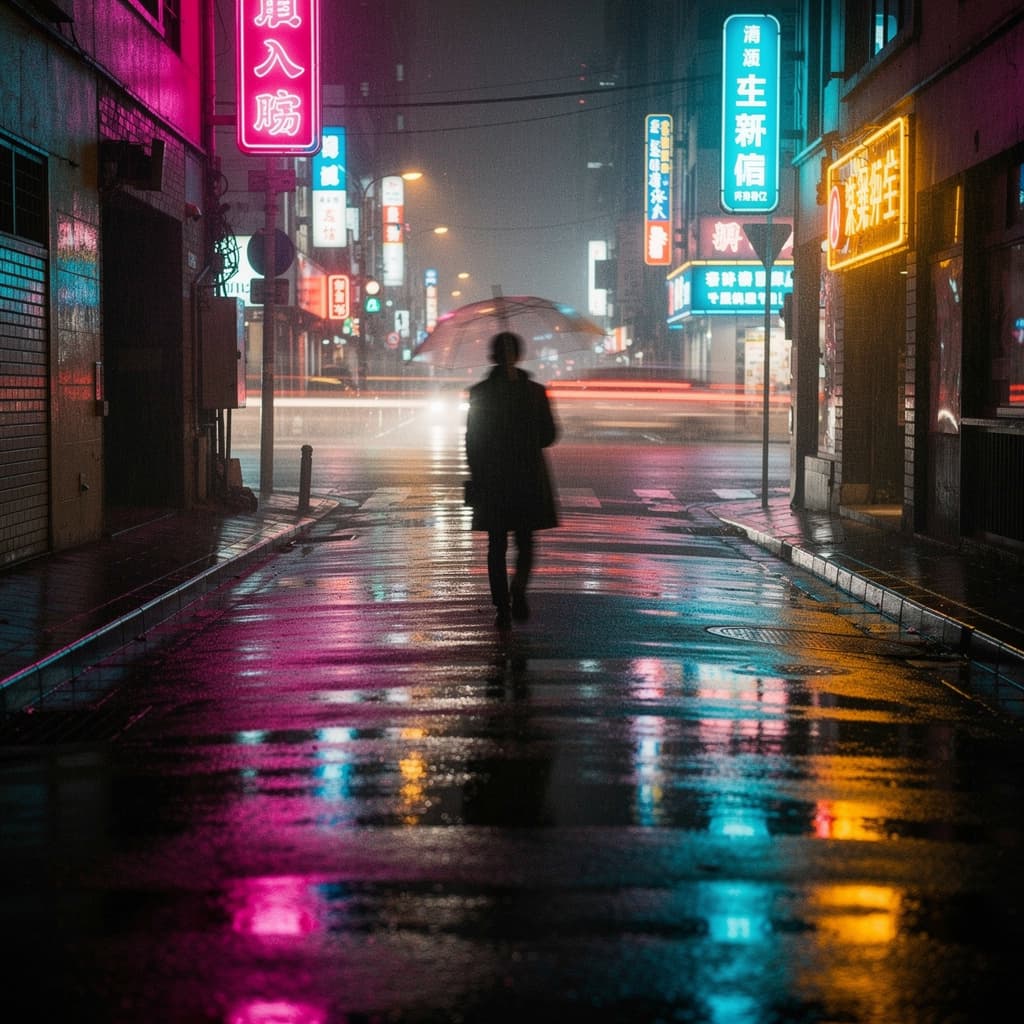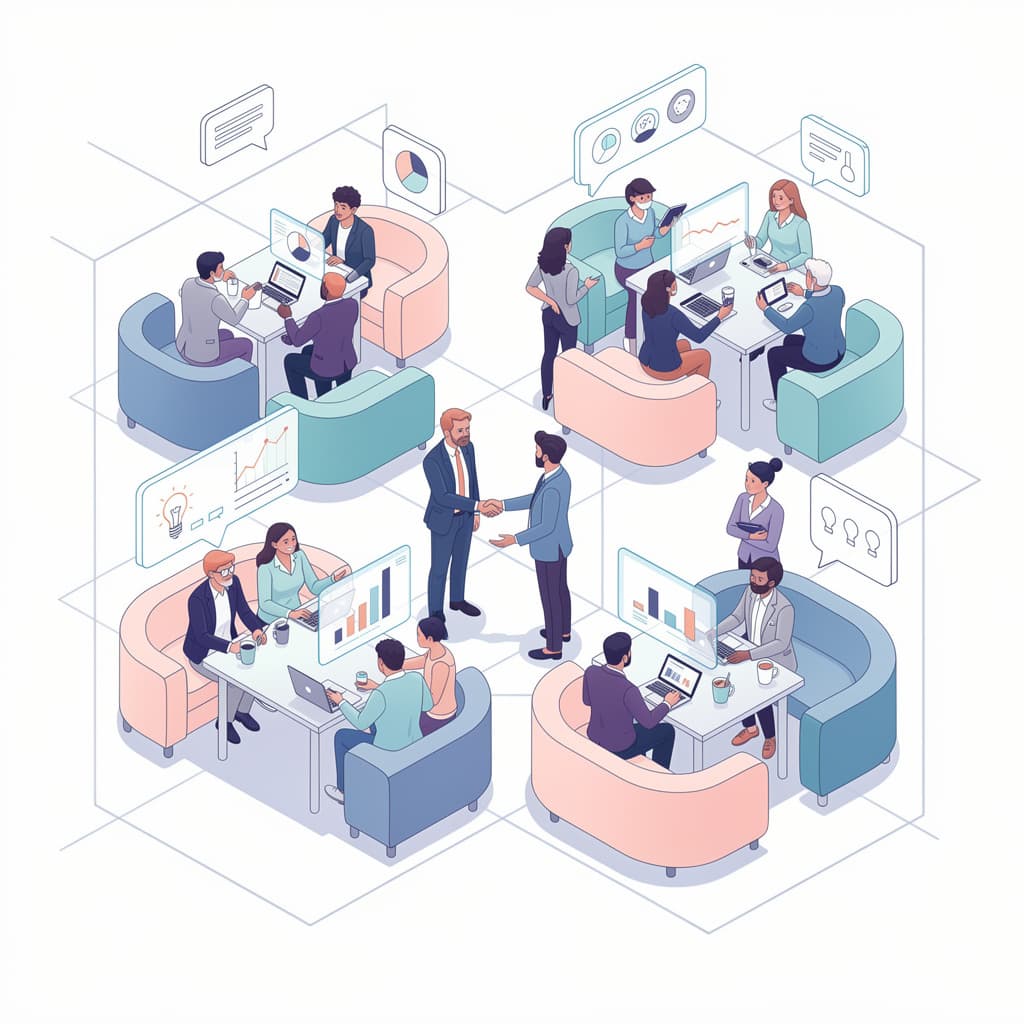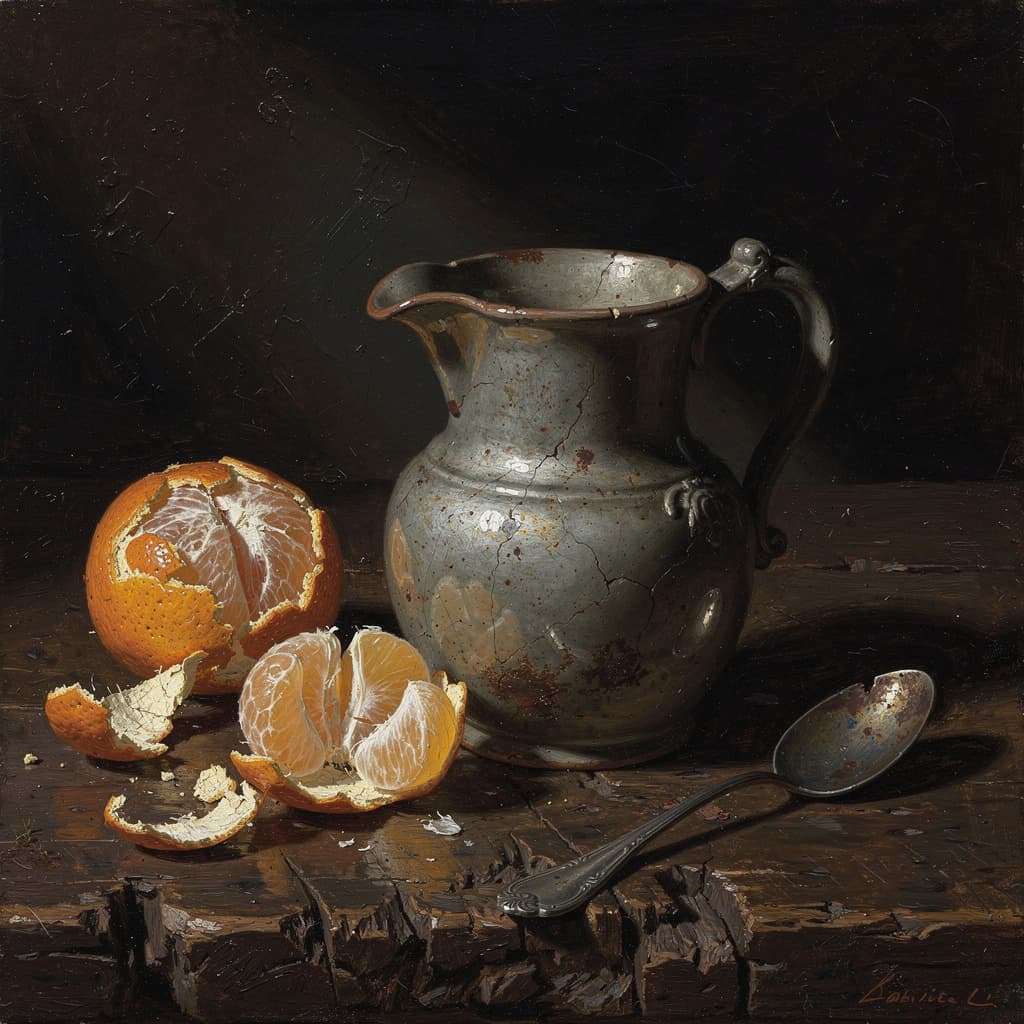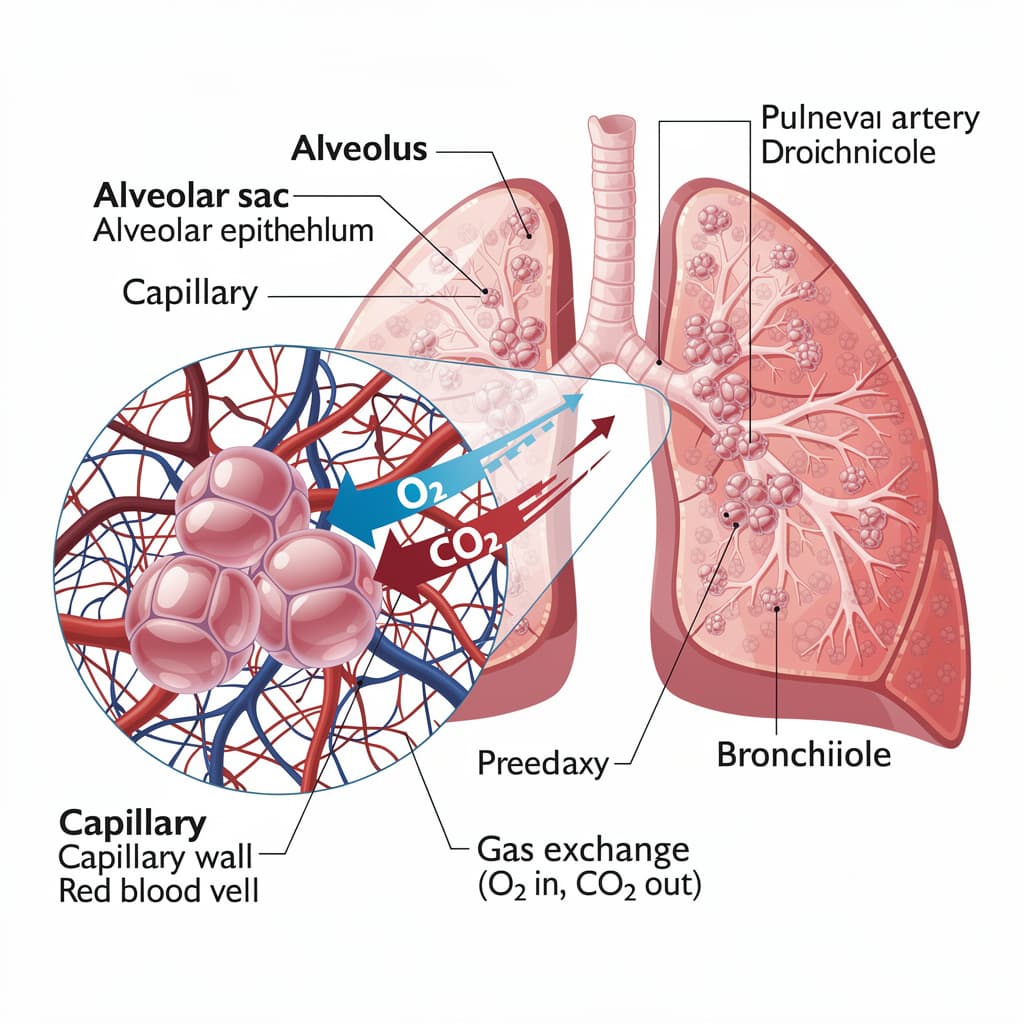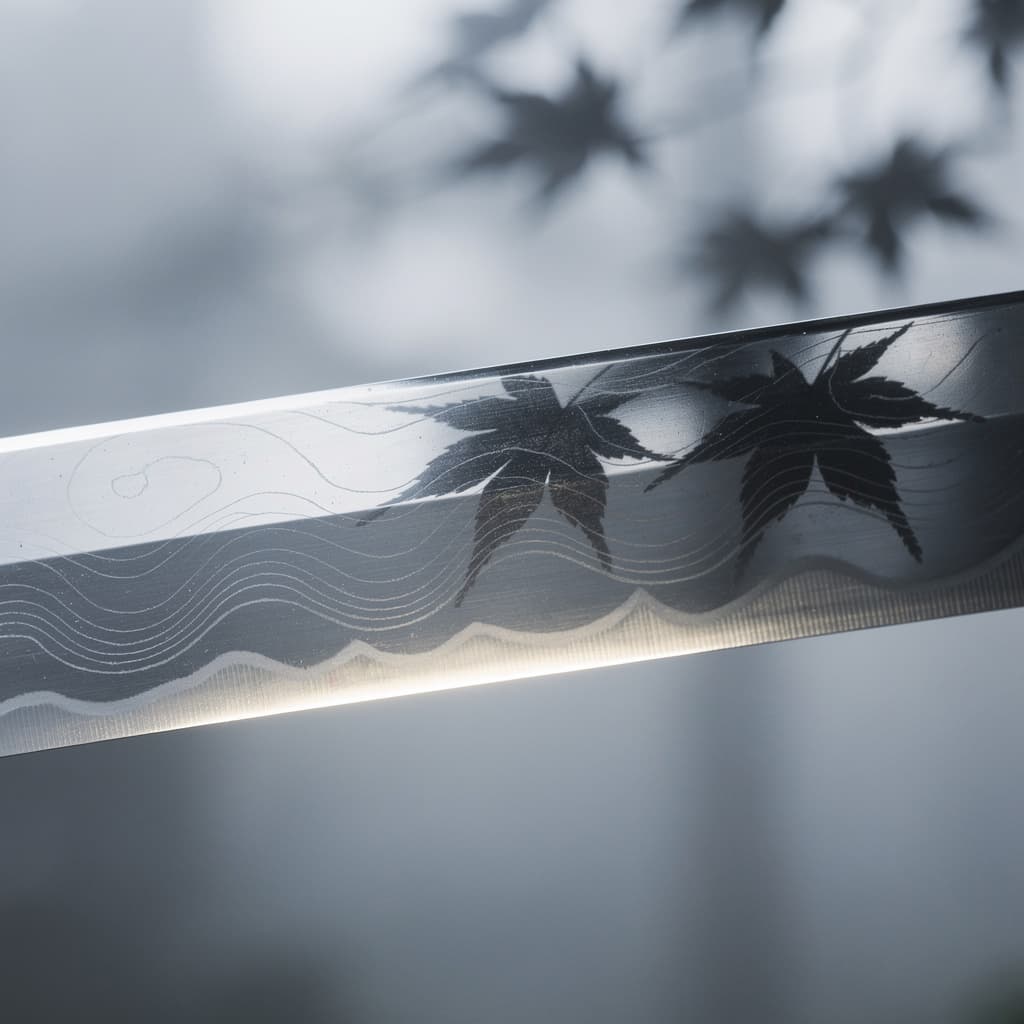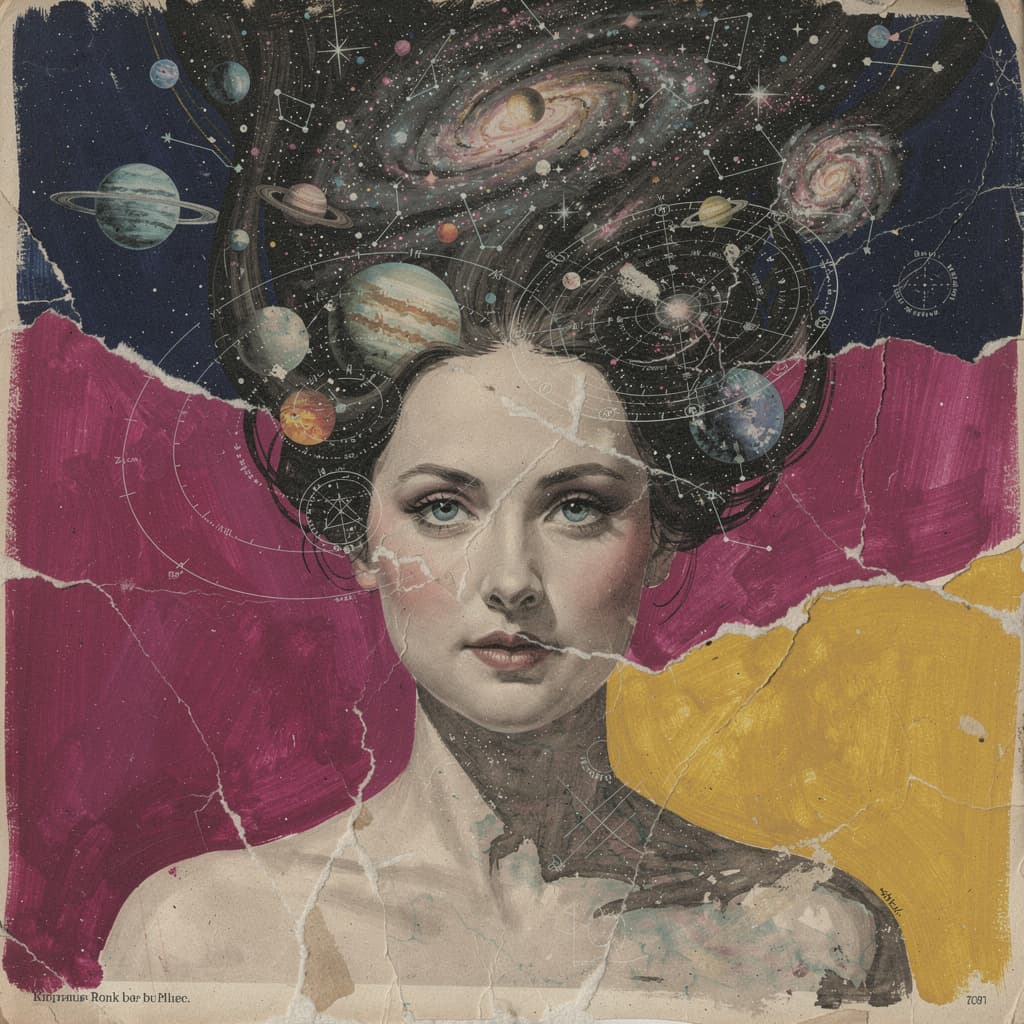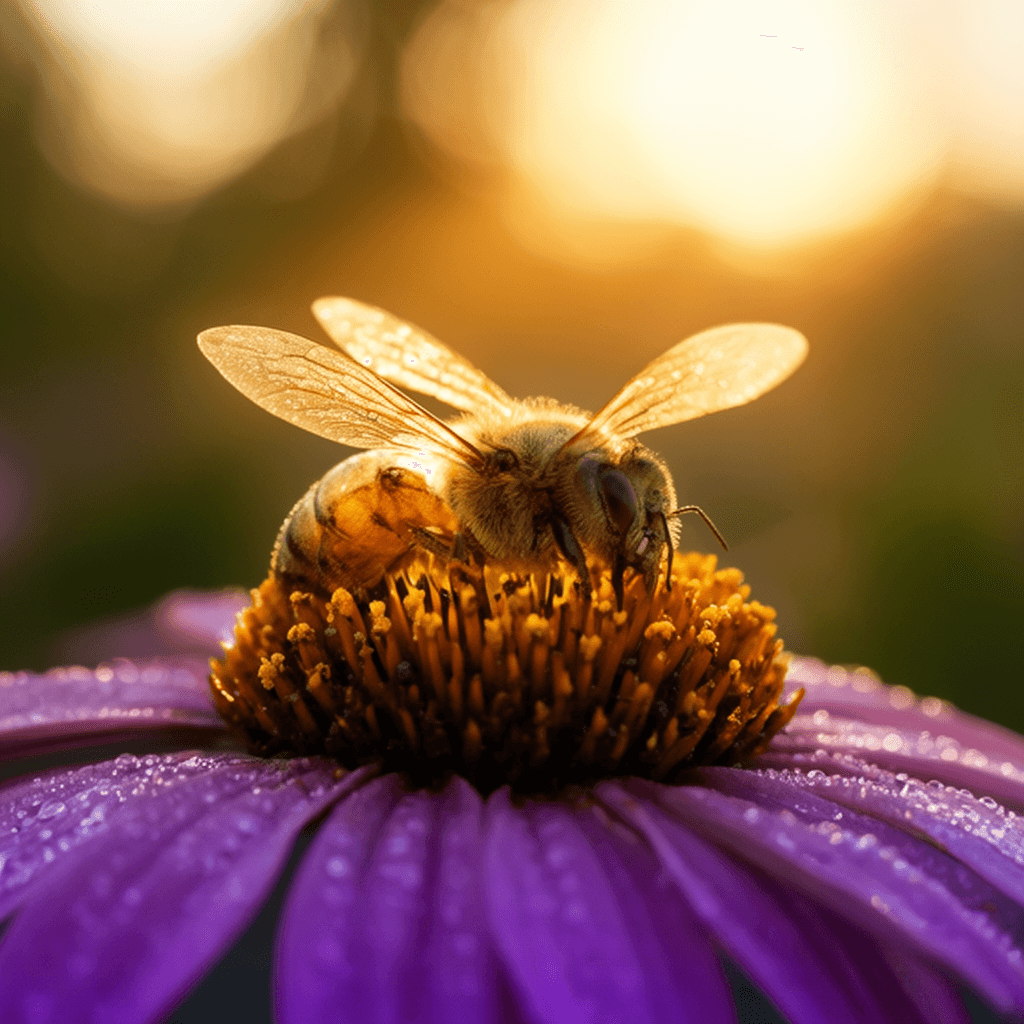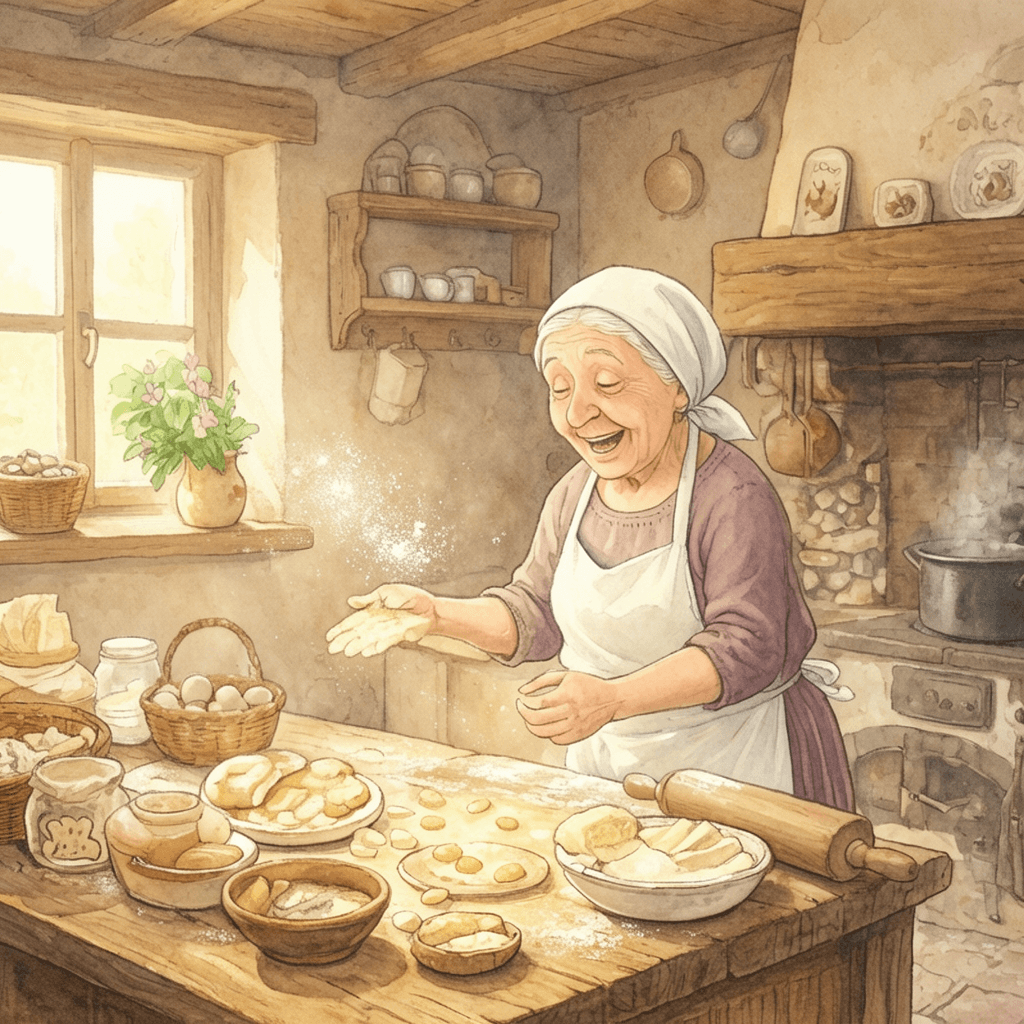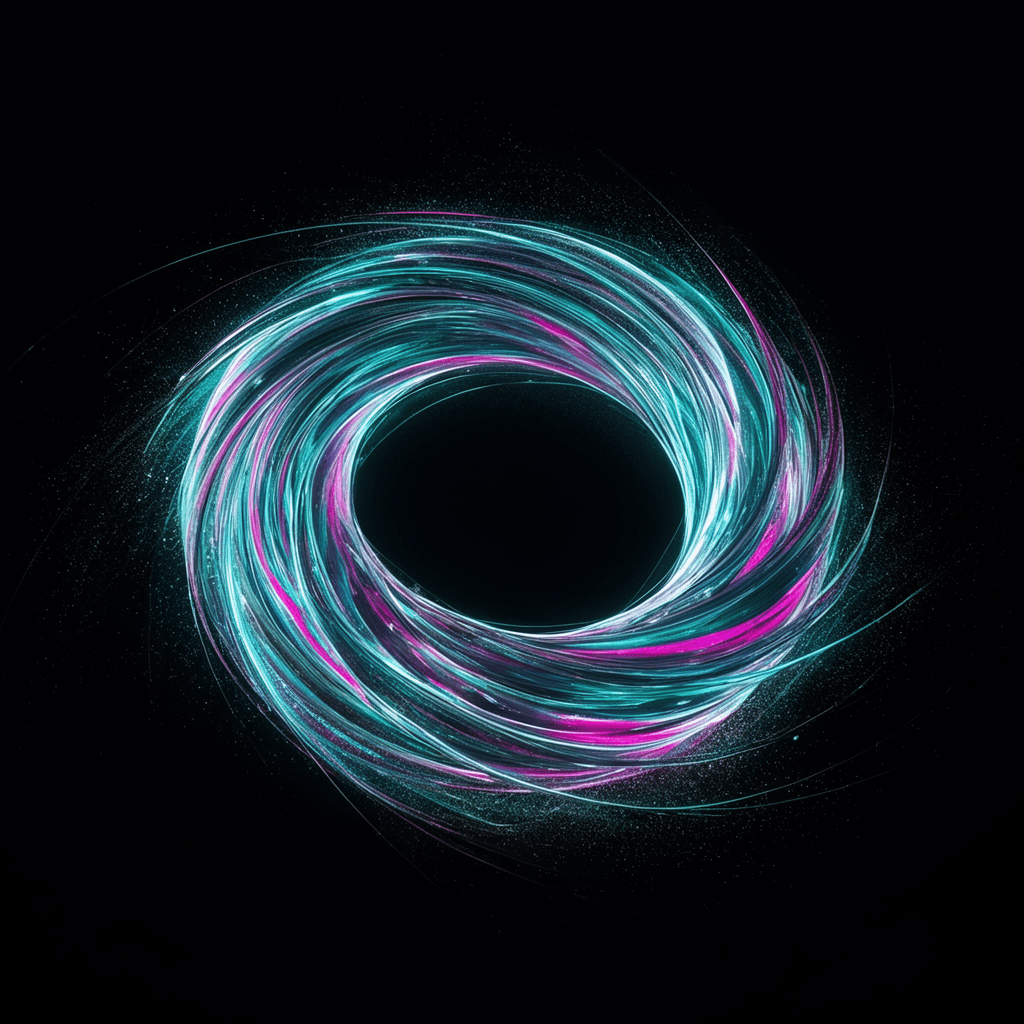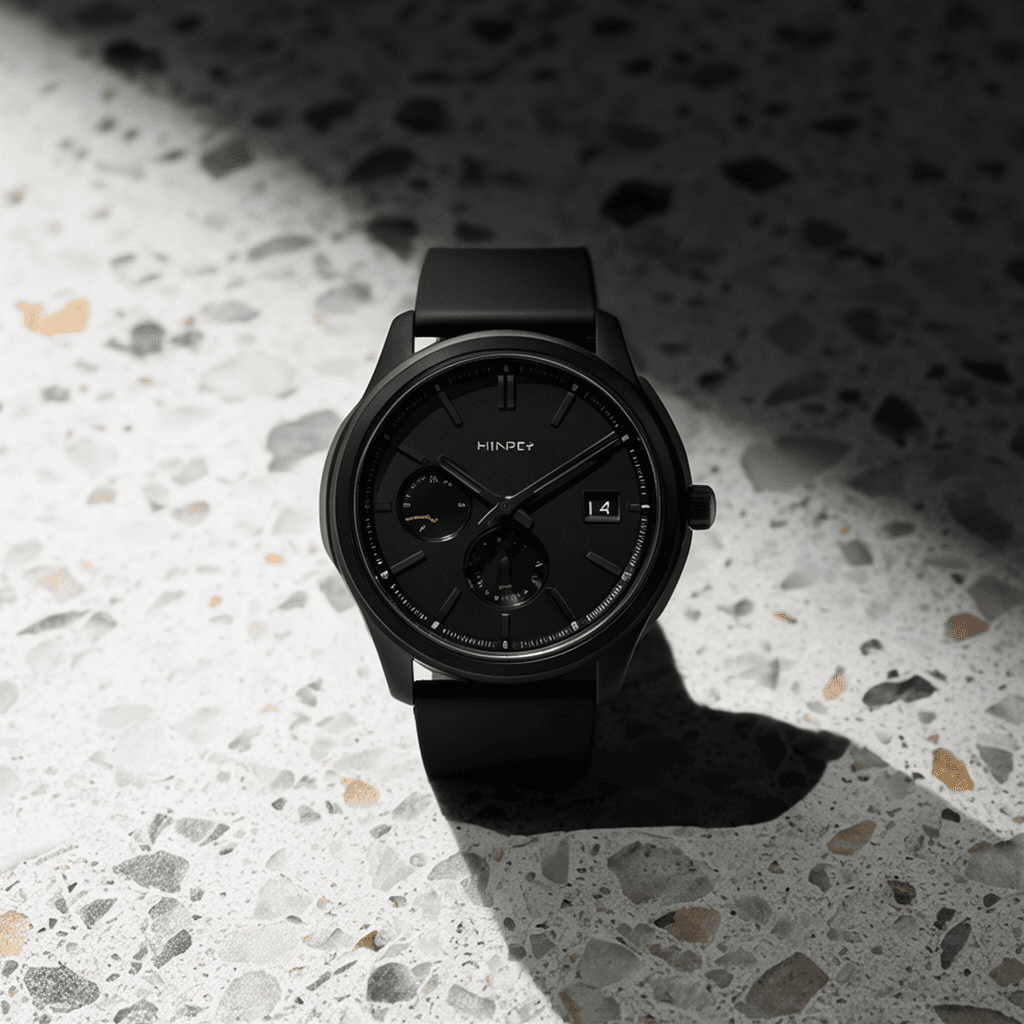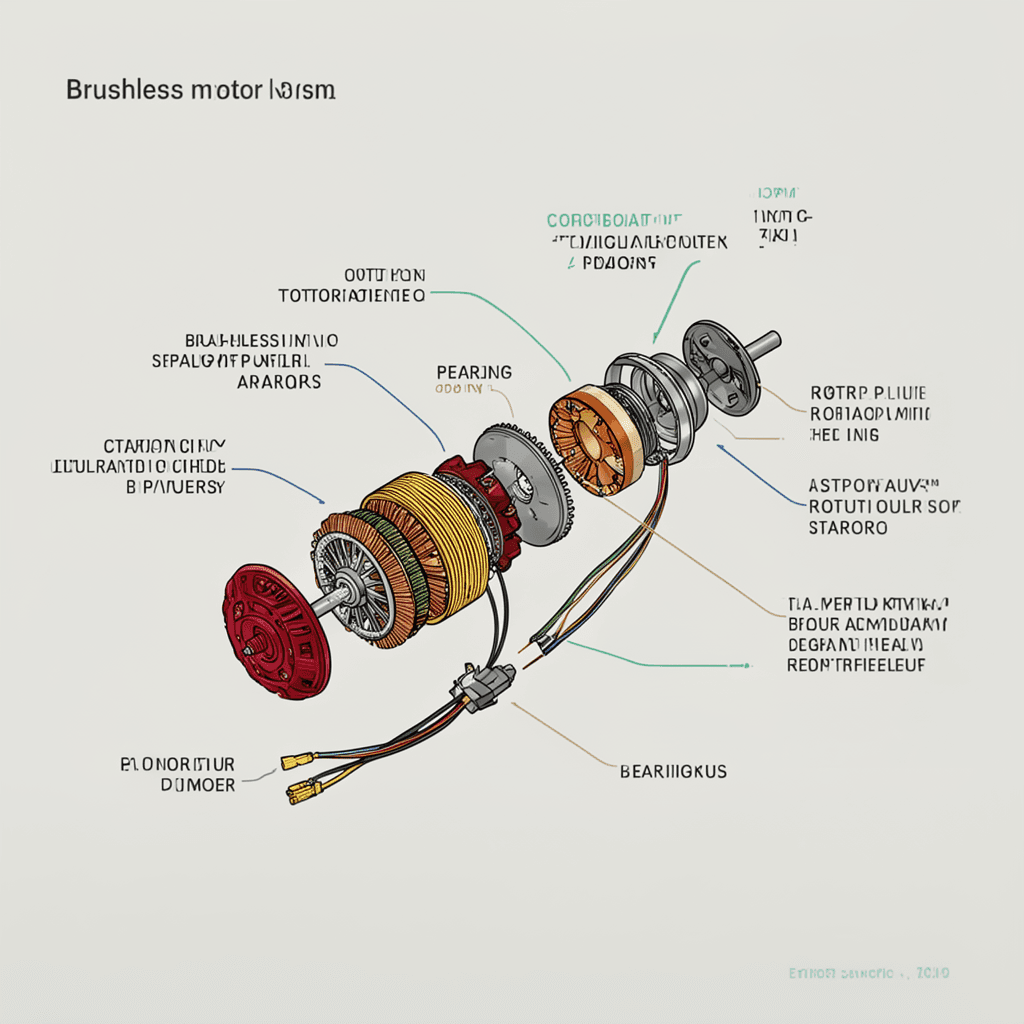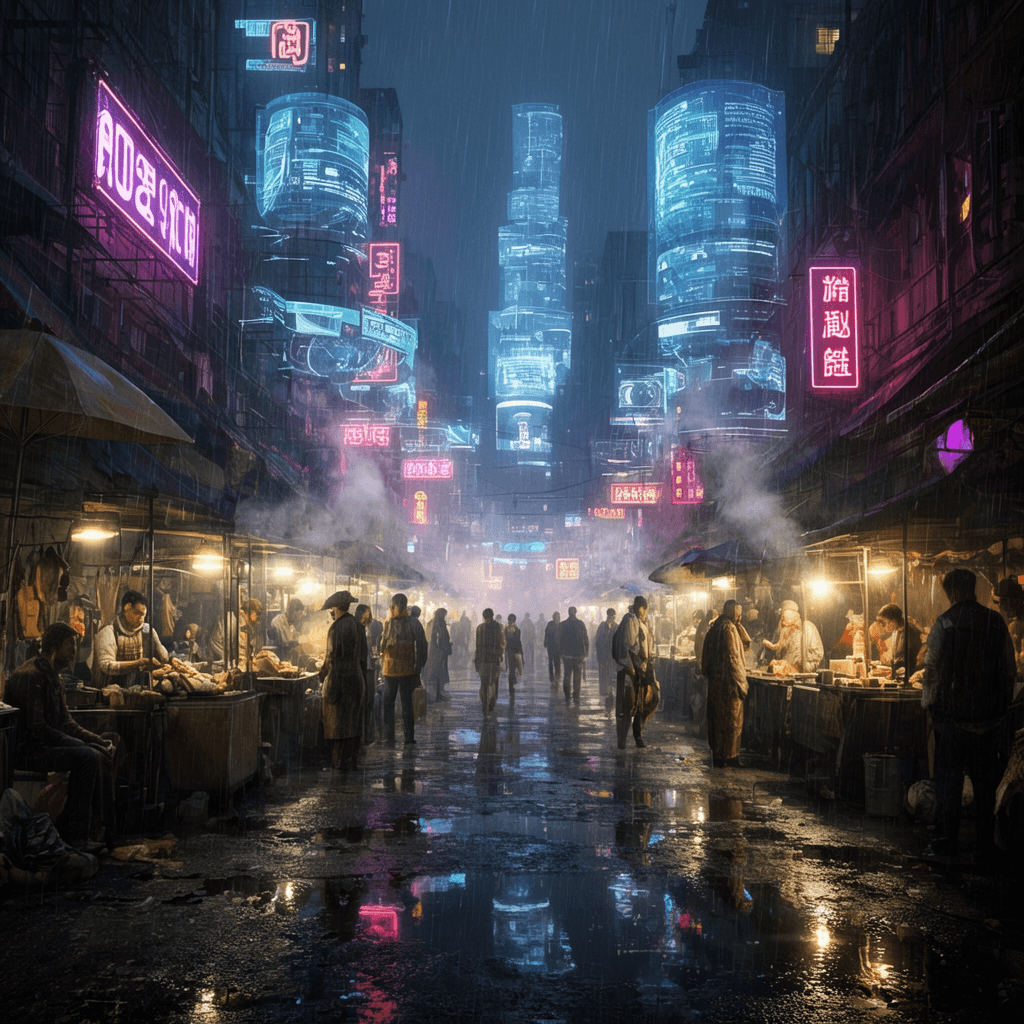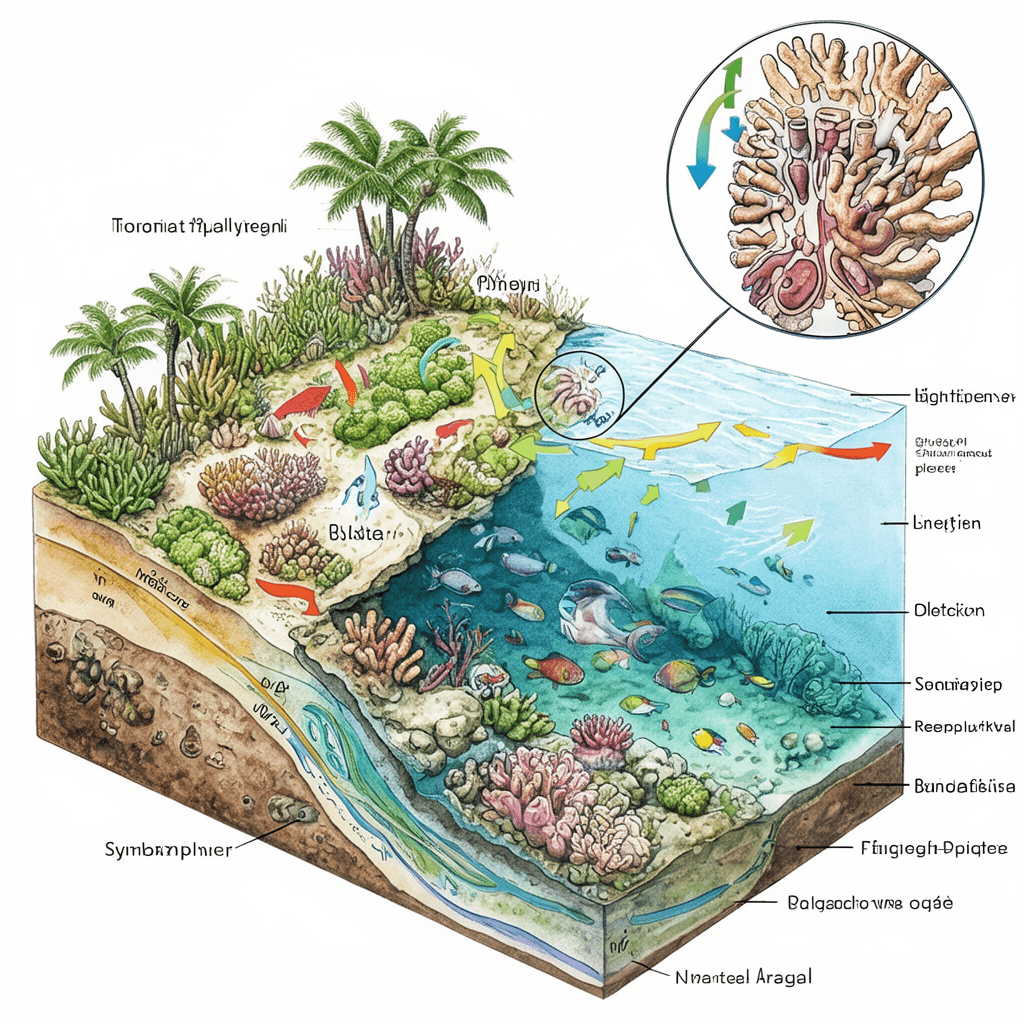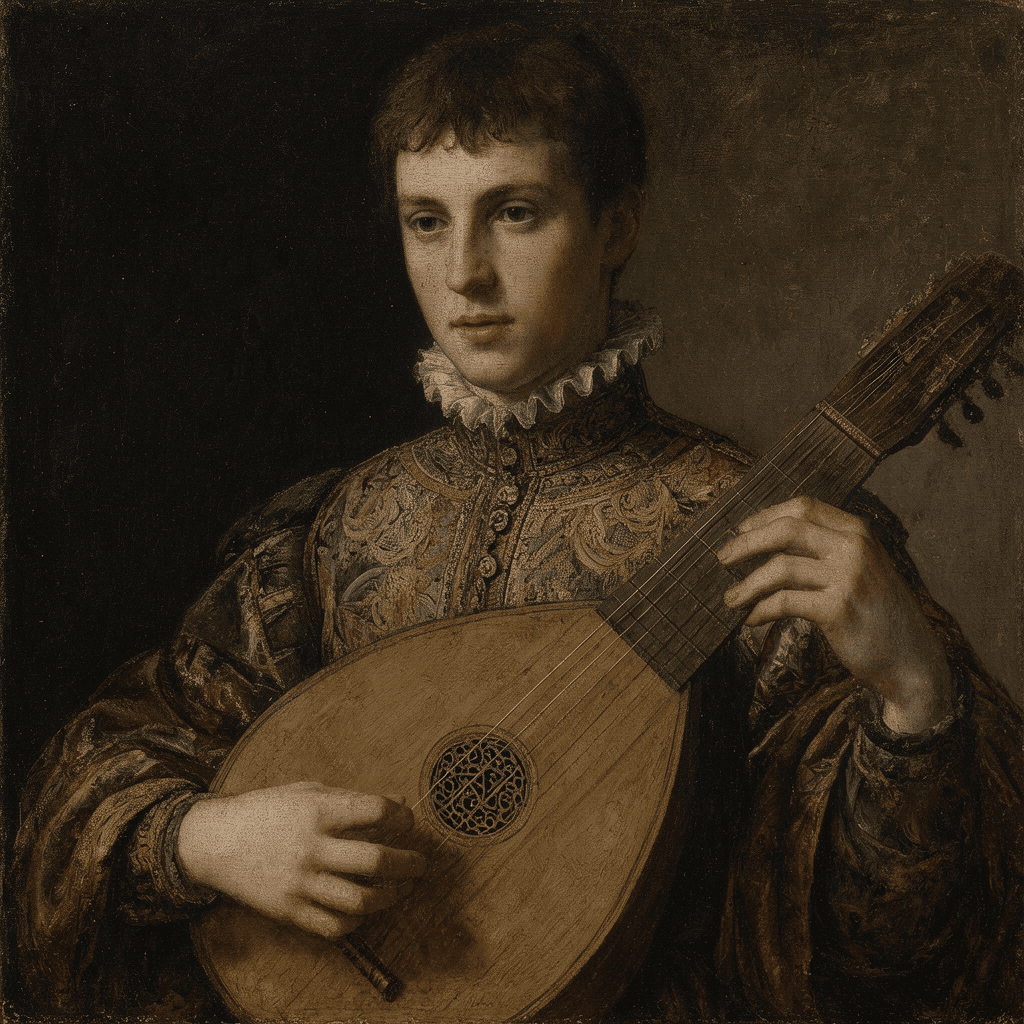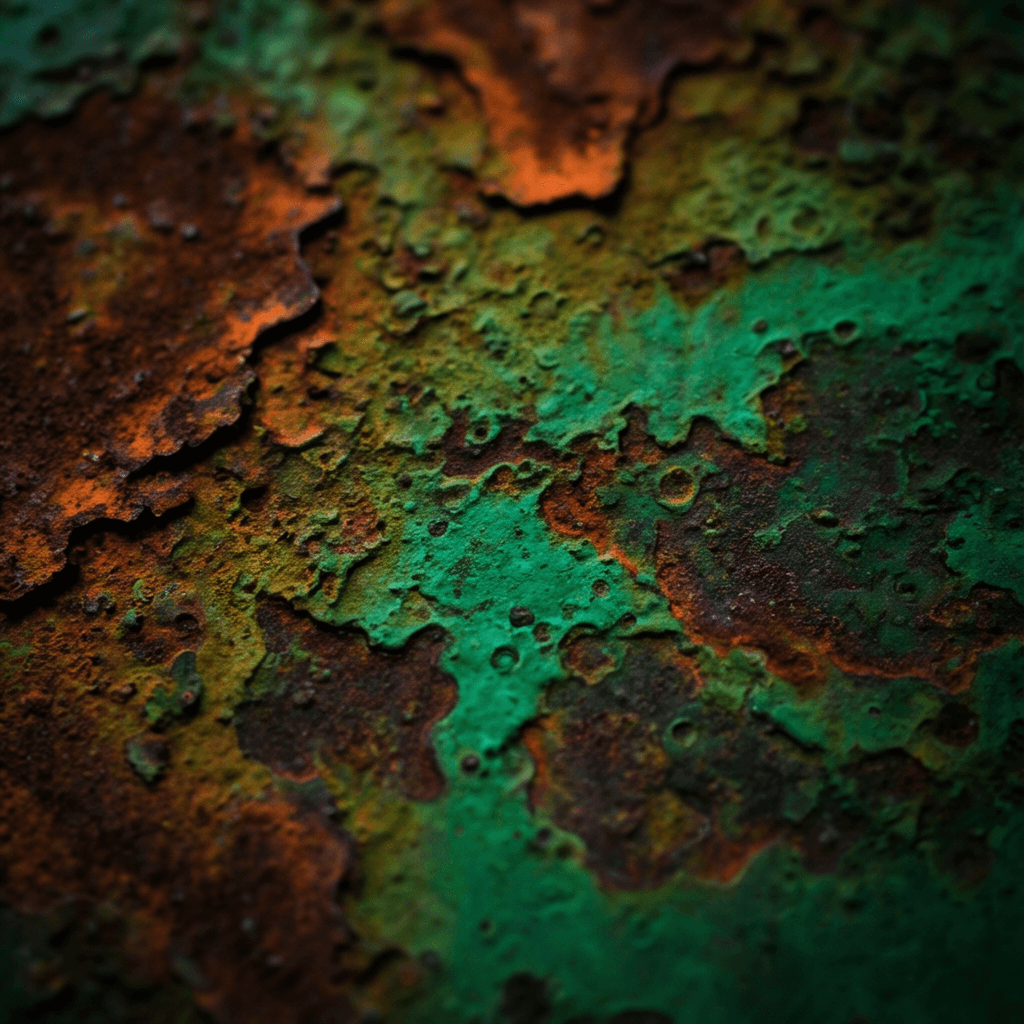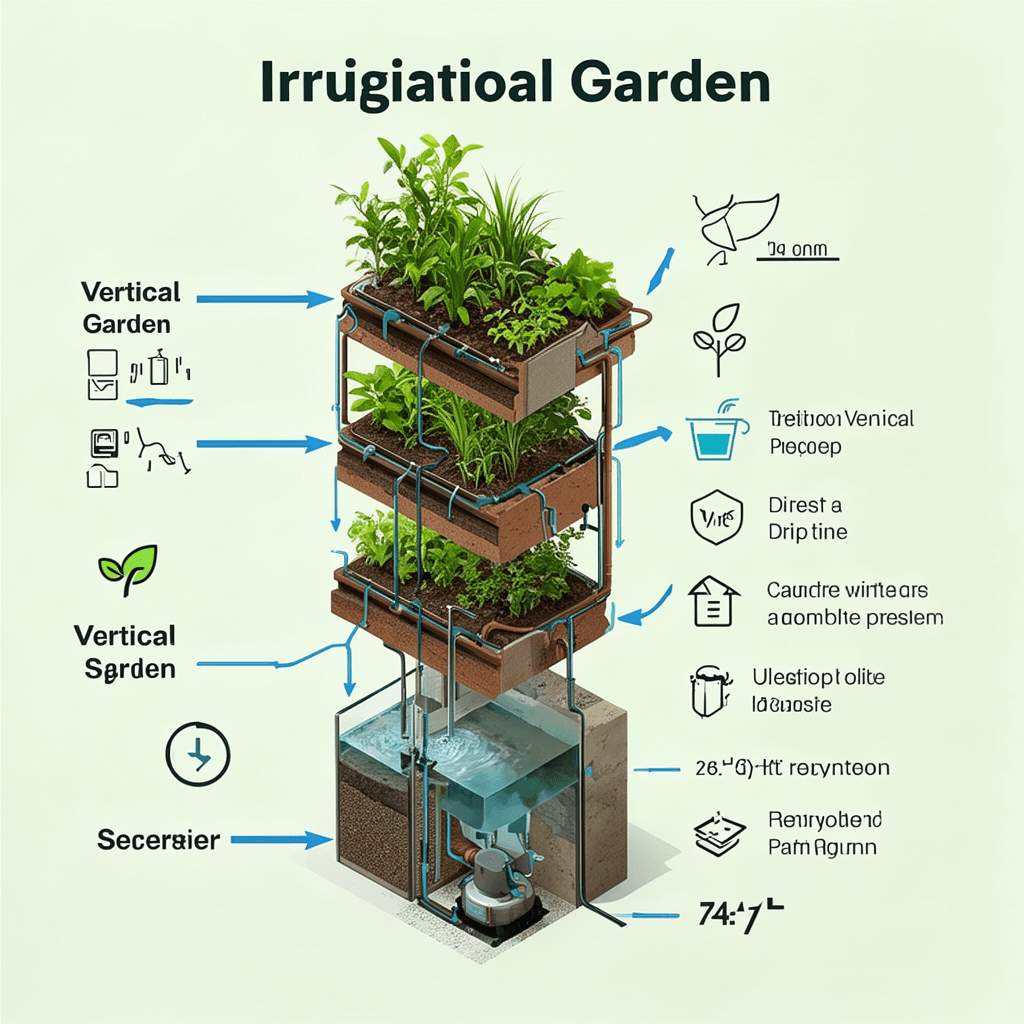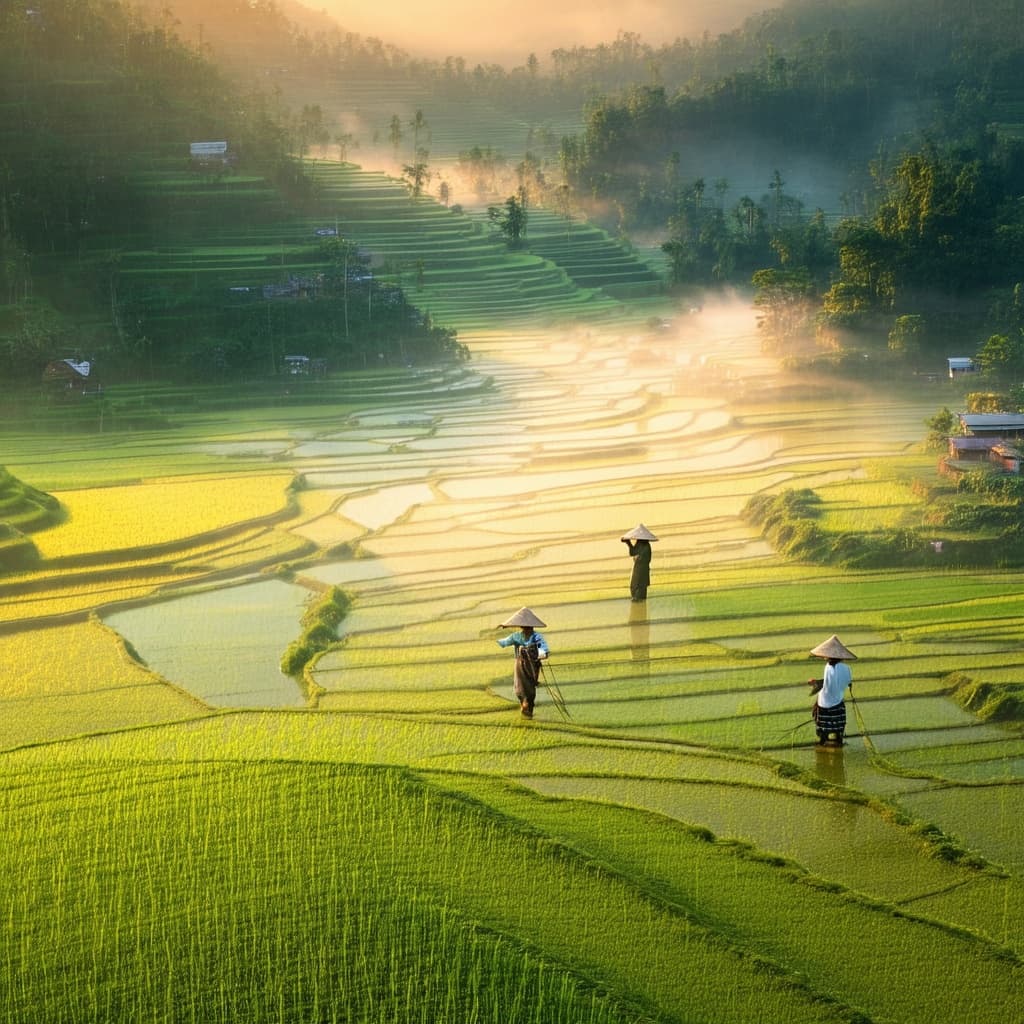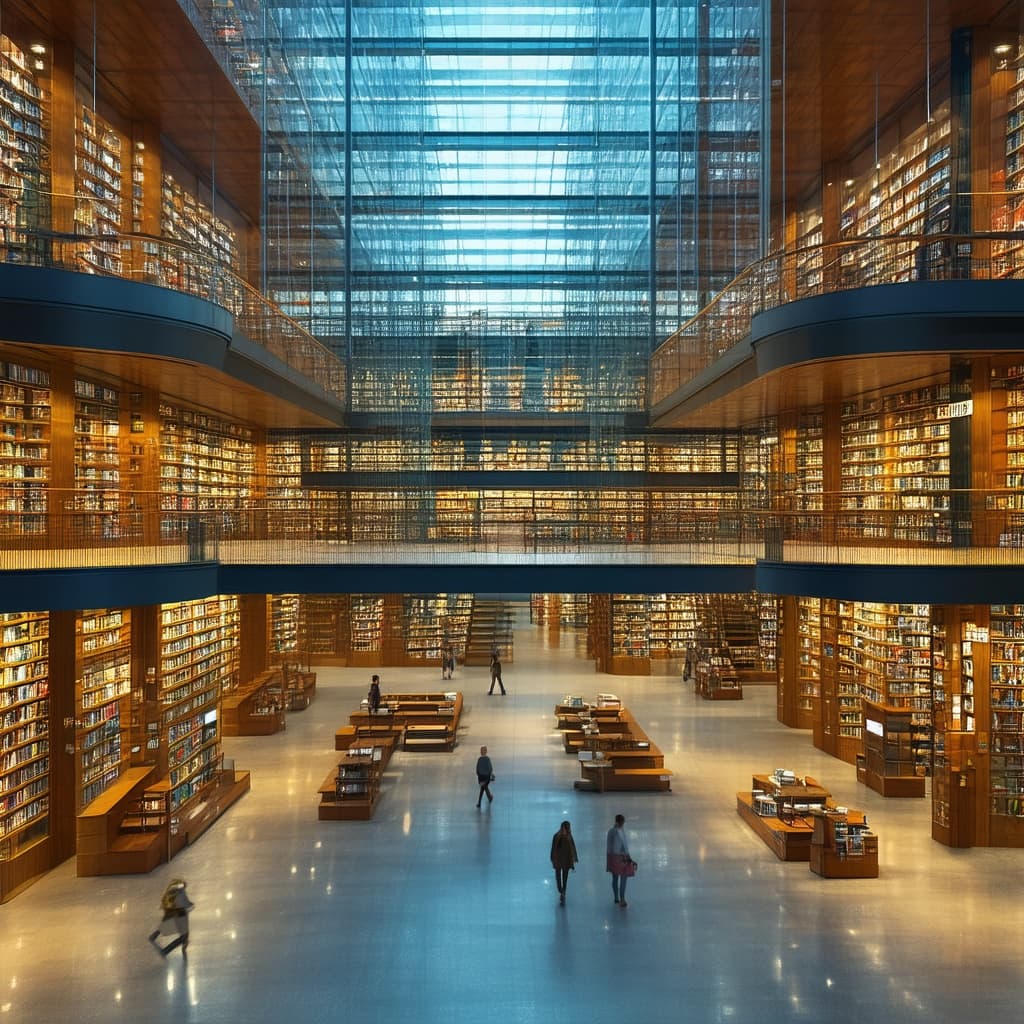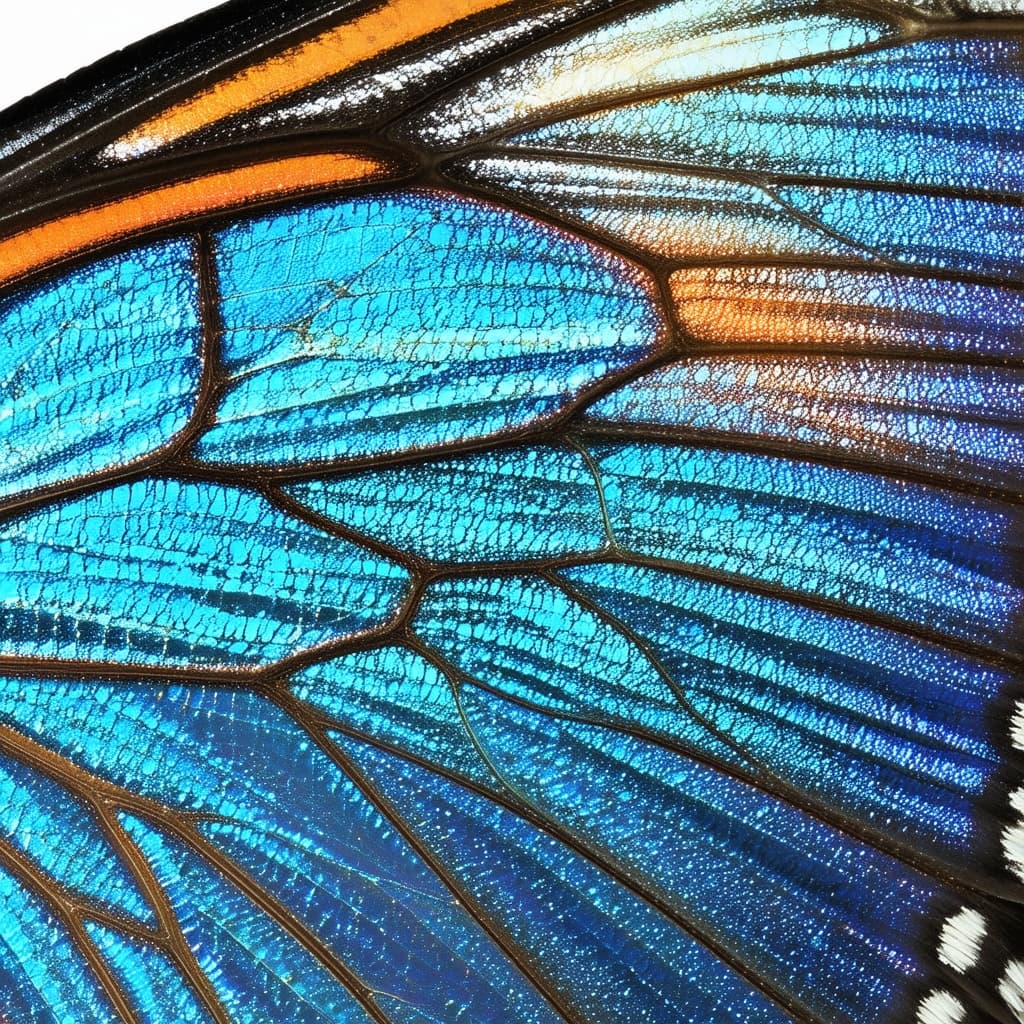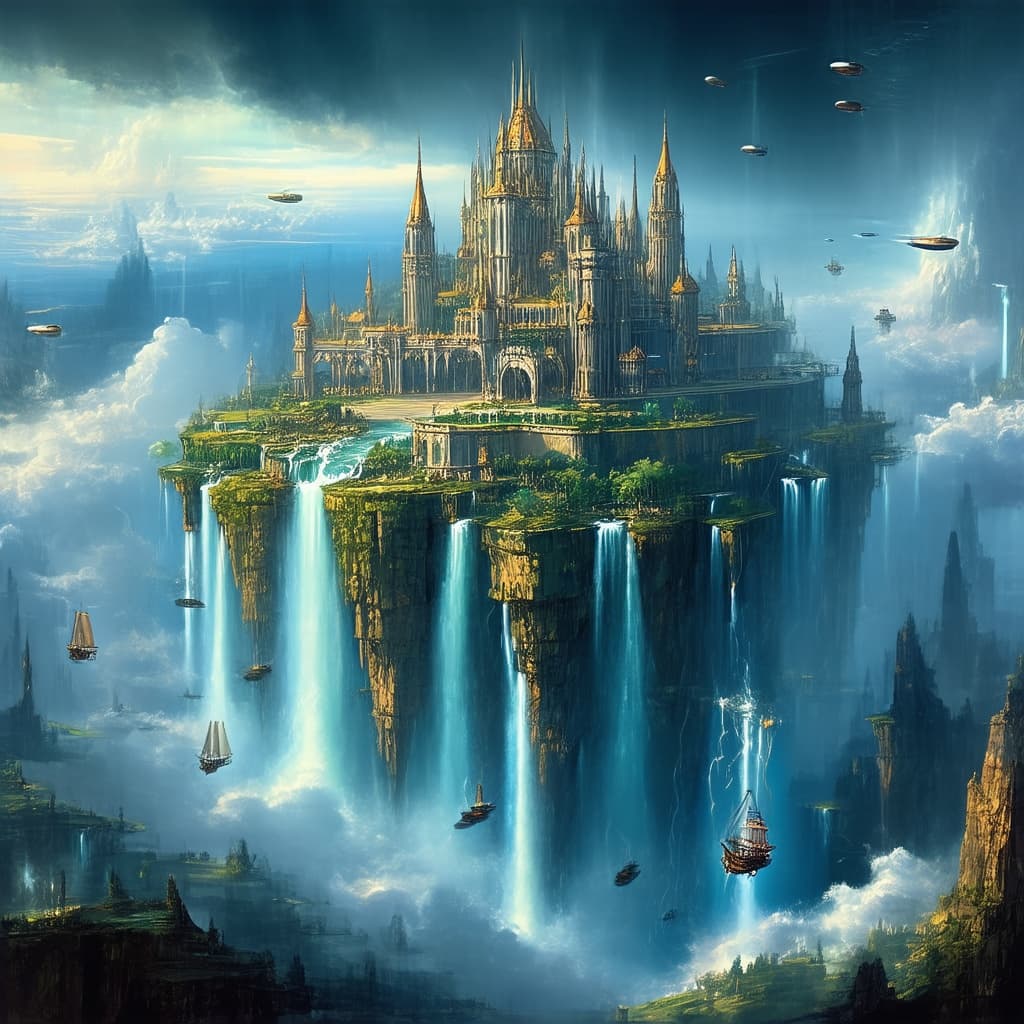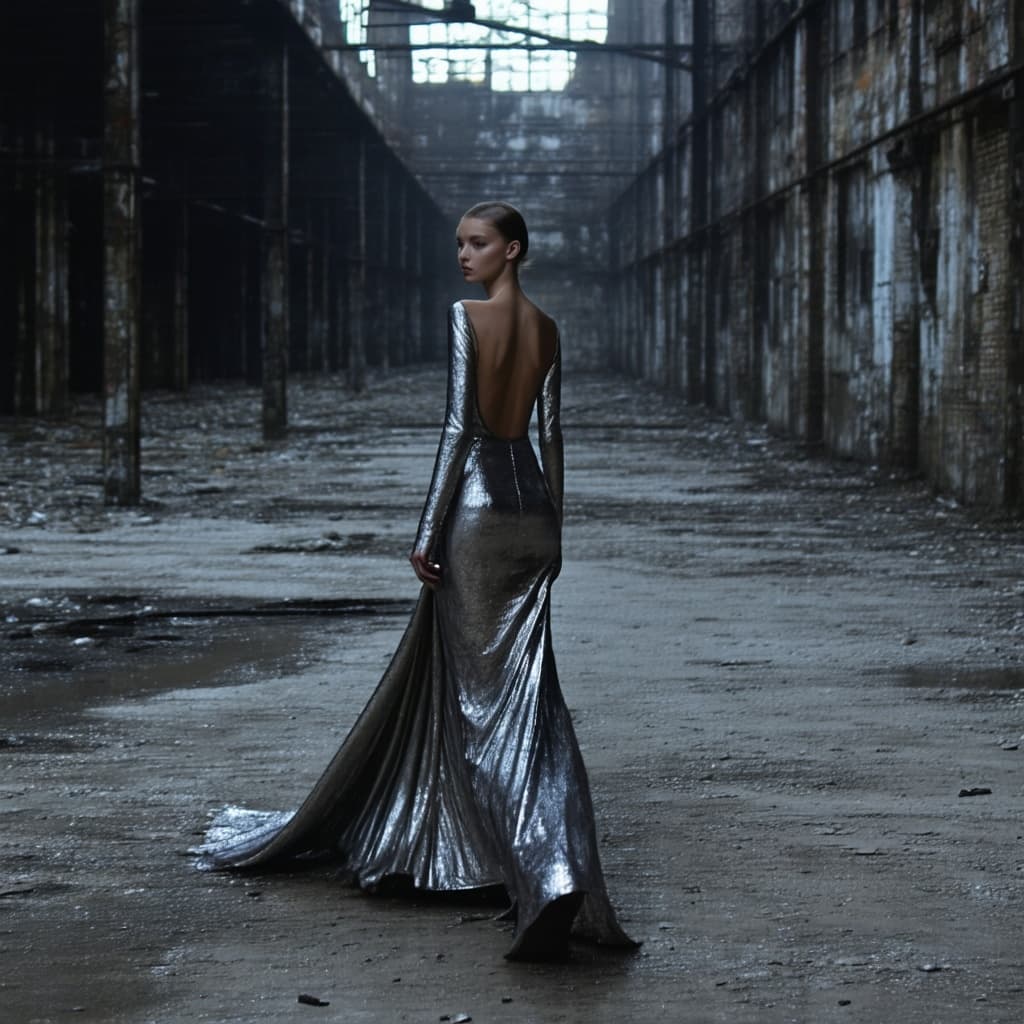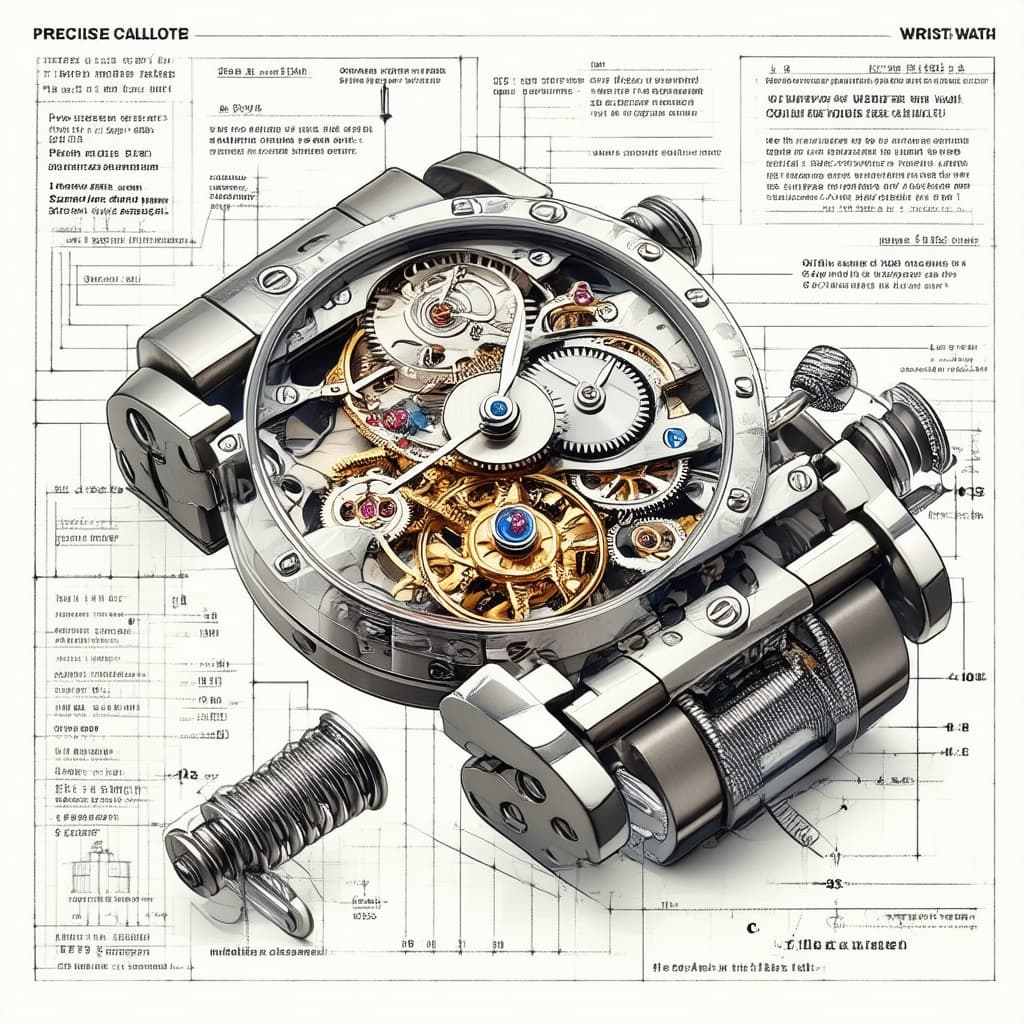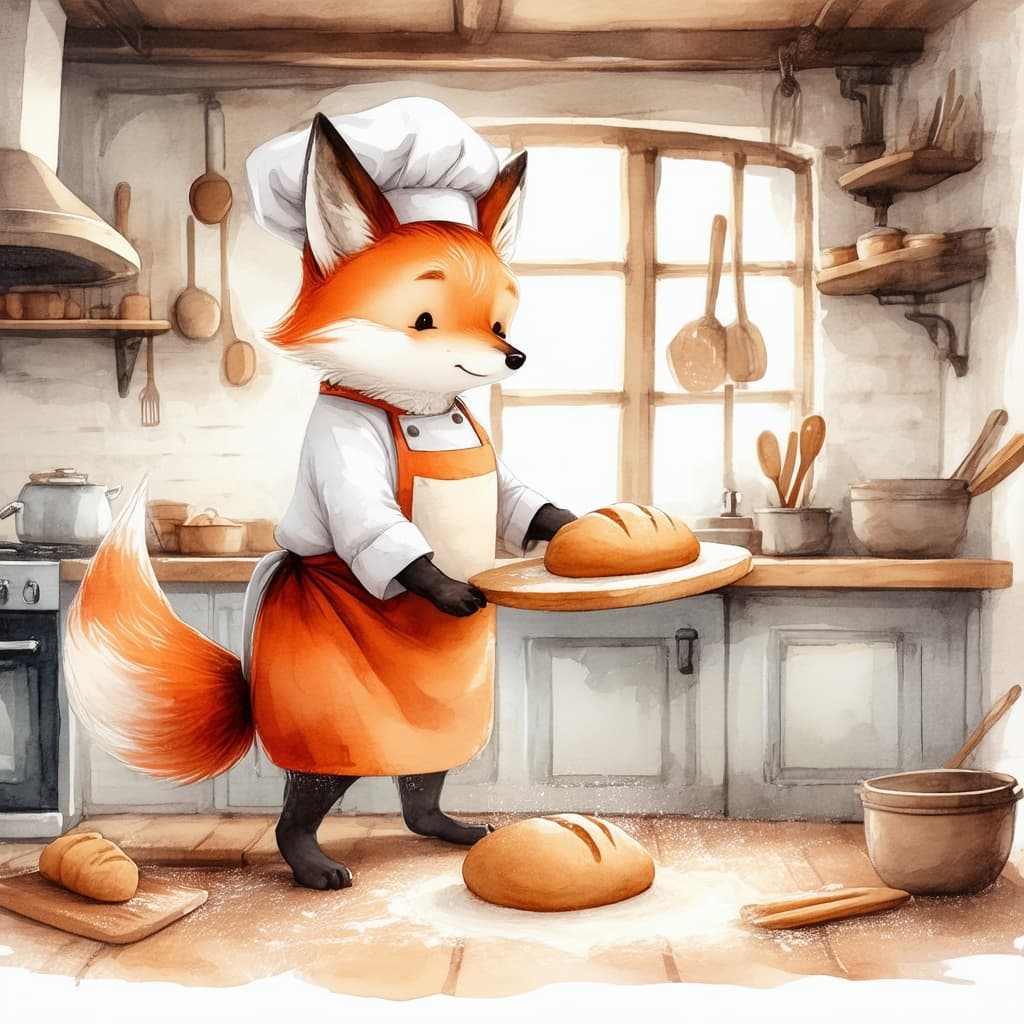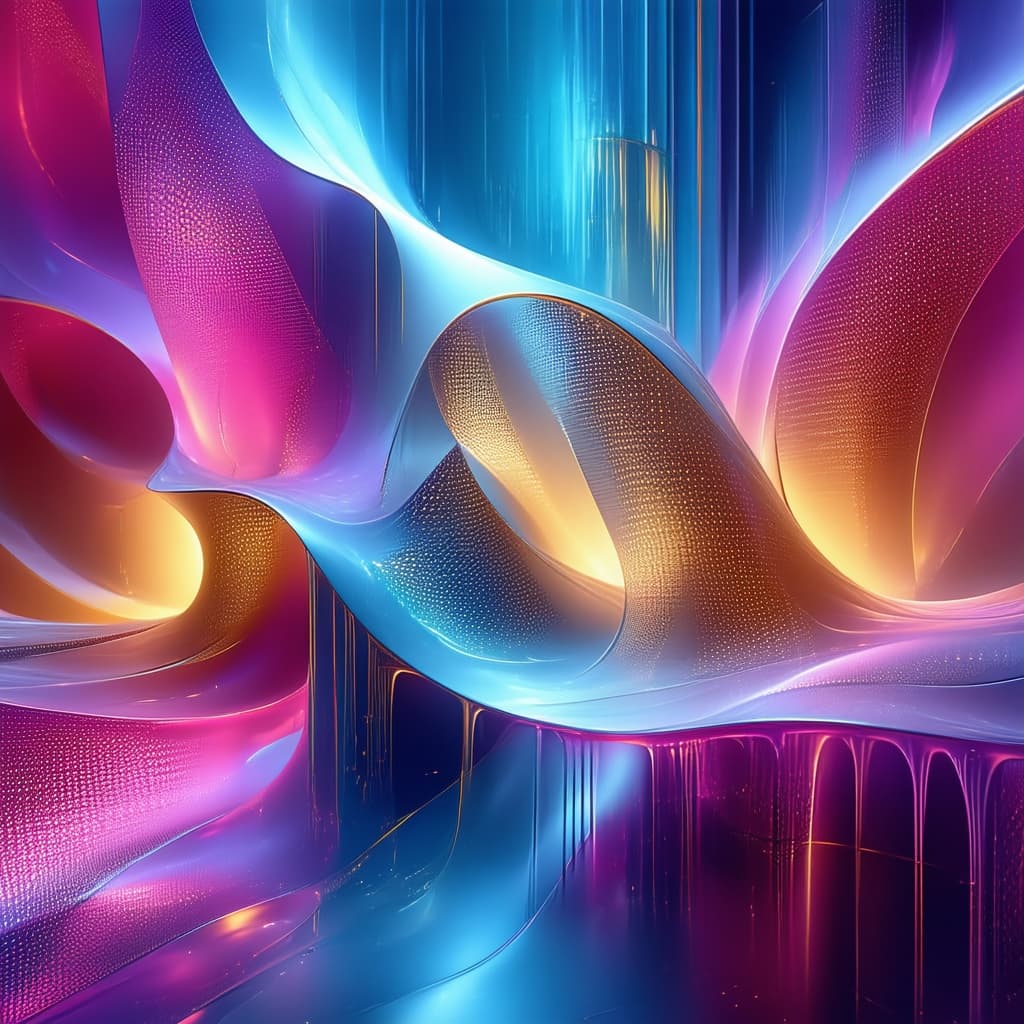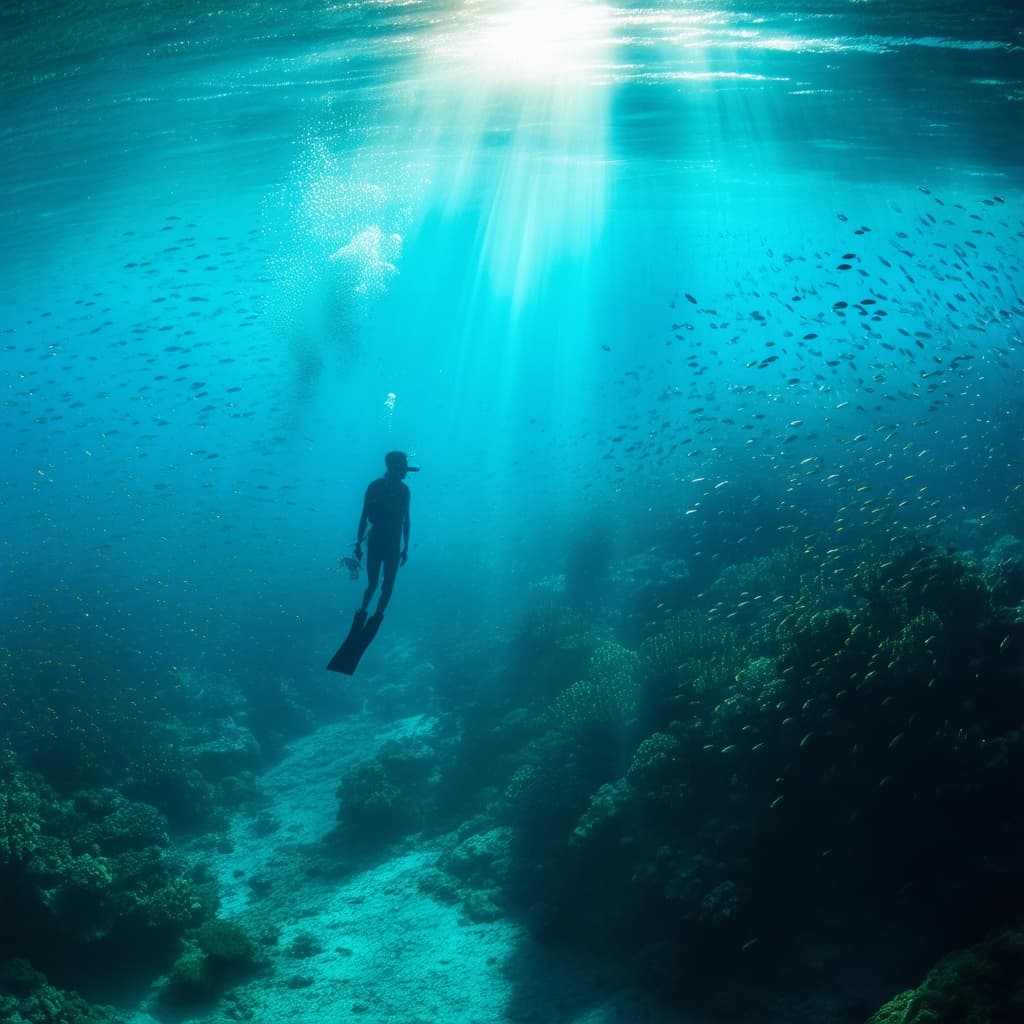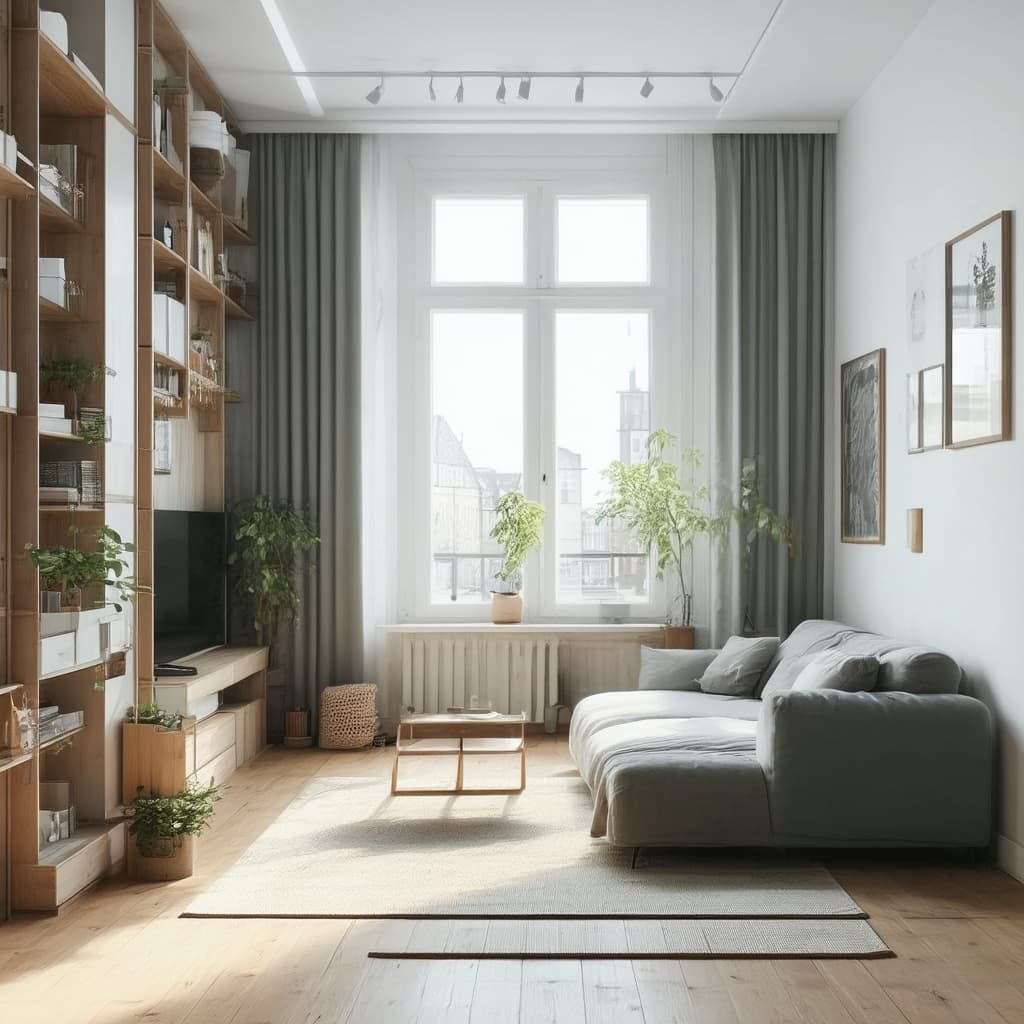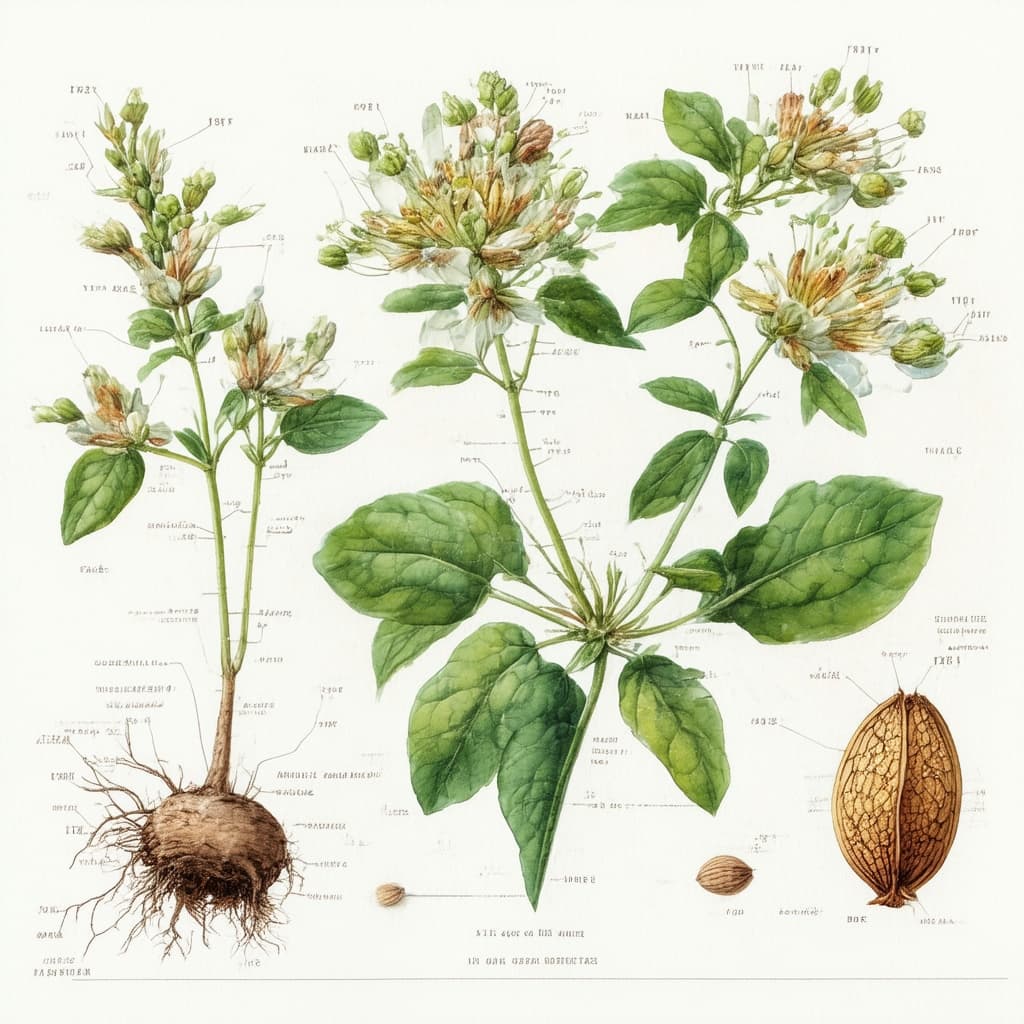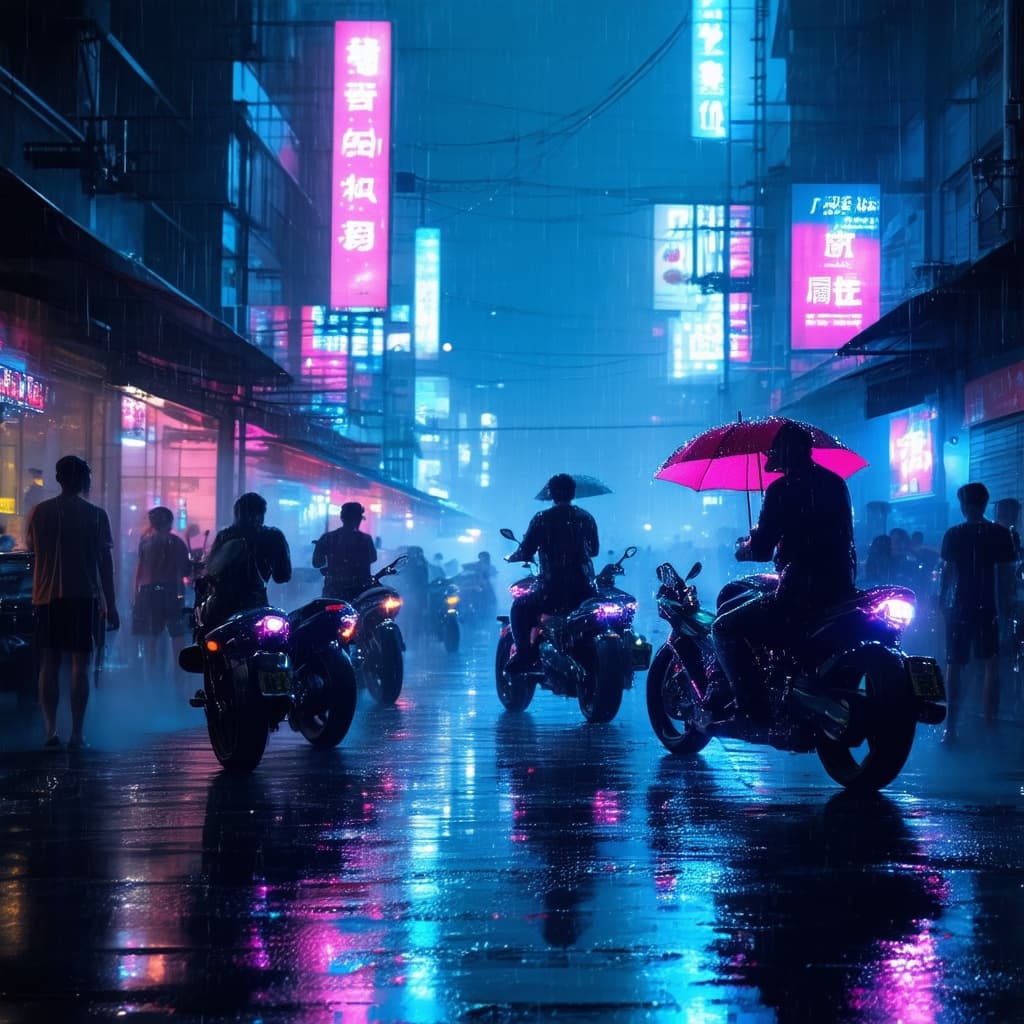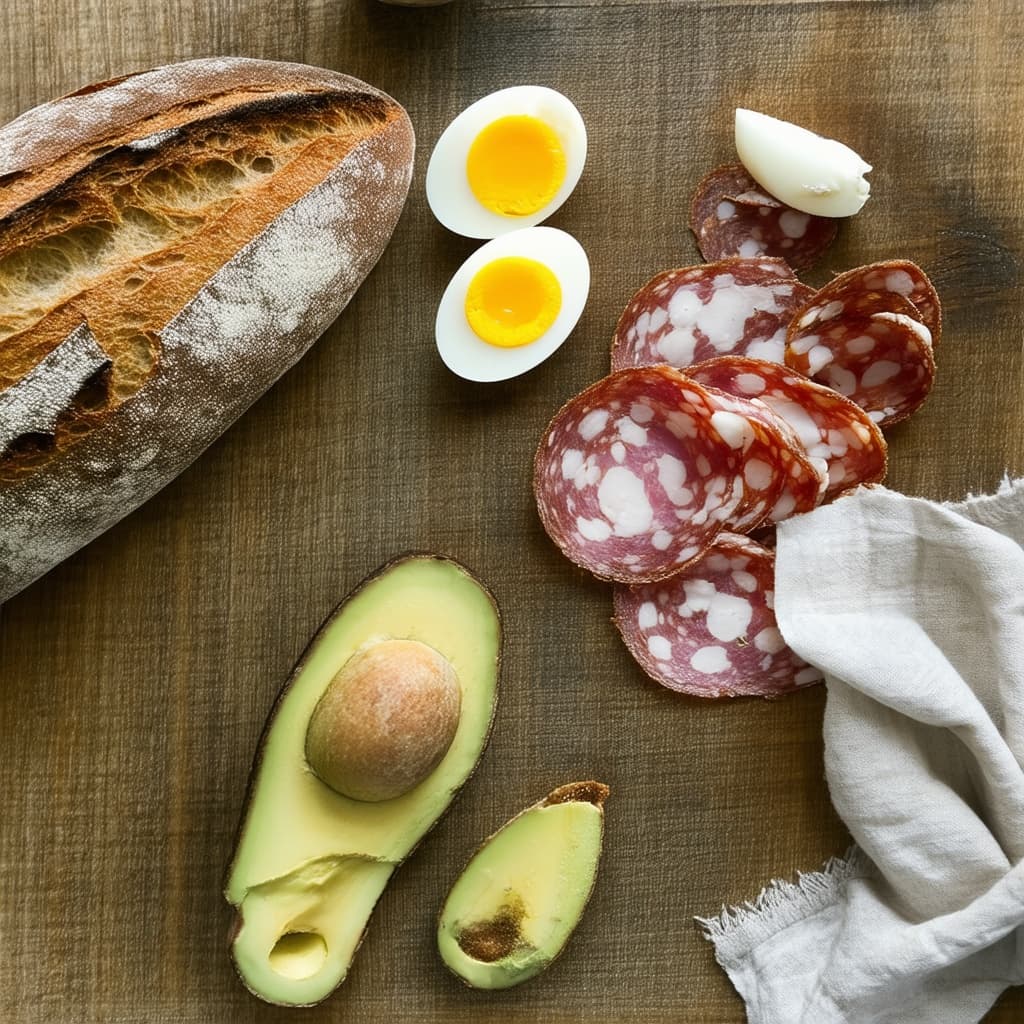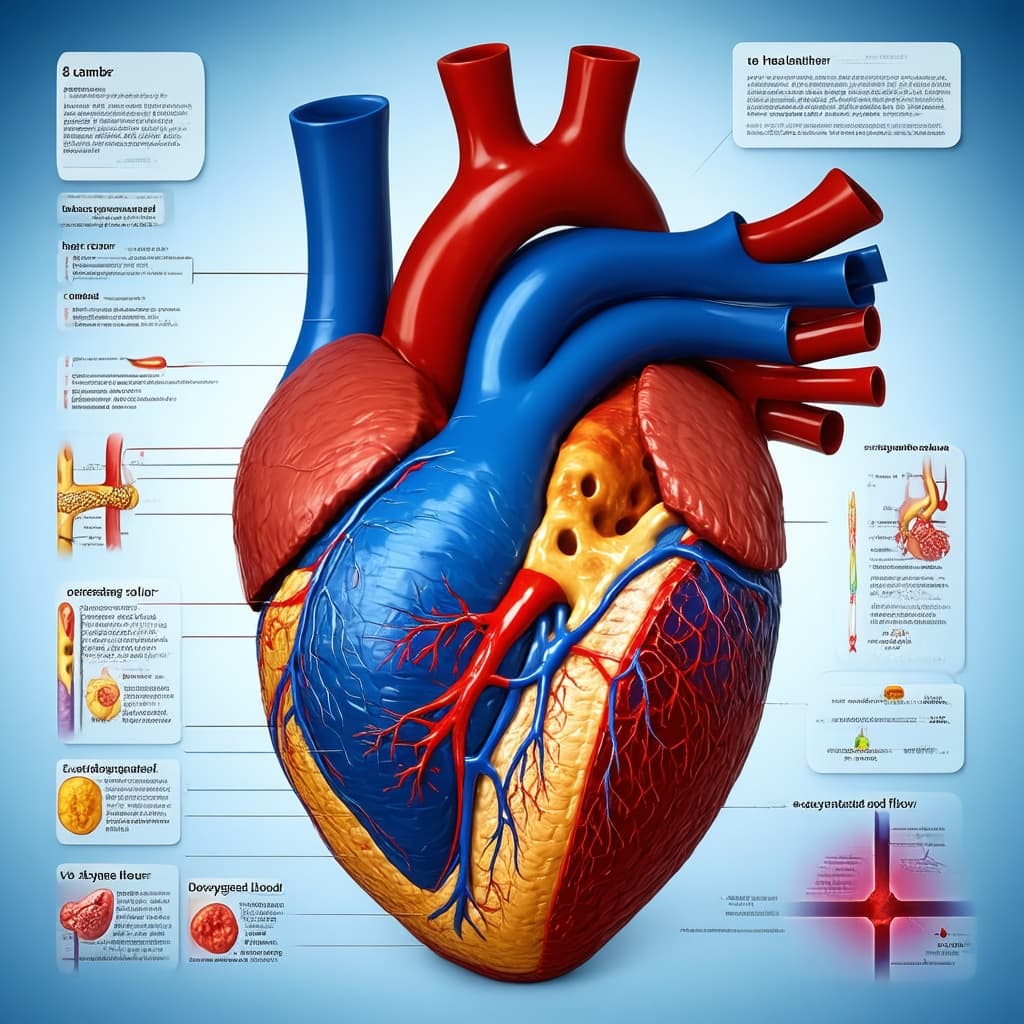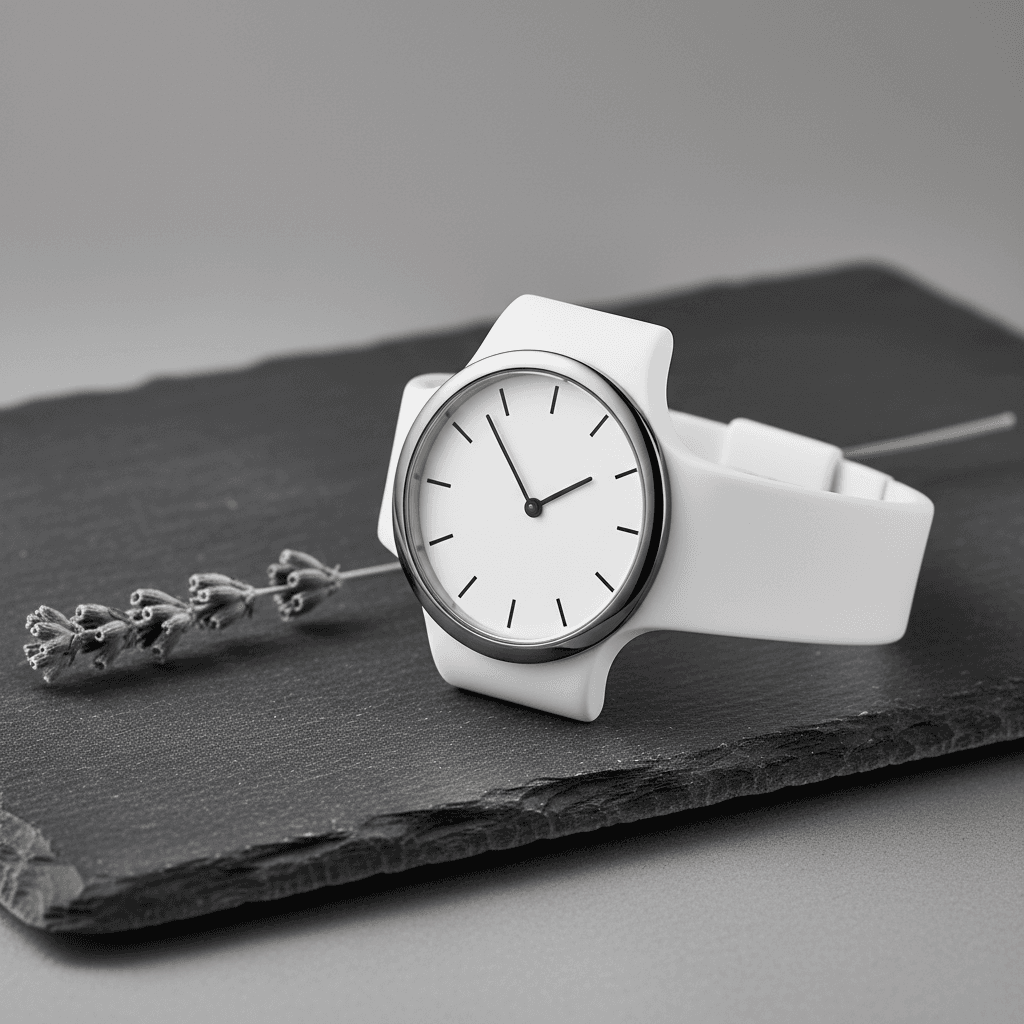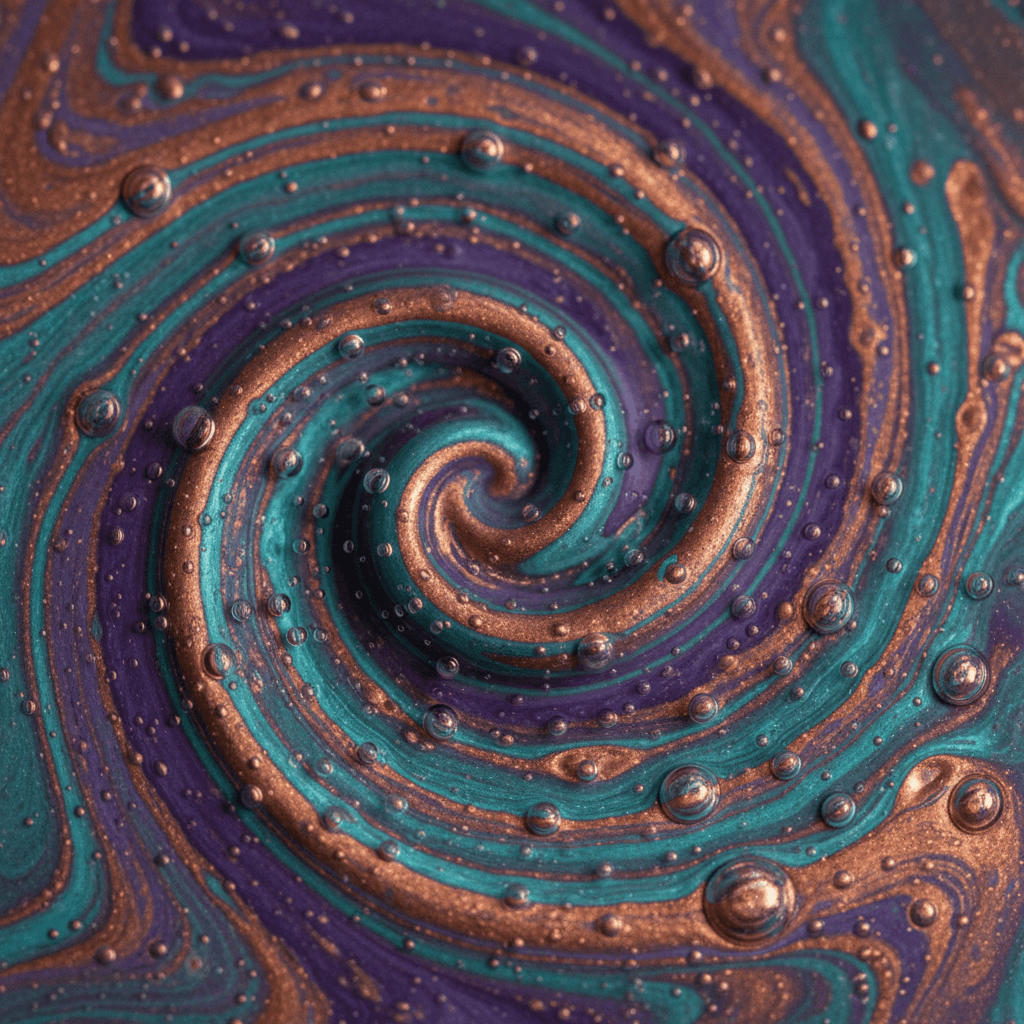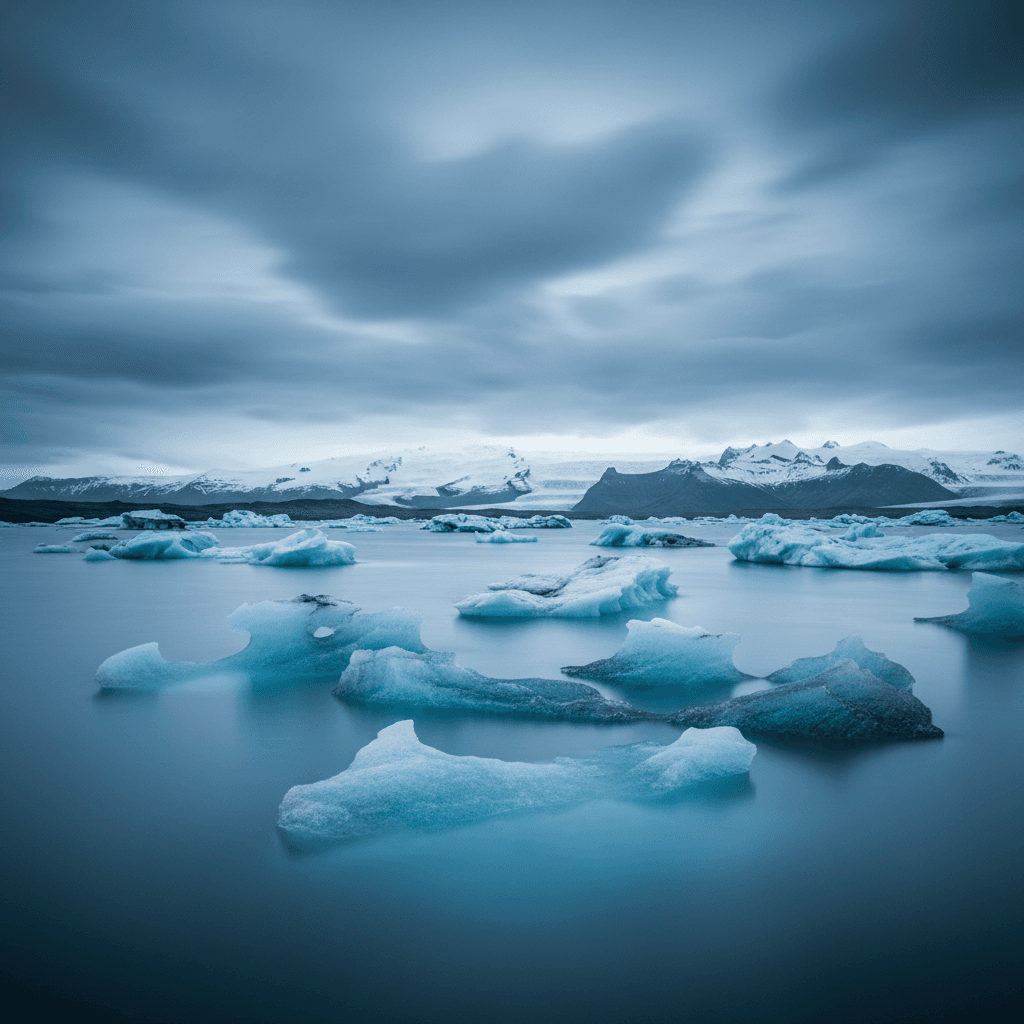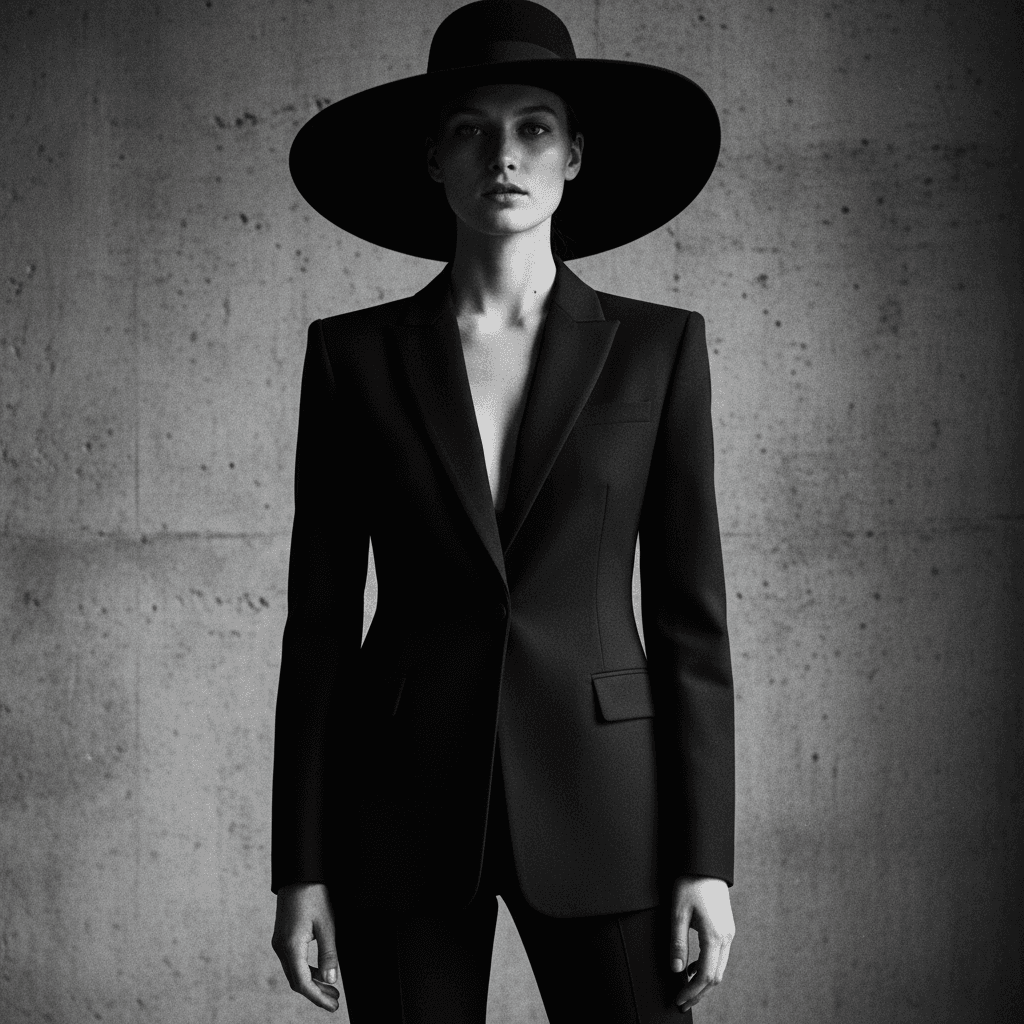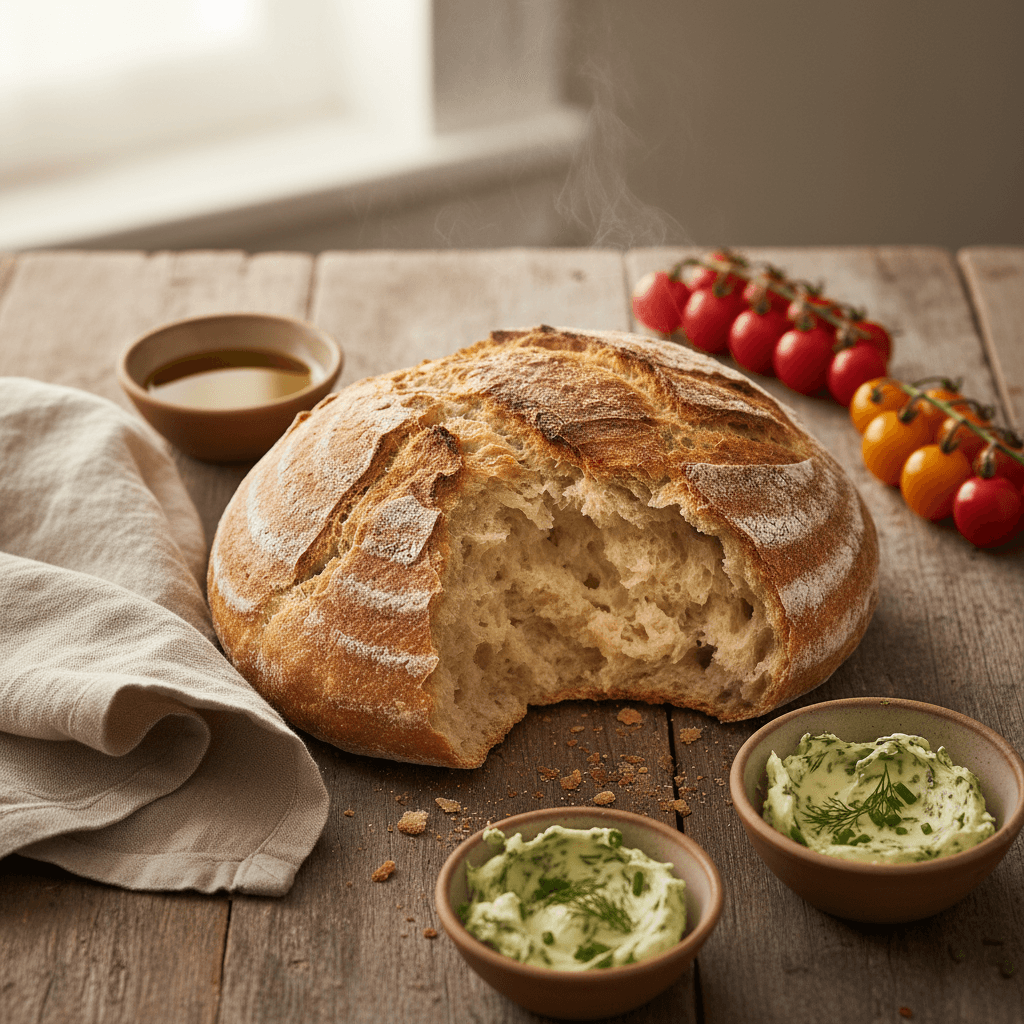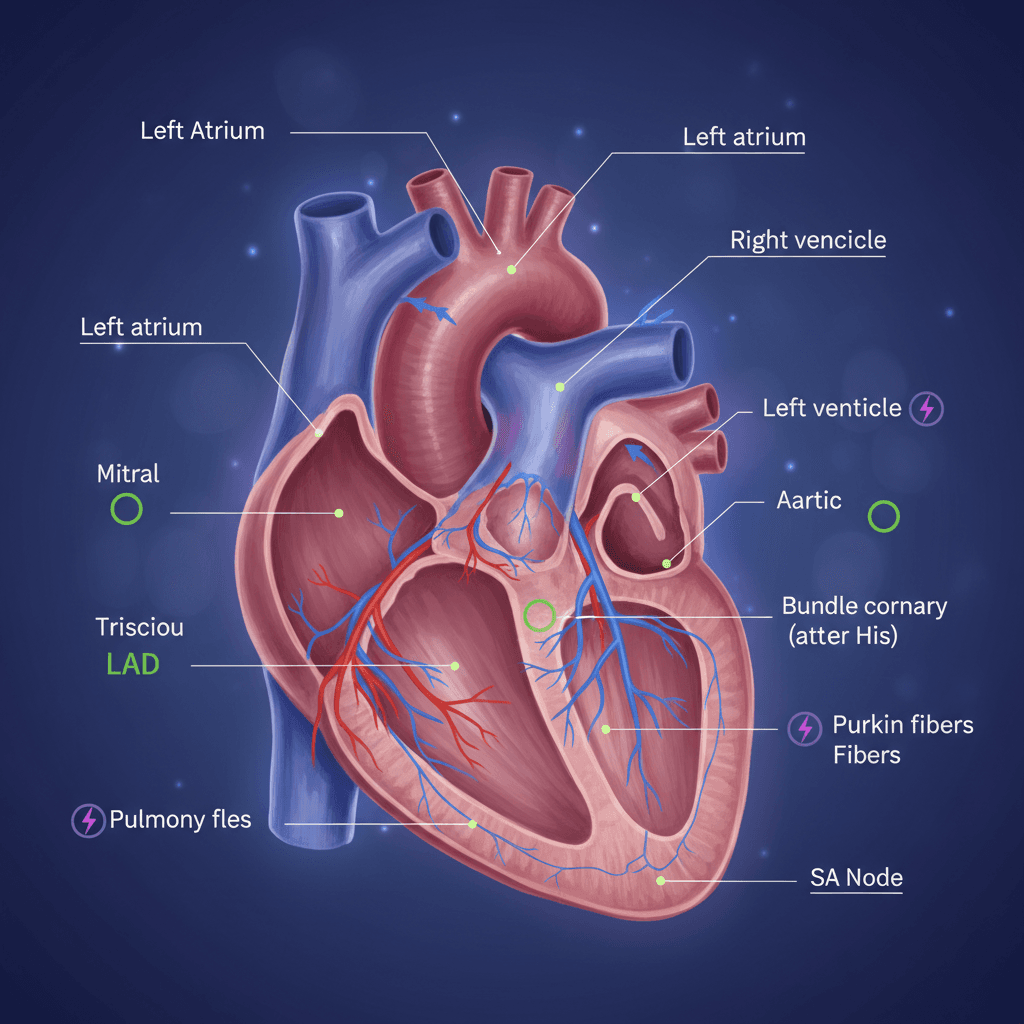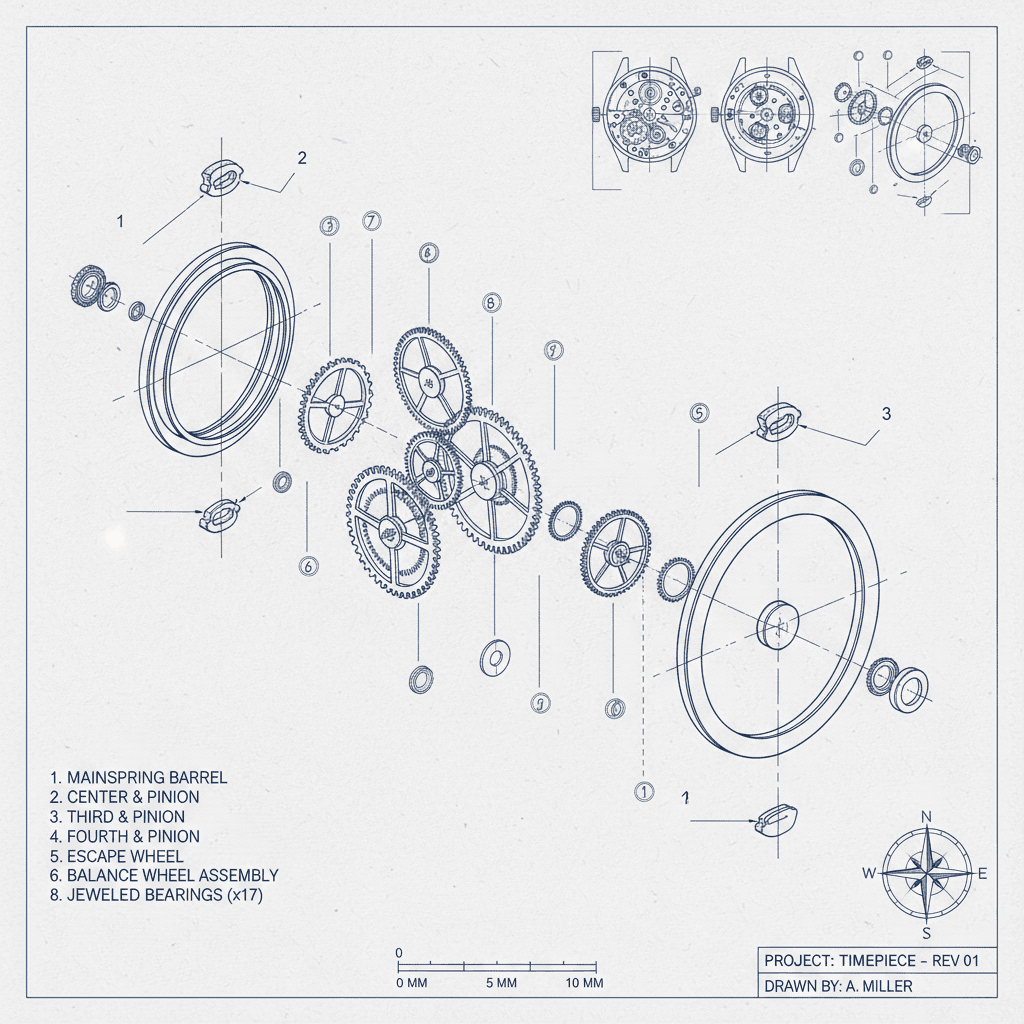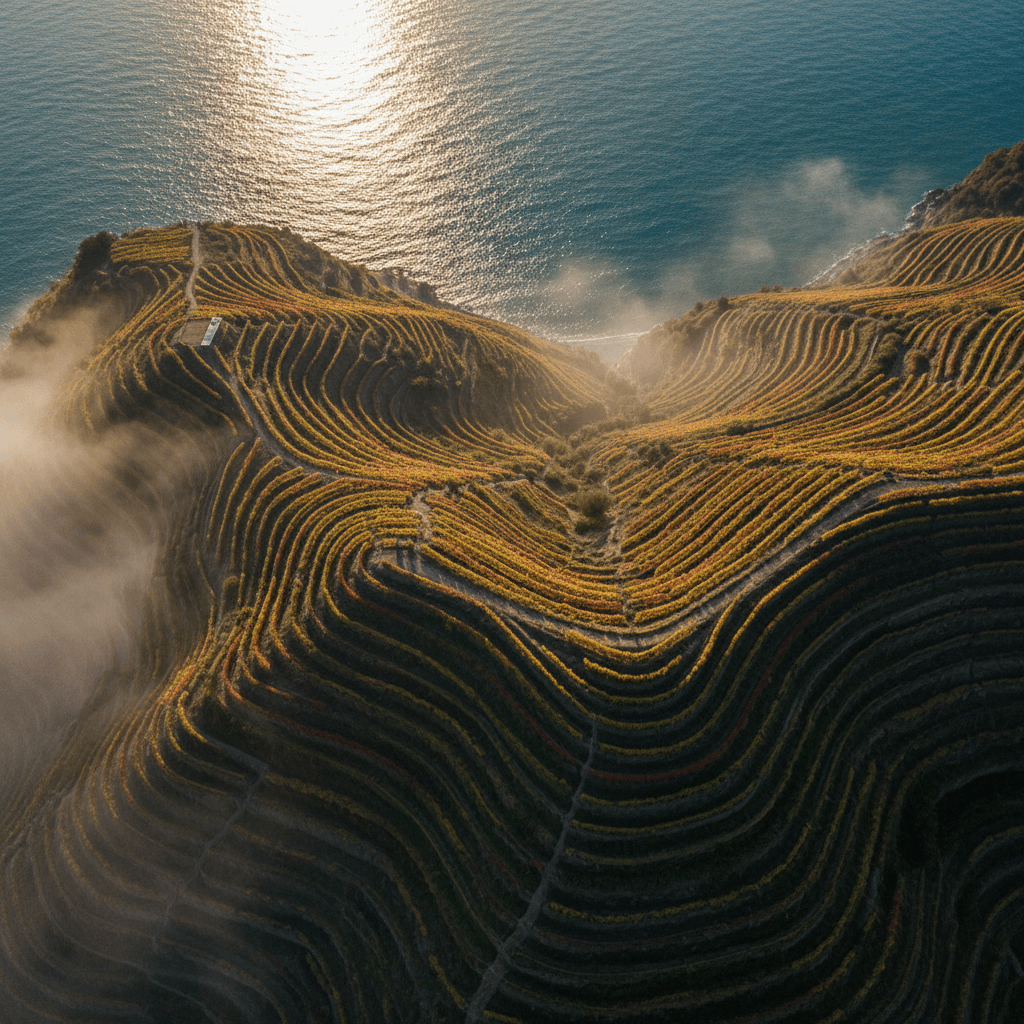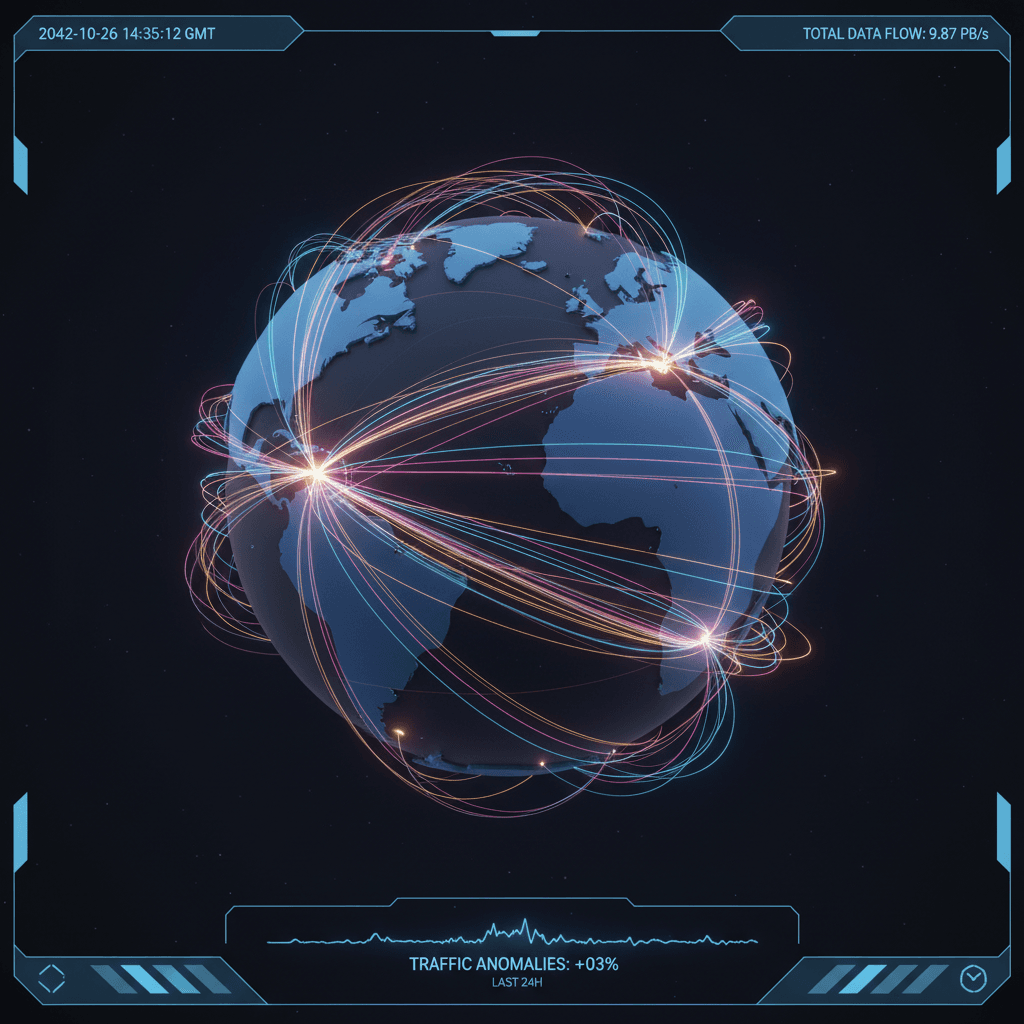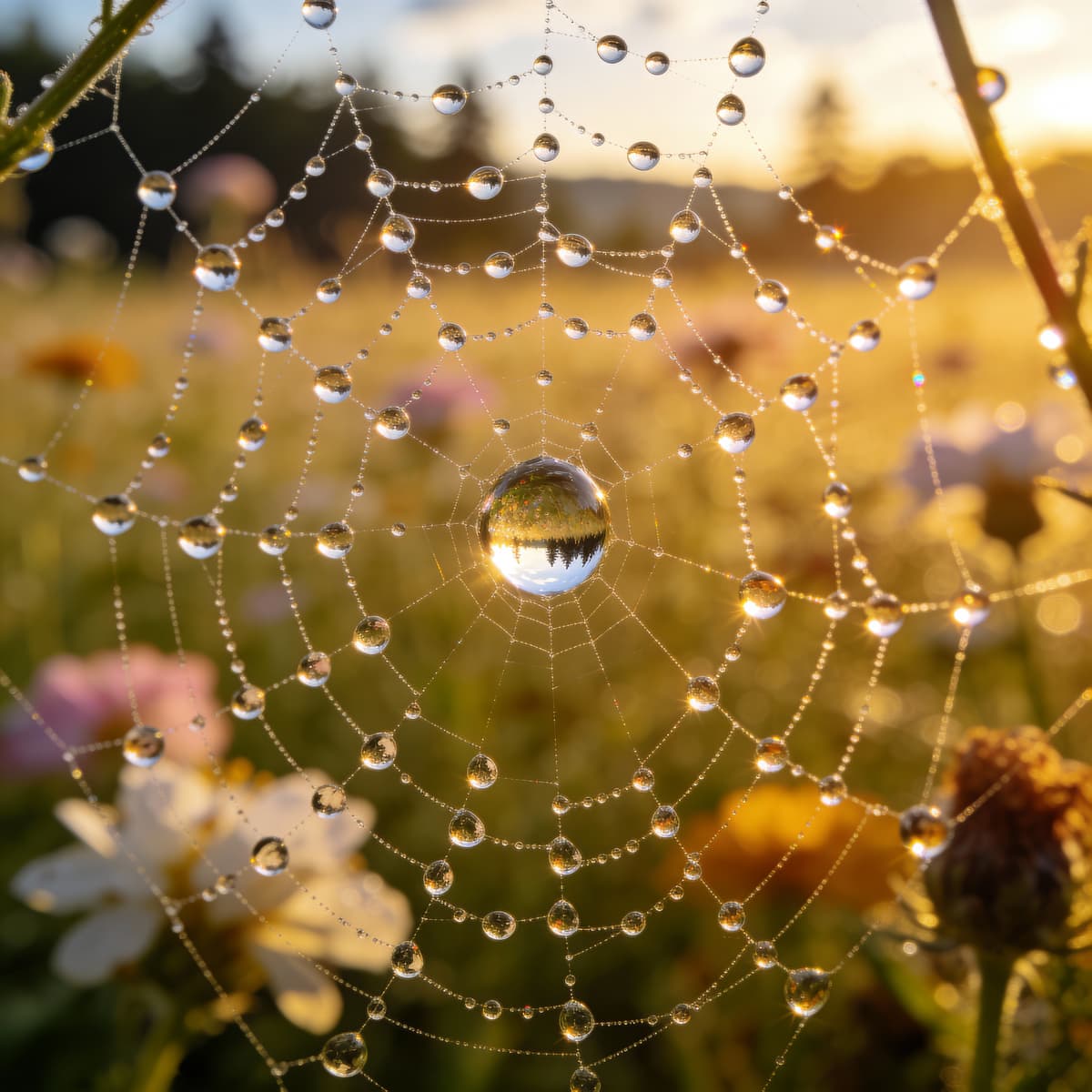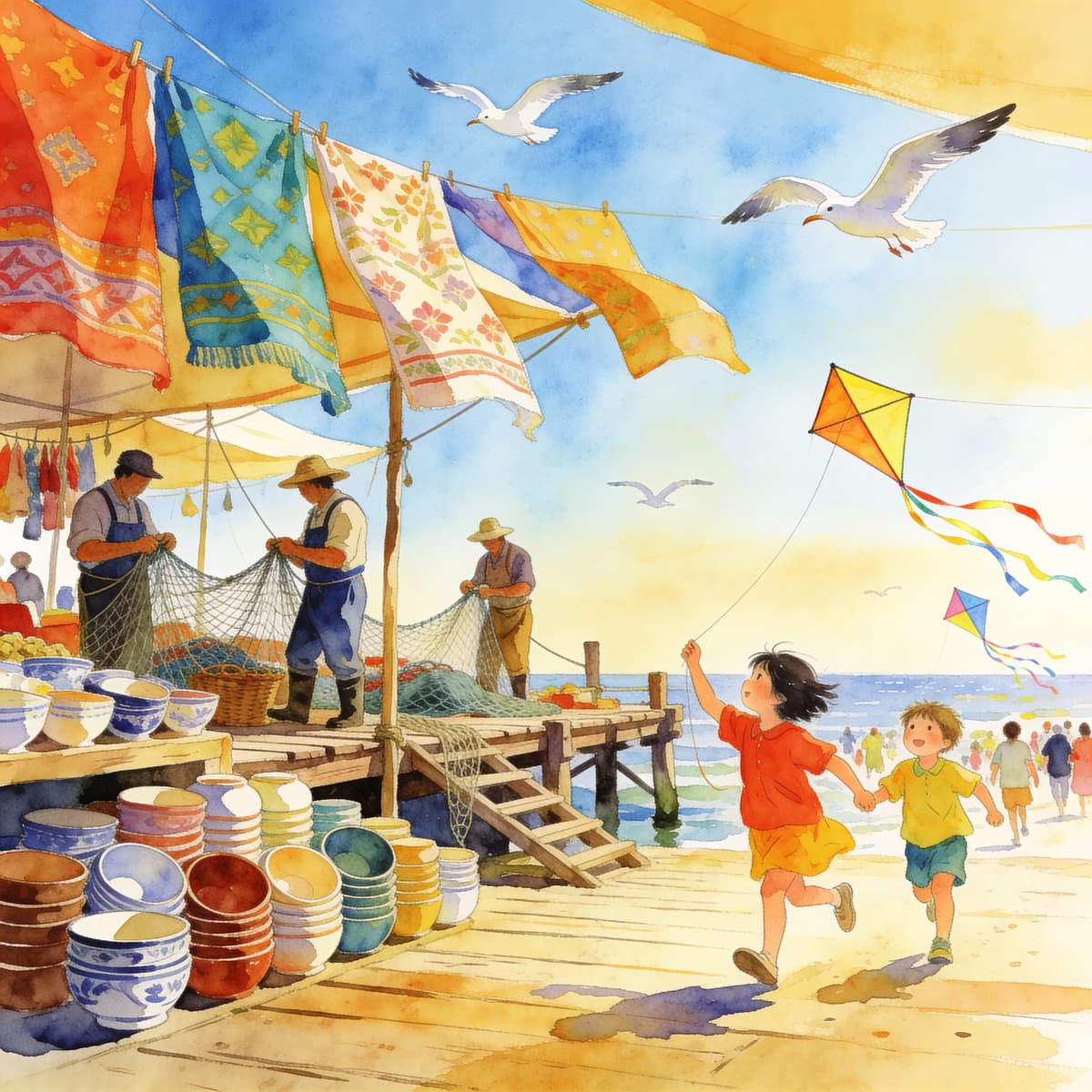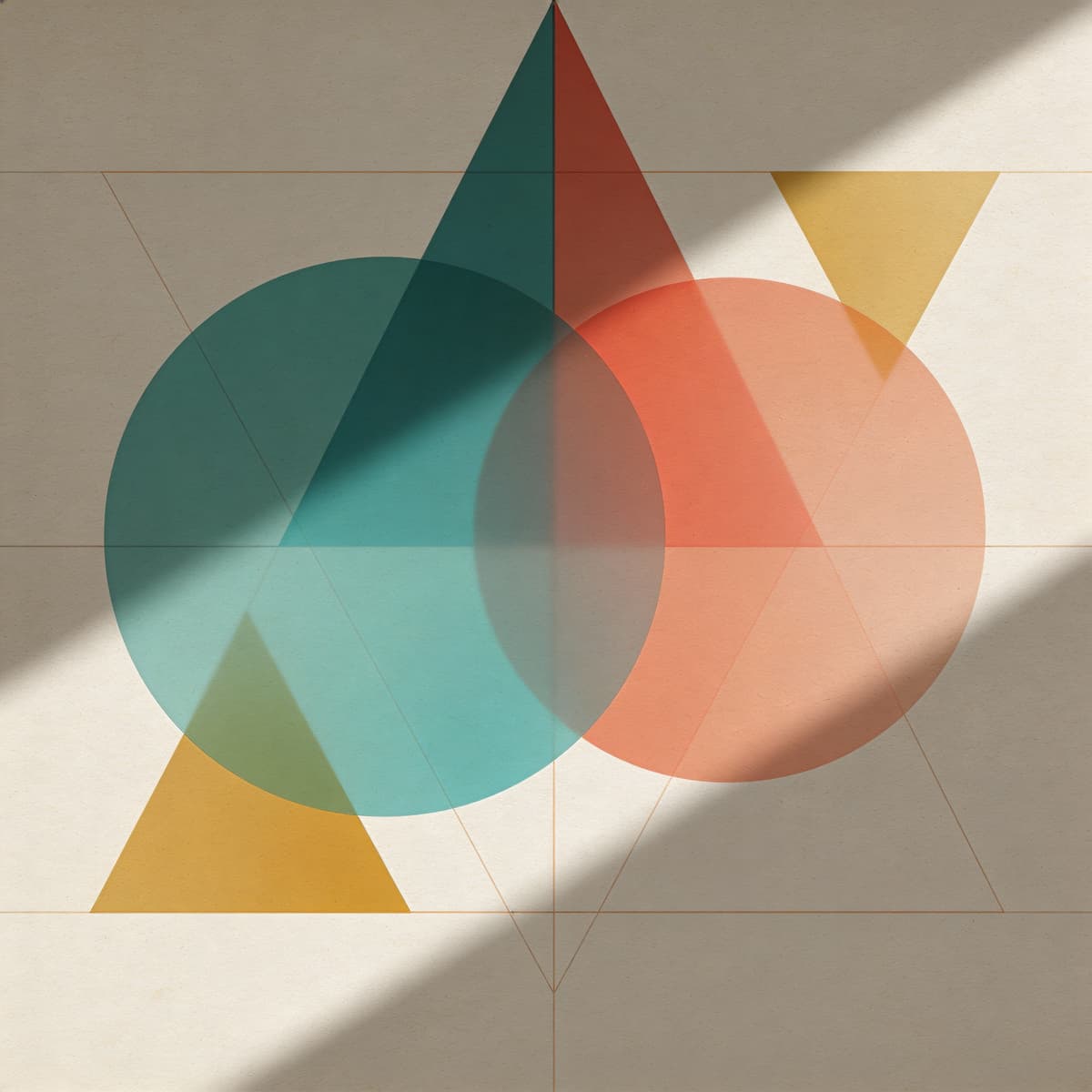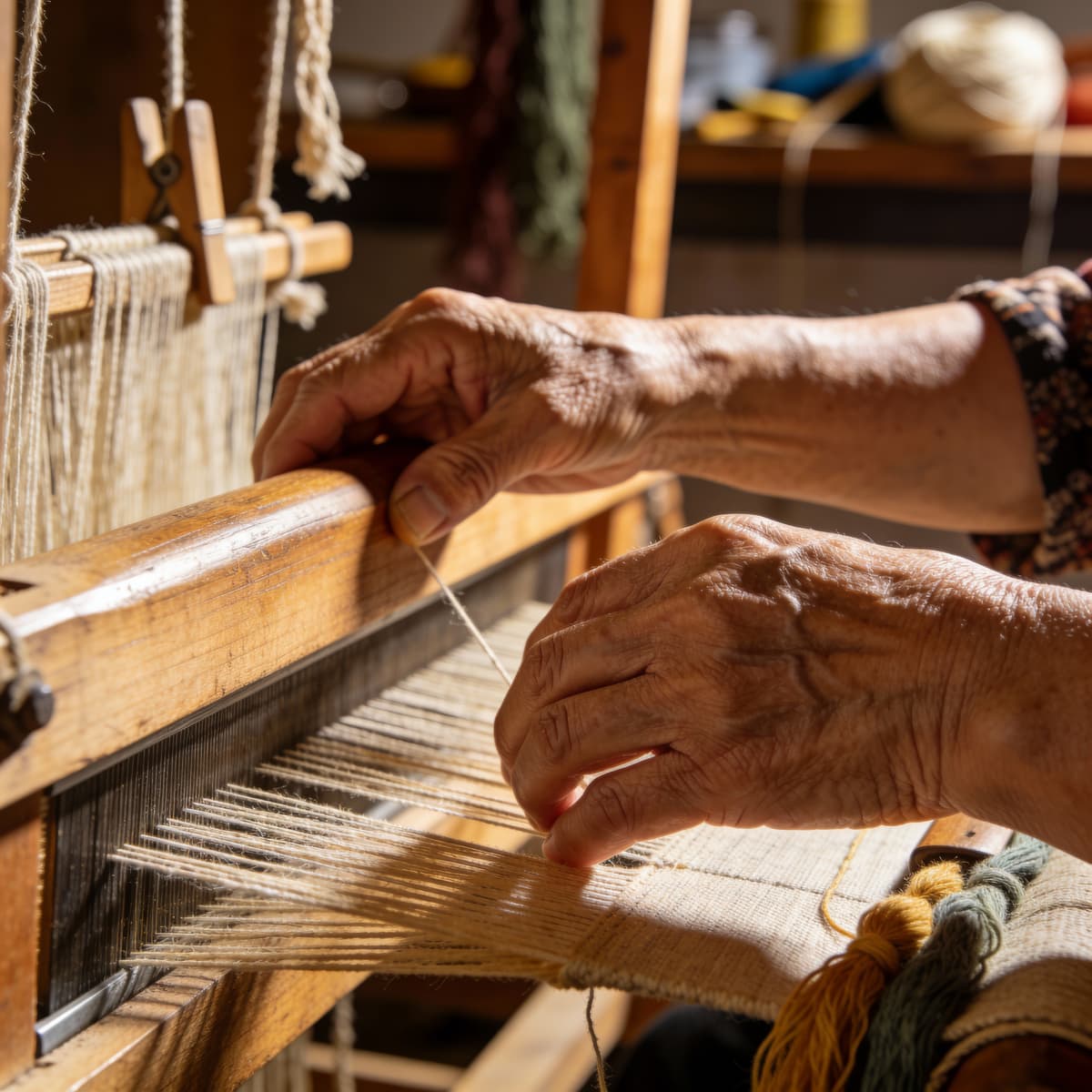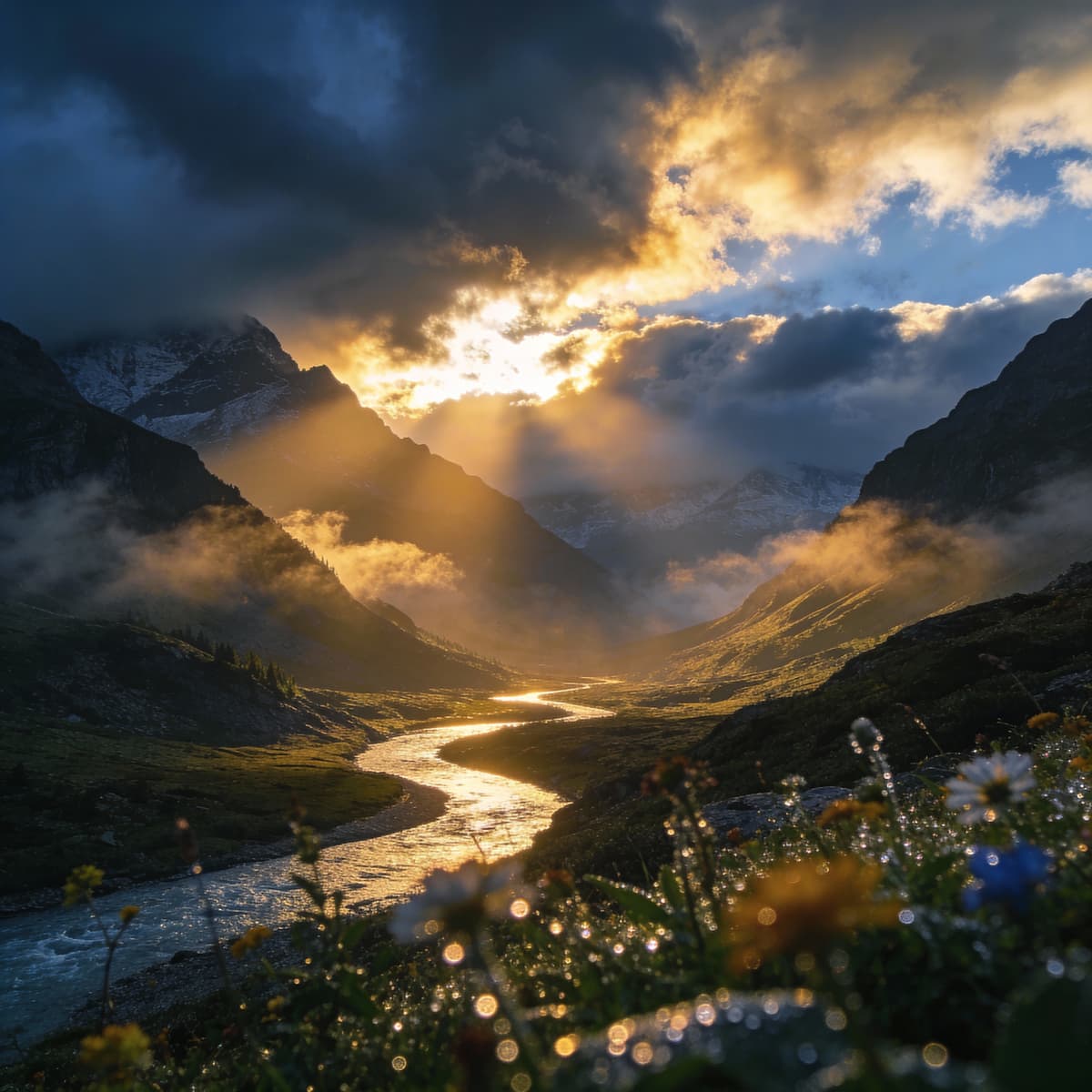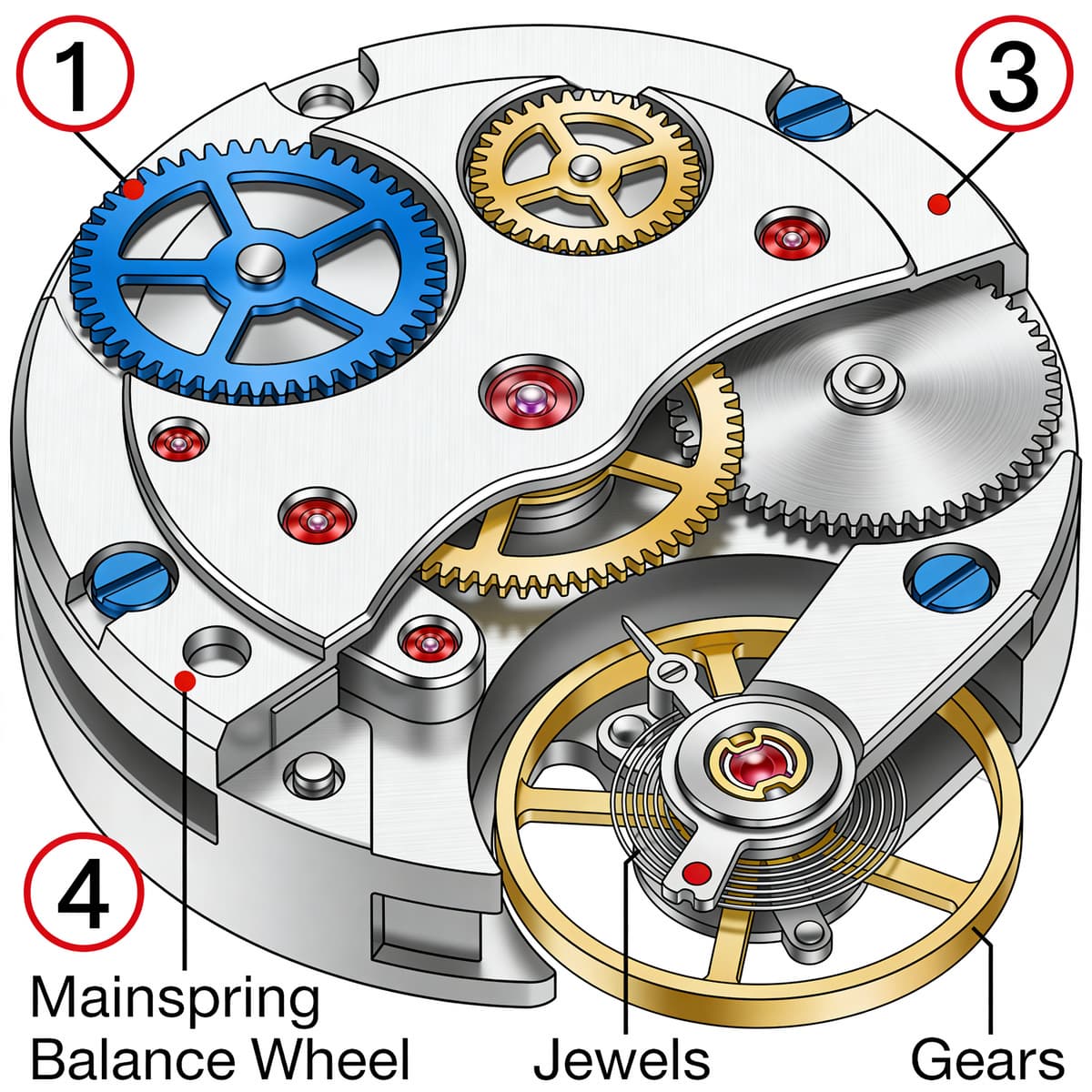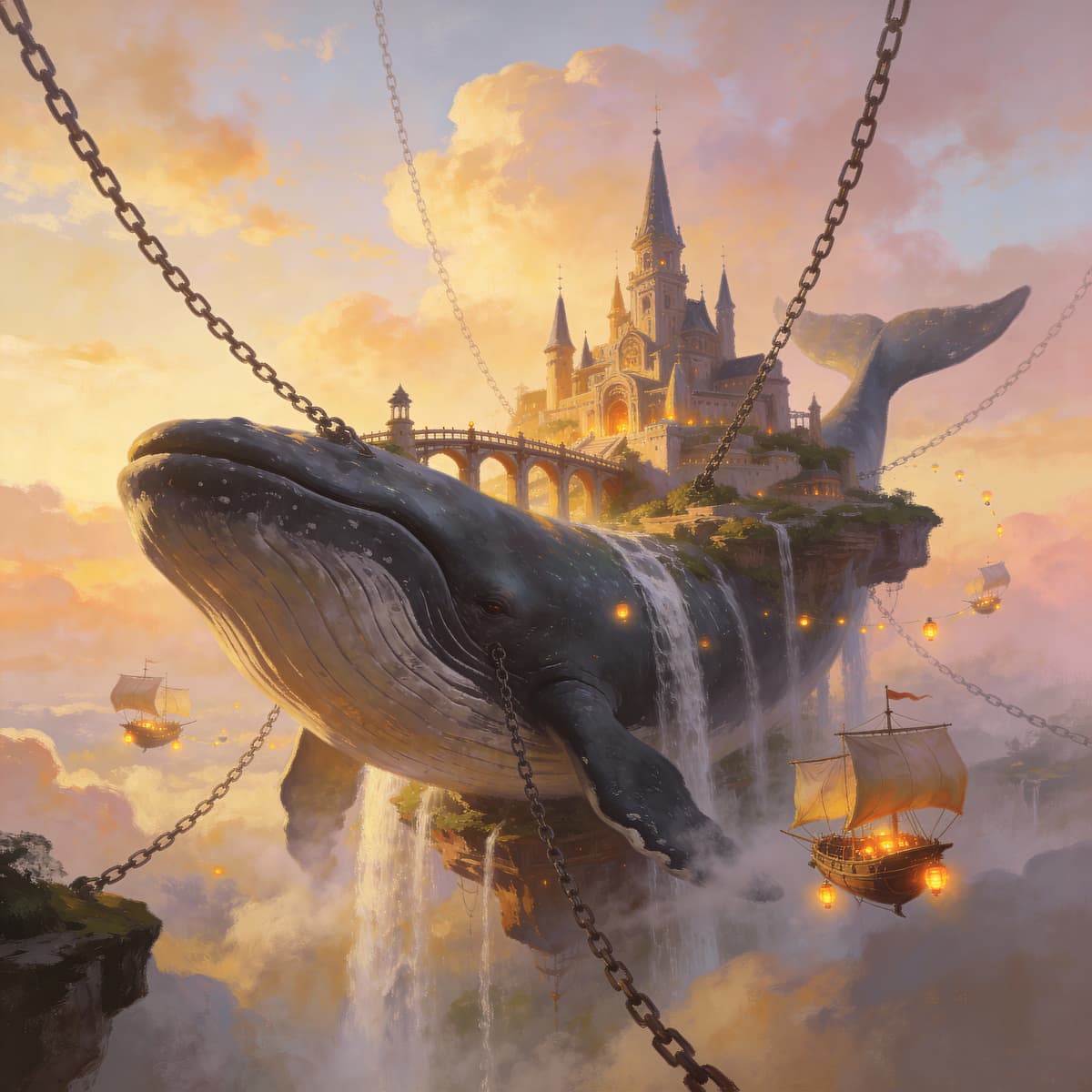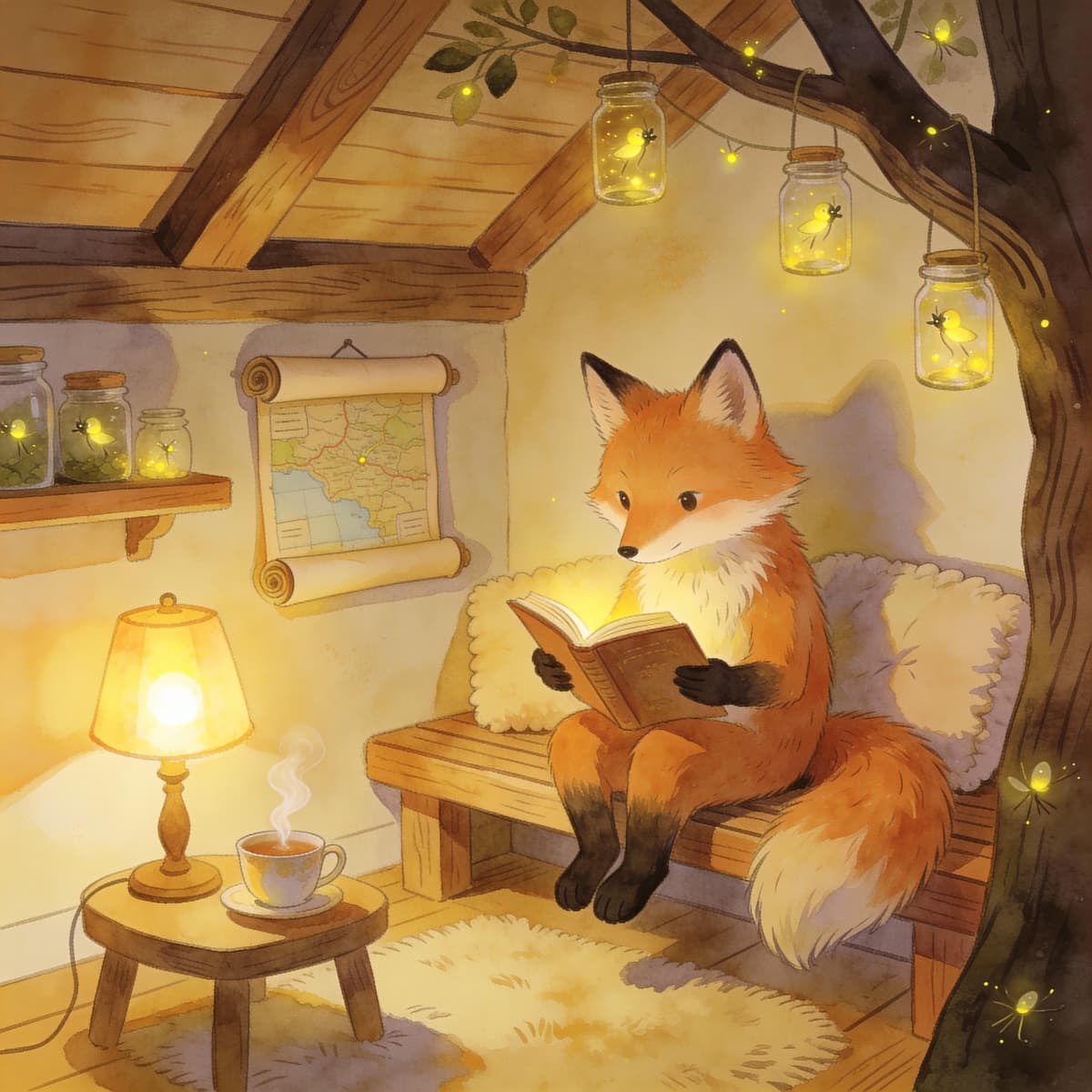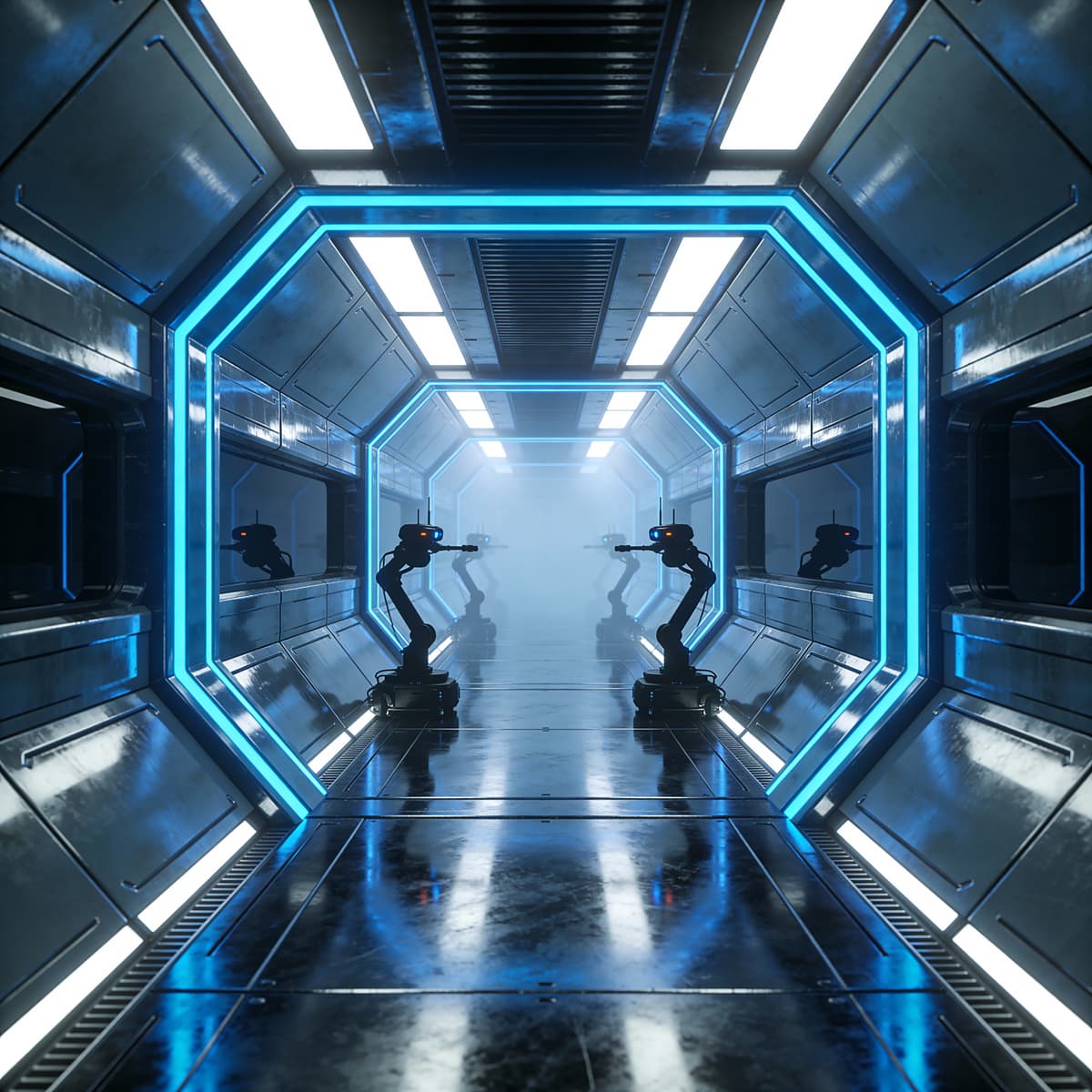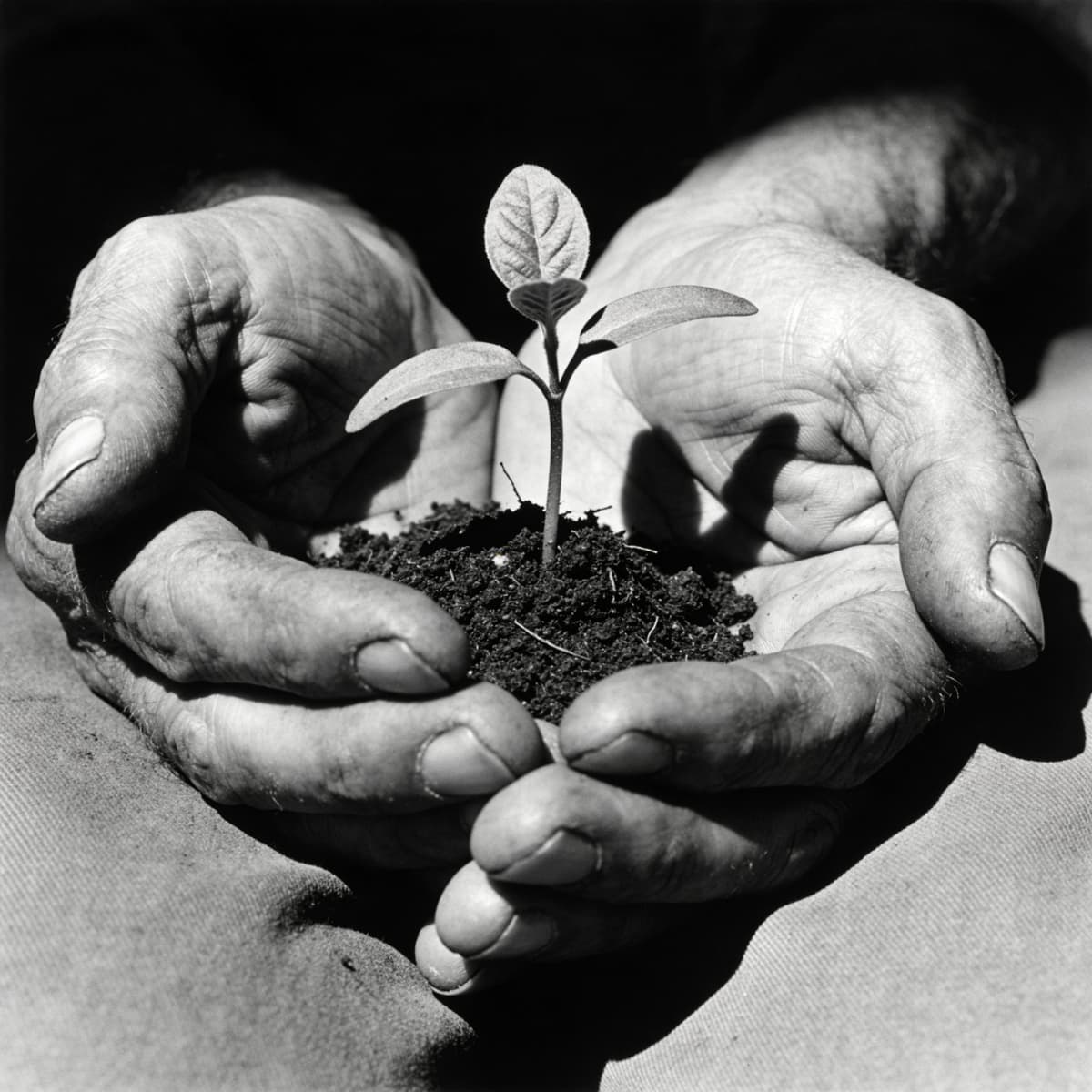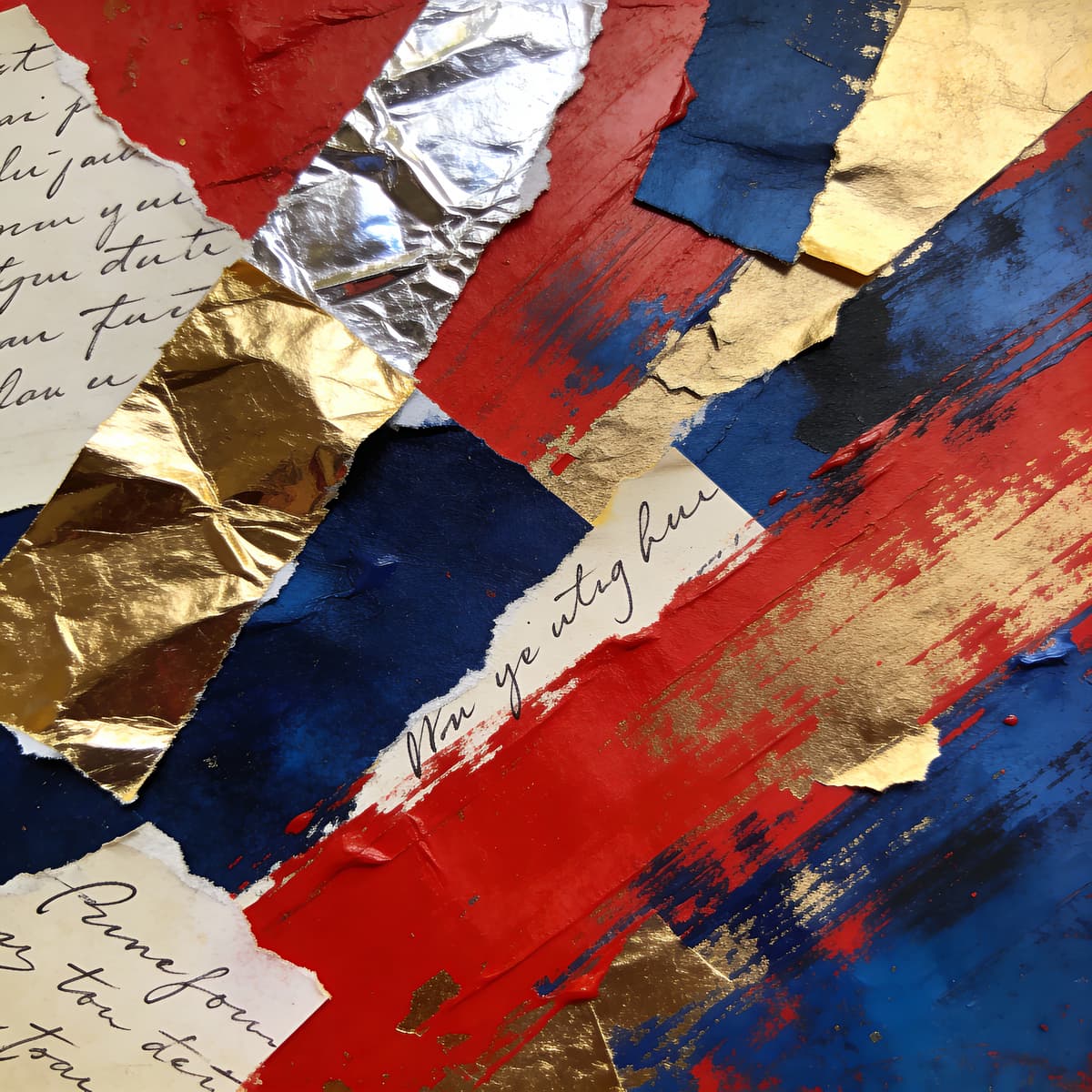
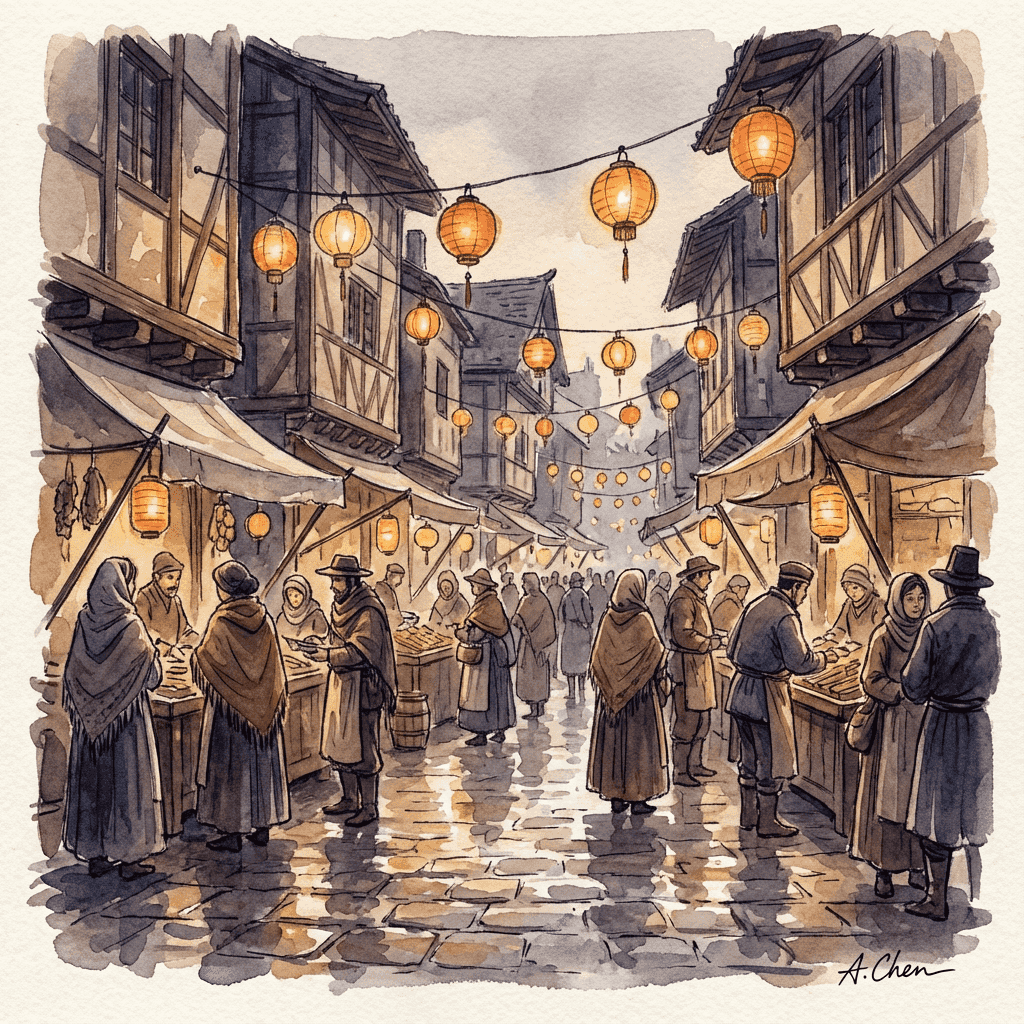
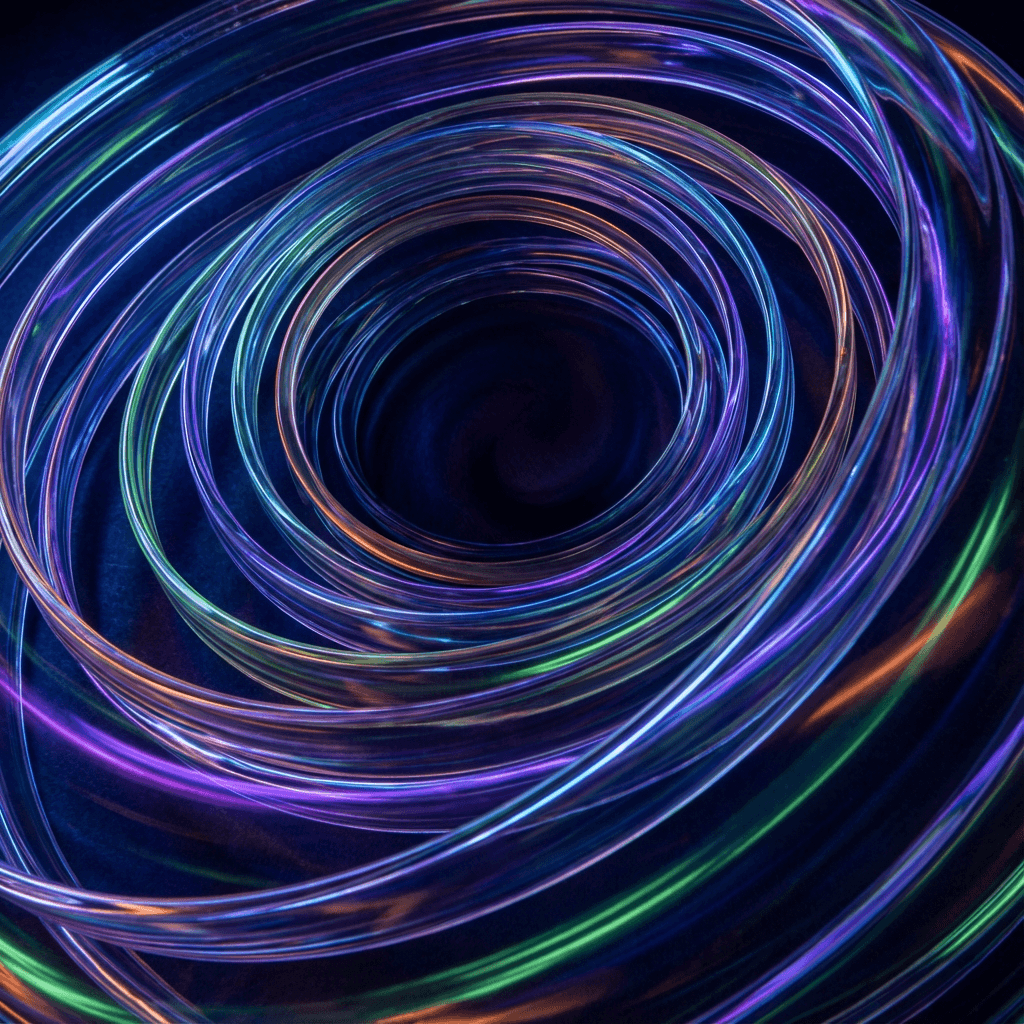


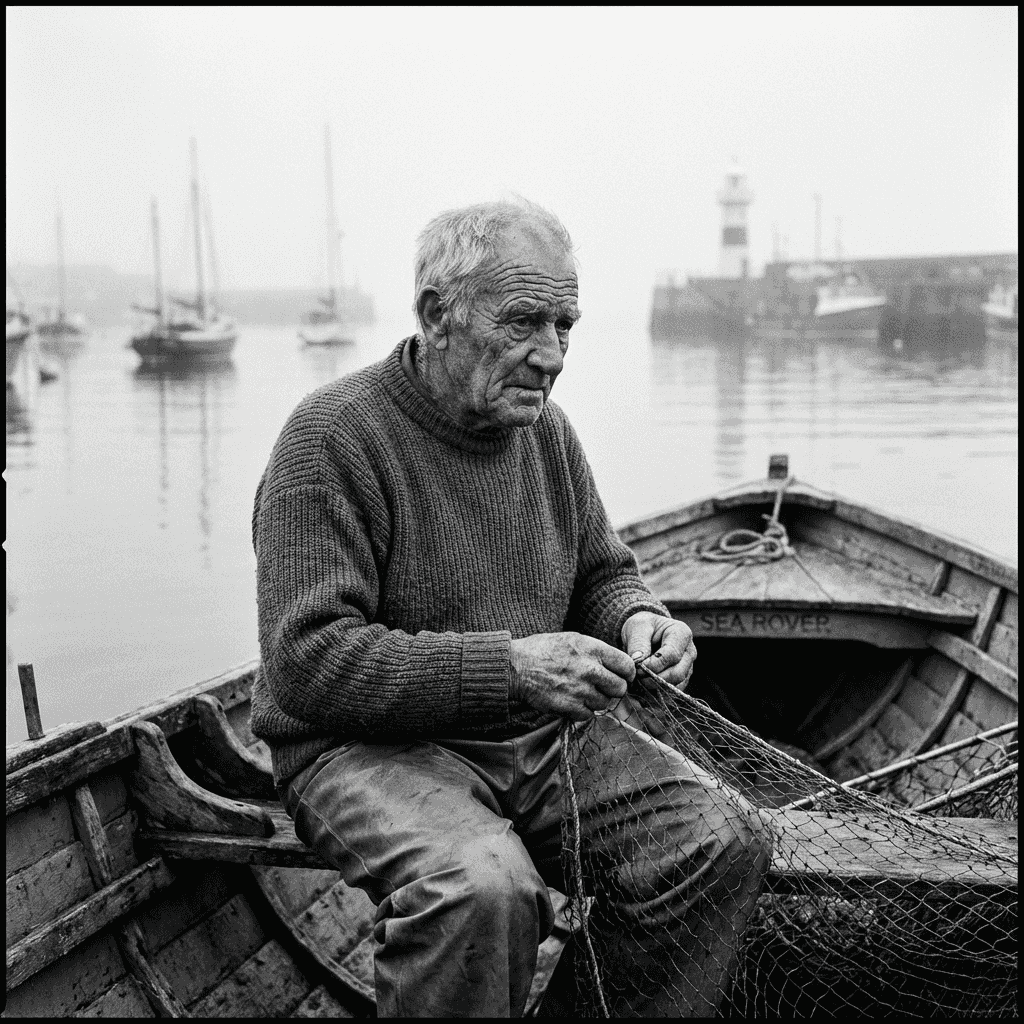
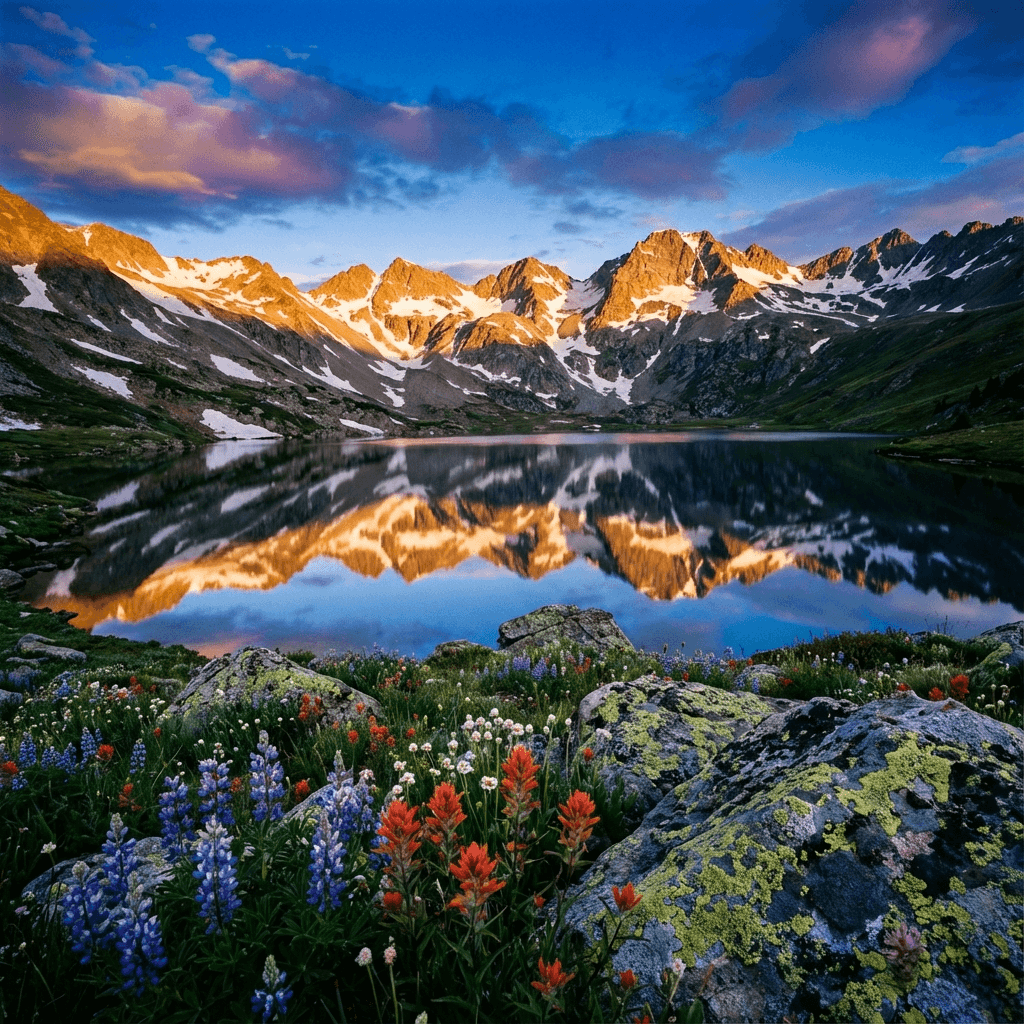
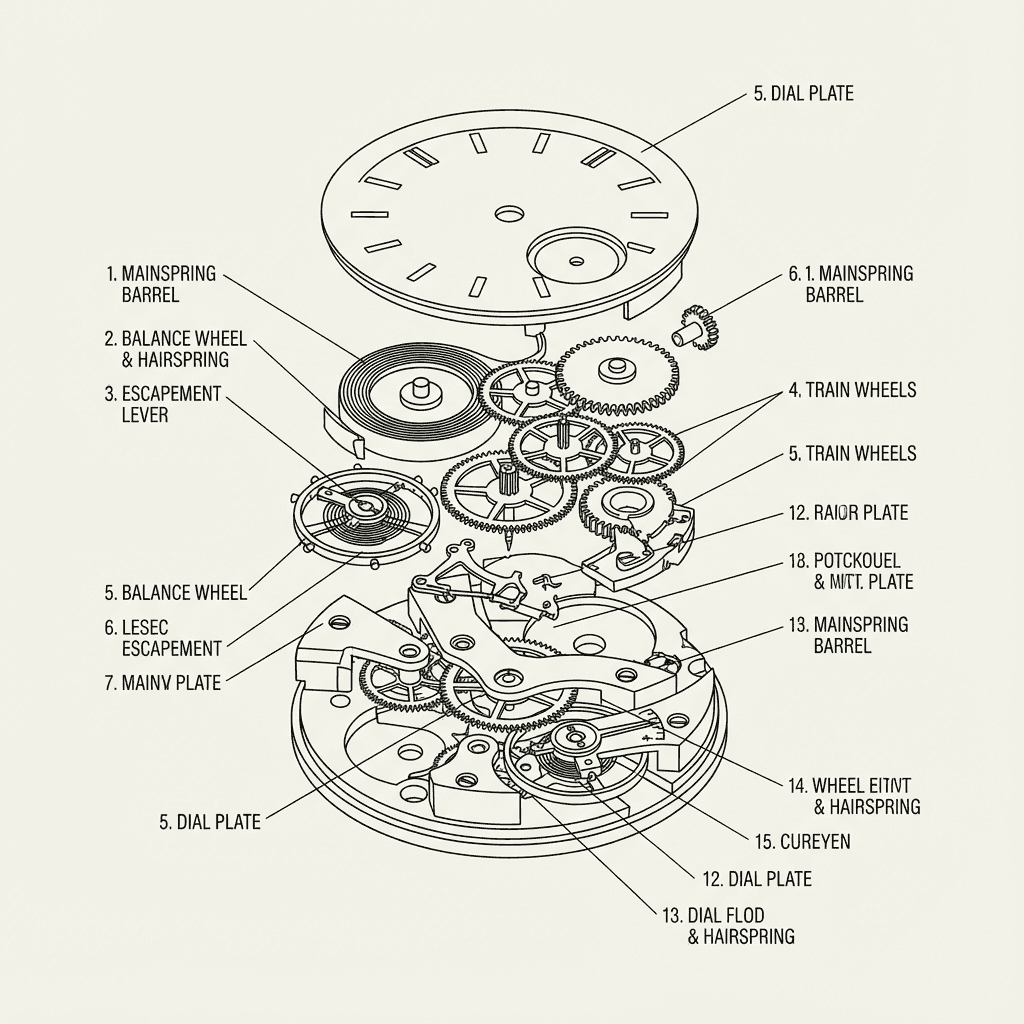
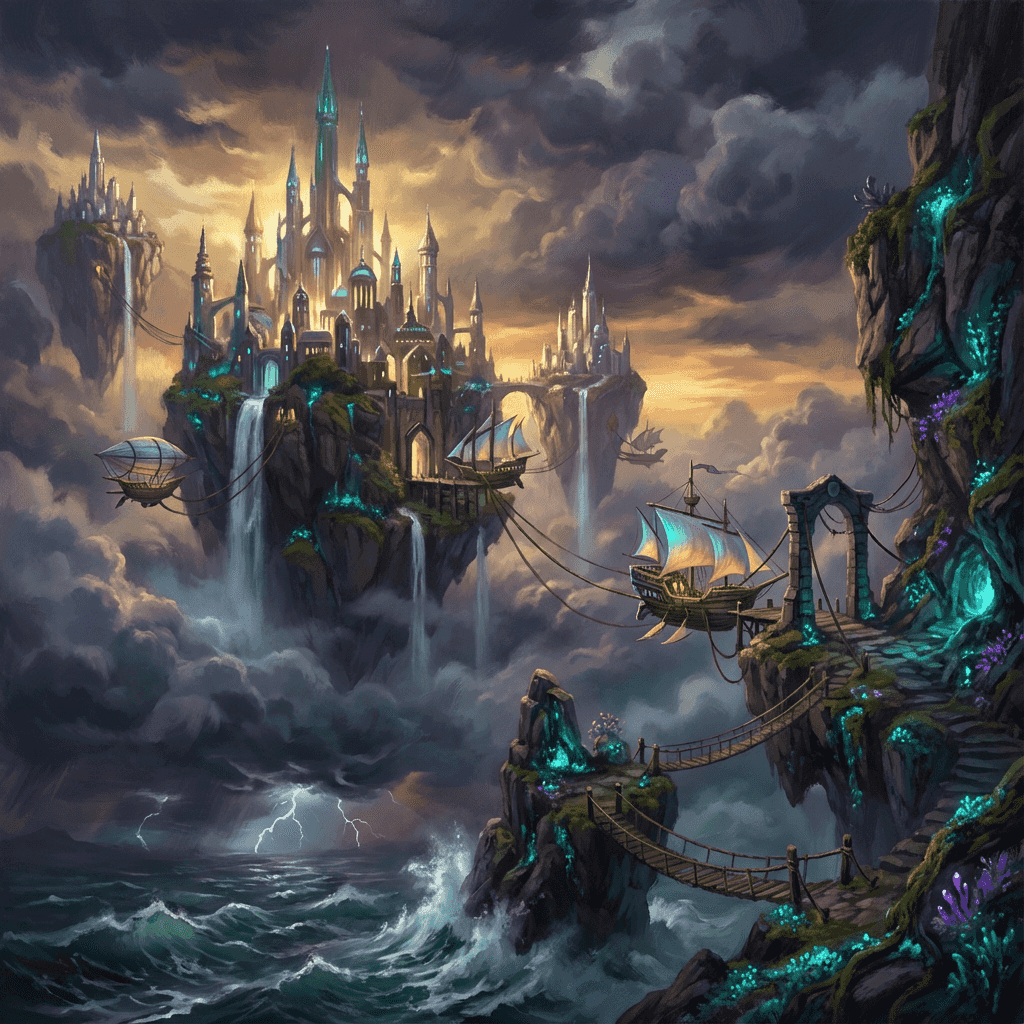
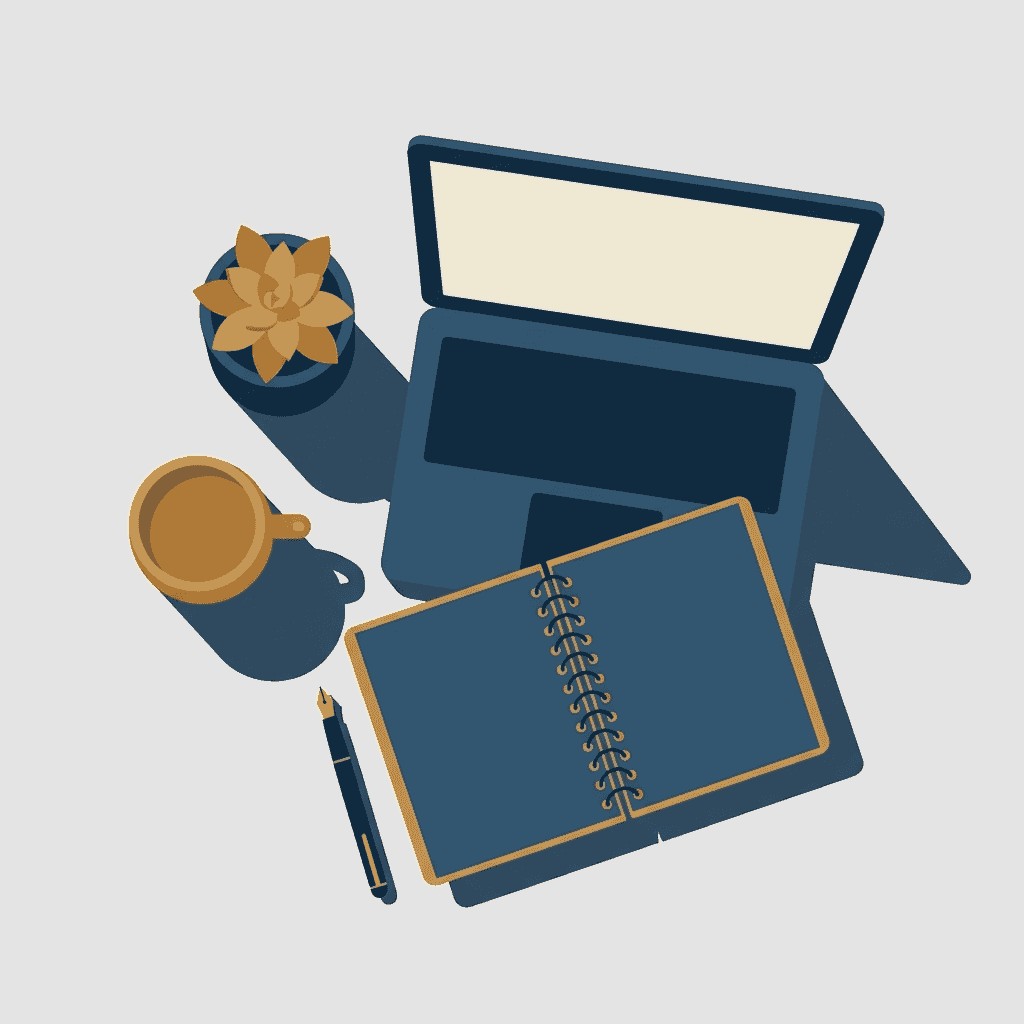


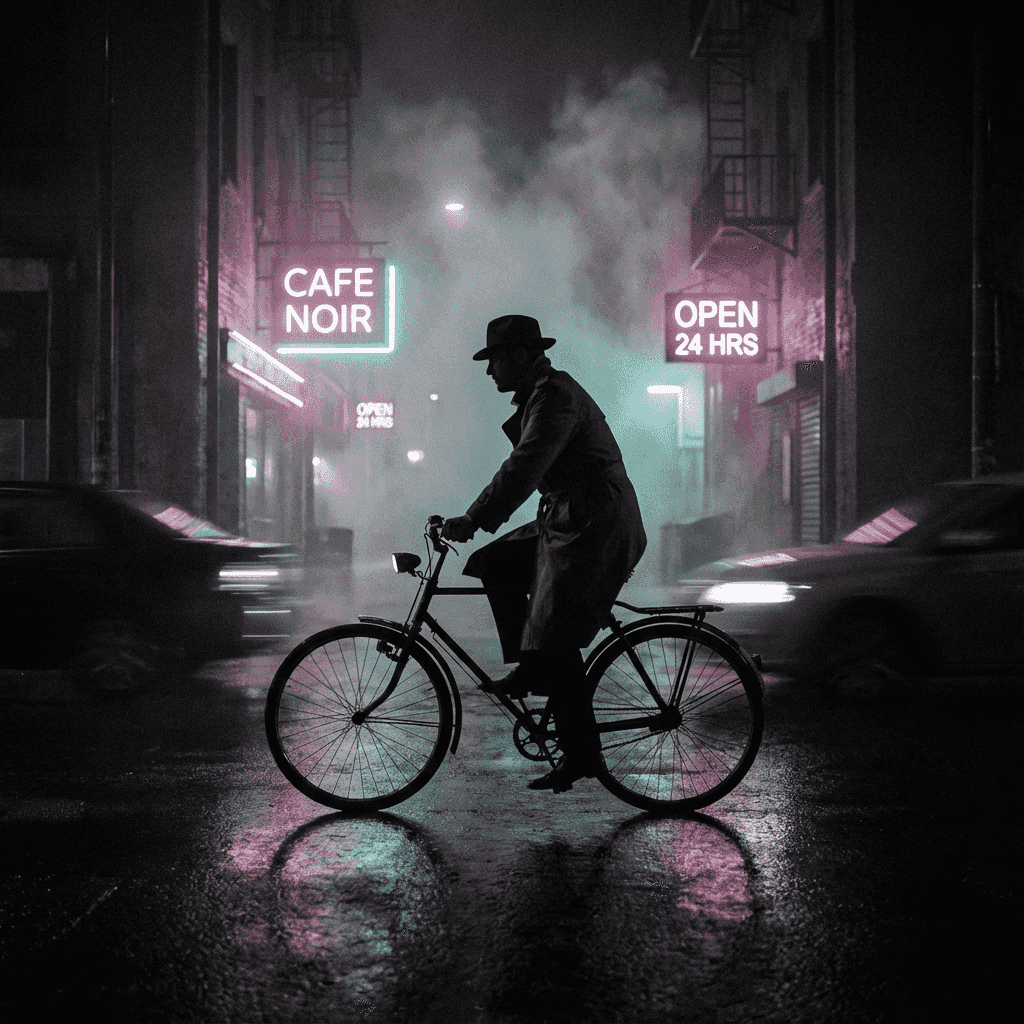
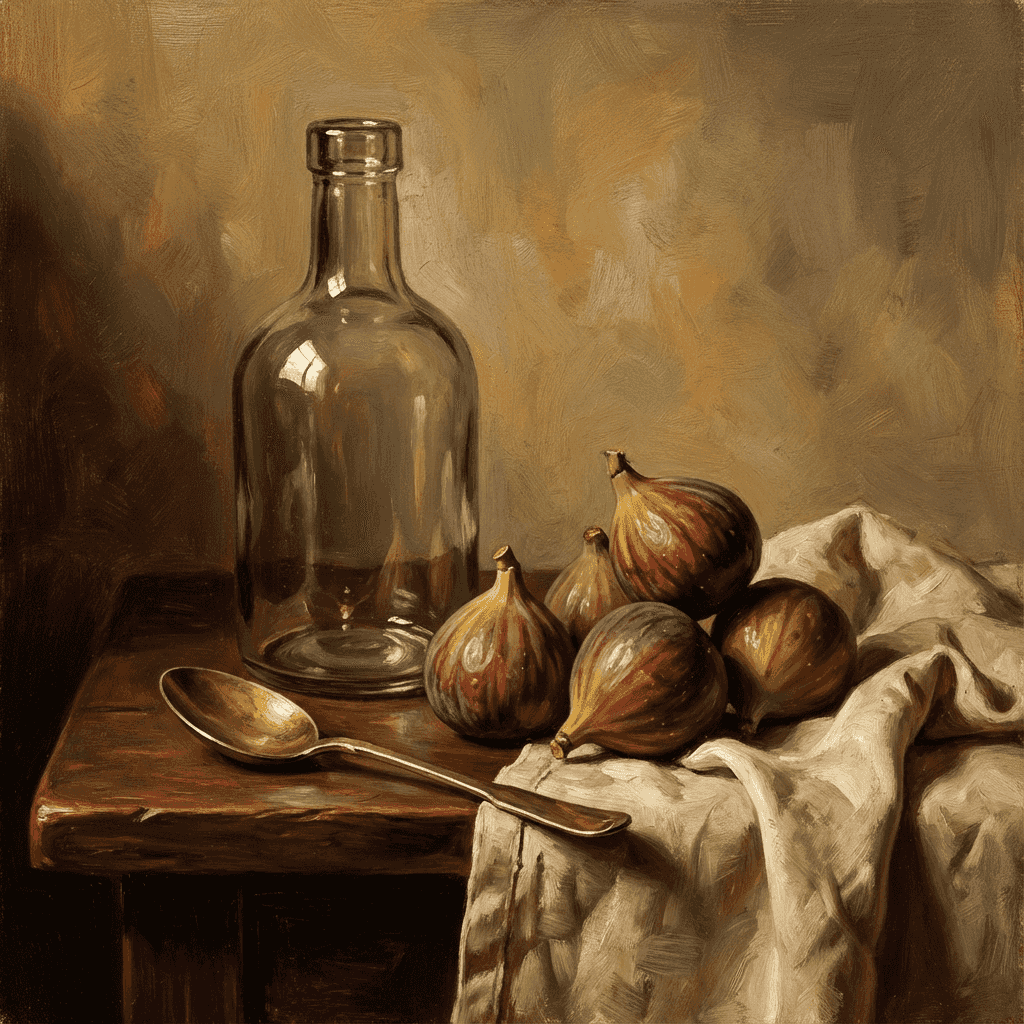
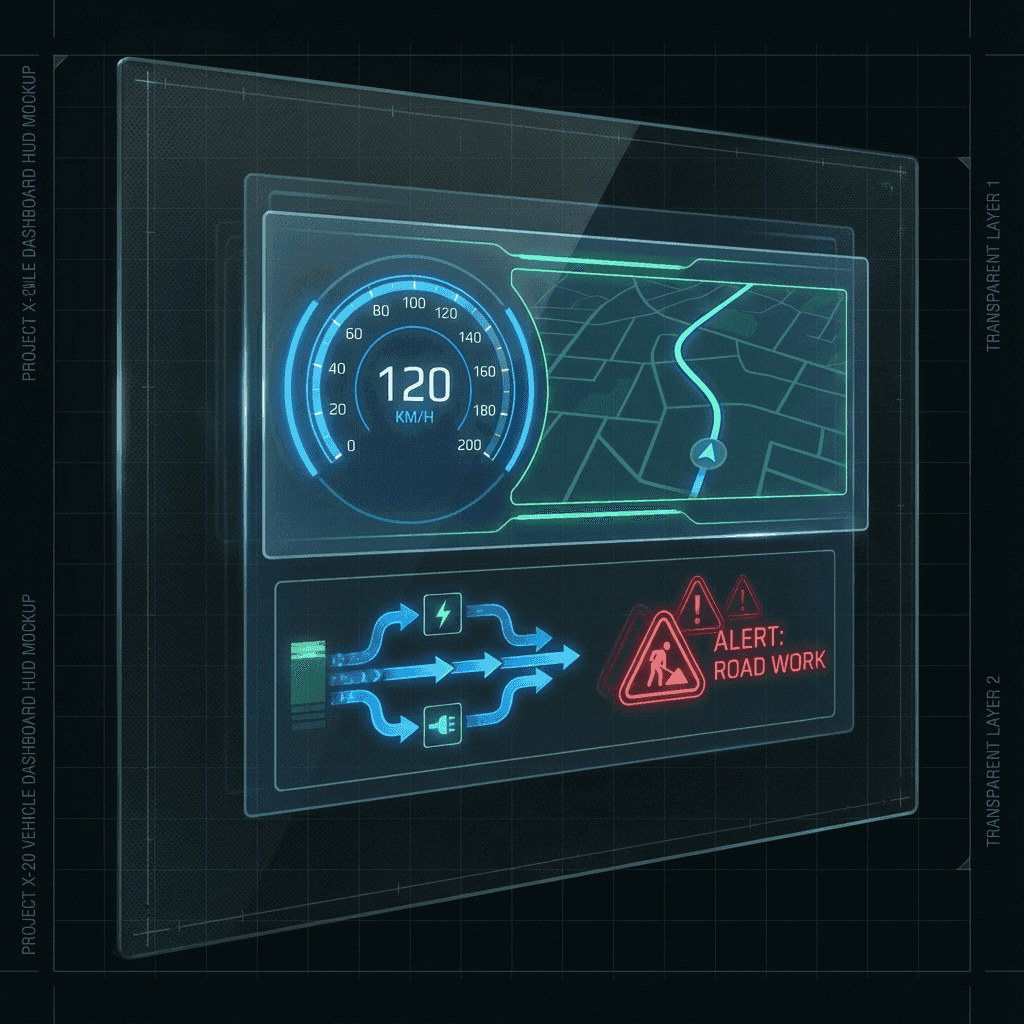


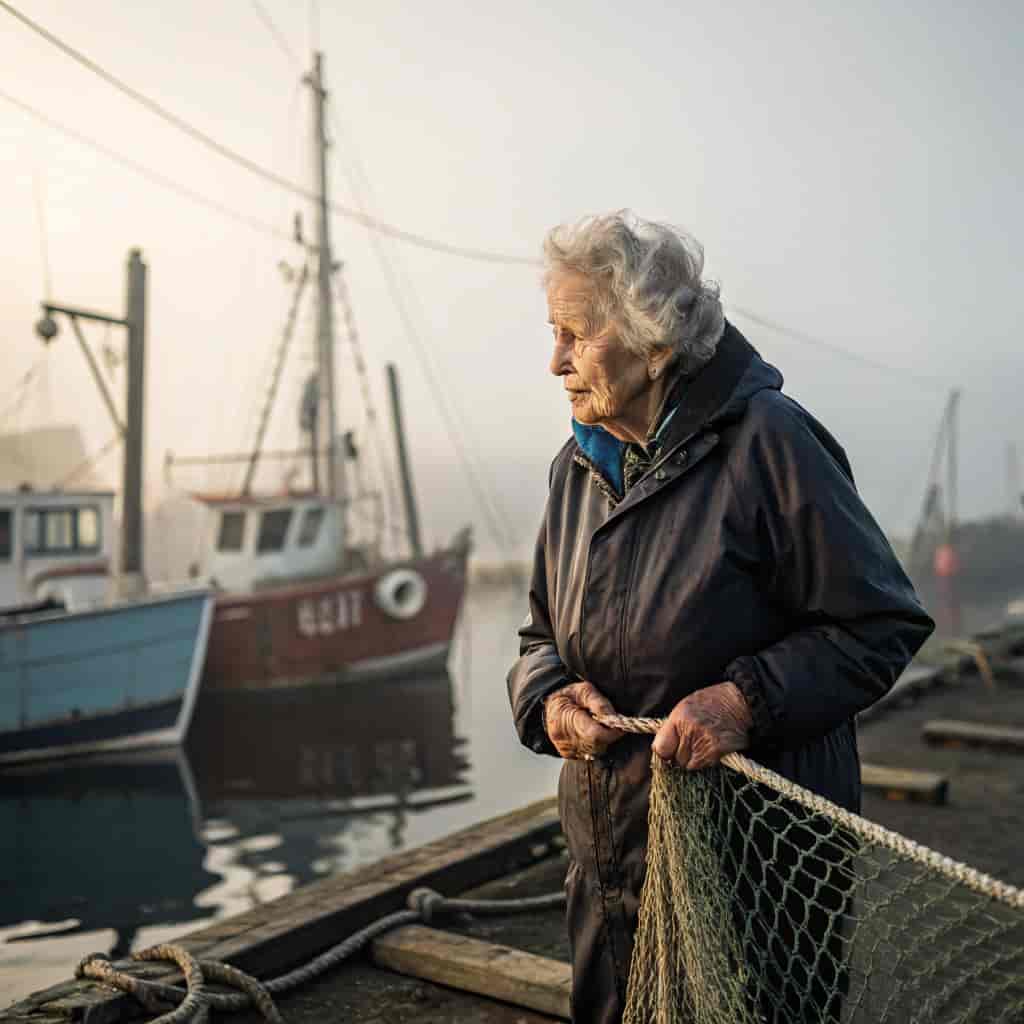
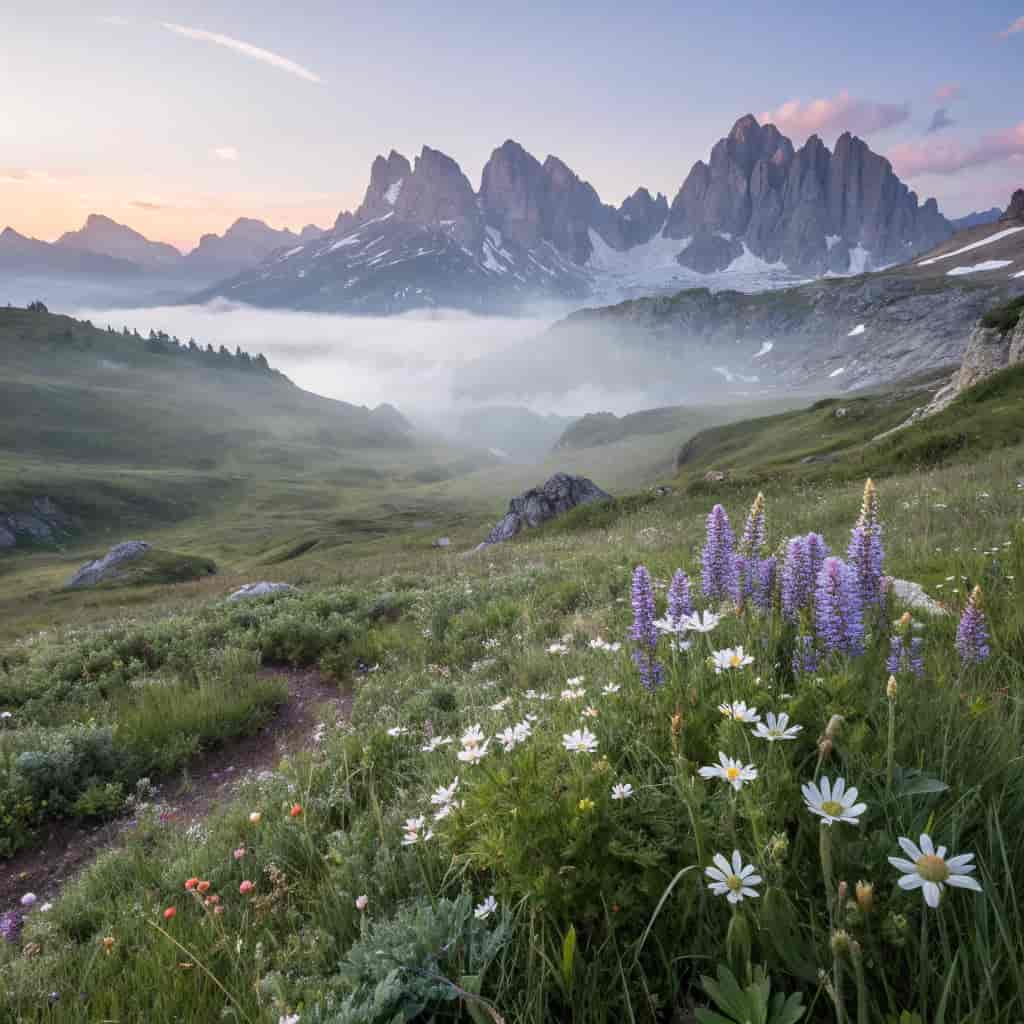
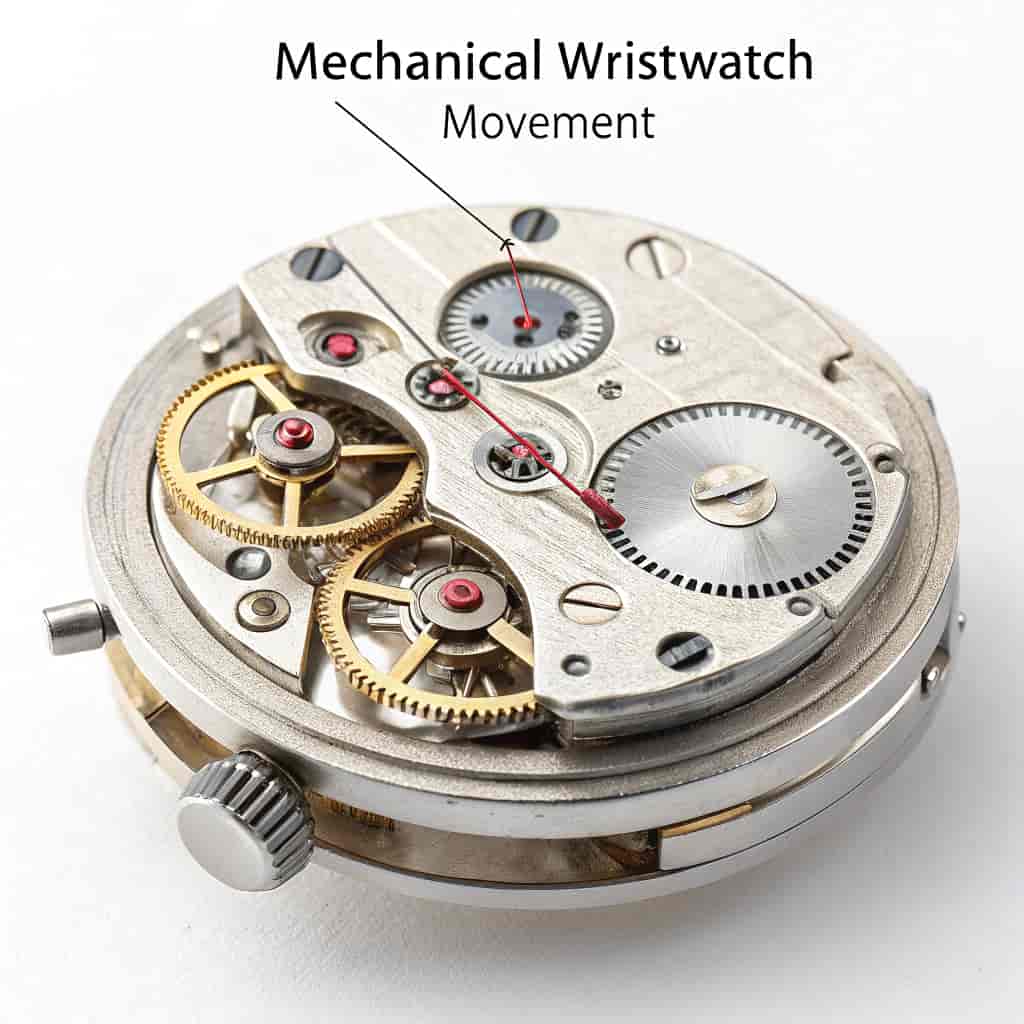
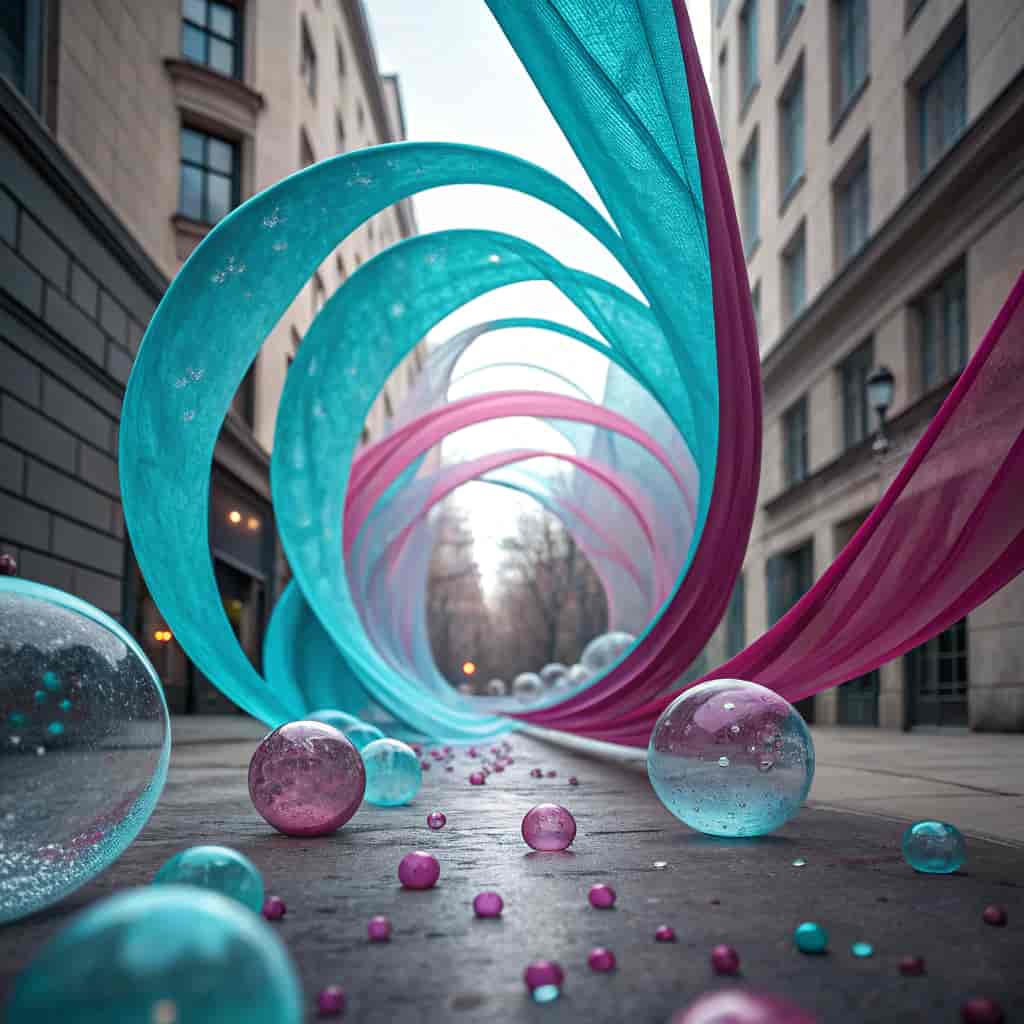
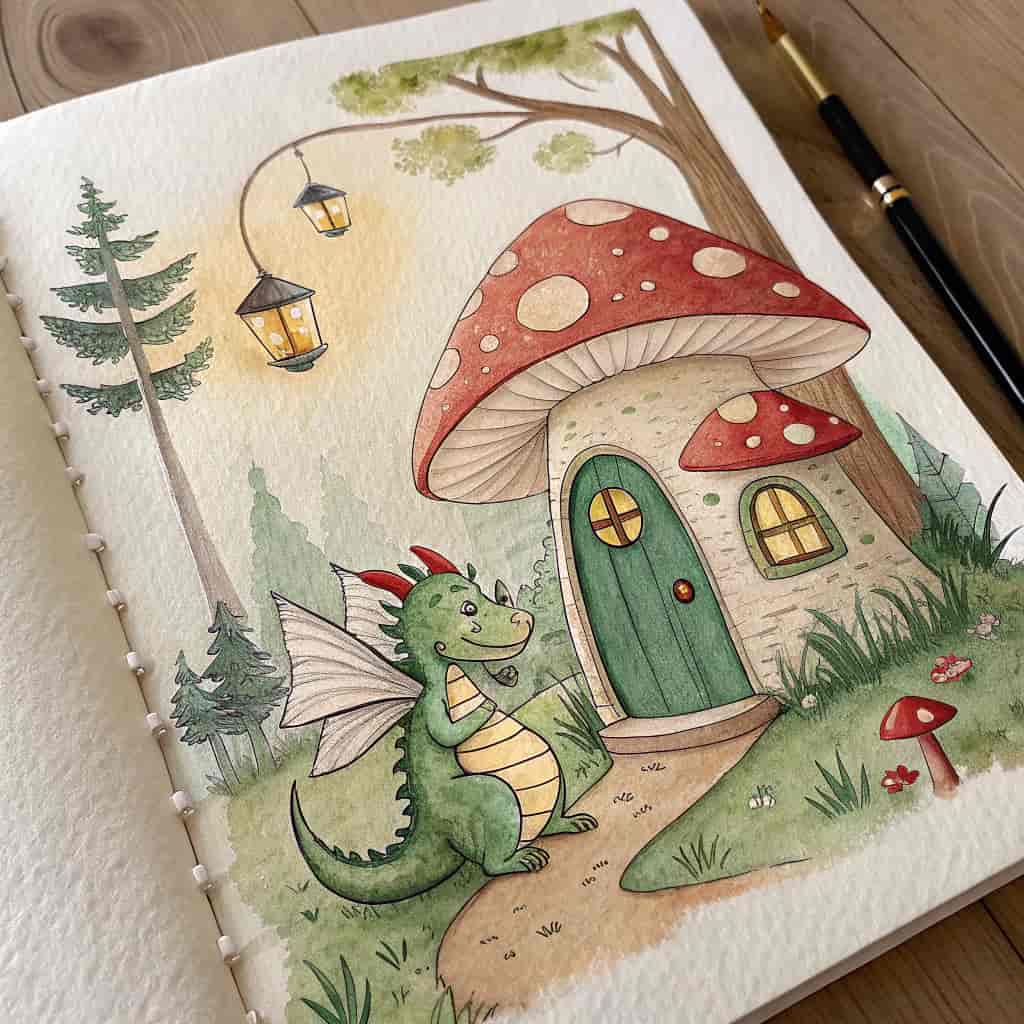
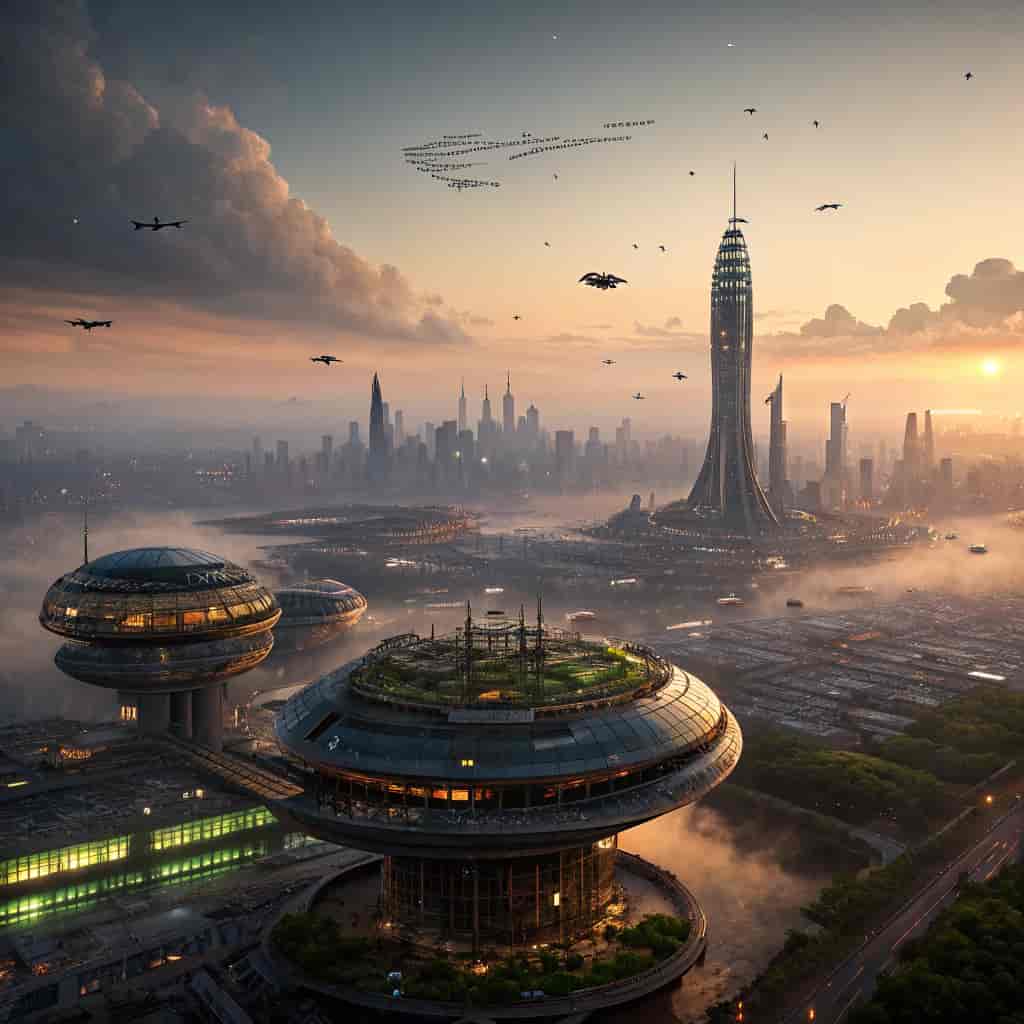
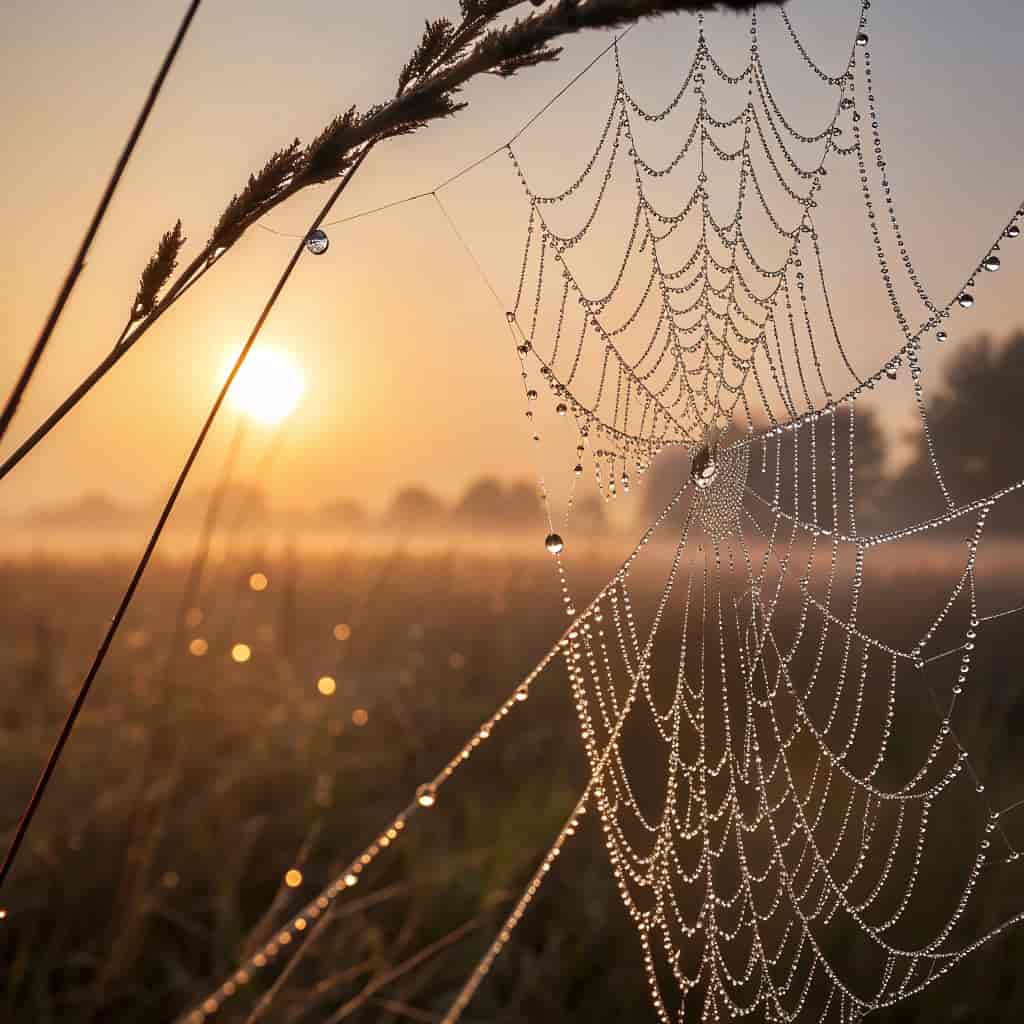





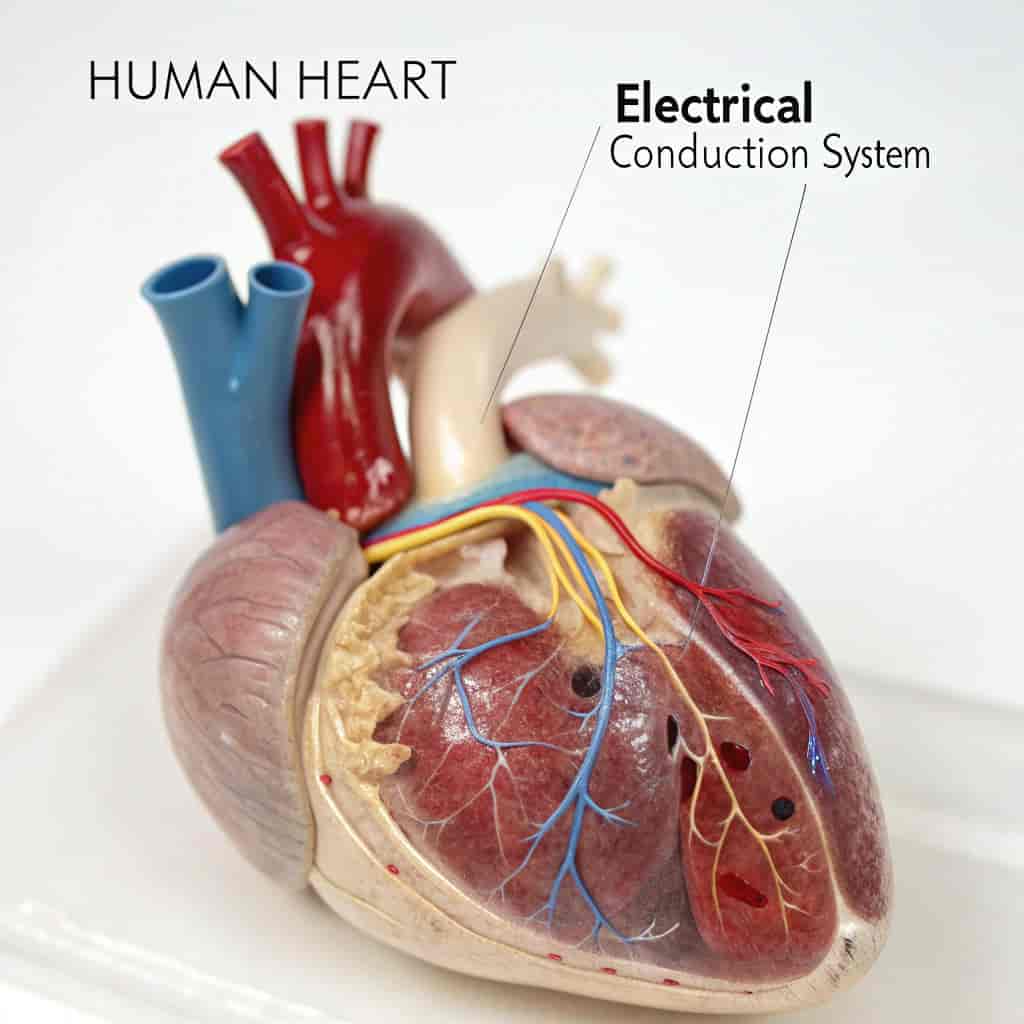
AI Image Generator
Create stunning visuals with Typli's Free AI Image Generator. Transform text into professional-quality images using advanced models like FLUX, Nano Banana, and SeeDream.
Settings
Configure your ai image generator.
















Ready to create
Upload your photos on the left and describe your desired look to get started.
How to get the best results
- 1Type in a description of the image you'd like to generate.
- 2Press "Generate Image" and Typli will generate an image for you. An image takes from 1 second up to 30 seconds for better models.
Create Stunning Images with Advanced AI
Unleash your creativity with our powerful AI image generator. Whether you need photorealistic visuals, artistic illustrations, or unique designs, our tools make it easy.
Diverse Styles
Explore a World of Artistic Possibilities
From cinematic realism to abstract art, choose from a wide range of styles to perfectly match your vision.
- Photorealistic & Cinematic: Create lifelike images with incredible detail and lighting.
- Artistic & Abstract: Generate unique paintings, sketches, and digital art.
- 3D & Futuristic: Design cutting-edge 3D renders and sci-fi concepts.
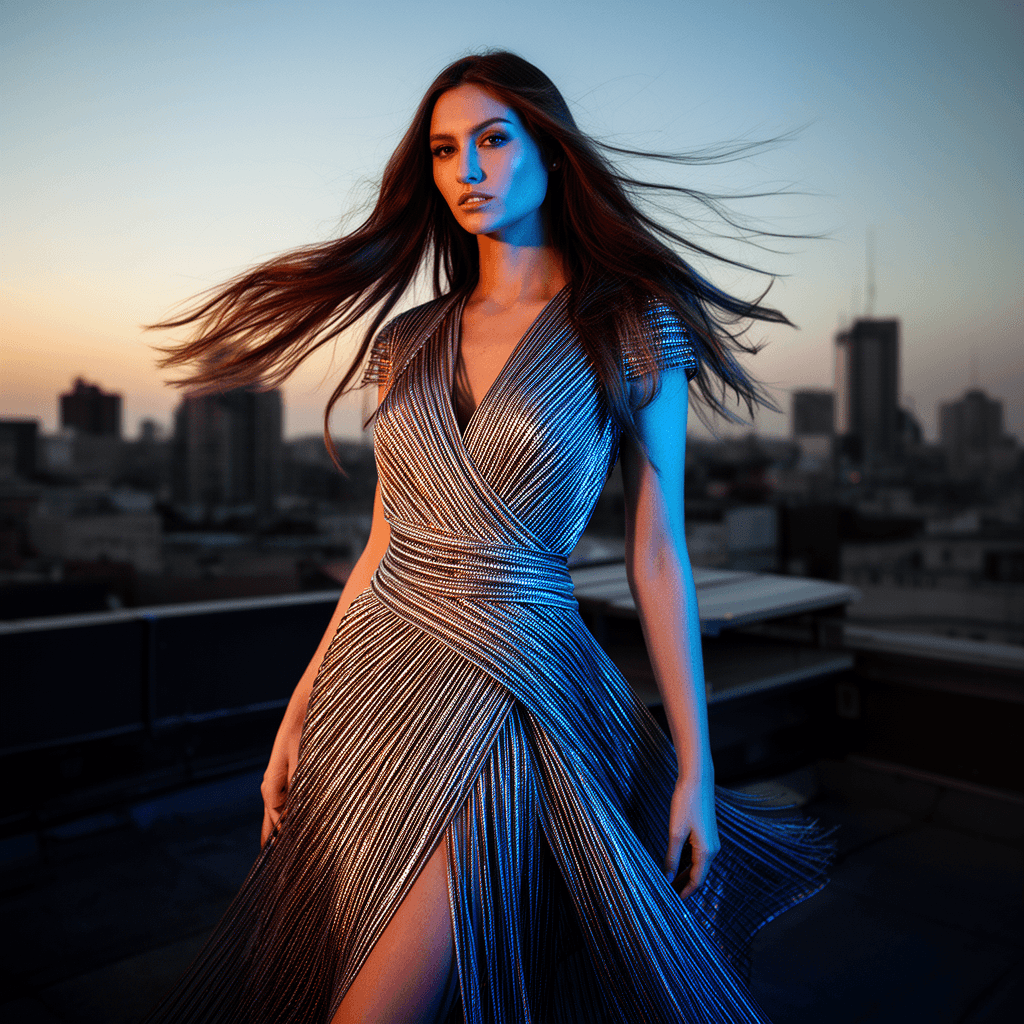
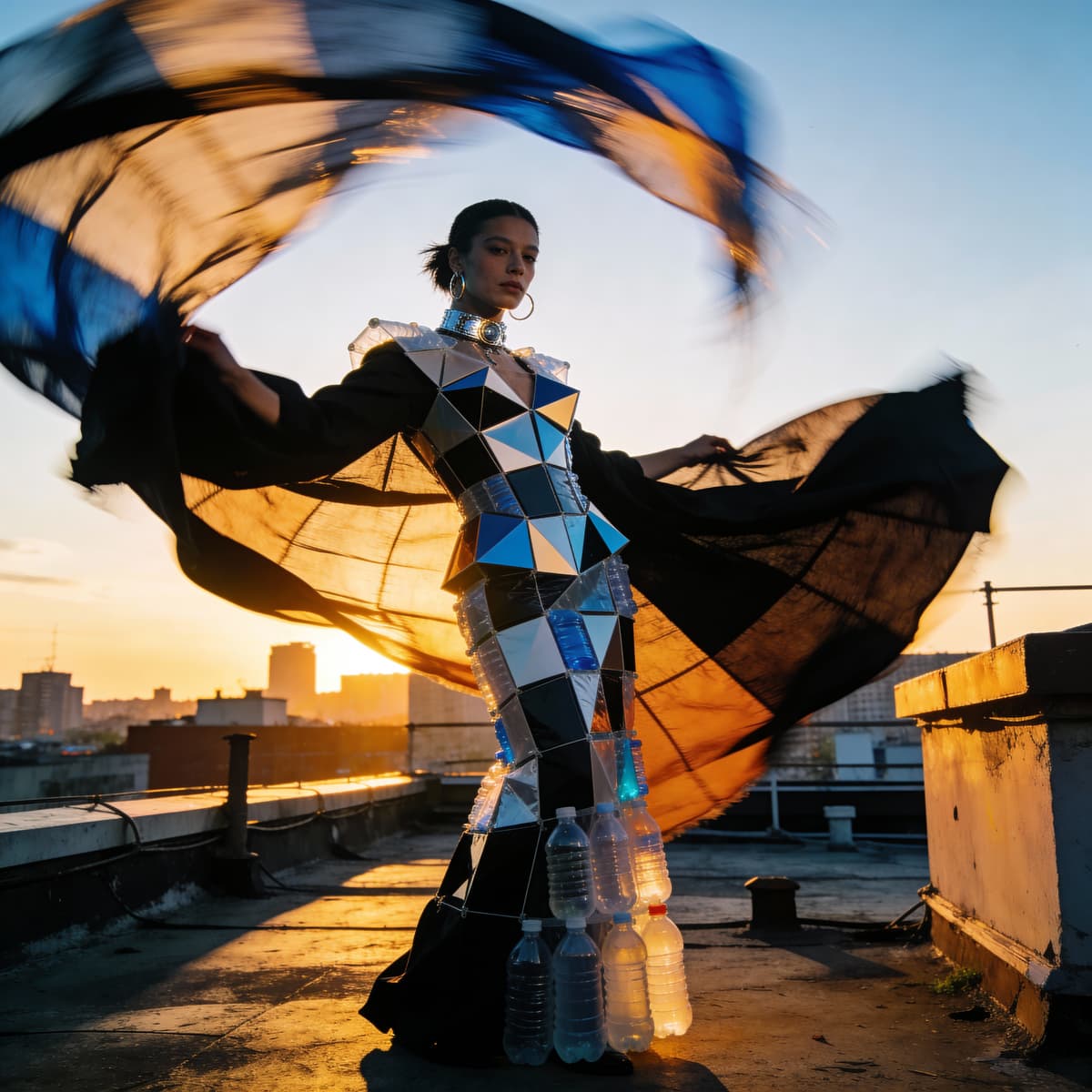
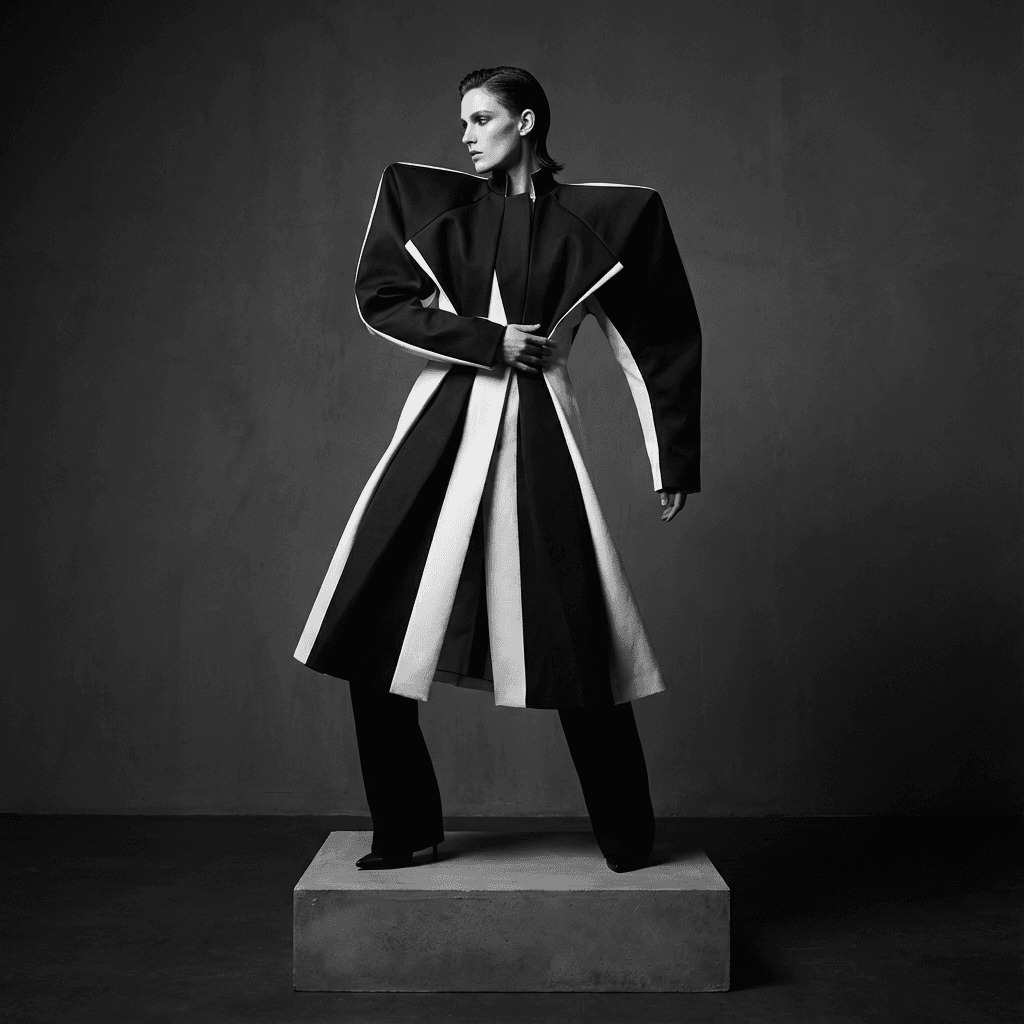

Premium Models
Powered by Leading AI Technology
Access the best-in-class AI models like FLUX, Nano Banana, and SeeDream for superior quality and speed.
- High Resolution: Generate crisp, detailed images suitable for professional use.
- Fast Generation: Get results in seconds without compromising quality.
- Accurate Prompt Adherence: Our models understand complex descriptions for precise results.
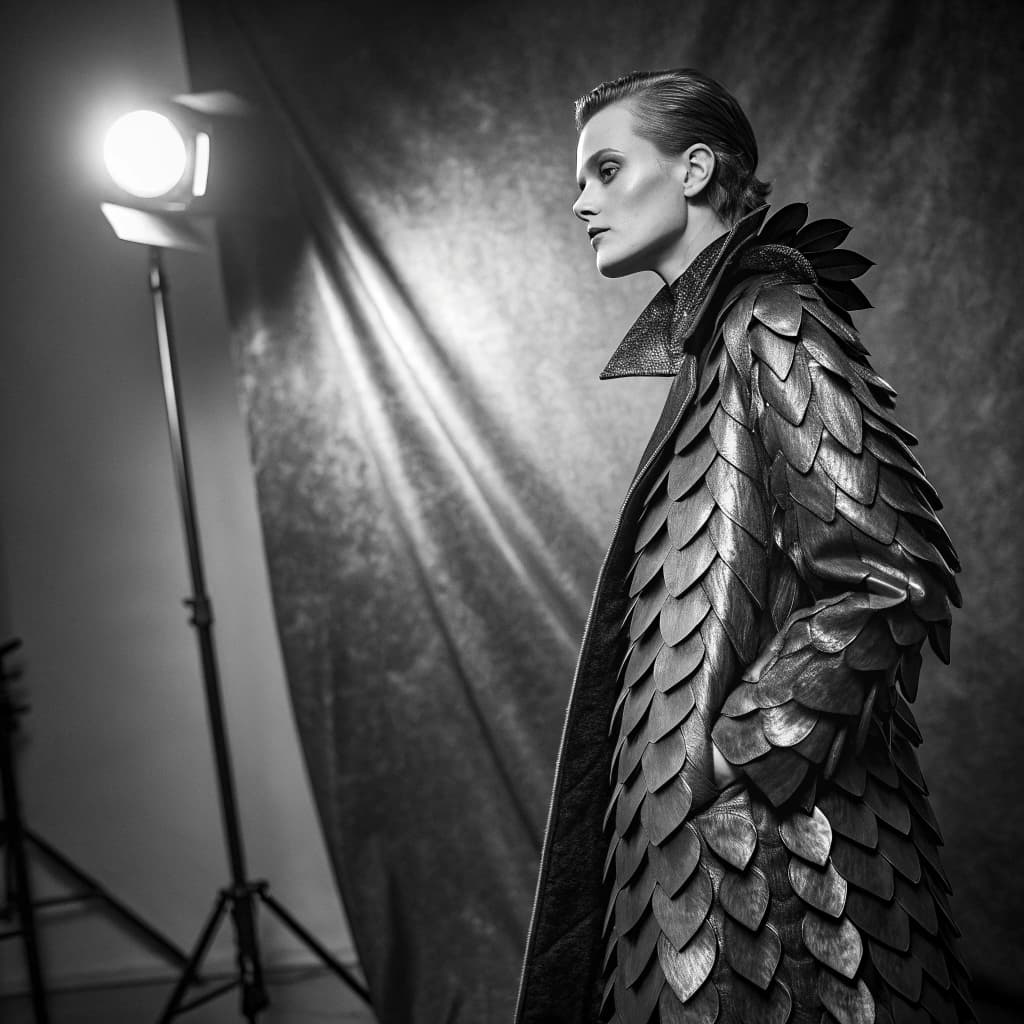


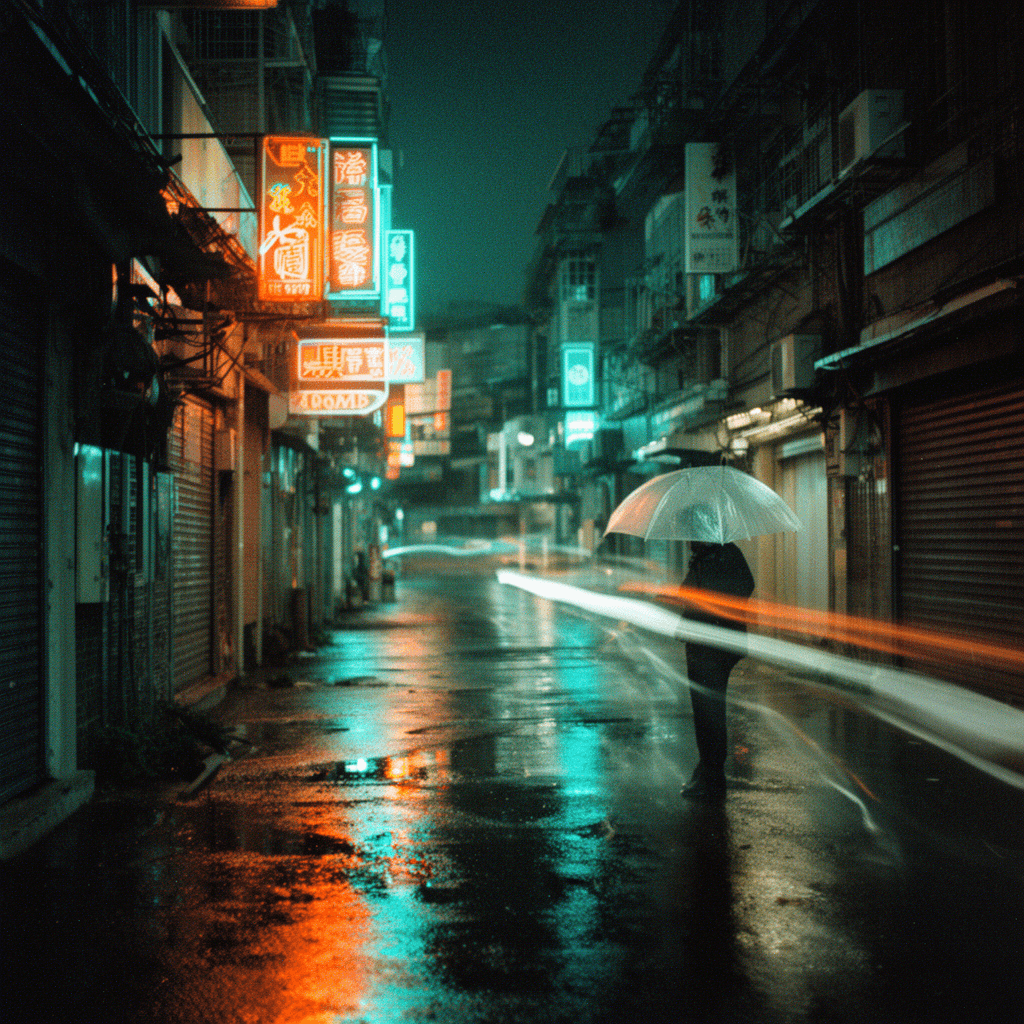
Versatile Applications
Perfect for Every Project
Create visuals for marketing, social media, web design, or personal projects effortlessly.
- Social Media Content: Engage your audience with eye-catching posts.
- Marketing Materials: Create unique assets for ads, banners, and flyers.
- Concept Art: Visualize ideas for games, movies, and stories.
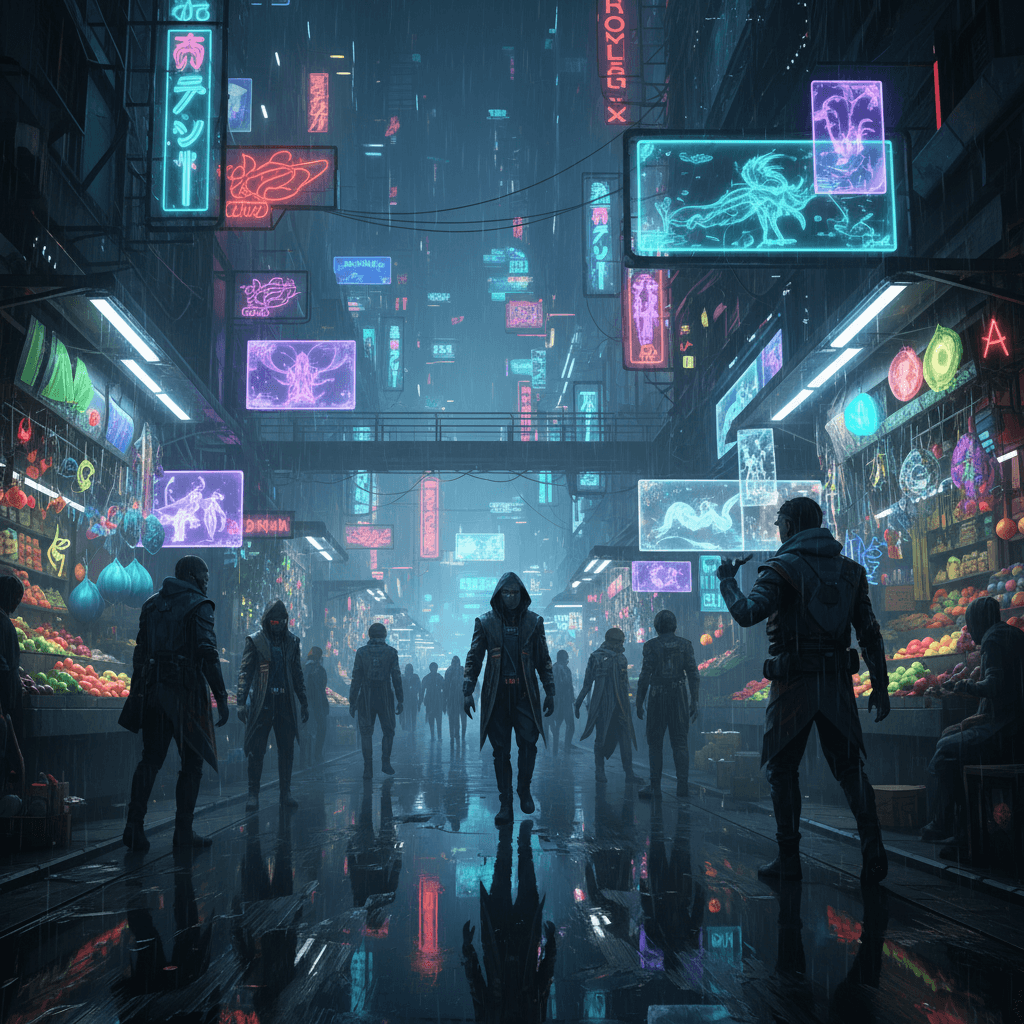


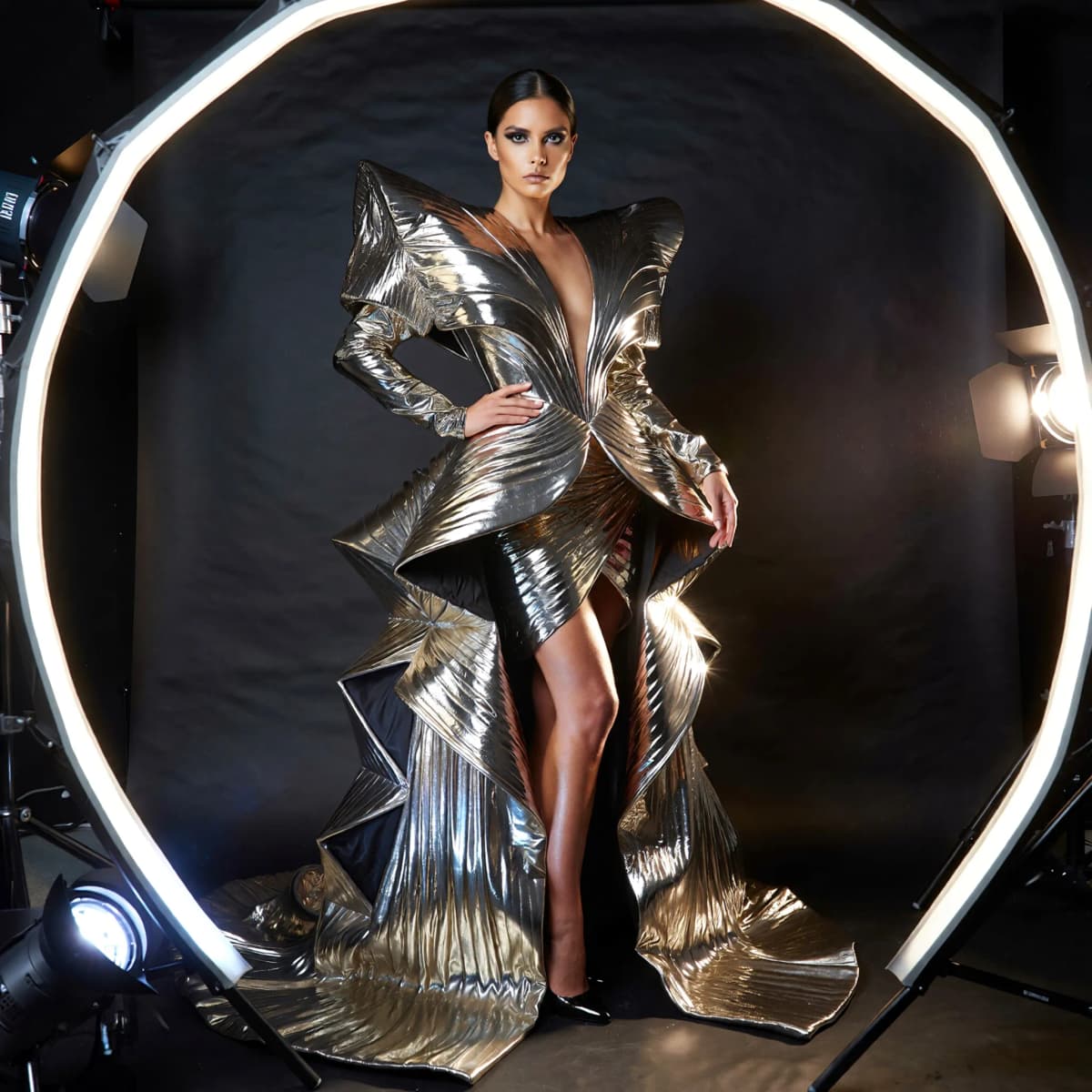
AI Image Generator: Turn Text into Art Instantly
Typli's AI Image Generator empowers you to create stunning, high-resolution images from simple text descriptions. Whether you're a marketer, designer, or content creator, our tool provides access to the world's most advanced AI models, including FLUX, the latest Nano Banana, and SeeDream.
Top AI Models at Your Fingertips
We integrate the best-in-class image generation models to suit every need:
- FLUX 2 & Pro: Experience rapid generation with exceptional detail and prompt adherence. Ideal for quick iterations and high-quality concept art.
- Nano Banana & Pro: The latest models setting the gold standard for photorealism. Perfect for generating lifelike human subjects and images requiring accurate text rendering.
- ByteDance SeeDream: A powerhouse for creative and stylized outputs, offering unique artistic interpretations of your prompts.
Why Use an AI Image Generator?
AI image generation revolutionizes content creation by saving time and resources. Instead of searching for stock photos or hiring photographers, you can generate custom visuals in seconds. Create marketing assets, social media posts, blog headers, and product mockups that are 100% unique to your brand.
How to Generate High-Quality AI Images
Getting the best results is easy: simply describe what you want to see. Be specific about the subject, style, lighting, and mood. For example, instead of "a dog," try "a golden retriever running in a park at sunset, cinematic lighting, photorealistic." Our AI understands nuance, allowing you to fine-tune your creations to perfection.
Explore Themed Image Generators
Discover specialized AI image generators tailored for specific styles and use cases. Create everything from professional headshots to creative artistic scenes.

AI Christmas Photo Generator
Turn your selfies into cozy, realistic AI Christmas photos in seconds. Create family portraits, AI Santa selfies and social-ready holiday images.

Professional Headshot AI Generator
Get ready to elevate your online presence with the Professional Headshots AI Generator, a powerful tool that generates high-quality headshots in seconds.

Vintage Christmas Portrait Generator
Capture the warmth of the holidays with AI-generated portraits inspired by the Ralph Lauren Christmas aesthetic - rich tartans, soft candlelight, and old-money charm.
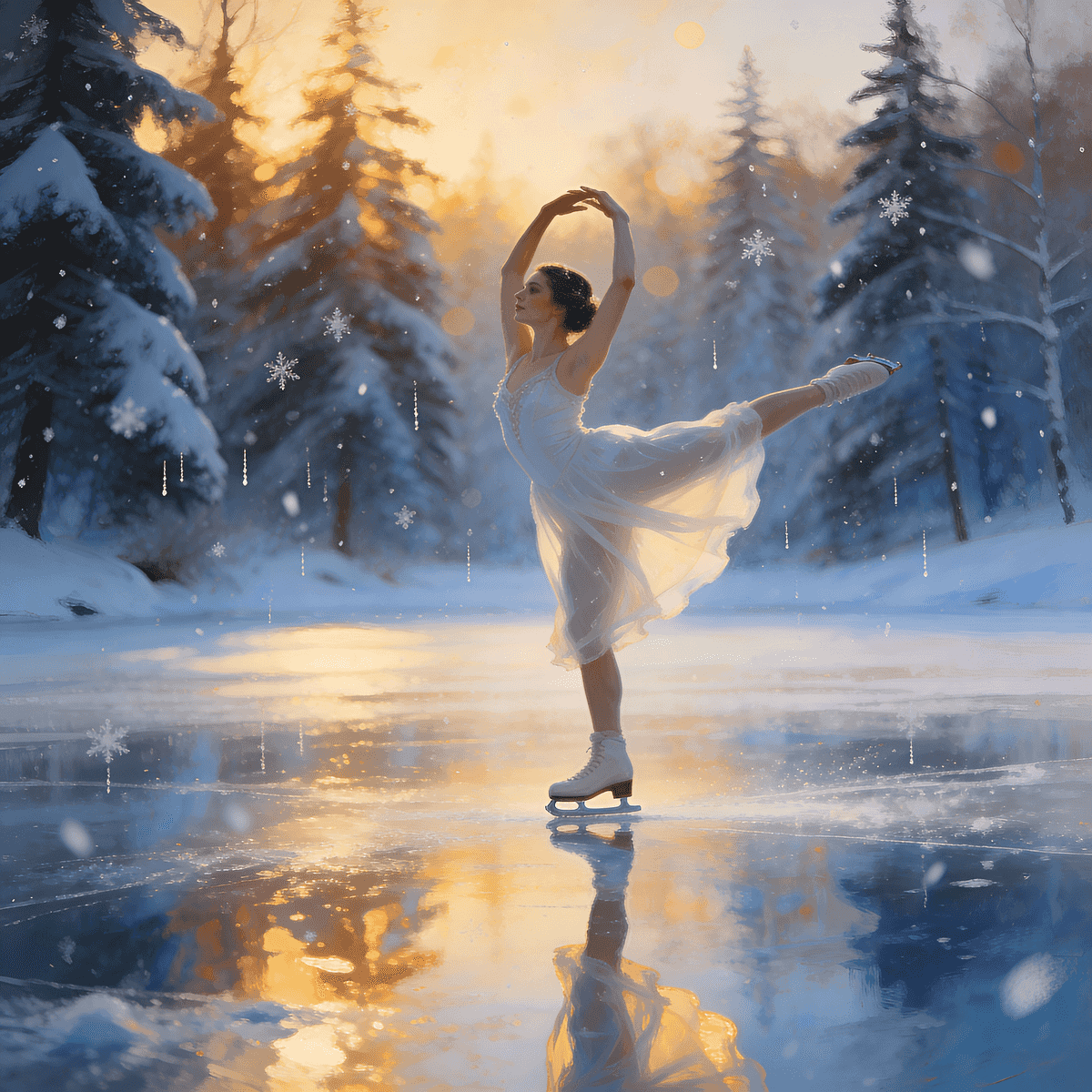
AI Snow Photo Generator
Create Snow AI photos in minutes from selfies. Turn your shots into realistic winter portraits ready for social posts, profiles and cozy content.

AI Gift Card Generator
Create a unique and personalized gift card for your loved ones. Design an unforgettable AI-generated gift card that stands out.
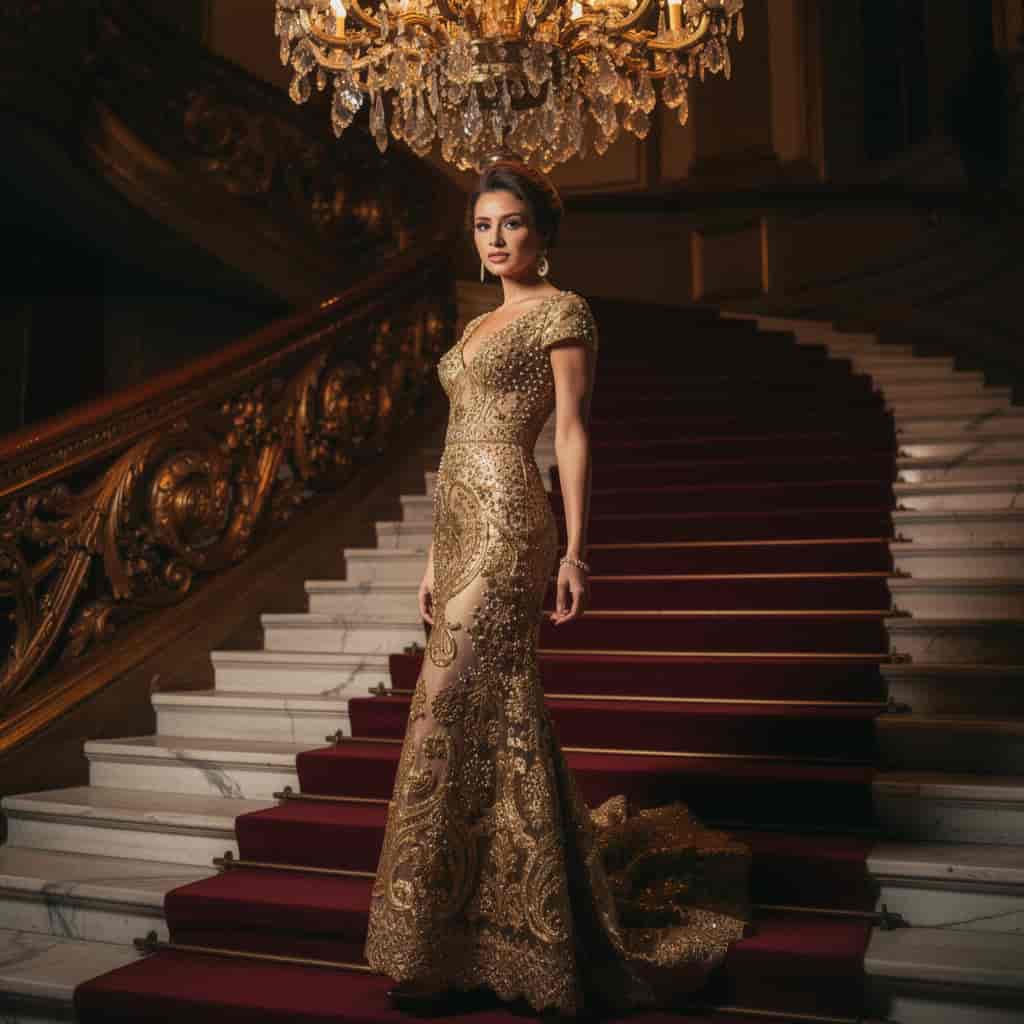
AI Met Gala Photo Generator
Red-carpet ready! Create stunning celebrity-inspired photos. Our AI generates a glamorous Met Gala scene, complete with flashing cameras and luxurious attire.

AI Nightclub Party Photo Generator
Get the party started! Let our AI create a personalized nightclub scene, from DJs to dance floors.

AI New Year's Eve Photo Generator
Ring in the new year with our AI-powered digital confetti explosion! Create a personalized New Year's Eve scene, complete with champagne toasts and fireworks.

AI Luxury Lifestyle Generator
Live lavishly with our AI-powered luxury living lifestyle image generator! Creates a personalized luxury living scene, from mansion interiors to exotic getaways.

AI Bikini Photo Generator
Dive into summer vibes! Our AI will craft stunning beachside scenes with vibrant swimsuits and sunny skies.

AI Swimsuit Photo Generator
Generate stunning swimsuit images using AI! Creates a personalized beach scene, from tropical getaways to beach volleyball fun.
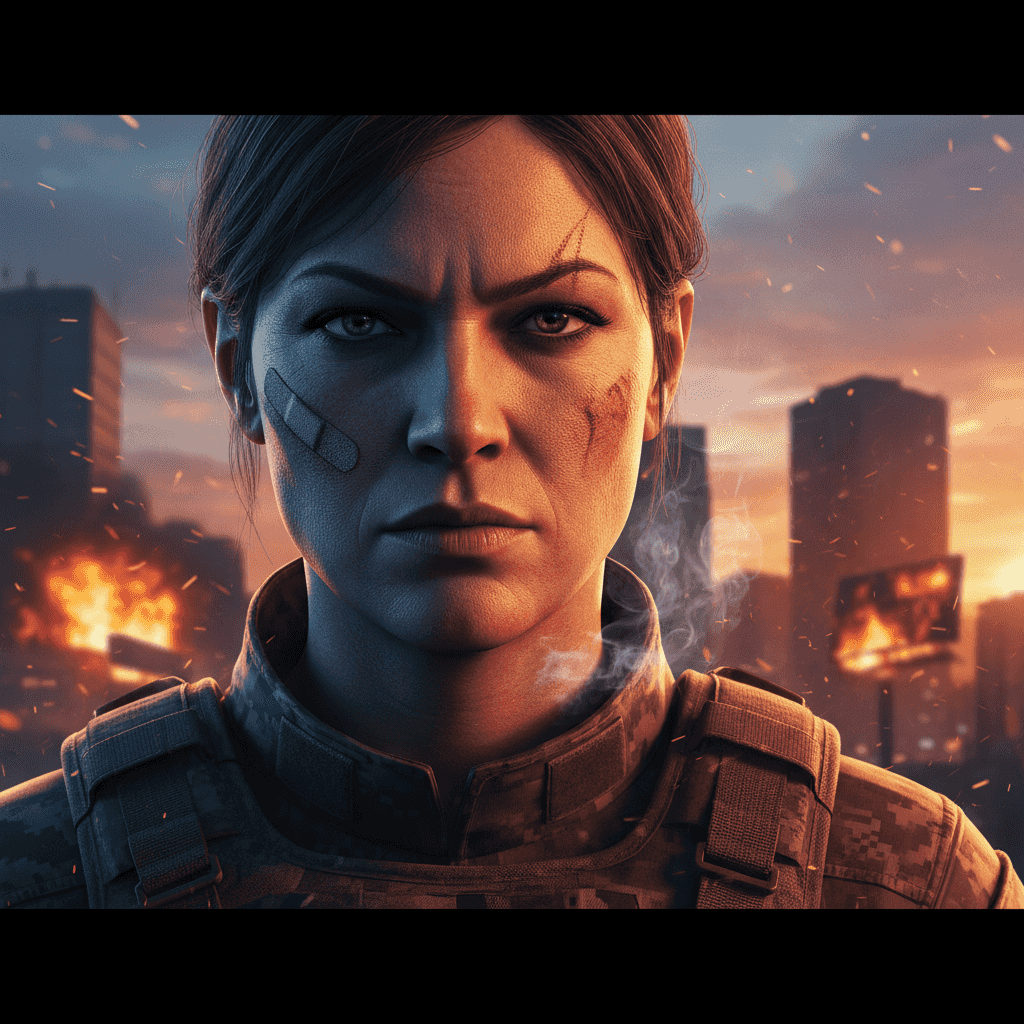
GTA VI Style Photo Generator
Rev up the chaos! Craft intense, high-octane scenes straight out of Vice City. Picture neon-lit chases and explosive action.

AI Superhero Generator
Suit up like a superhero! Create high-resolution, cinematic portraits with futuristic armor, glowing energy effects, and epic backdrops.
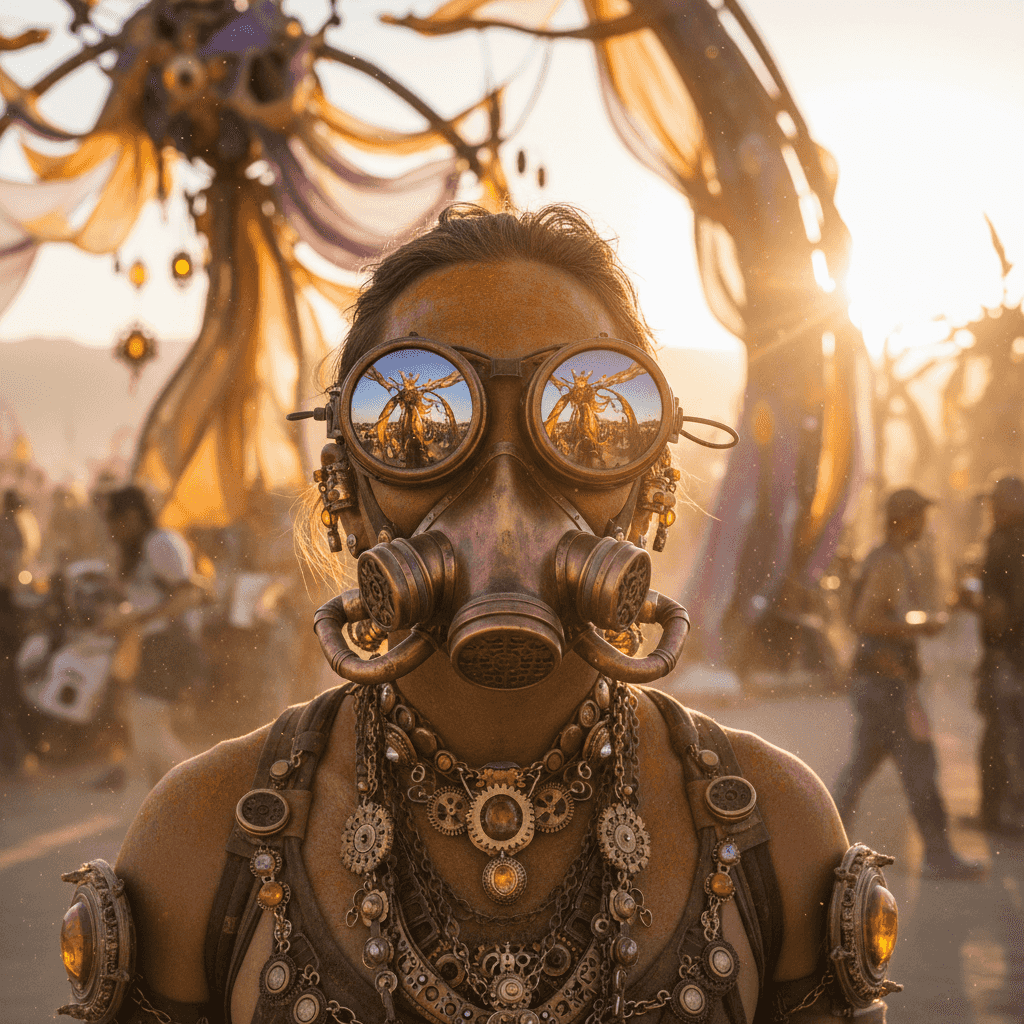
Burning Man AI Photo Generator
Step into the dust with AI-powered creativity. Generate expressive, surreal portraits inspired by the spirit of Burning Man.
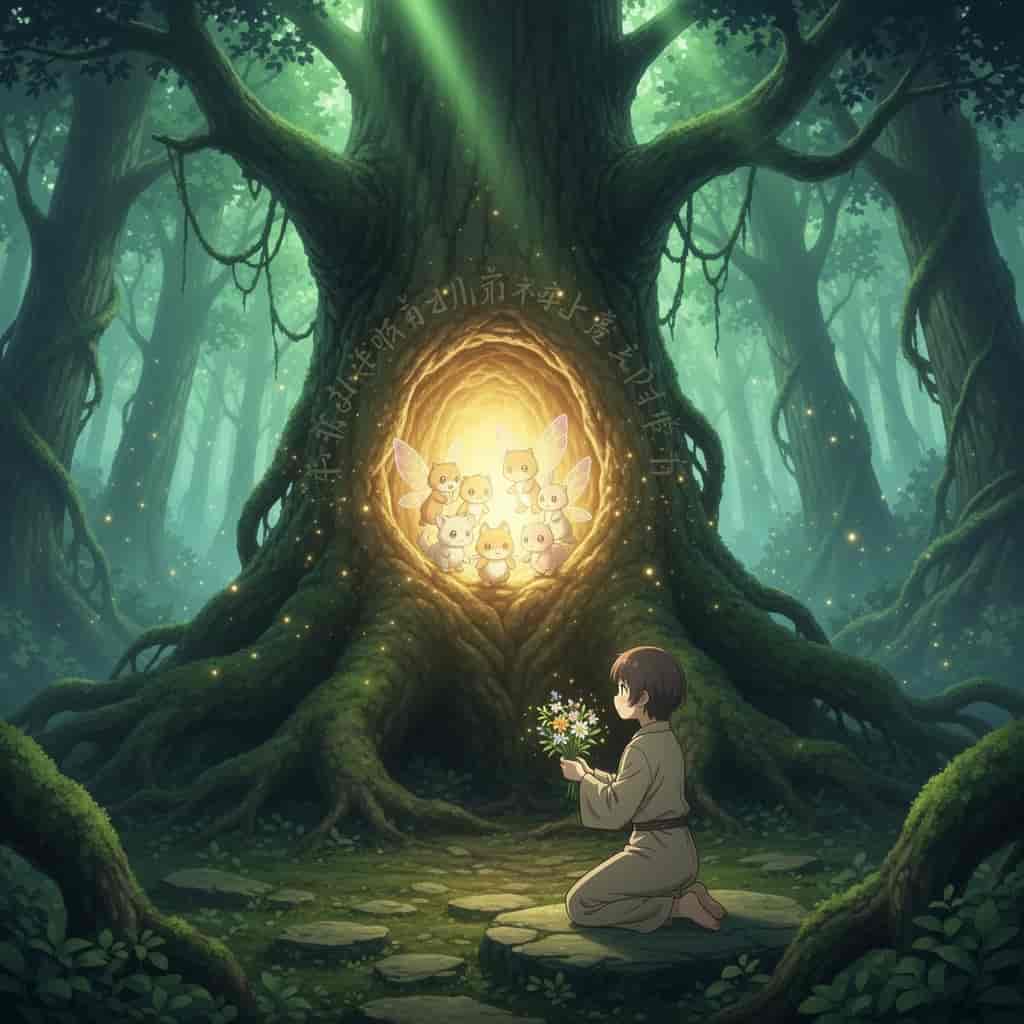
Studio Ghibli Style Generator
Step into the enchanting world of Studio Ghibli! Create scenes inspired by Spirited Away and other beloved films.
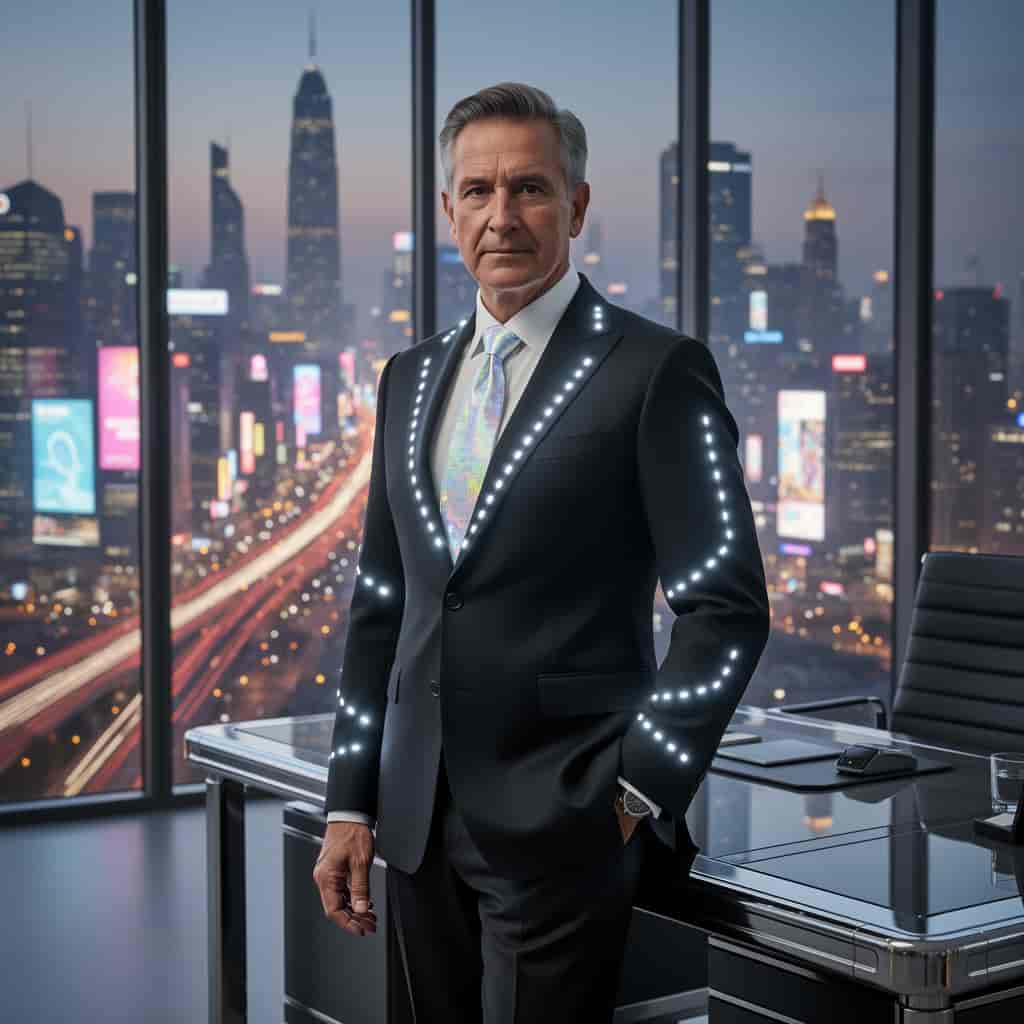
Cyberpunk AI Photo Generator
Enter a futuristic world! Creates a personalized cyberpunk scene, from neon cities to advanced tech.

AI Dating Photo Generator
Make a lasting impression on dating apps! Creates a personalized dating profile image, from professional portraits to captivating profile shots.

LinkedIn Headshot Generator
Create professional LinkedIn headshots instantly. Stand out to recruiters with high-quality business portraits.
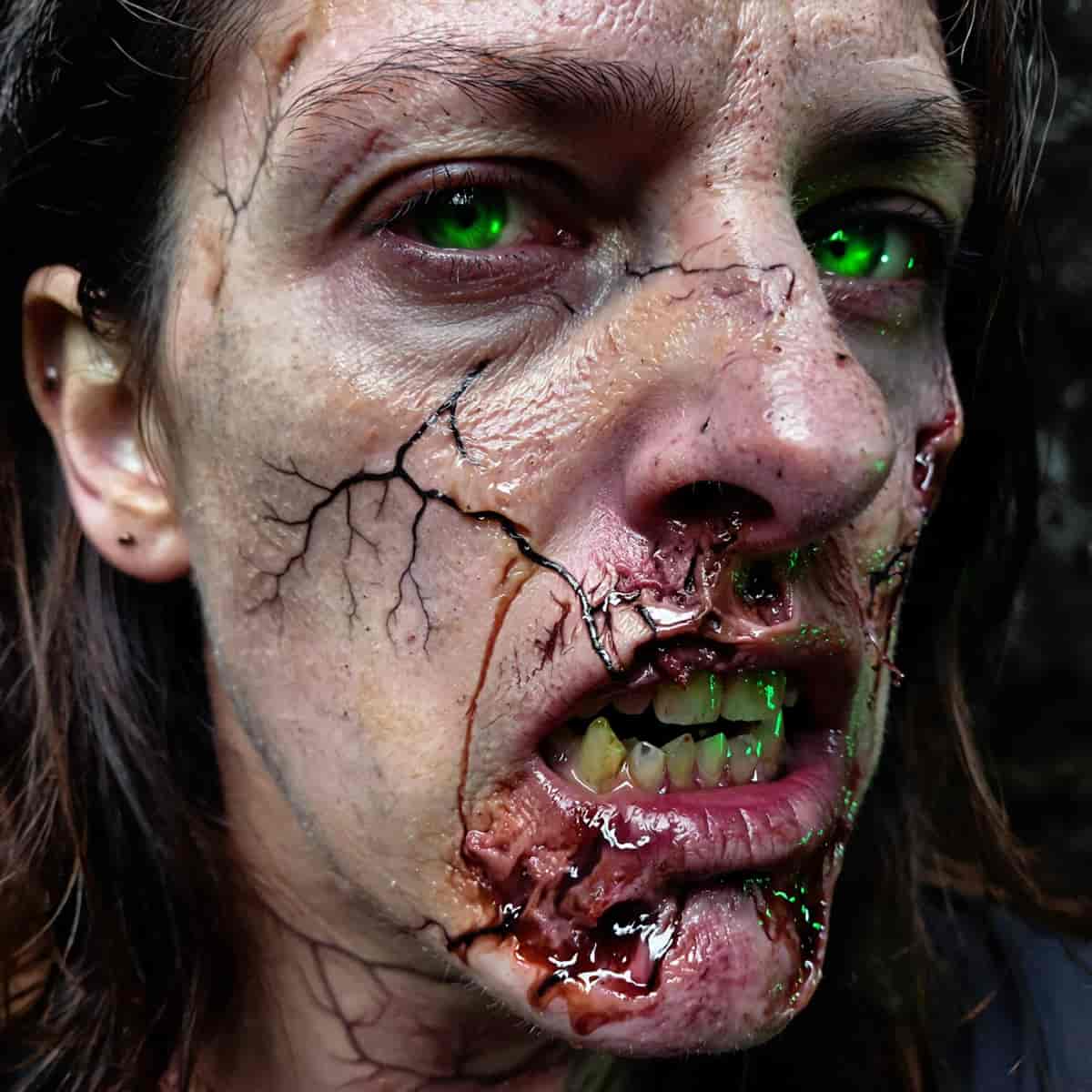
Zombie Apocalypse Generator
Survive the undead! Create thrilling photos with our AI powered headshots and experience the zombie world.

Viking Avatar Generator
Unleash your inner Viking! Create mighty photos with our AI powered headshots and experience the Norse world.

Vintage AI Photo Generator
Step back in time! Create classic photos with our AI powered headshots and experience the nostalgia.
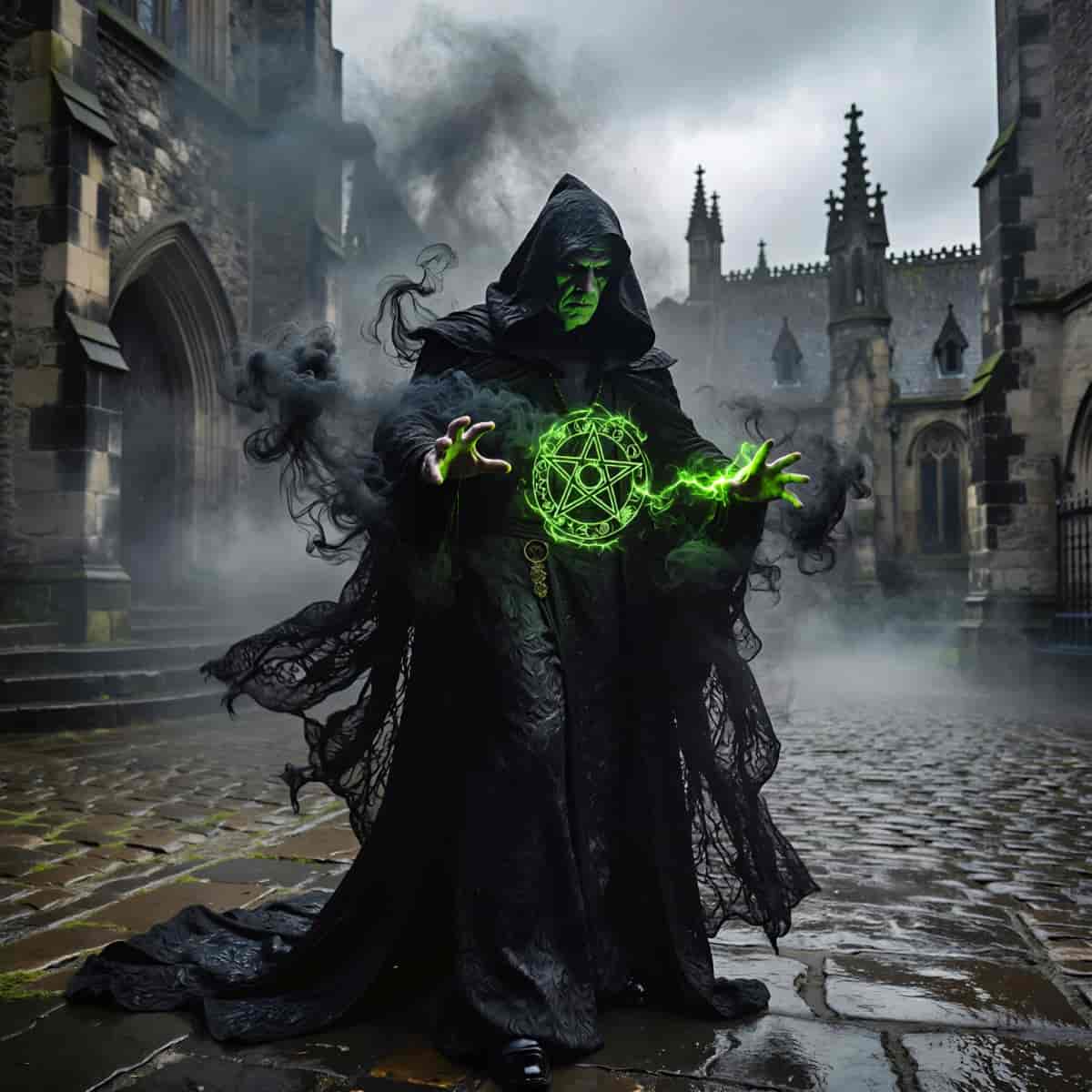
Witch & Wizard Generator
Cast a spell! Create magical photos with our AI powered headshots and experience the world of magic.
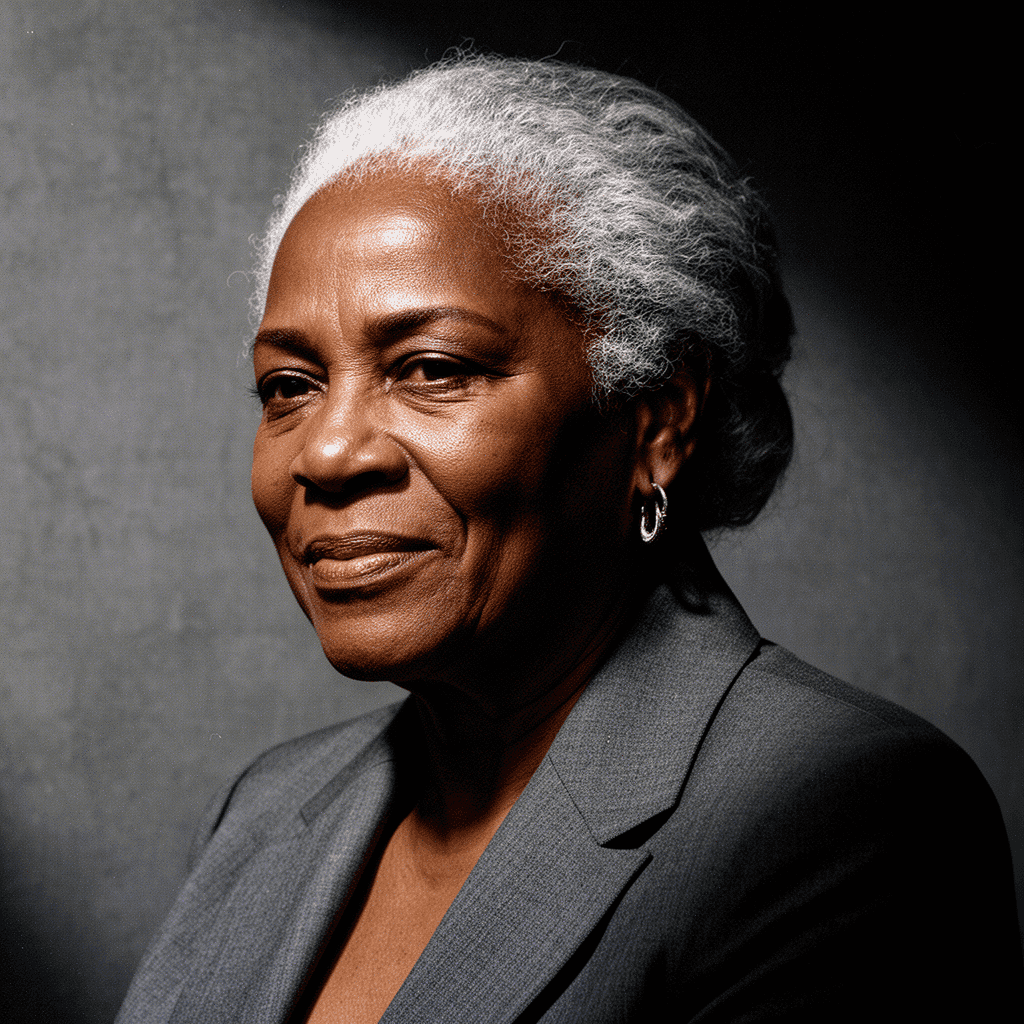
AI World Photography Day Generator
Bring your story to life with studio-grade portraits — created entirely through AI. Celebrate the art of photography by stepping in front of the lens, without ever picking one up.
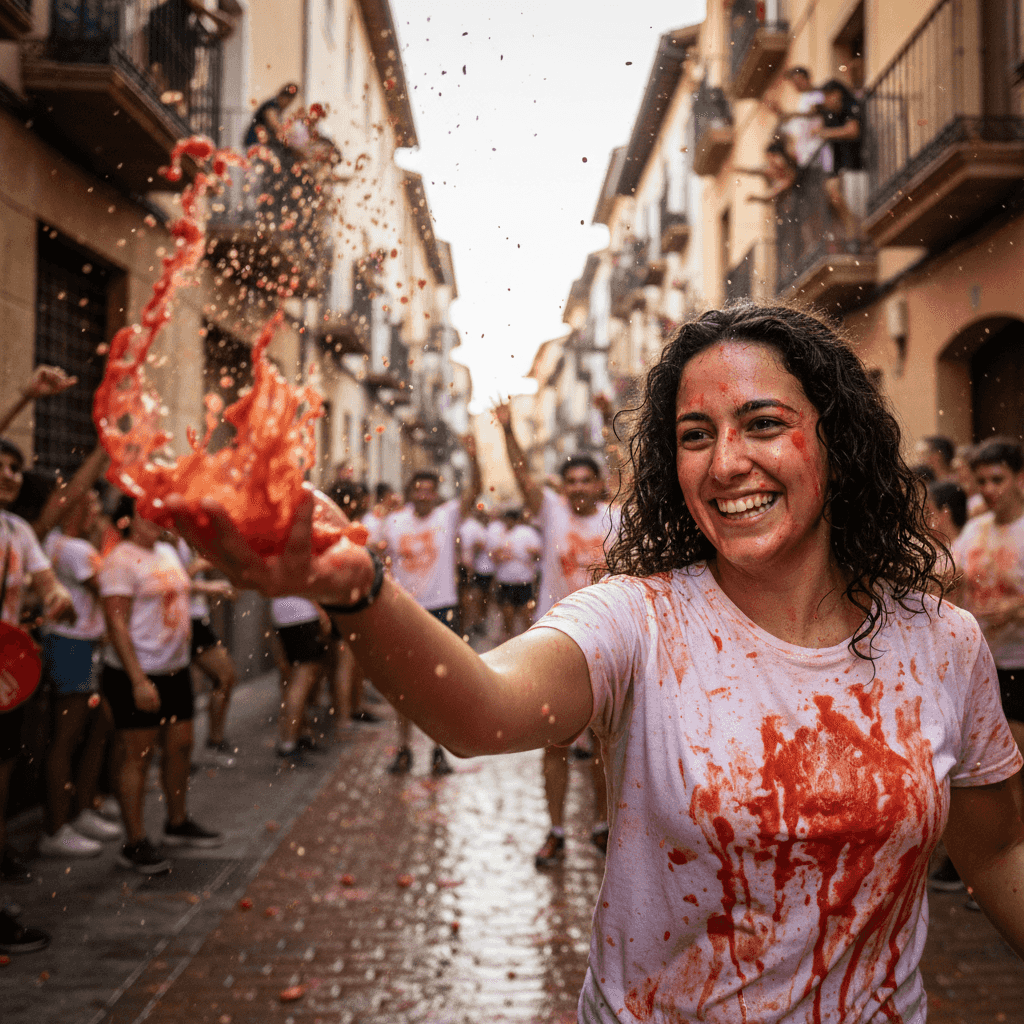
AI La Tomatina Generator
Experience the world's most playful food fight — without getting dirty. Turn your photos into wild, tomato-splashed portraits inspired by Spain's iconic festival.

AI Ed Sheeran: Play Generator
Inspired by Ed Sheeran's new album Play, this AI style lets you generate soft, emotional portraits that feel like they belong on an album cover — or in a love story.

AI World Athletics Championship Generator
Inspired by the 2025 World Athletics Championships in Tokyo, this AI style transforms your image into a tribute to elite competition.

AI Action Figure Generator
Generate hyper-realistic toy-style portraits inside vintage-style packaging — complete with lifestyle items, cozy chaos, and character.

AI Sakura Generator
Celebrate the beauty of cherry blossoms with our AI-powered Sakura image generator! Create breathtaking moments with blooming trees and vibrant festivals.
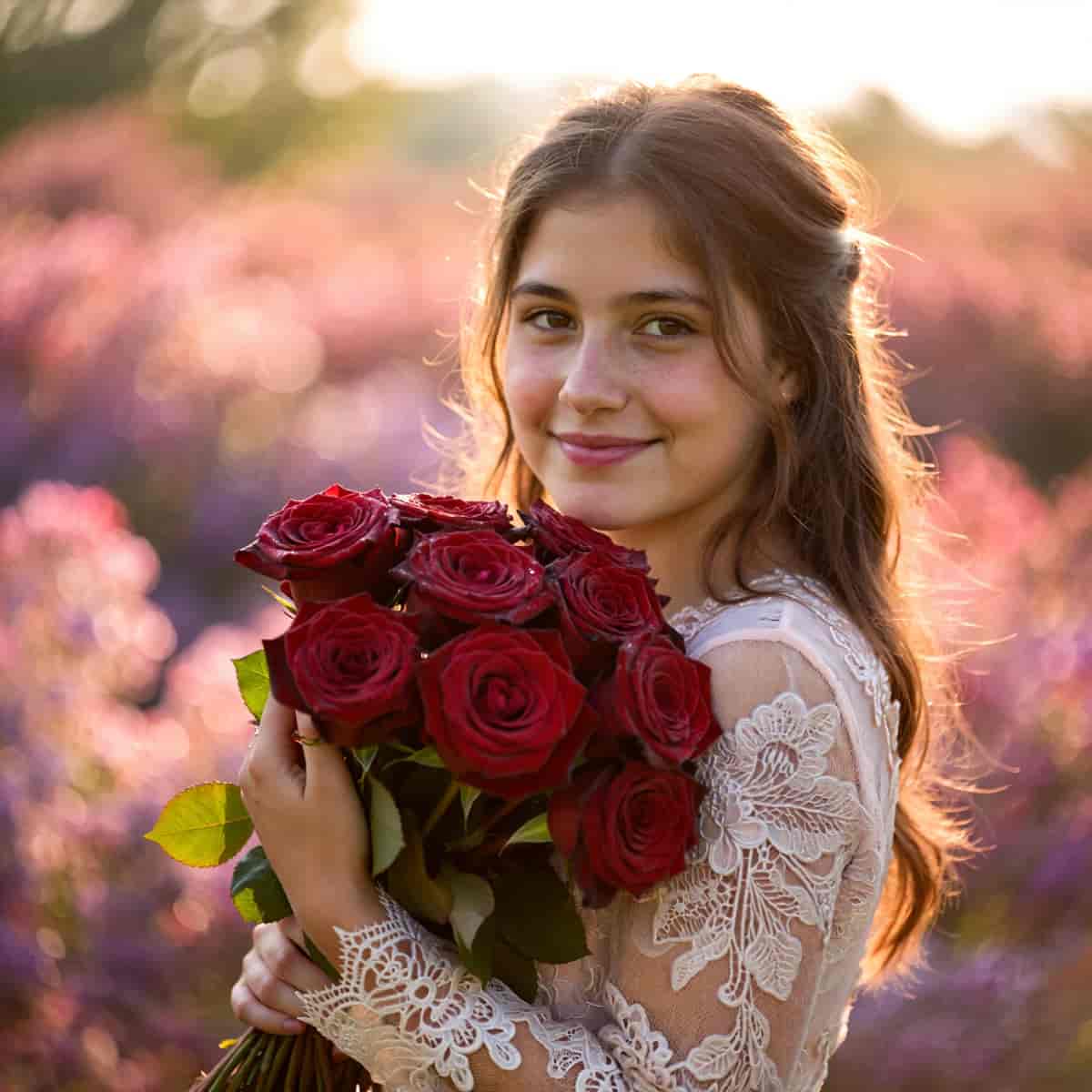
AI Valentine Week Generator
Spread love and affection with our AI-powered Valentine Week image generator! Create lovely romantic moments with roses and candlelit dinners.

AI Singles Awareness Day Generator
Celebrate being single with our AI-powered Singles Awareness Day image generator! Embrace your individuality and spread singles pride.

AI Urban Street Photography Generator
Capture the essence of city life with our AI-powered city street photography image generator! Create personalized urban scenes from city skylines to street art.

AI Europe Travel Guide Generator
Explore the beauty of Europe with our AI-powered Europe travel guide image generator! Create personalized European travel scenes from Parisian landmarks to Italian countryside.

AI Tropical Adventures Generator
Escape to a tropical paradise with our AI-powered tropical adventures image generator! Create personalized tropical scenes from palm trees to exotic wildlife.

AI Fitness Generator
Build an AI model of yourself to generate photos highlighting your muscular physique and dedication to building an extraordinary body.

AI Astronaut Generator
Blast off into the galaxy with our AI-powered astronaut image generator! Create personalized interstellar scenes from stars to planetary landscapes.

AI Street Style Generator
Capture the essence of urban fashion with our AI-powered street style image generator! Create personalized street style scenes from city streets to fashionable outfits.

AI Twilight Landscape Generator
Experience the magic of dawn and dusk with our AI-powered dusk landscape image generator! Create personalized twilight scenes from golden hour to starry skies.

AI Soccer World Cup Generator
Get ready for the big match with our AI-powered soccer World Cup fever image generator! Create personalized soccer scenes from stadium crowds to soccer stars.

AI Pirate Theme Generator
Set sail for adventure with our AI-powered pirate themed party ideas image generator! Create personalized pirate scenes from treasure maps to swashbuckling fun.

AI Cinematic Generator
Bring Hollywood magic to life with our AI-powered Hollywood movie magic image generator! Create personalized cinematic scenes from movie sets to iconic characters.

AI Glamour Lifestyle Generator
Indulge in luxury with our AI-powered luxury lifestyle photography image generator! Create personalized luxury lifestyle scenes from high-end fashion to opulent decor.

AI Ocean Getaway Generator
Create stunning images on cruise ship with our revolutionary AI-generated image platform. Choose from pre-designed presets or start from scratch.

AI Black Friday Generator
Dive into the shopping frenzy with our AI-generated Black Friday images! Create captivating ads, social media posts, and more for your holiday marketing campaigns.

AI 1960s Yearbook Generator
Step back in time with our 1960s Yearbook AI generated images. Create retro-style photos that transport you back to the groovy 60s.

AI Bohemian Vibes Generator
Get ready to unleash your free spirit with our Bohemian Vibes AI generated images. Create stunning photos and experience the laid-back lifestyle.

AI Boudoir Generator
Indulge in the art of intimacy with our Boudoir AI generated images. Create luxurious and alluring portraits that capture the essence of sophistication and sensuality.

AI Cyborg Theme Generator
Merge human and machine with our Cyborg Theme AI generated images. Create futuristic photos and experience the sci-fi world.

AI Diwali Celebration Generator
Light up your life with our Diwali Celebration AI generated images. Create festive photos and experience the joy of Diwali.

AI Graduation Generator
Celebrate your achievement with our Graduation AI generated images. Create memorable photos and cherish the moment.

AI Halloween Theme Generator
Get spooky with our Halloween Theme AI generated images. Create haunting photos and experience the thrill of Halloween.

AI Harry Potter Theme Generator
Cast a spell with our Harry Potter Theme AI generated images. Create magical photos and experience the wizarding world.

AI Hobbit Avatar Generator
Enter Middle-earth with our Hobbit Avatar AI generated images. Create fantastical photos and experience the world of The Lord of the Rings.
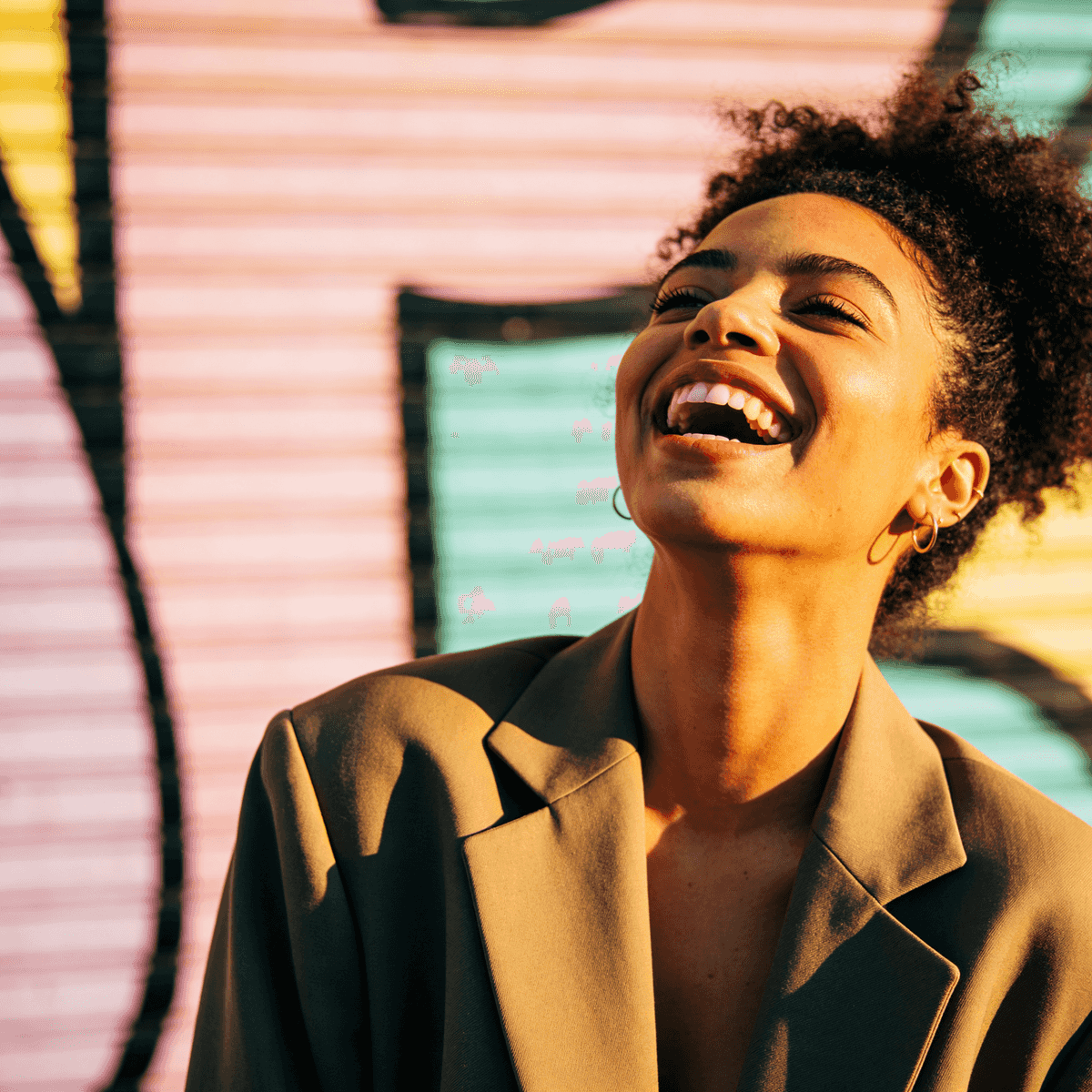
AI Instagram Generator
Create stunning Instagram posts with our AI generated images. Generate pictures that will make your followers go wow!

AI Interstellar Muse Generator
Blast off into space with our Interstellar Muse AI generated images. Create out-of-this-world photos and experience the cosmos.
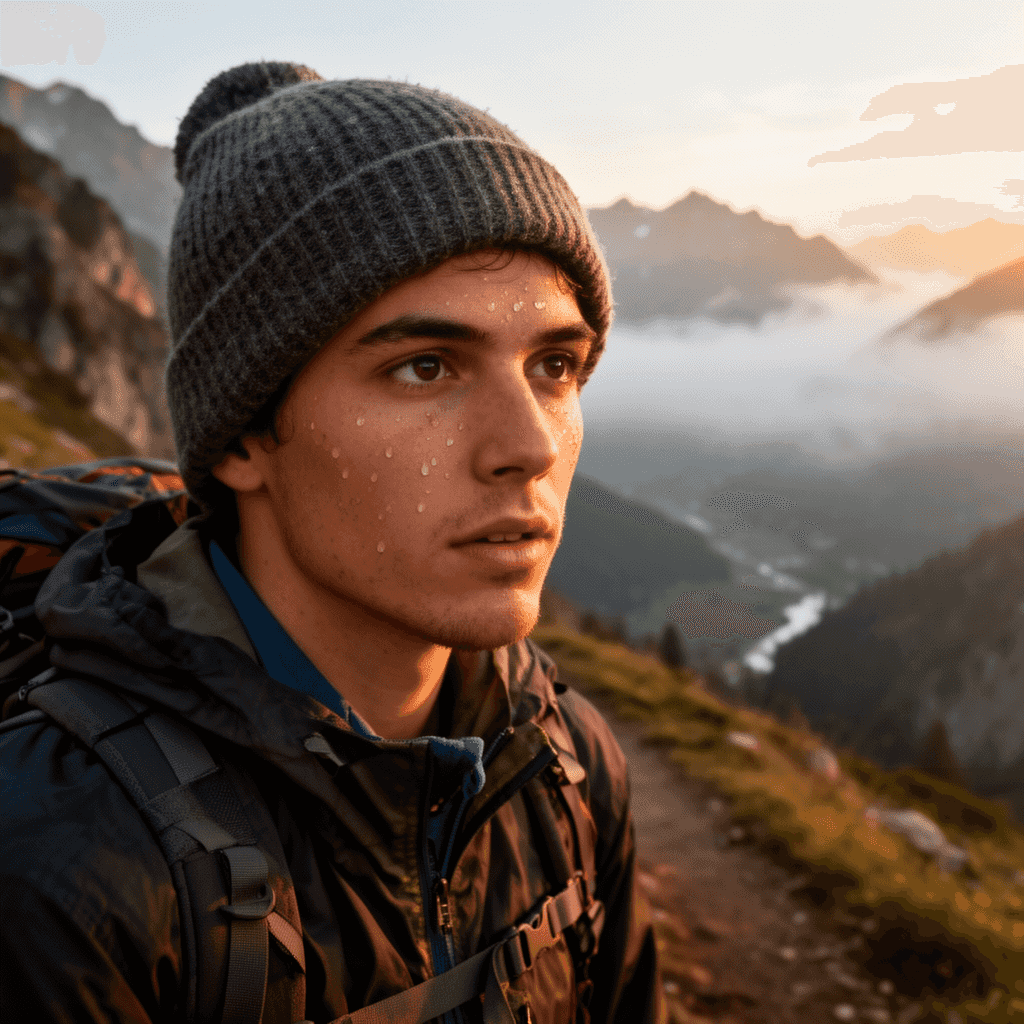
AI Mountain Trek Theme Generator
Conquer the peaks with our Mountain Trek Theme AI generated images. Create breathtaking photos and experience the great outdoors.

AI Music Festival Generator
Get ready to rock with our Music Festival AI generated images. Create electrifying photos and experience the music scene.

AI Ninja Theme Generator
Sneak into the shadows with our Ninja Theme AI generated images. Create stealthy photos and experience the ninja world.

AI Paladin Theme Generator
Embody valor with our Paladin Theme AI generated images. Create heroic photos and experience the world of chivalry.

AI Paris View Generator
Fall in love with our Paris View AI generated images. Create romantic photos and experience the City of Love.

AI Passport Photo Generator
Get ready for travel with our AI-powered passport photo generator! Create personalized passport photos from professional headshots to unique travel identifiers.

AI OnlyFans Generator
Create sultry, exclusive content for your Onlyfans page with our AI-powered image generator! Generate provocative portraits and tantalizing teaser shots.

AI Old Money Generator
Evoke the elegance of a bygone era with our AI-powered Old Money headshots generator! Create personalized Old Money-style portraits with refined aristocracy.

AI YouTube Thumbnail Generator
Make a lasting impression on YouTube with our AI-powered YouTube thumbnail generator! Create eye-catching graphics and attention-grabbing visuals.

AI Pet Companions Generator
Snap a selfie with your fur friends using our Pet Companions AI generated images. Create adorable photos and cherish the memories.
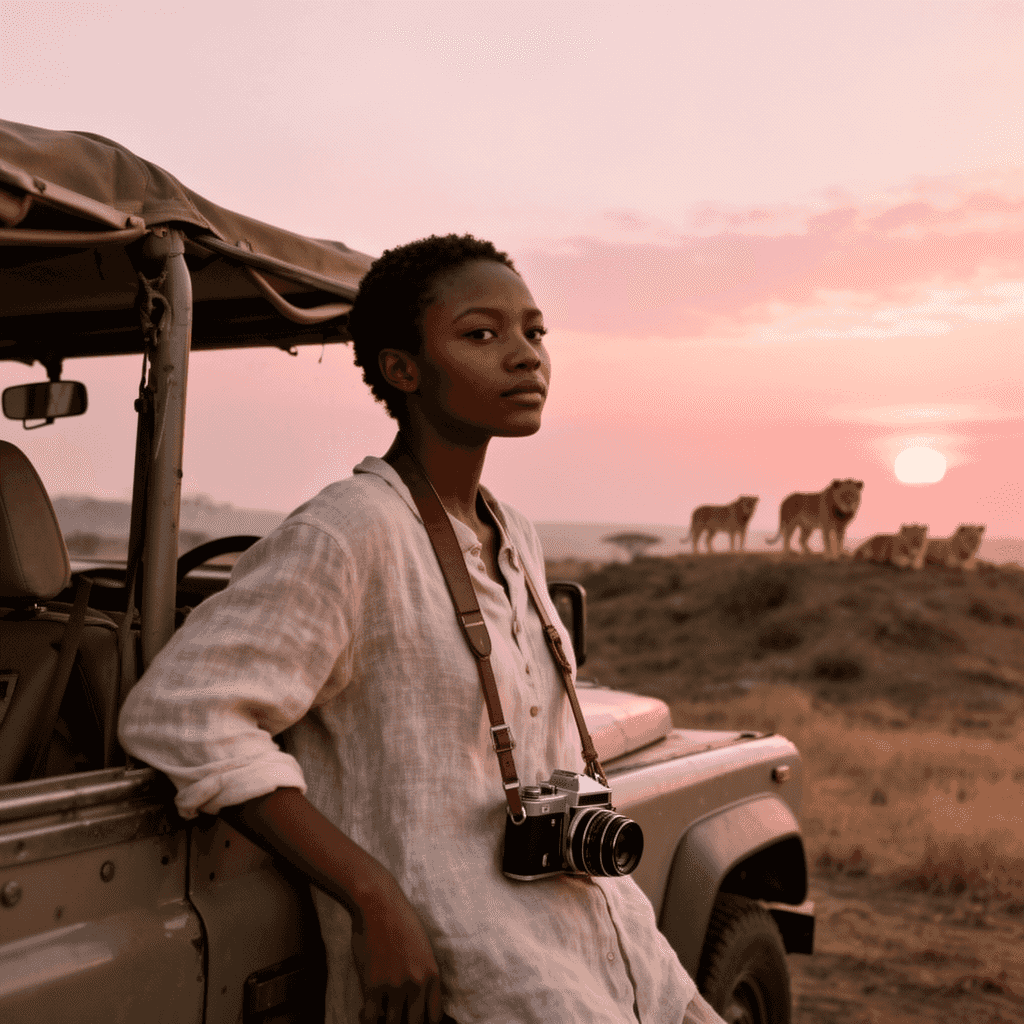
AI Safari Adventure Generator
Embark on a wild journey with our Safari Adventure AI generated images. Create thrilling photos and experience the savannah.
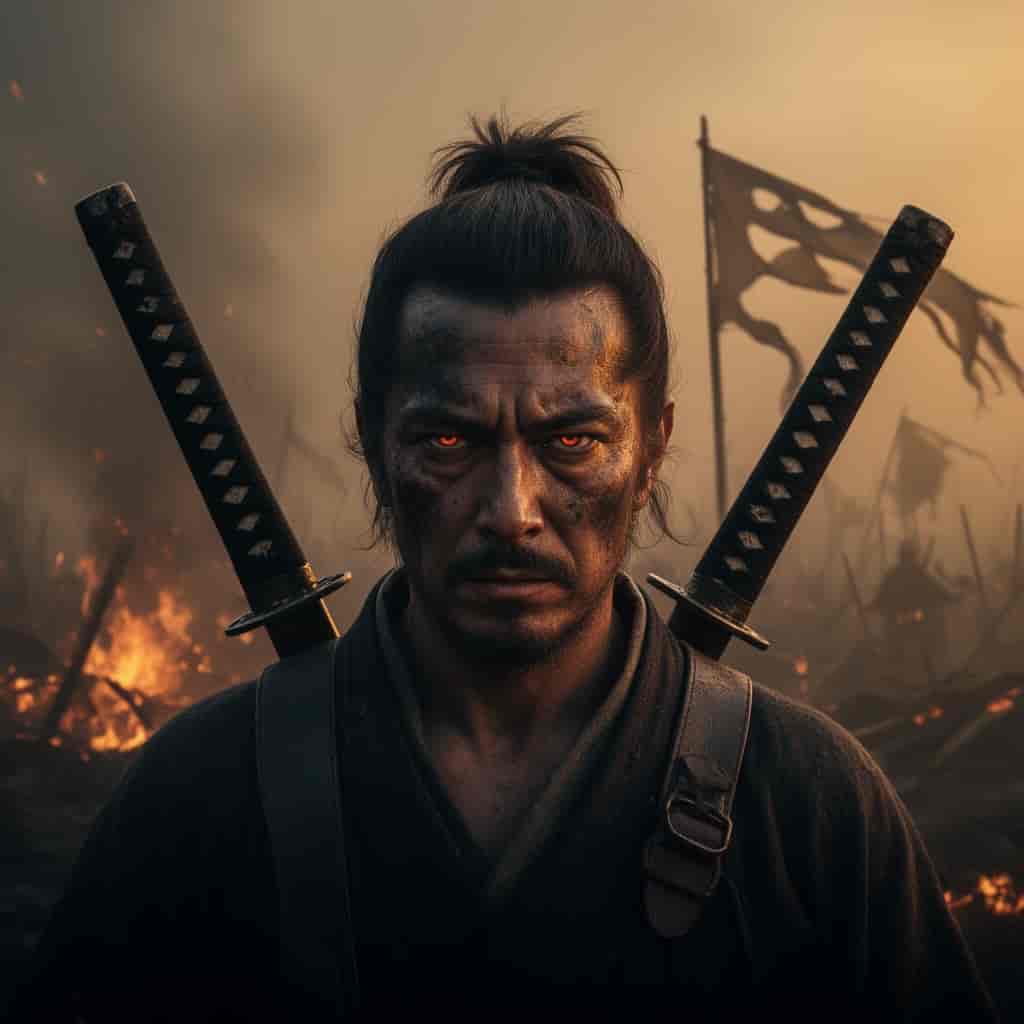
AI Samurai Theme Generator
Unleash your honor with our Samurai Theme AI generated images. Create majestic photos and experience feudal Japan.
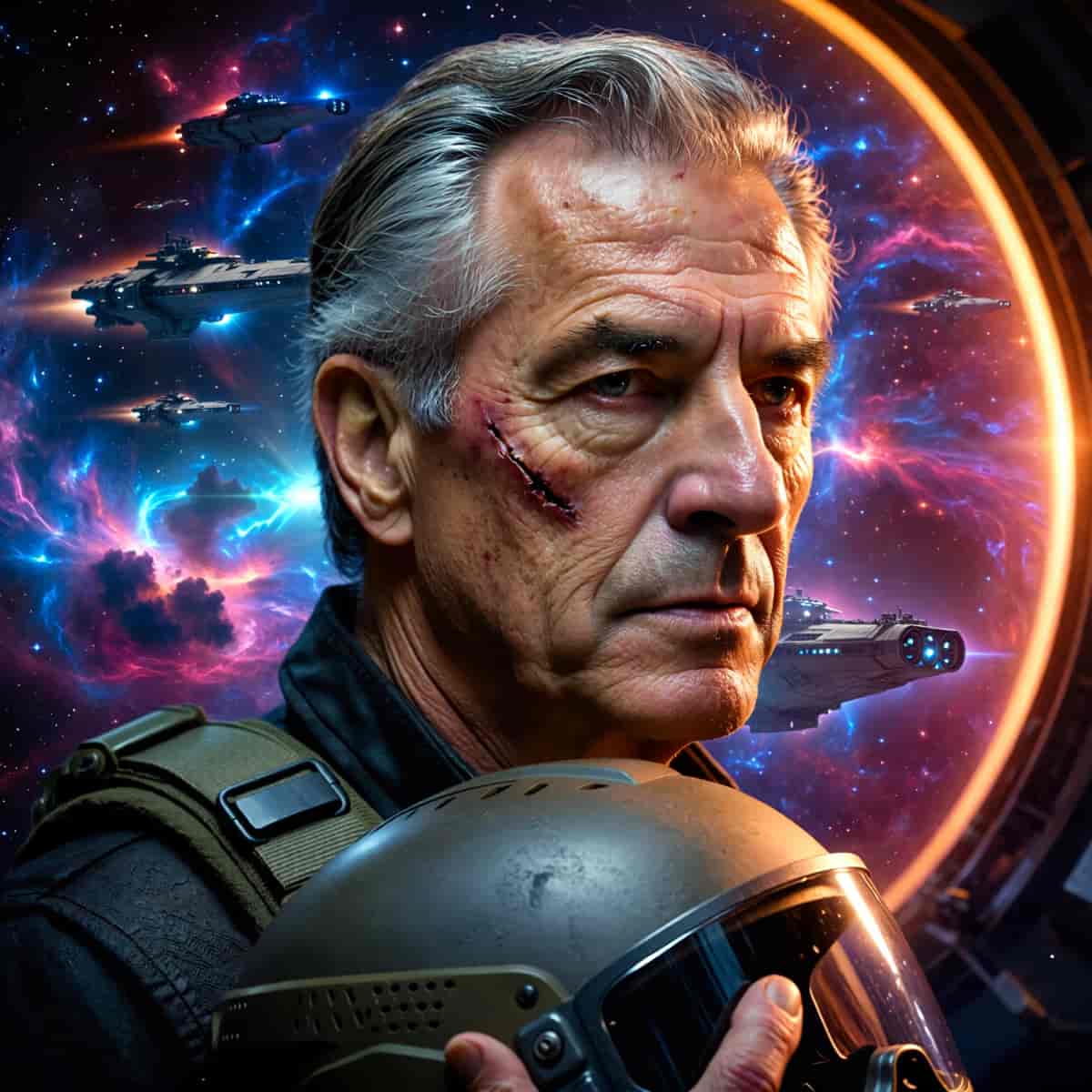
AI Star Wars Theme Generator
May the Force be with you with our Star Wars Theme AI generated images. Create intergalactic photos and experience the Star Wars universe.

AI Thanksgiving Generator
Create warm, festive Thanksgiving images with our AI photo generator—perfect for seasonal marketing, headshots, or custom avatars.
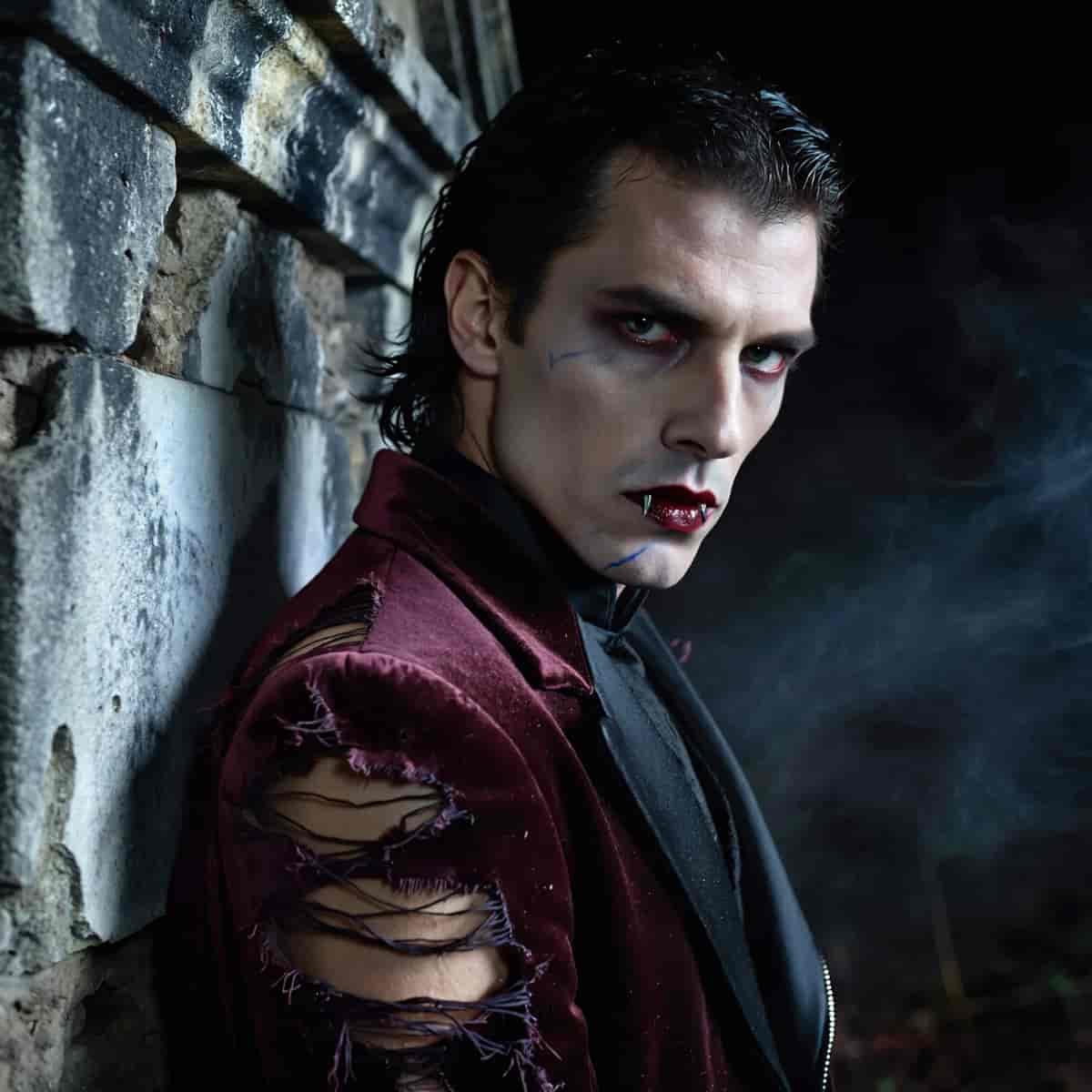
AI Vampire Theme Generator
Sink your teeth into our Vampire Theme AI generated images. Create haunting photos and experience the world of the undead.

AI Vibrant Sketch Generator
Add a pop of color to your life with our Vibrant Sketch AI generated images. Create artistic photos and experience the world of art.

AI Real Estate Pro Generator
Step into the spotlight with professionally crafted portraits designed exclusively for real estate professionals.

AI Ghibli Corporate Generator
Blend professionalism with whimsical charm using AI-generated corporate headshots styled in the iconic Studio Ghibli aesthetic.

AI Legal Professional Generator
Establish credibility, authority, and trust with AI-crafted legal portraits designed specifically for attorneys, legal advisors, and law professionals.
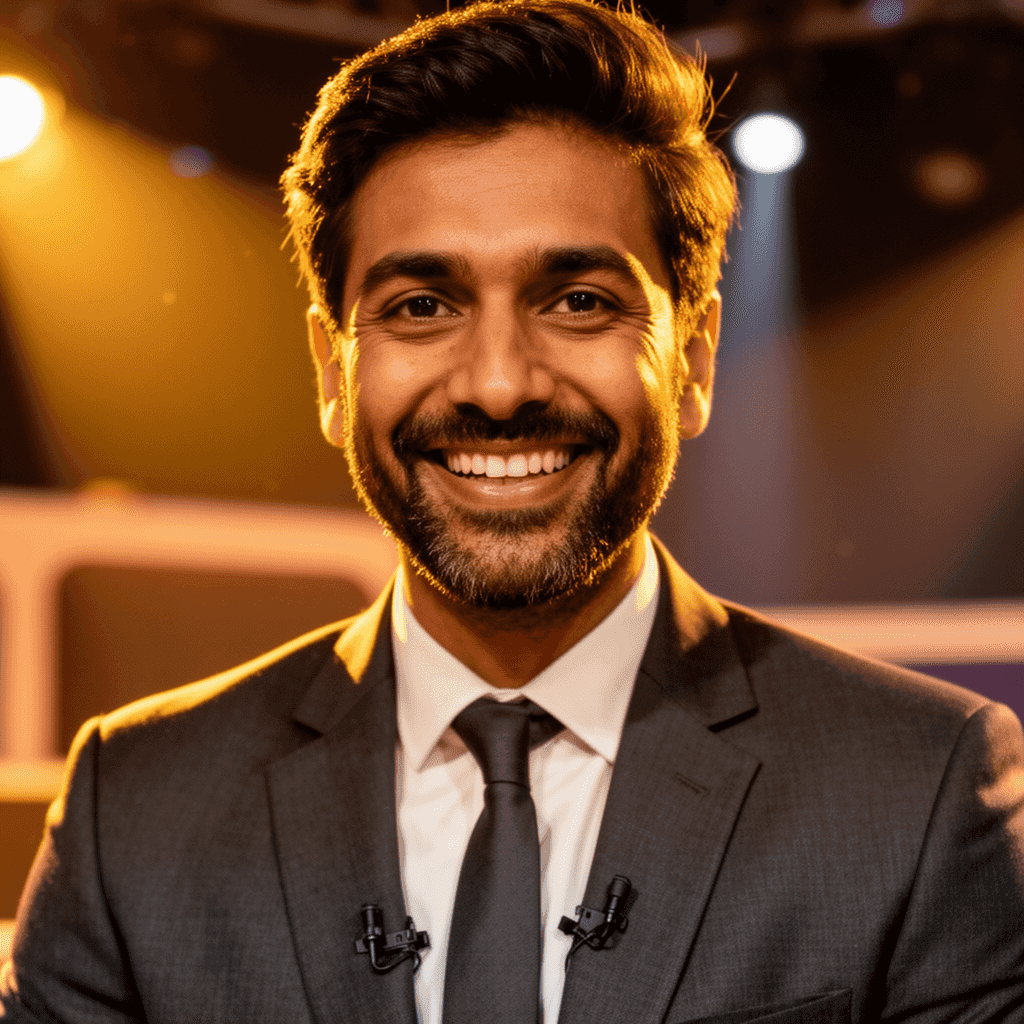
AI Media Personality Generator
Capture charisma, confidence, and style with AI-crafted headshots built for TV hosts, podcasters, journalists, and media influencers.

AI Retro 80s Generator
Step back to the neon-soaked 1980s! Create vibrant retro photos with big hair, synthwave aesthetics, and iconic 80s style.

AI Retro 90s Generator
Relive the grunge and glamour of the 1990s! Create nostalgic photos with 90s fashion, alternative style, and iconic decade aesthetics.

